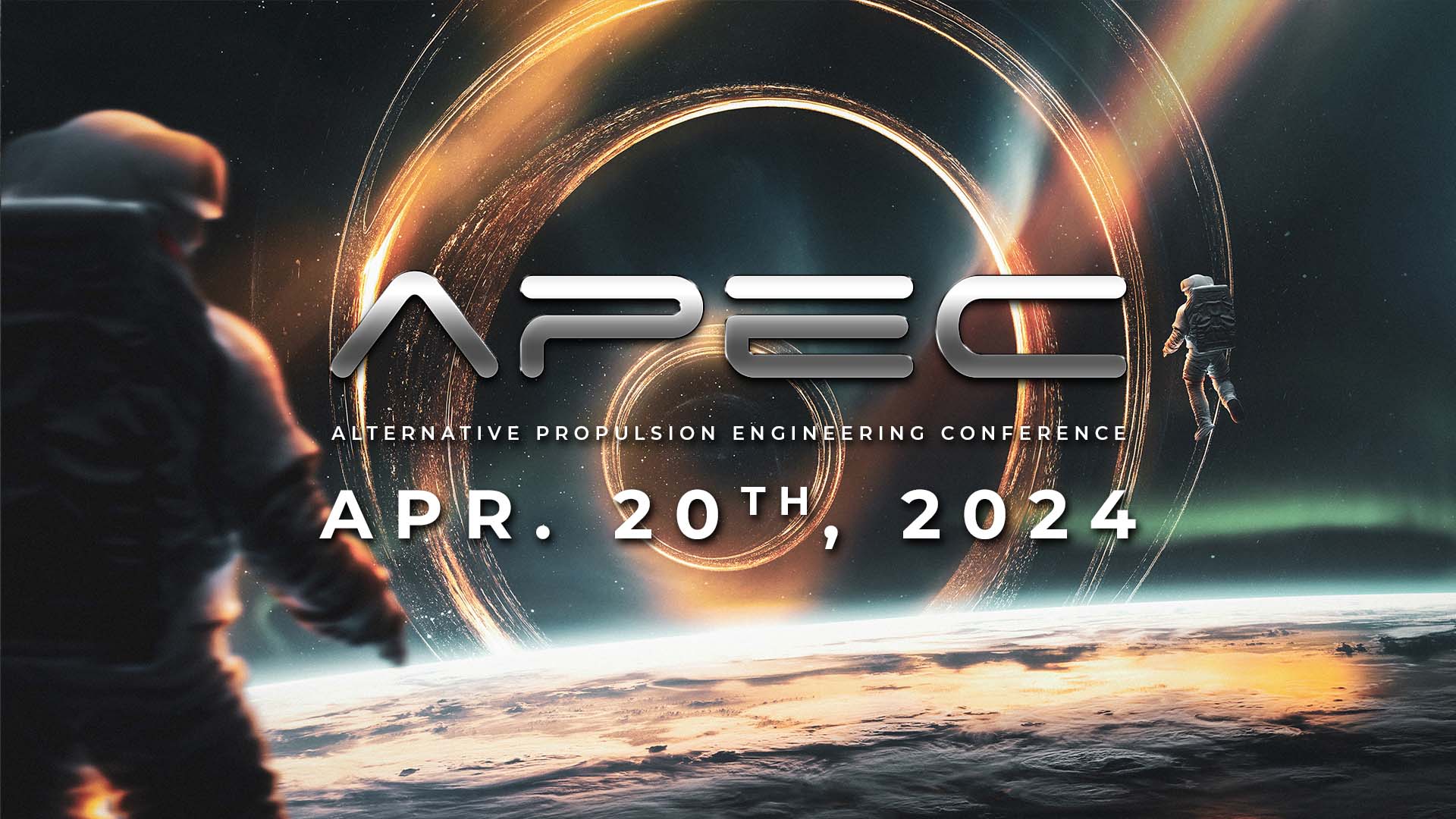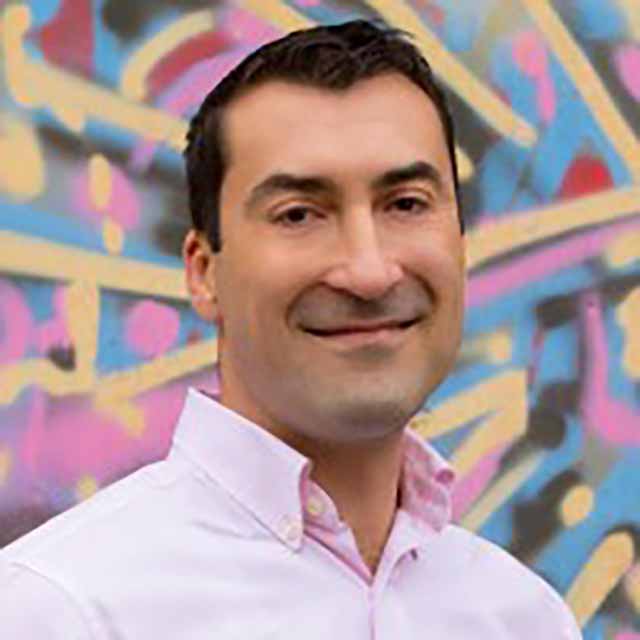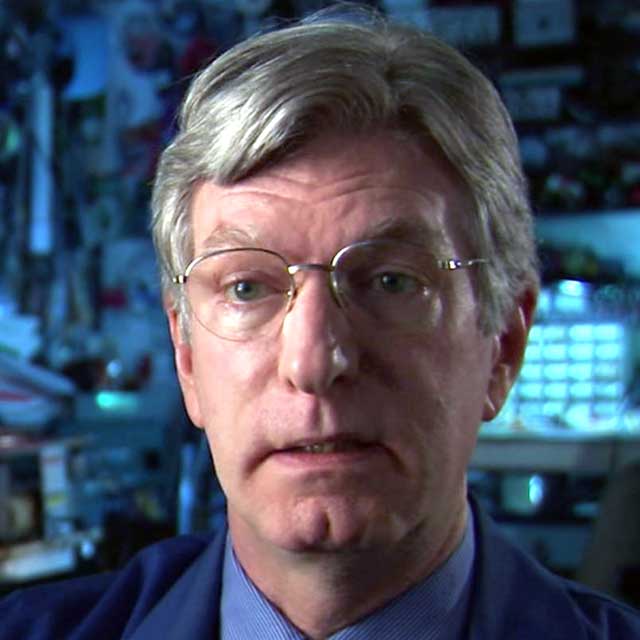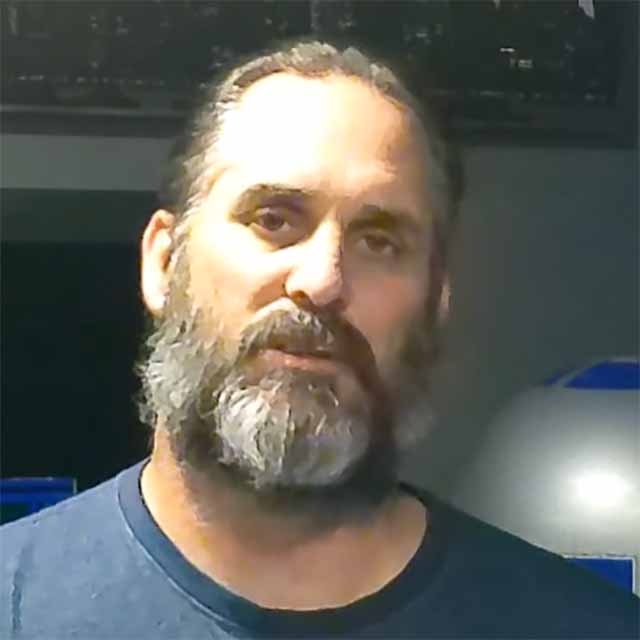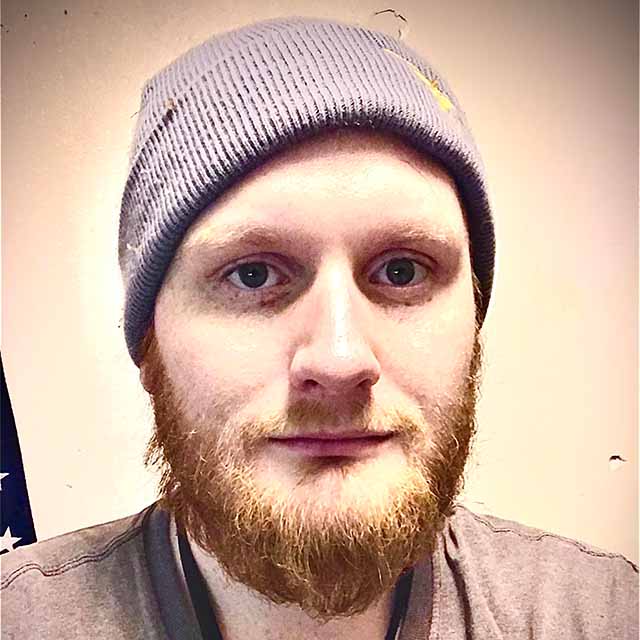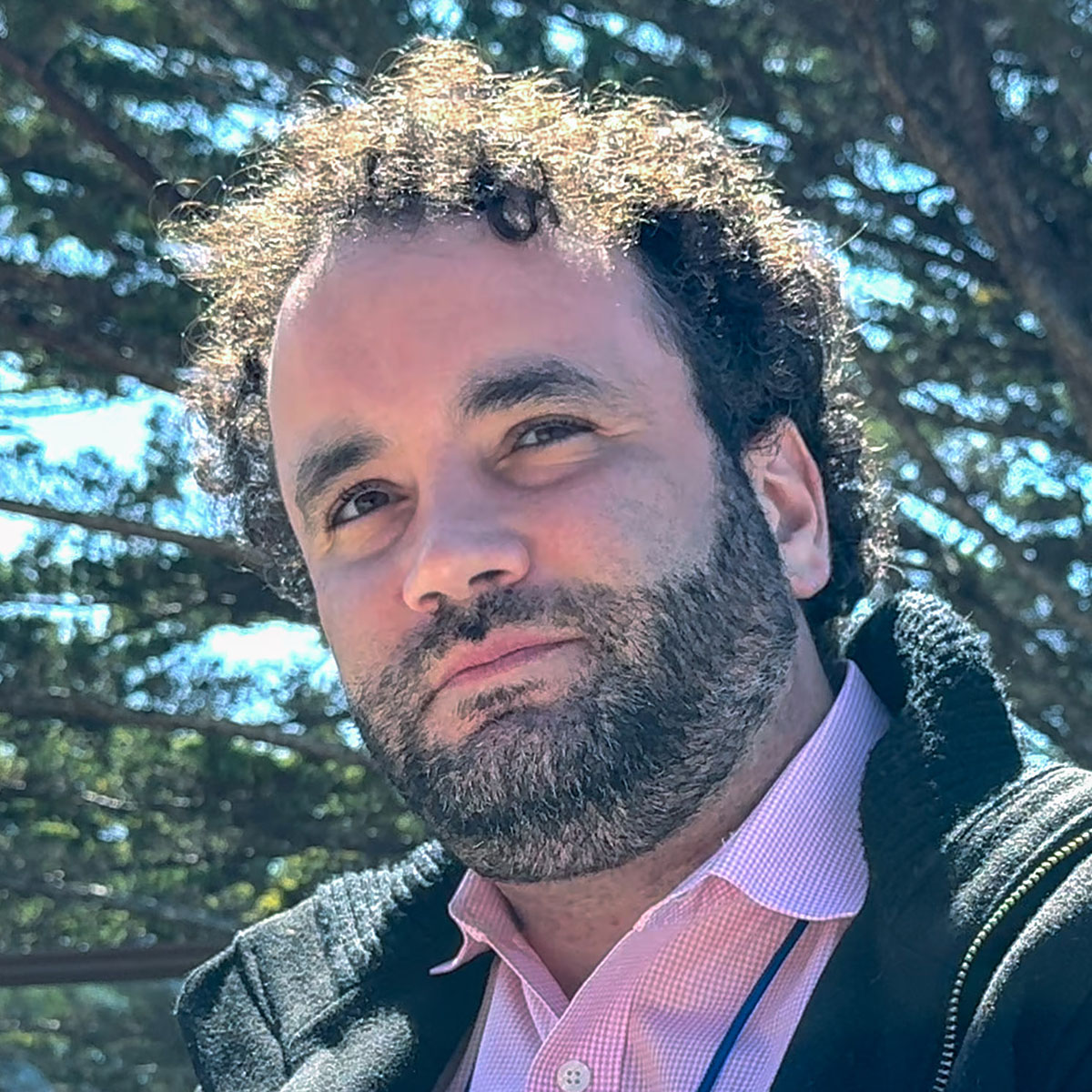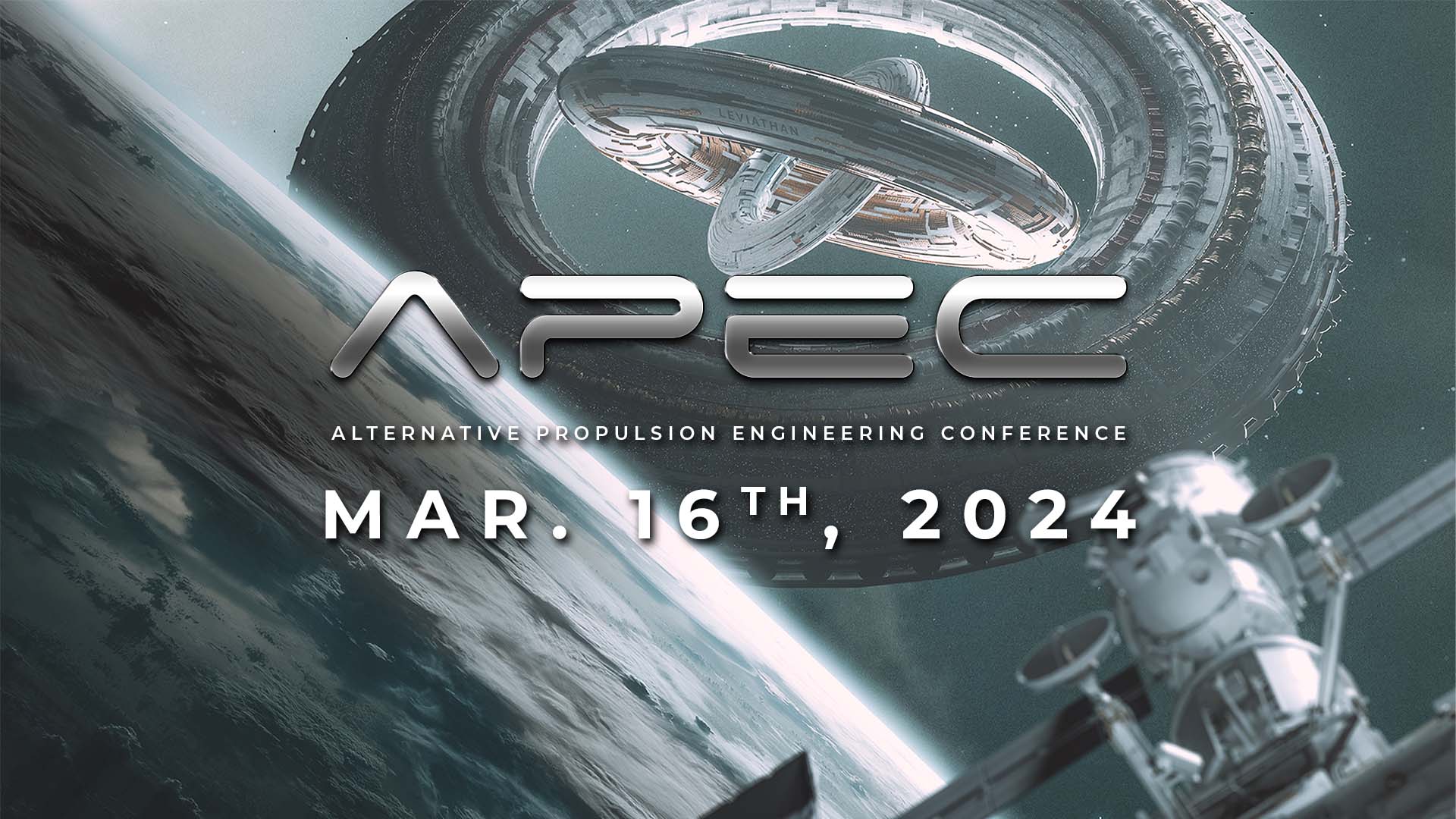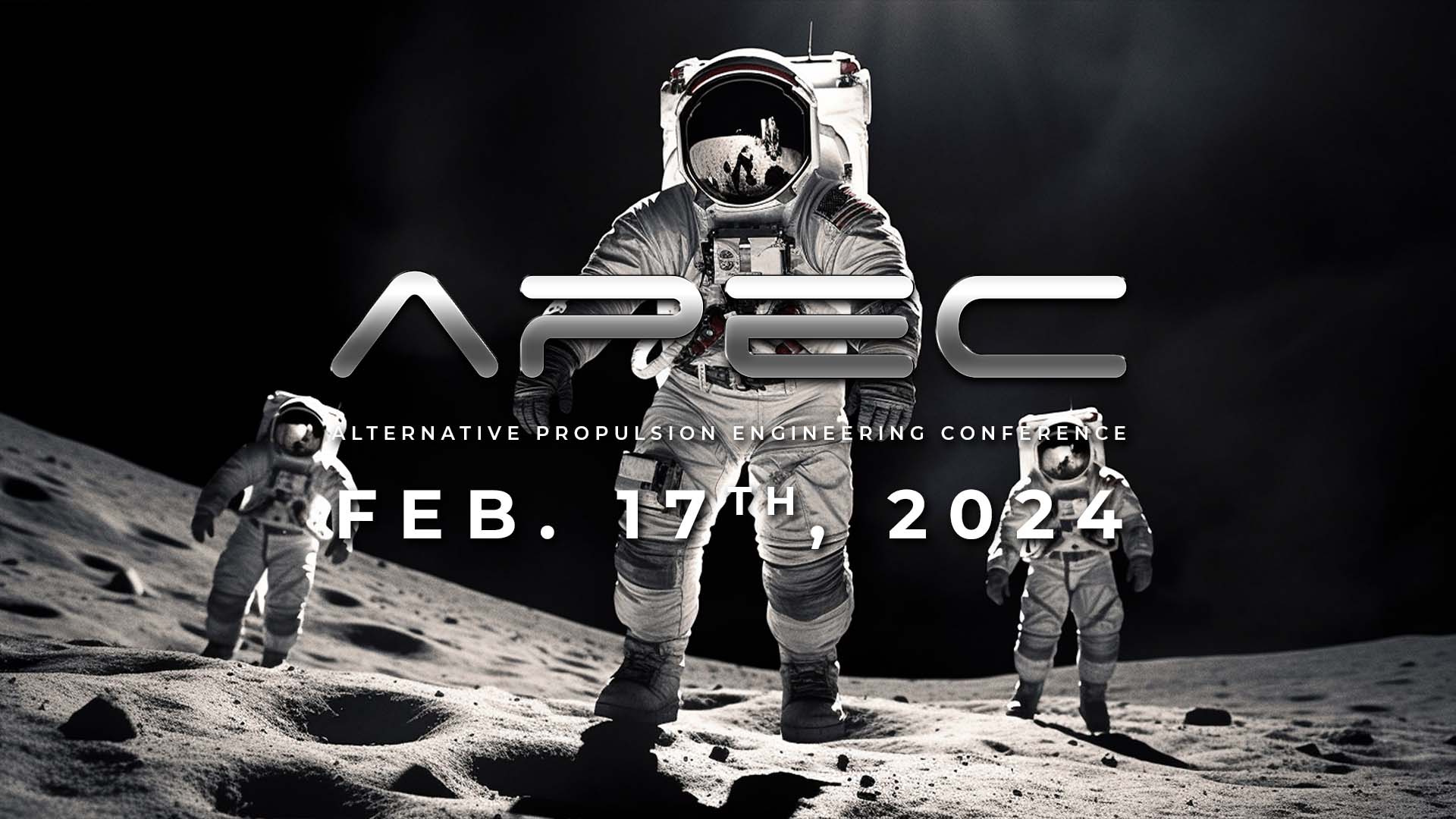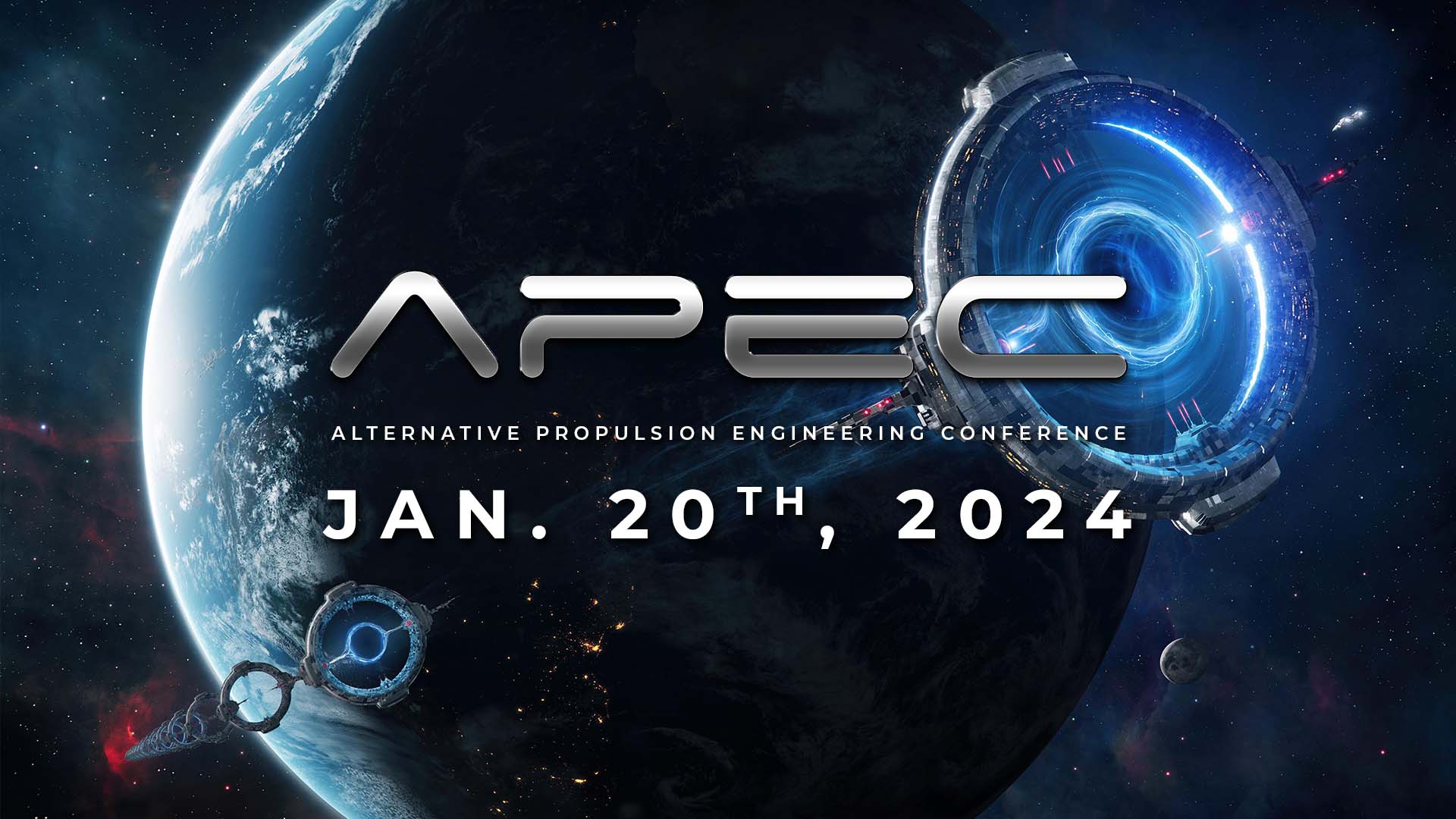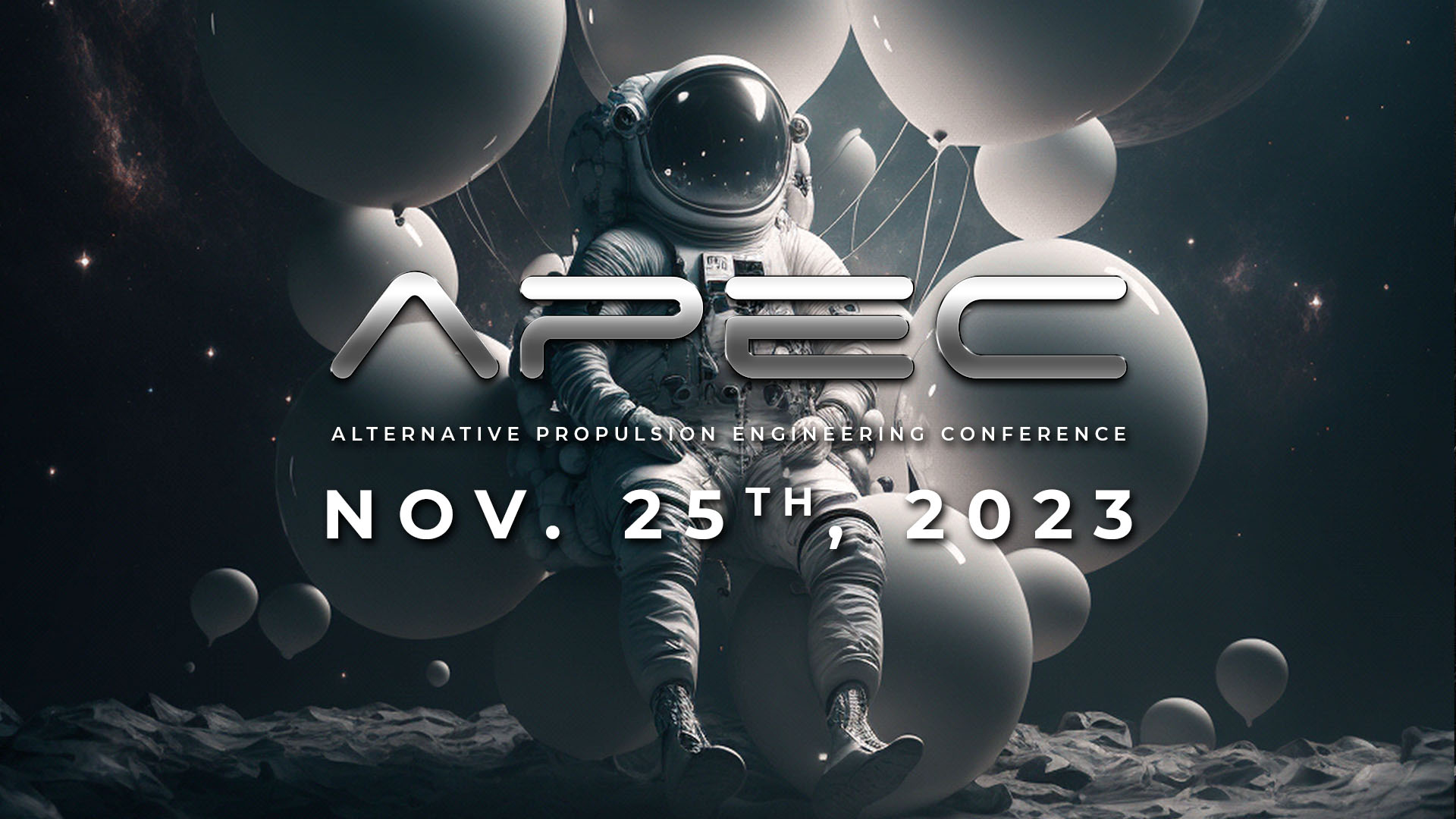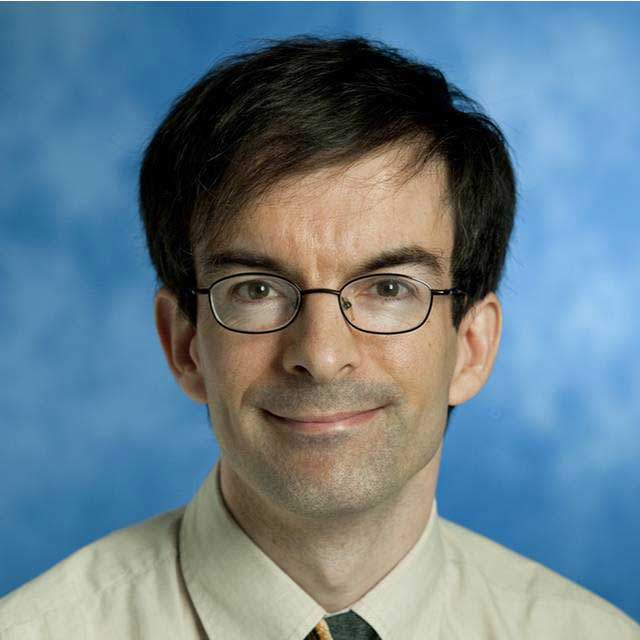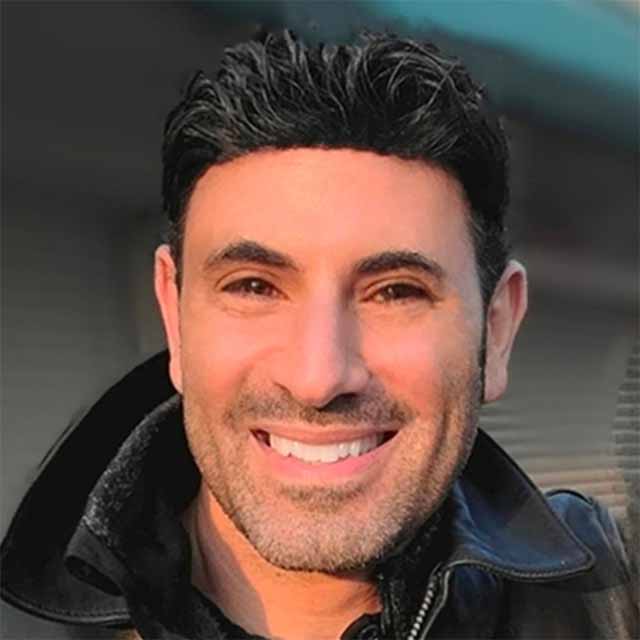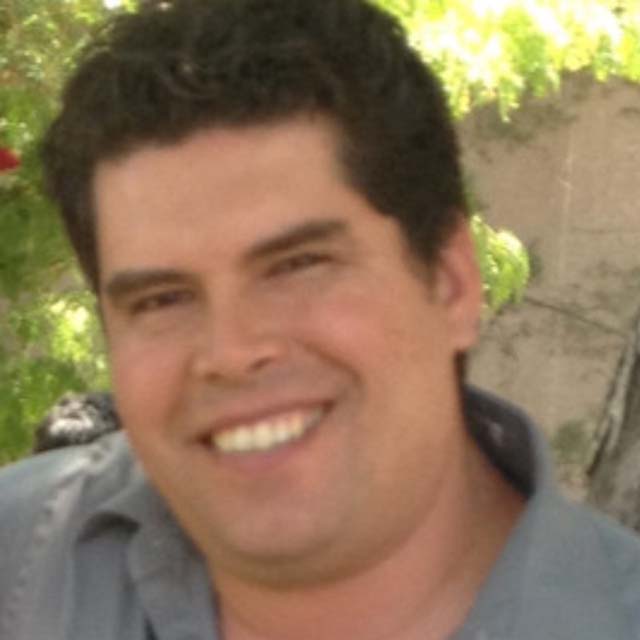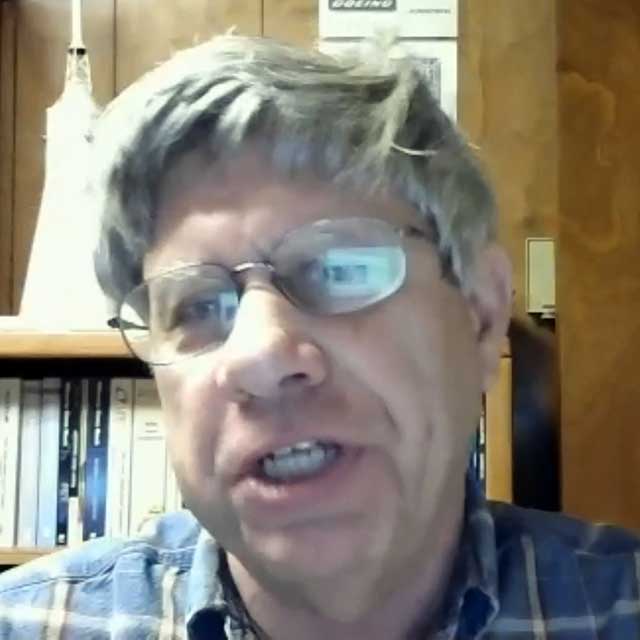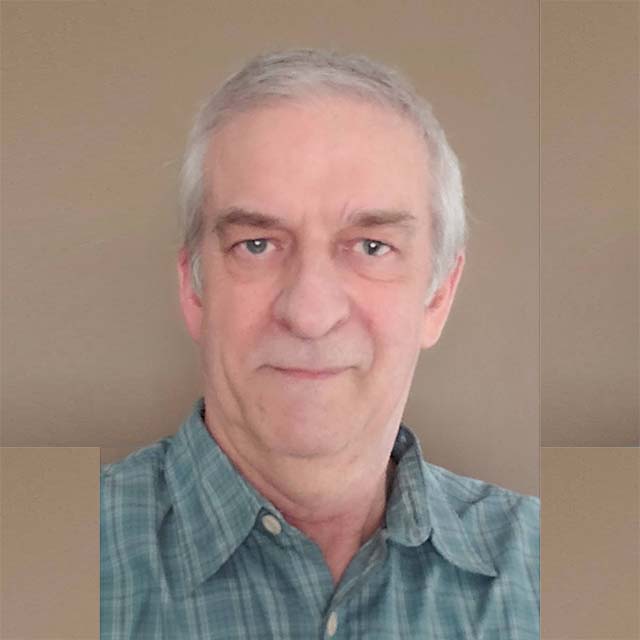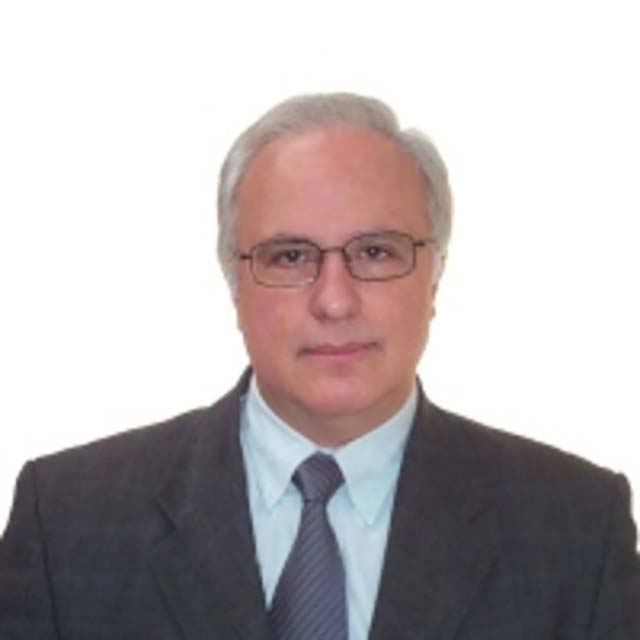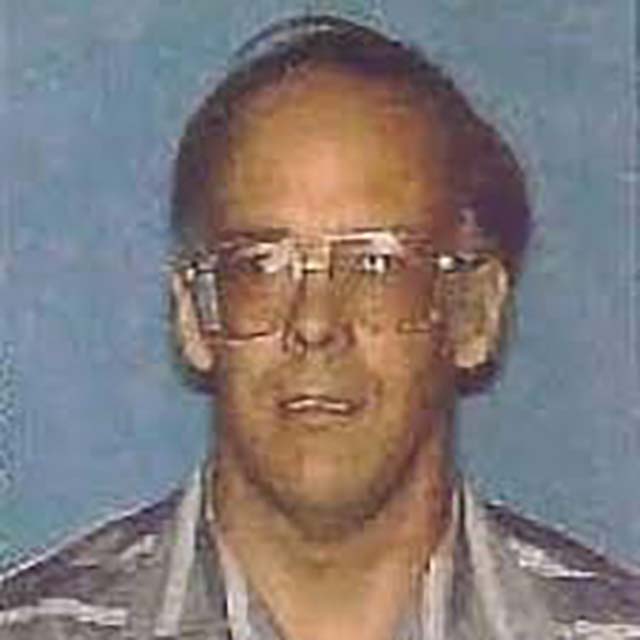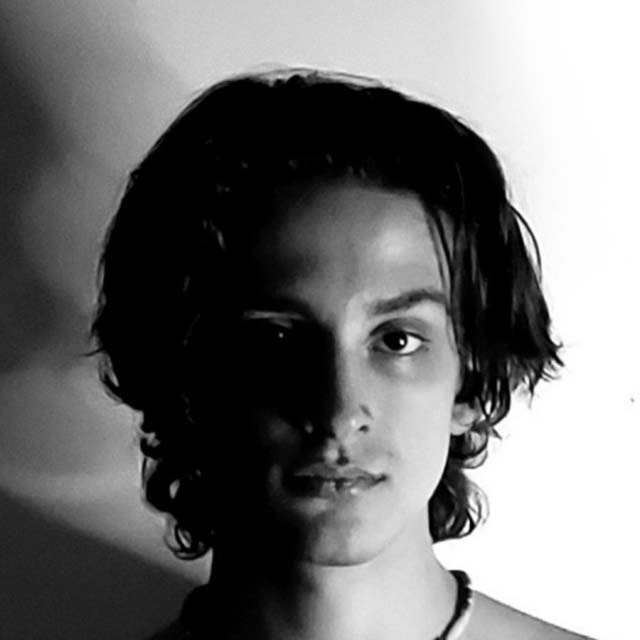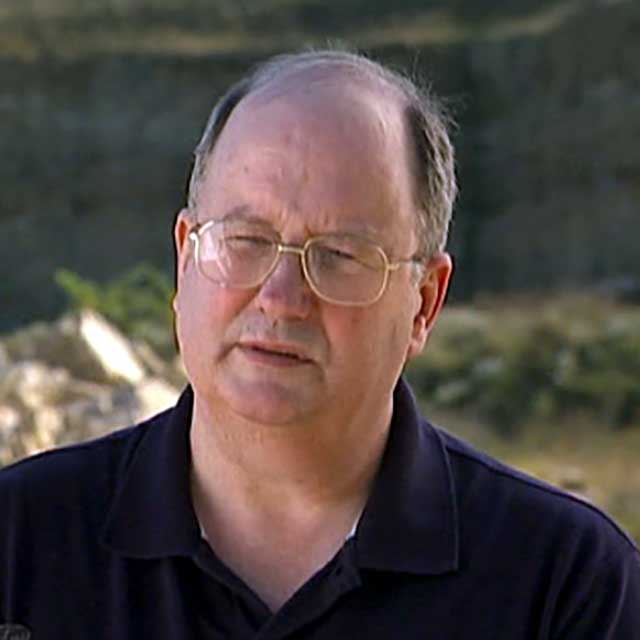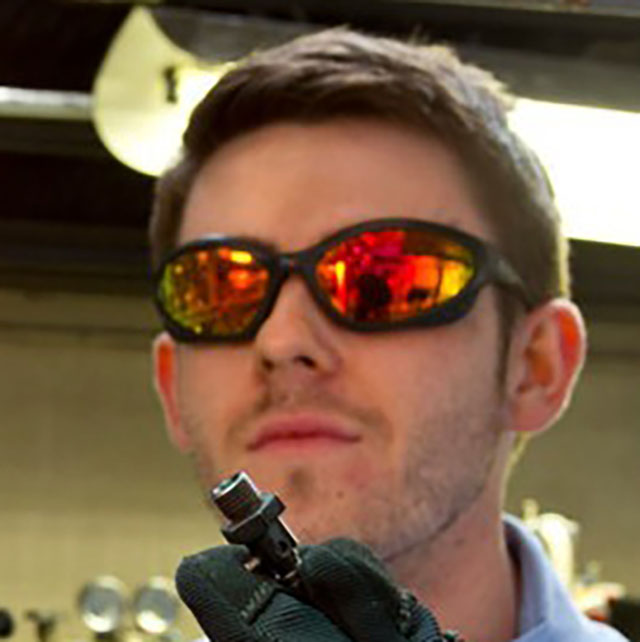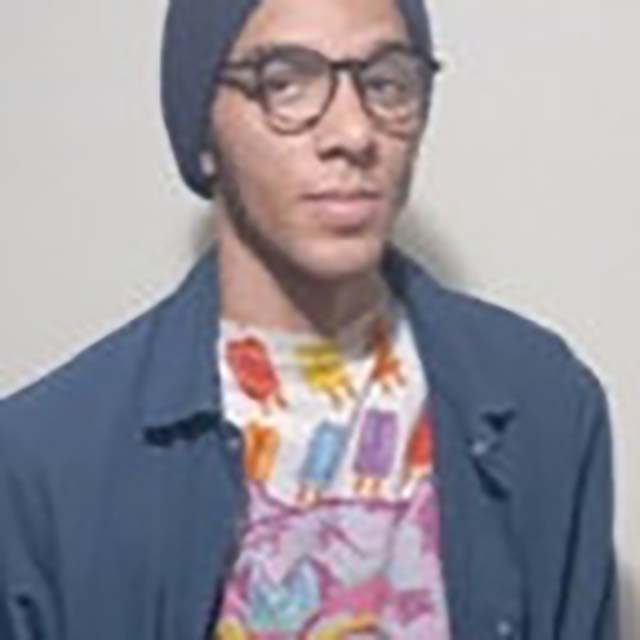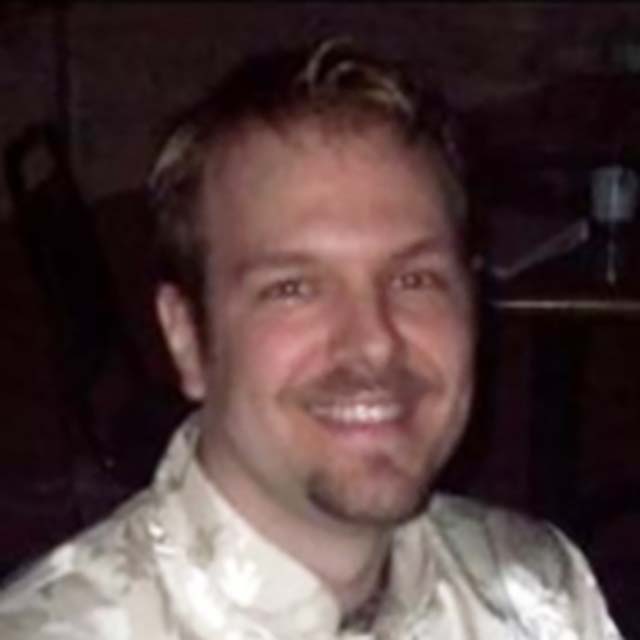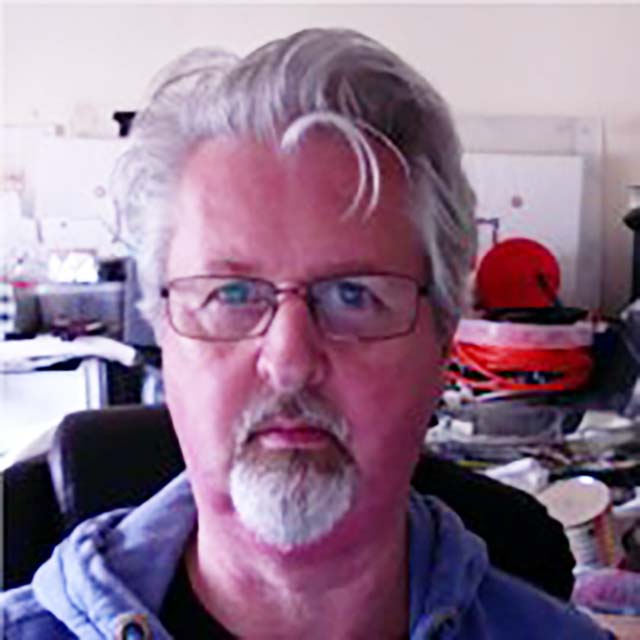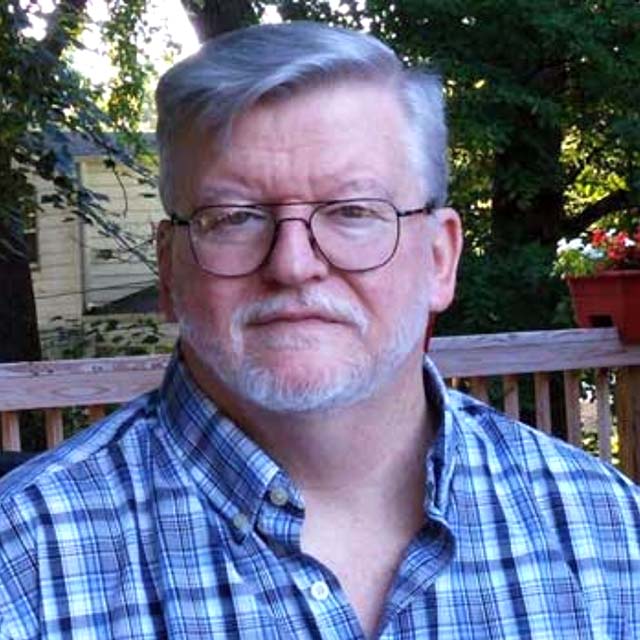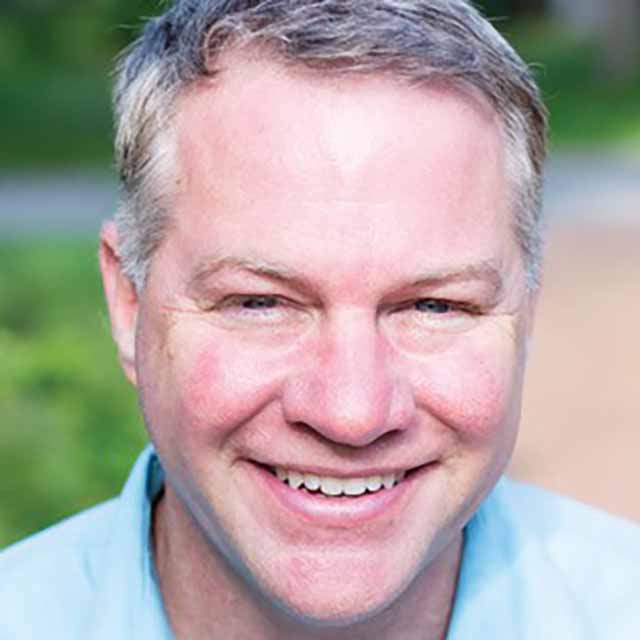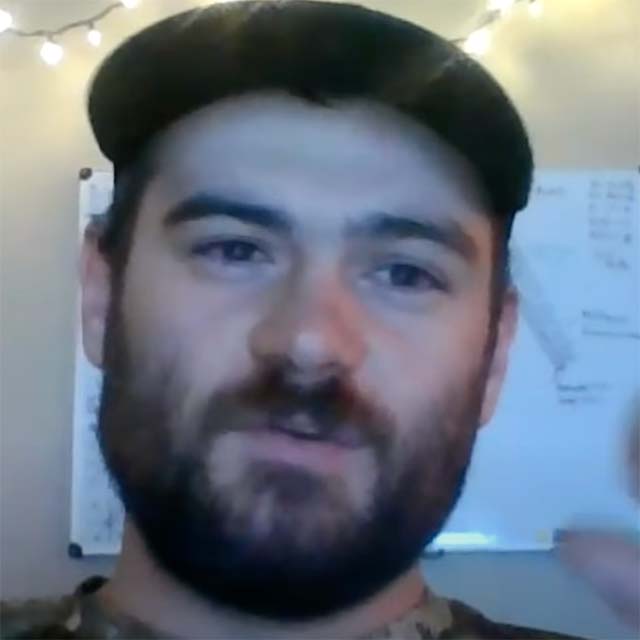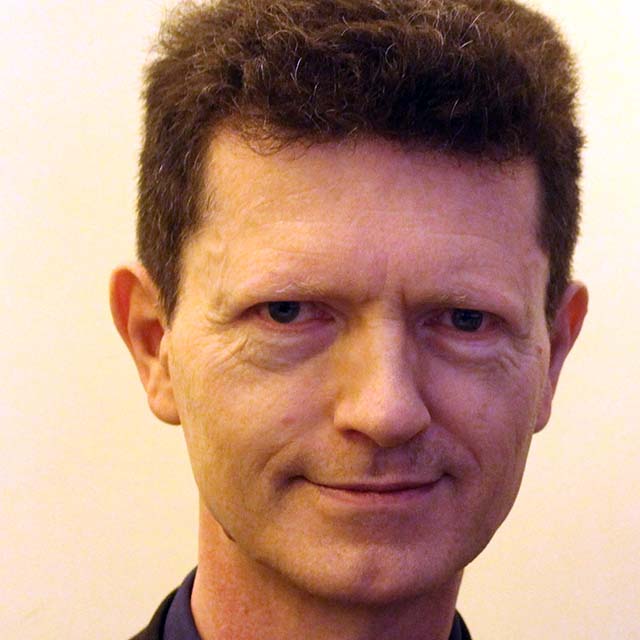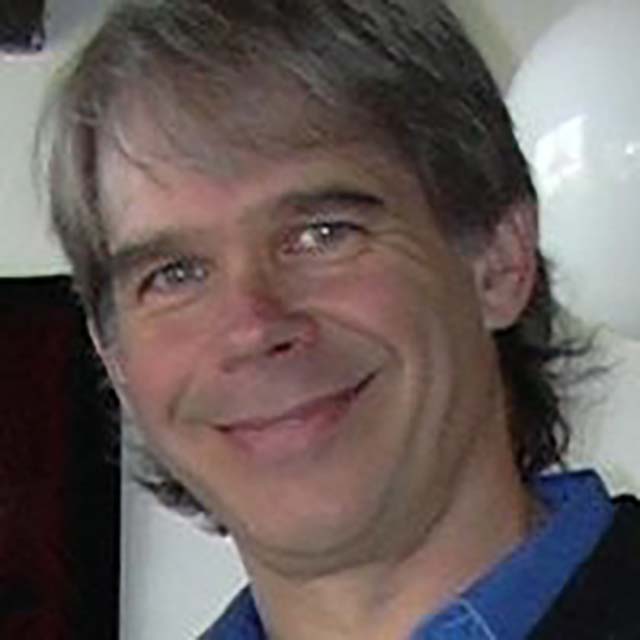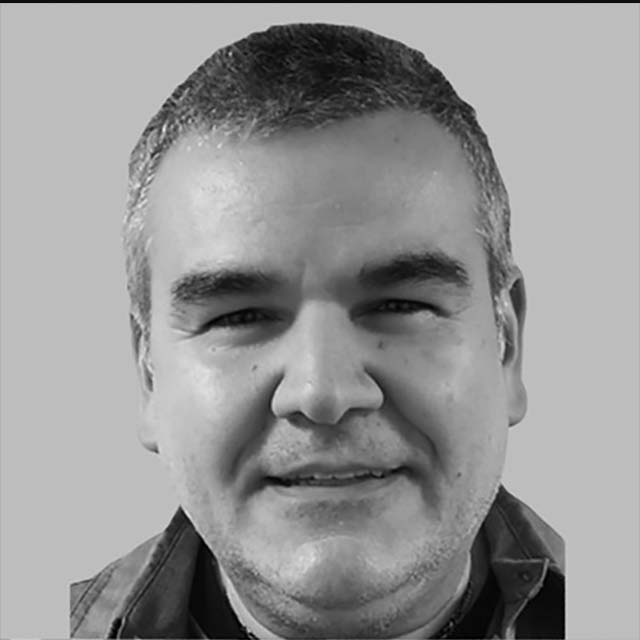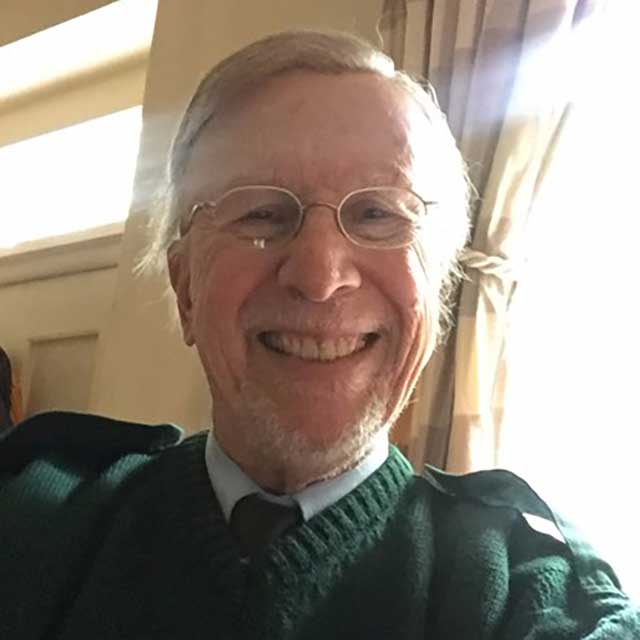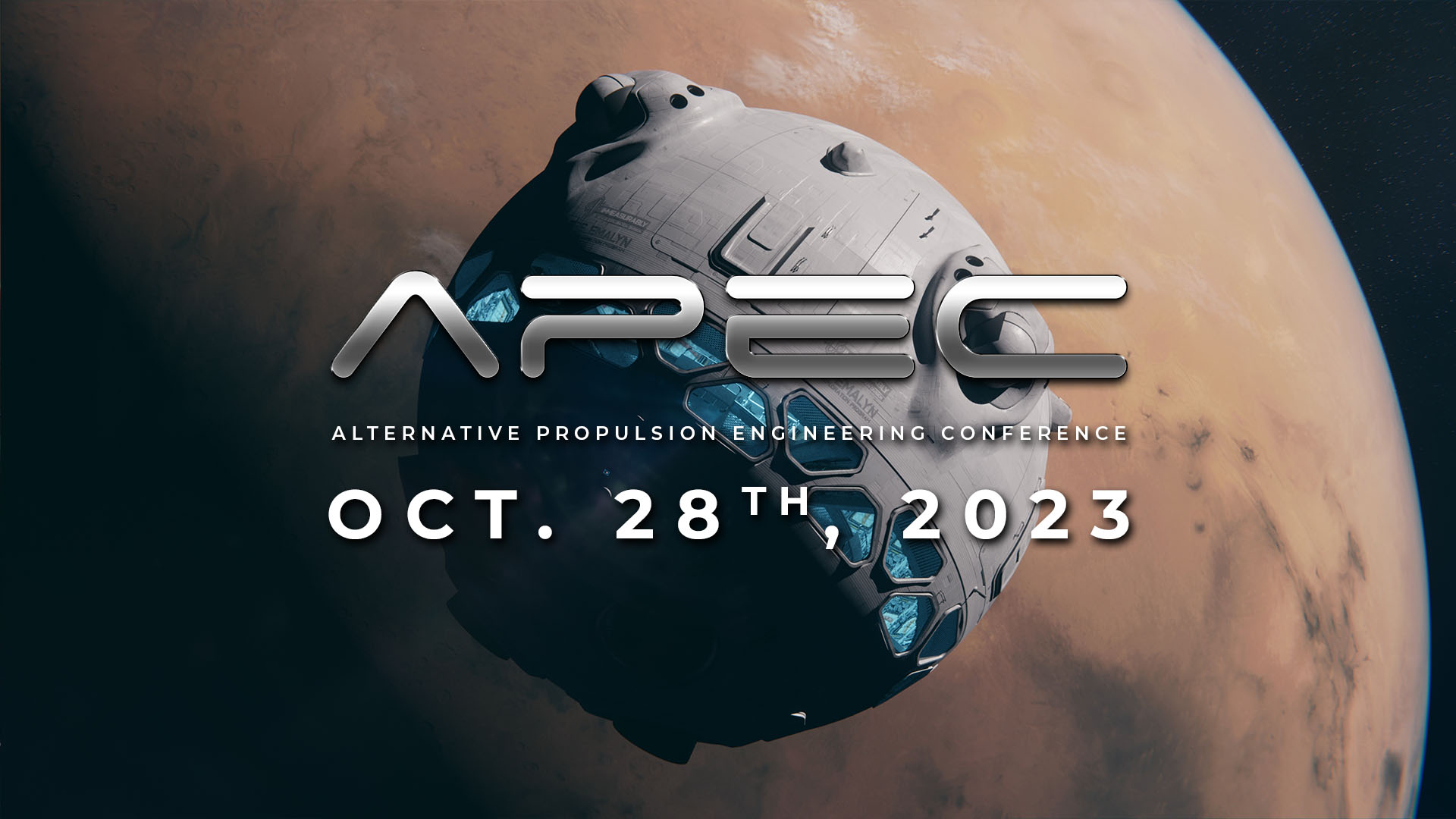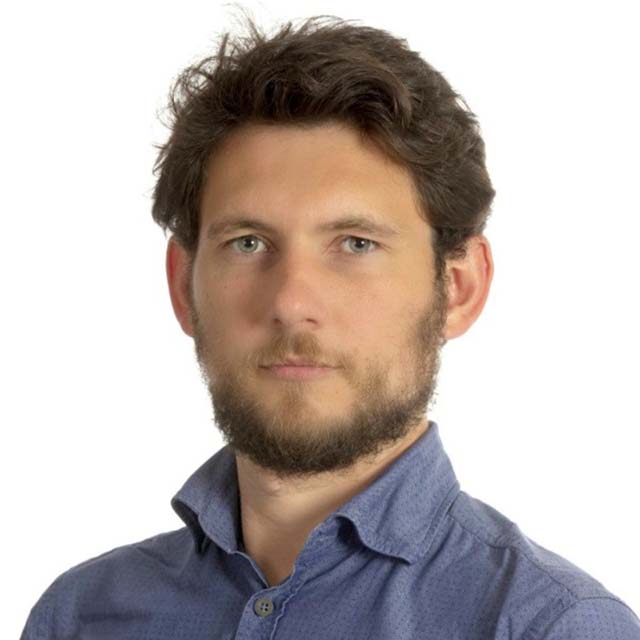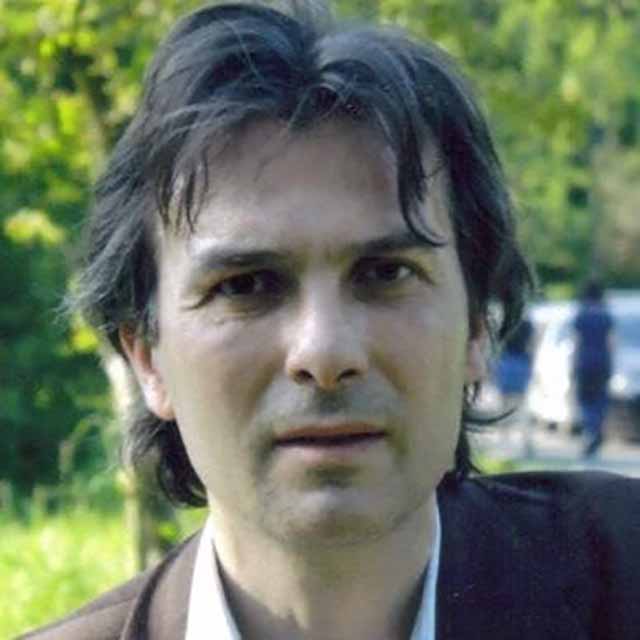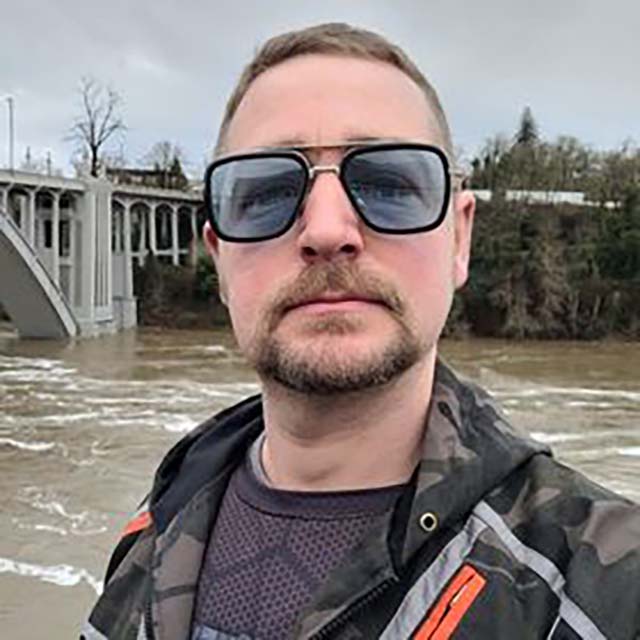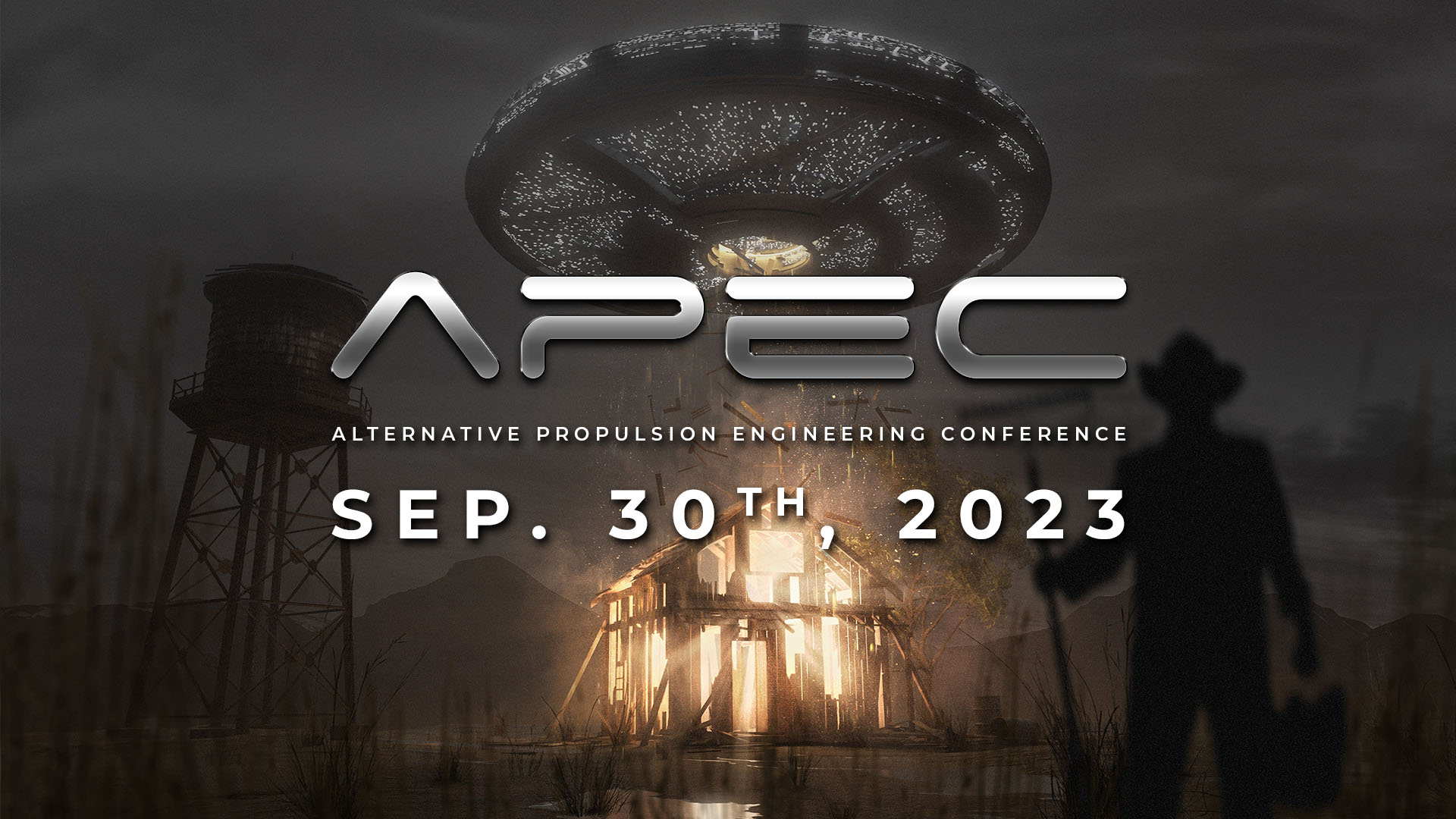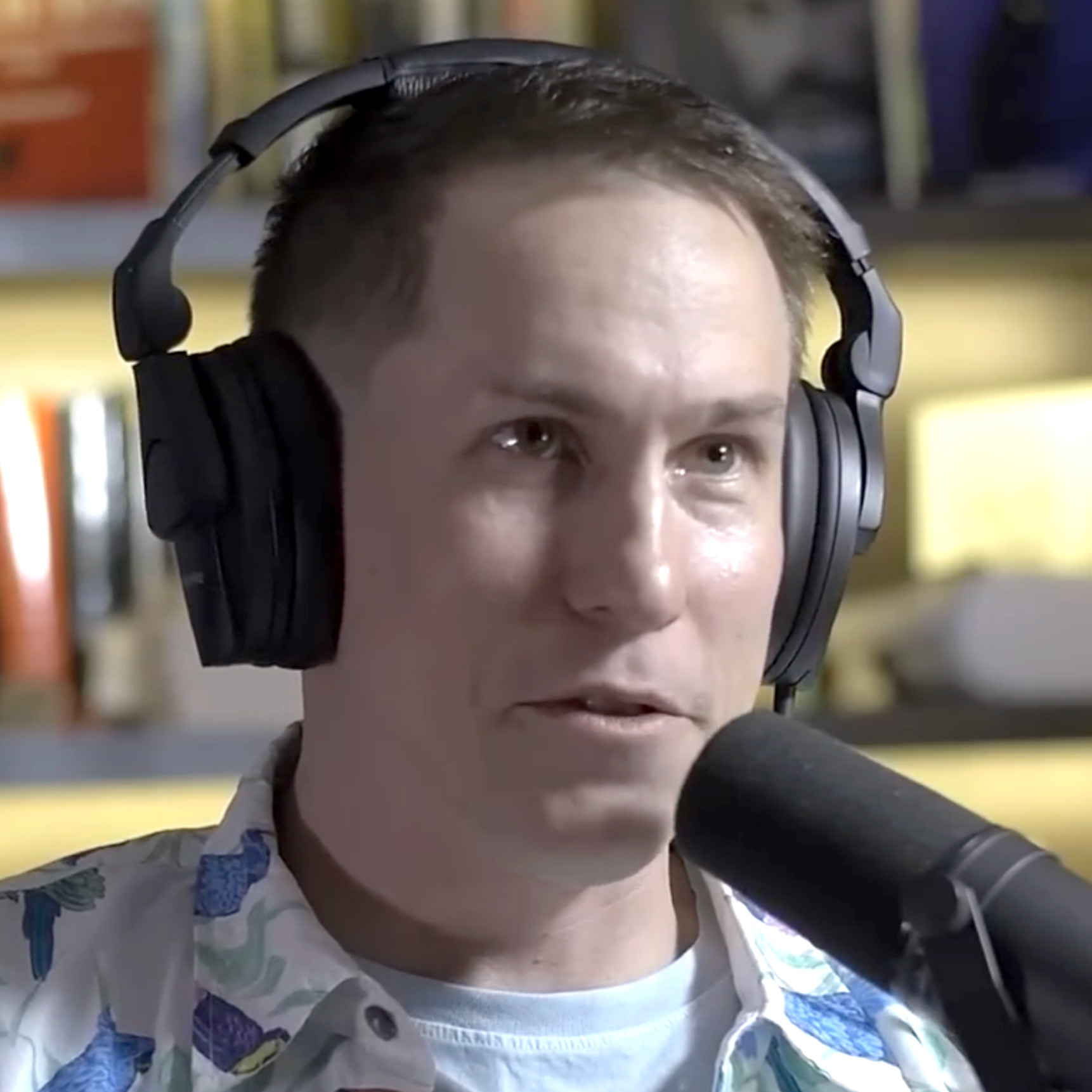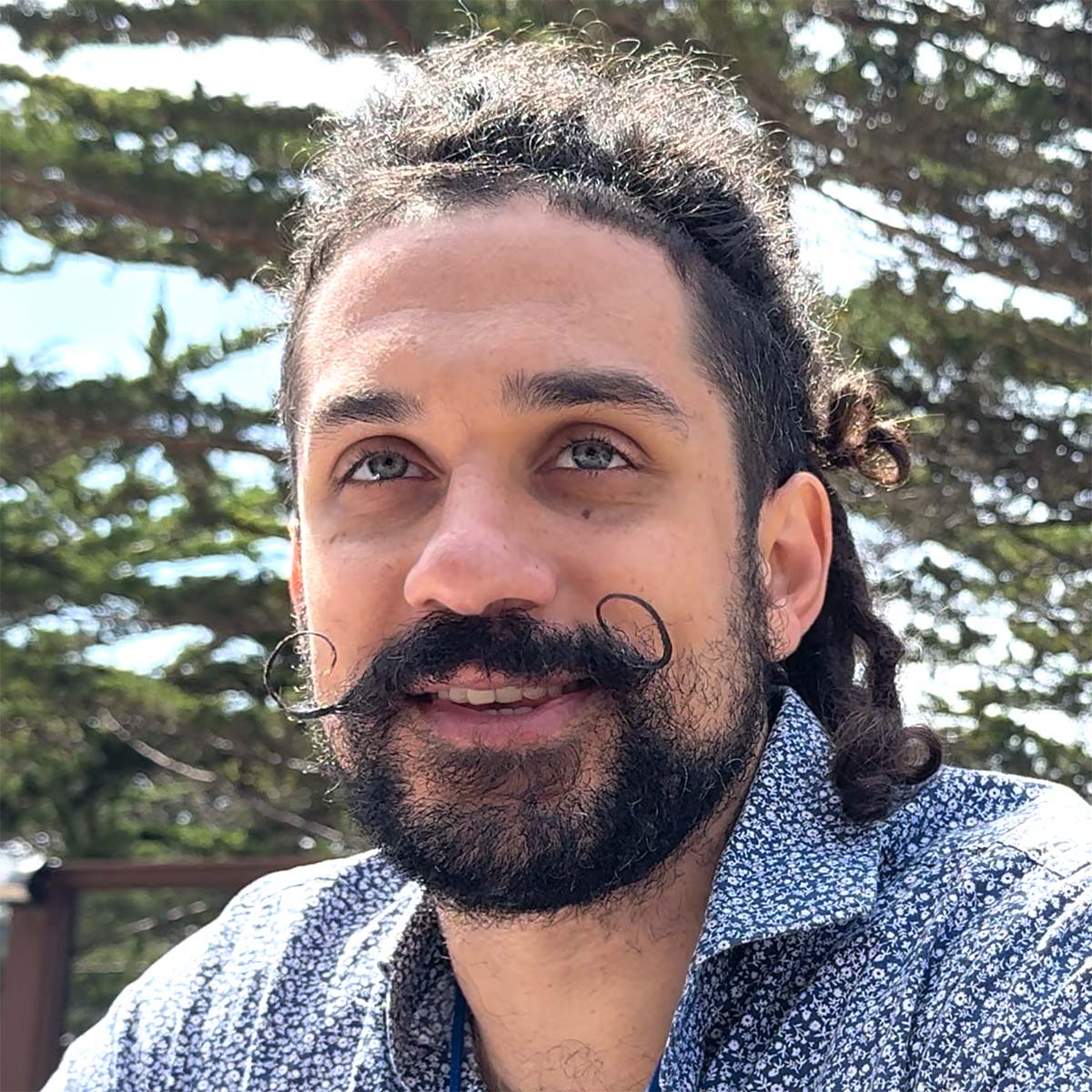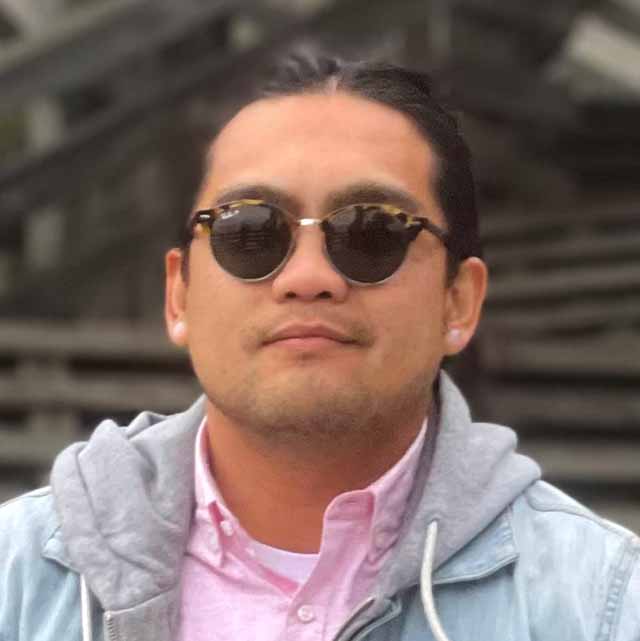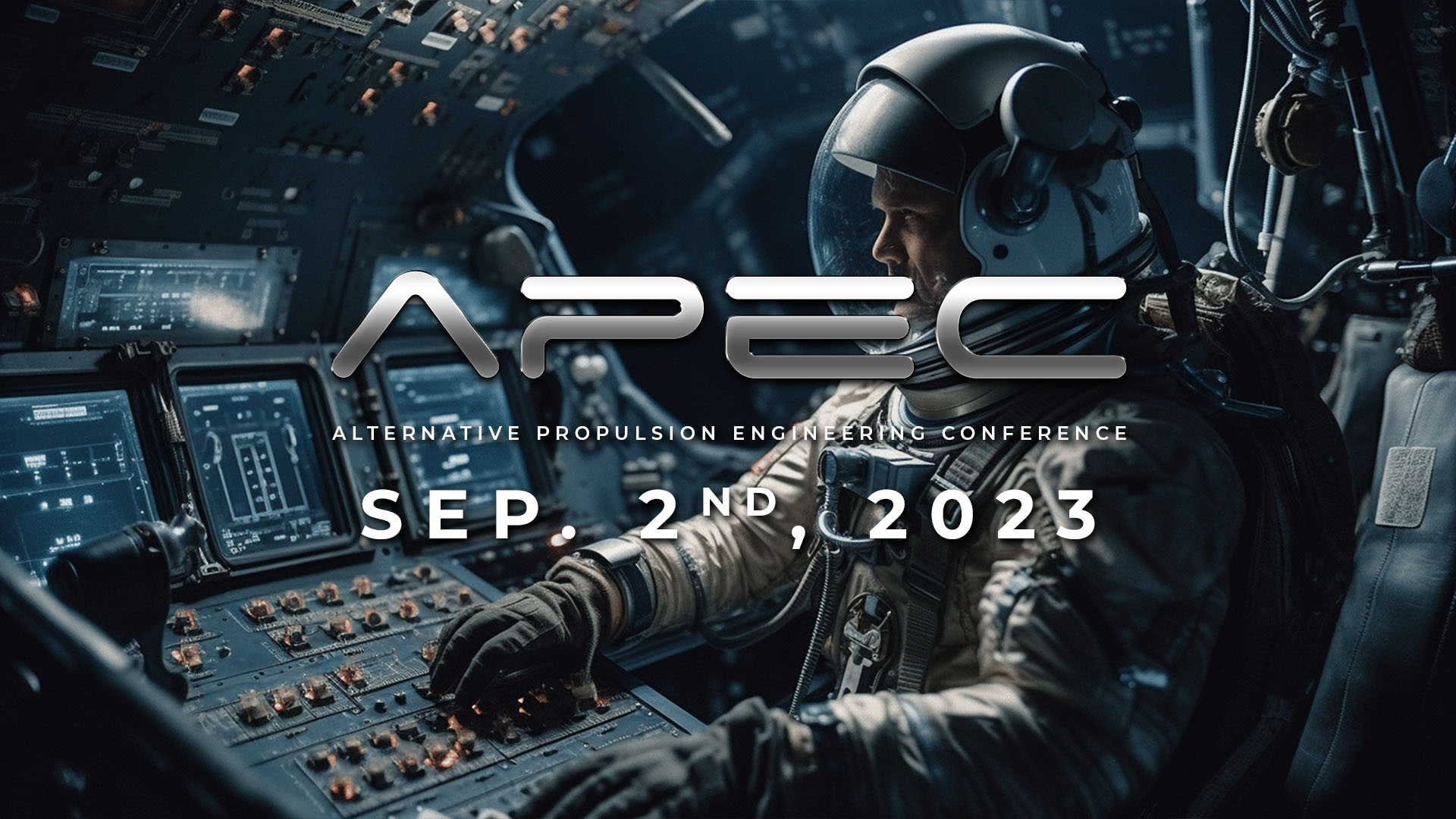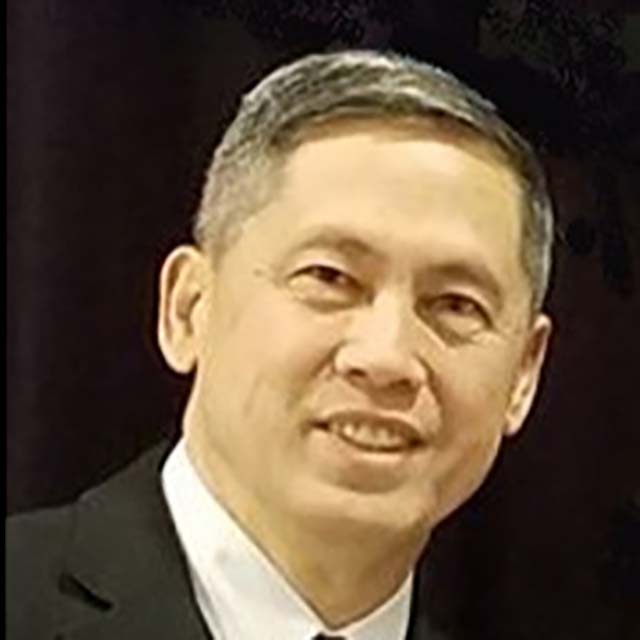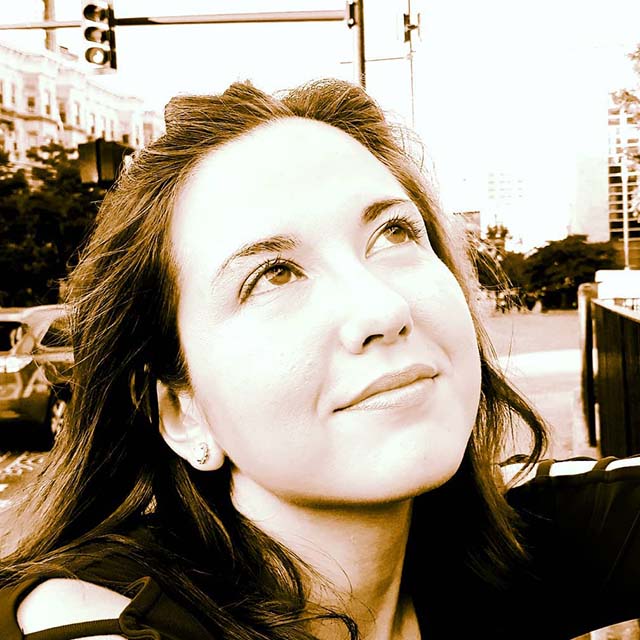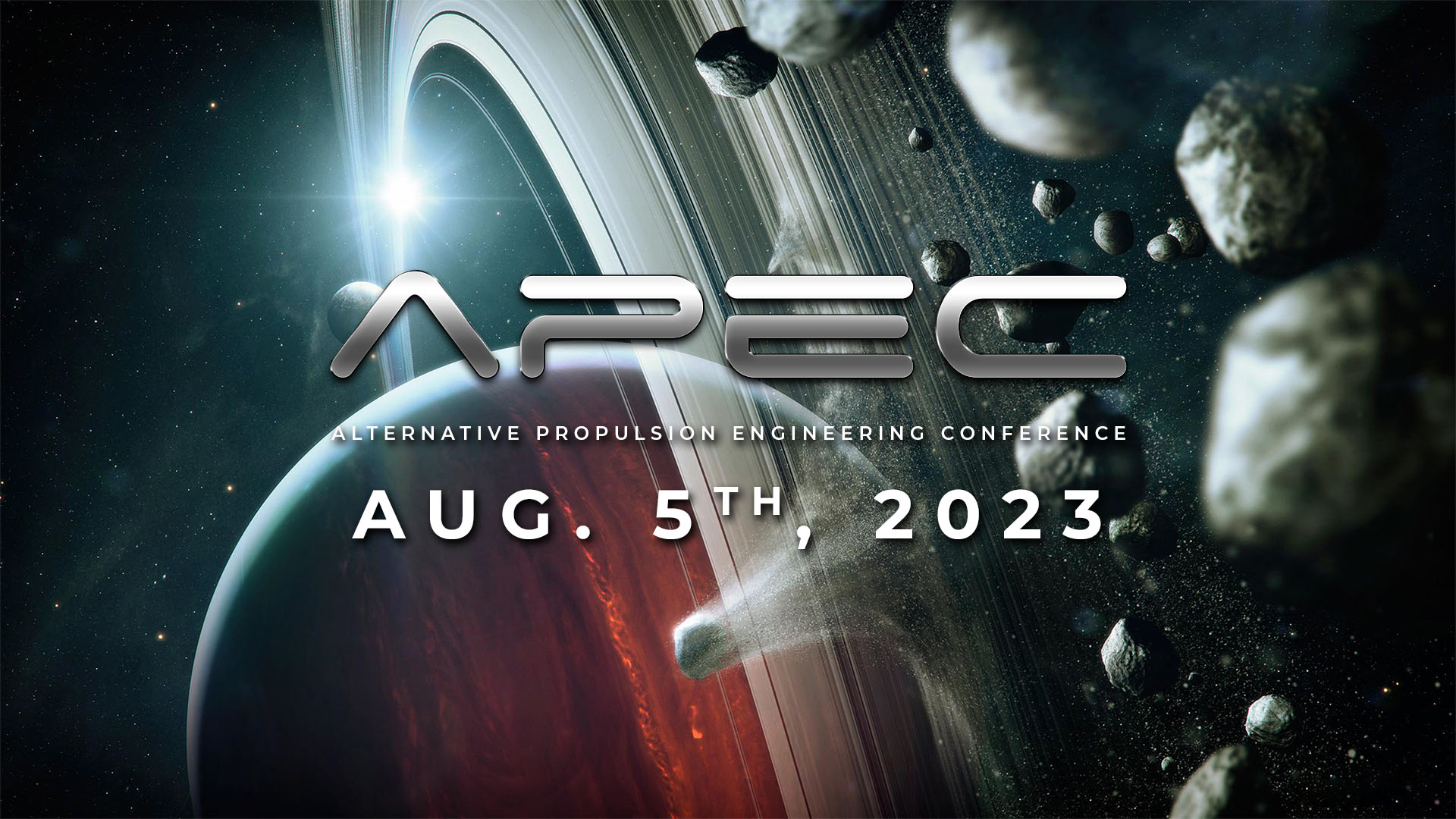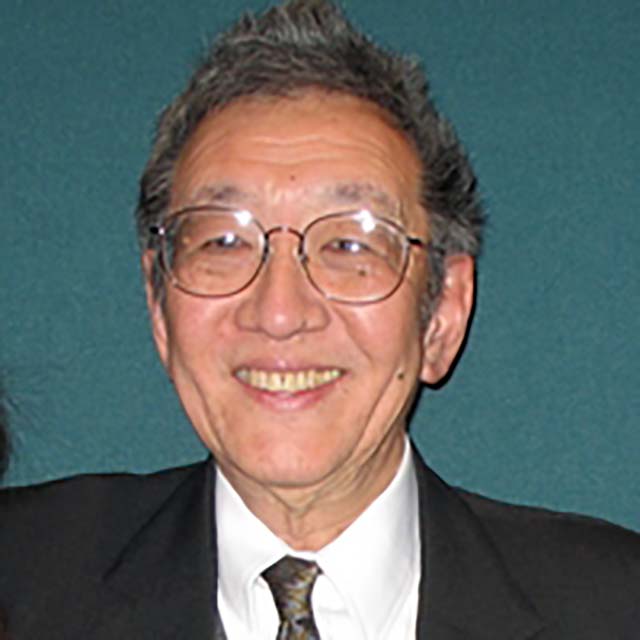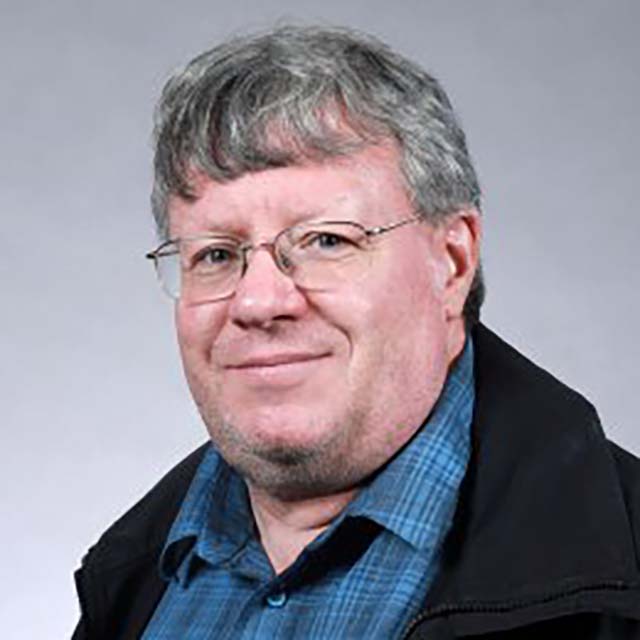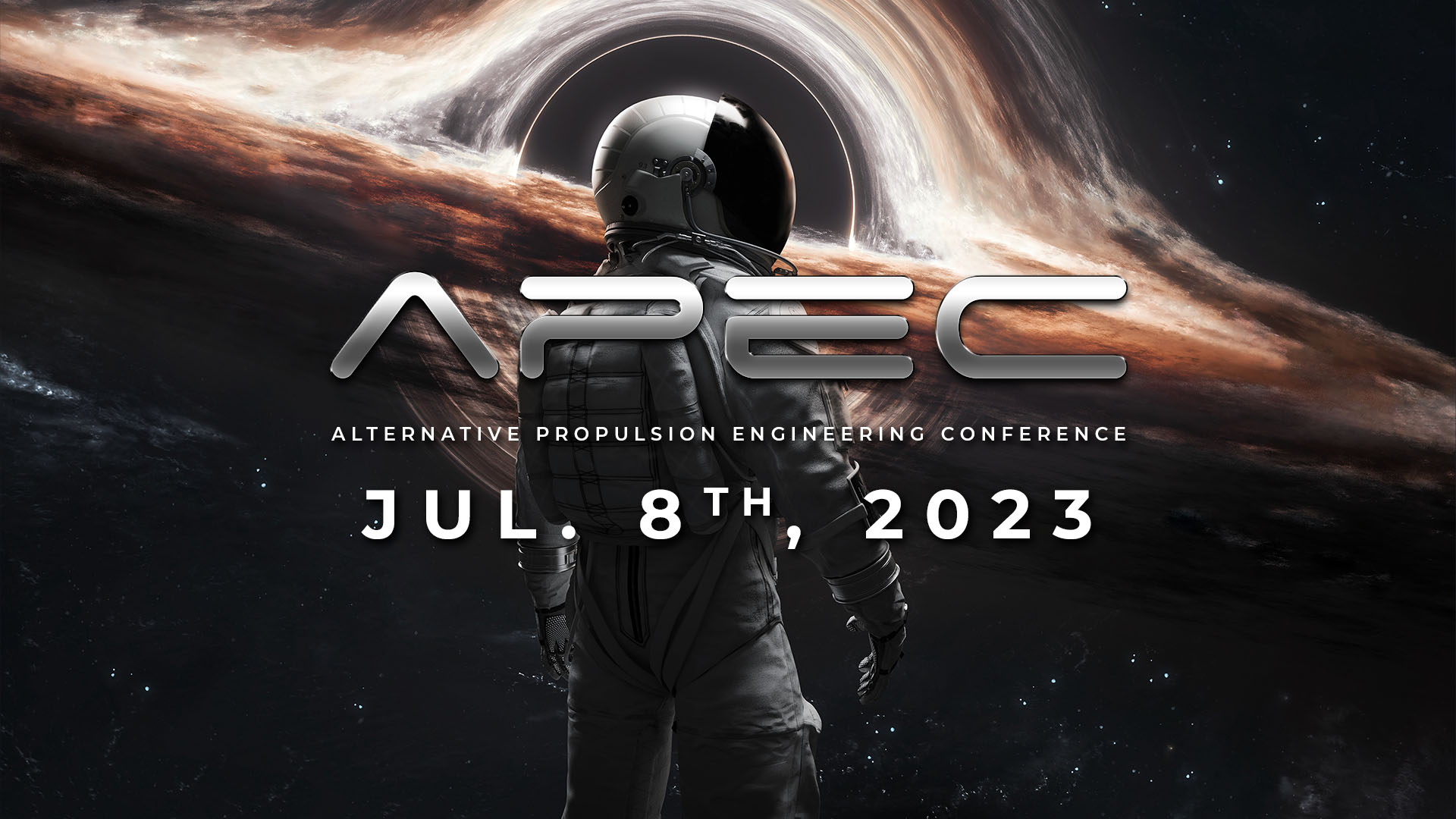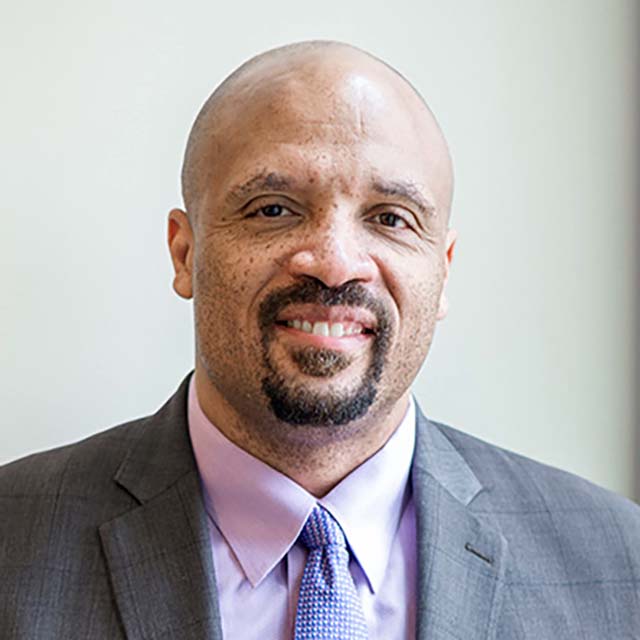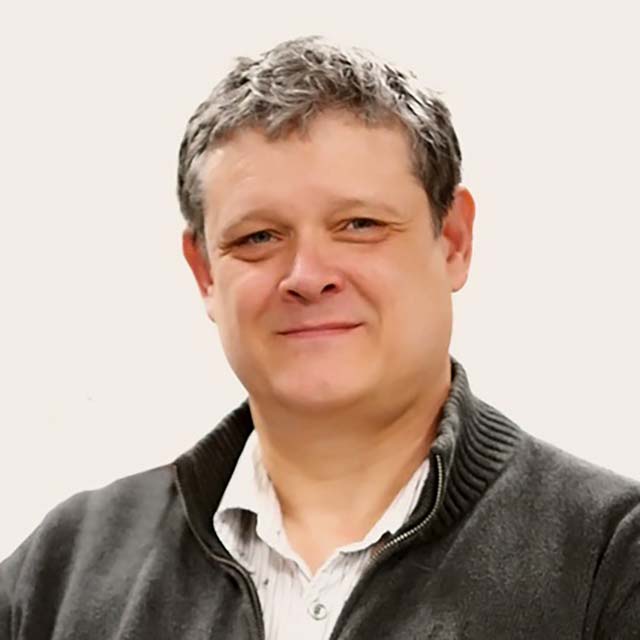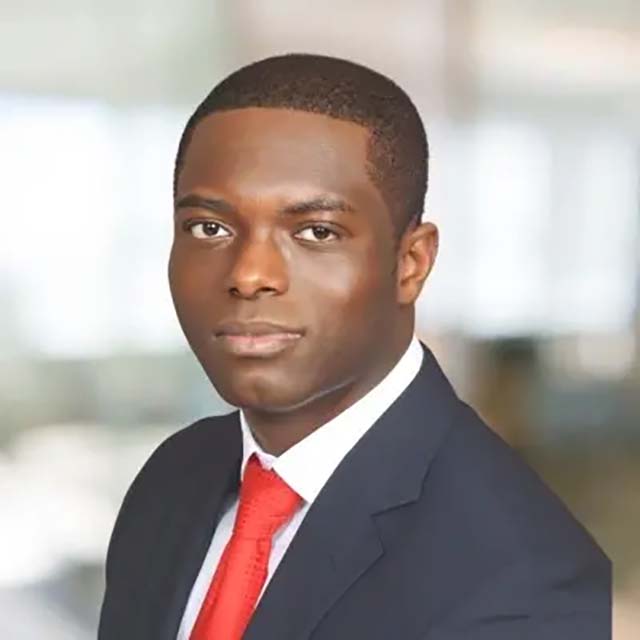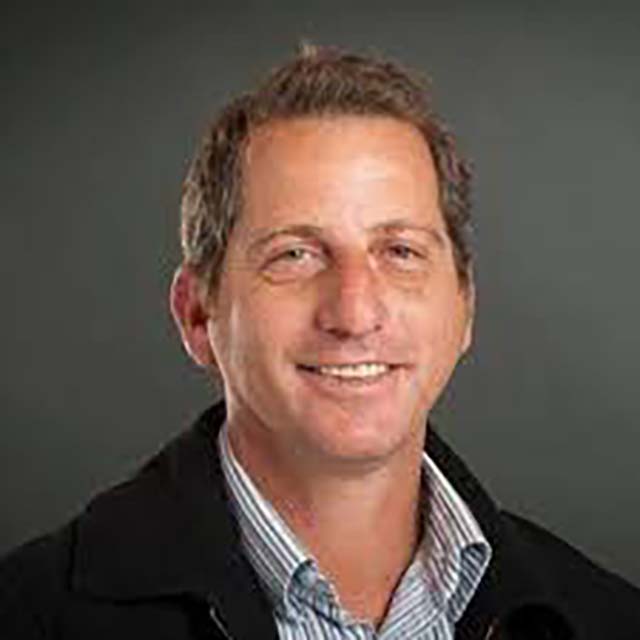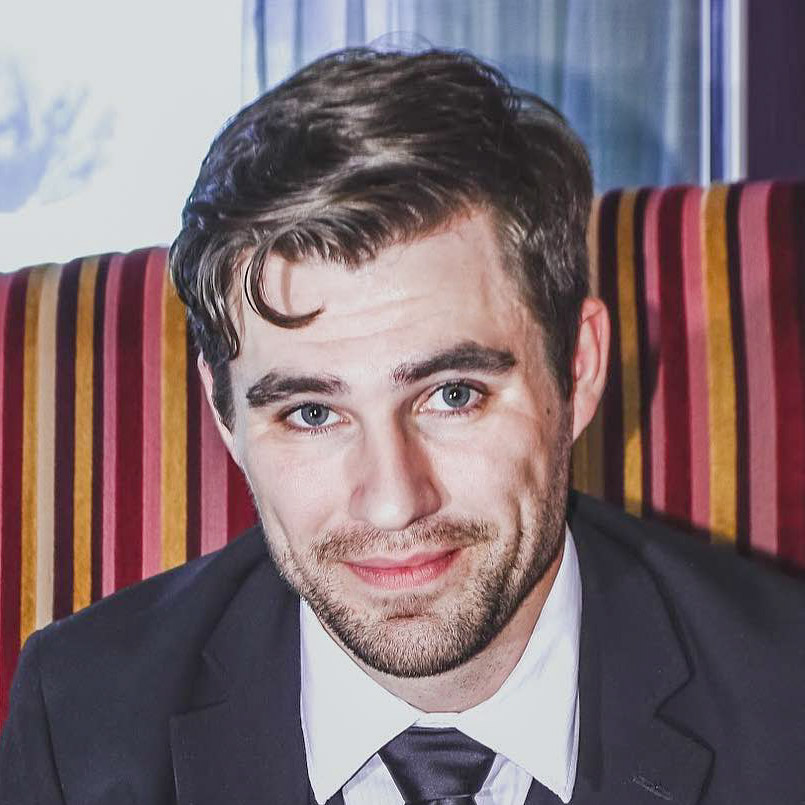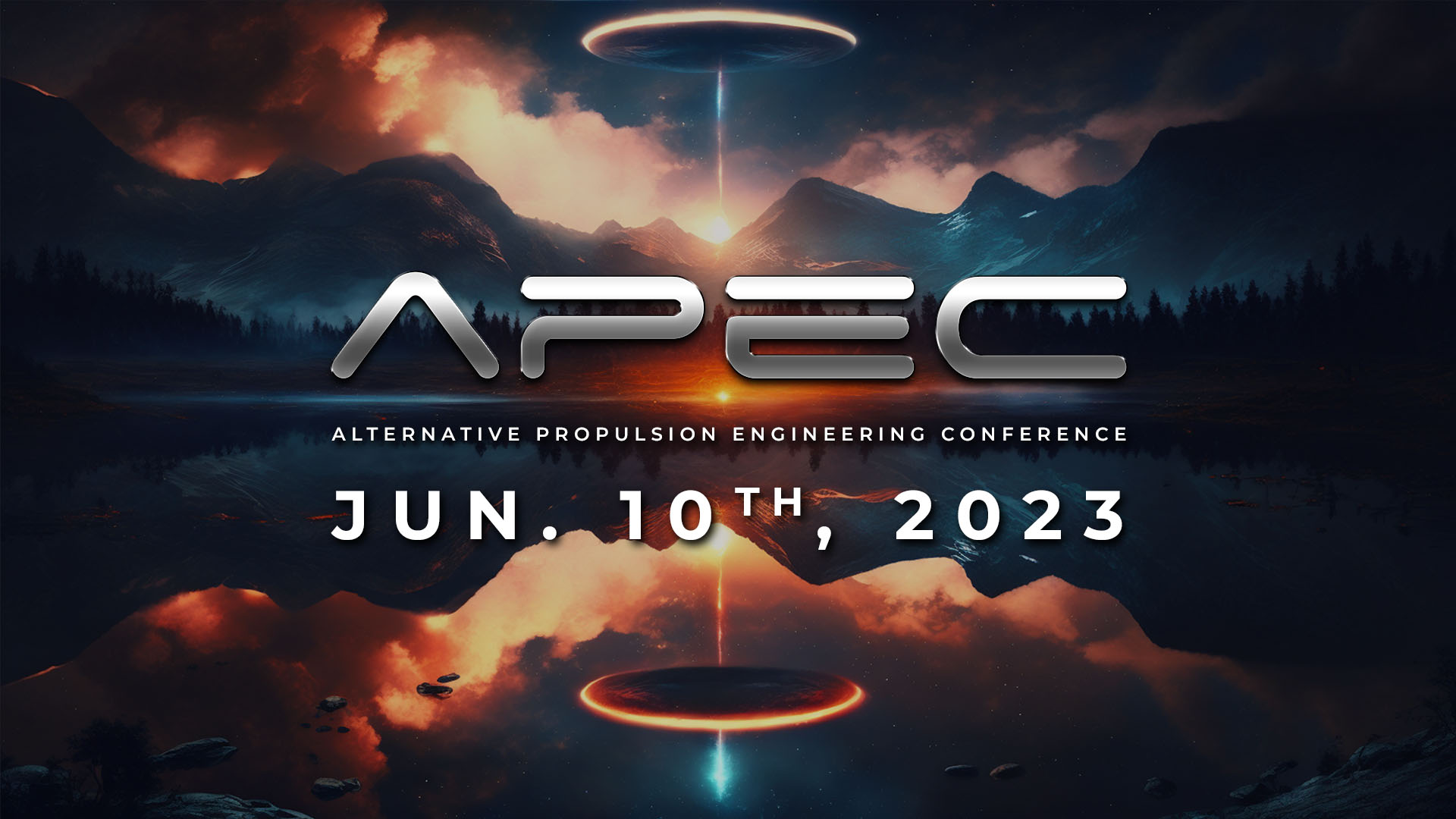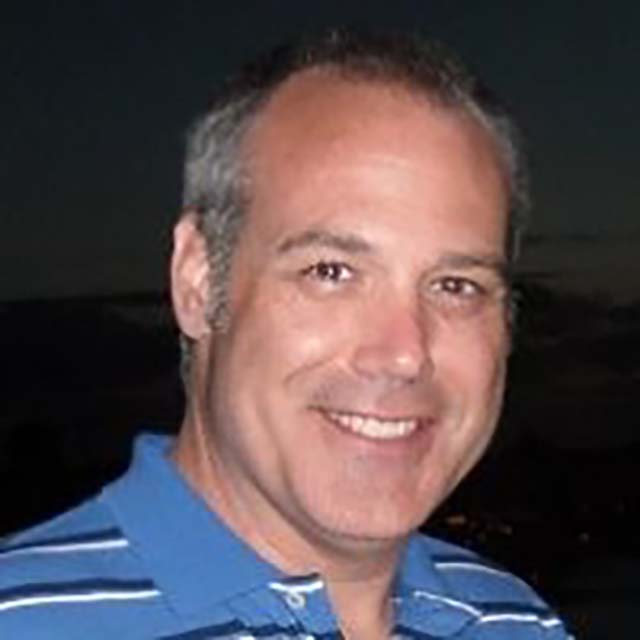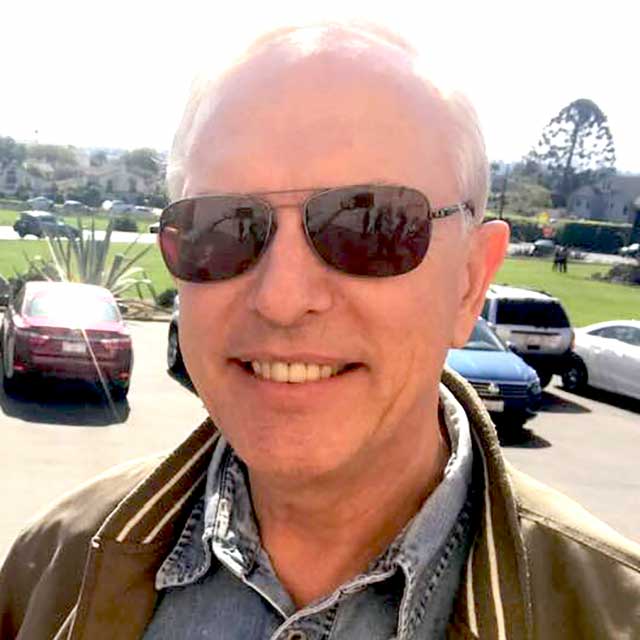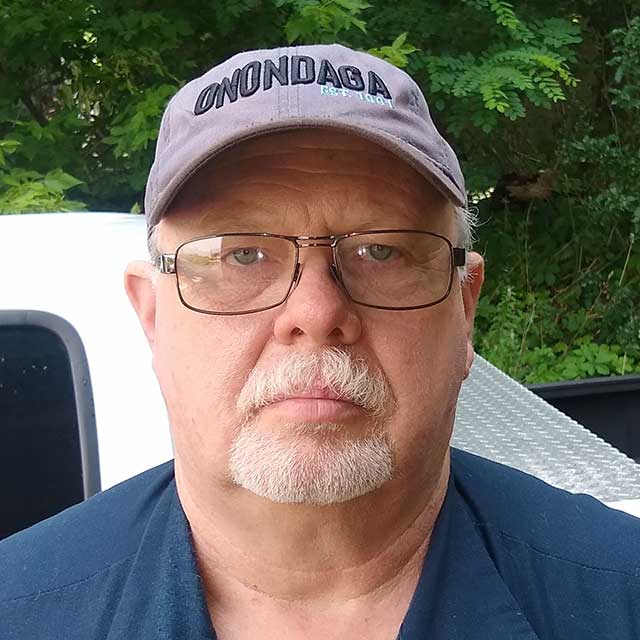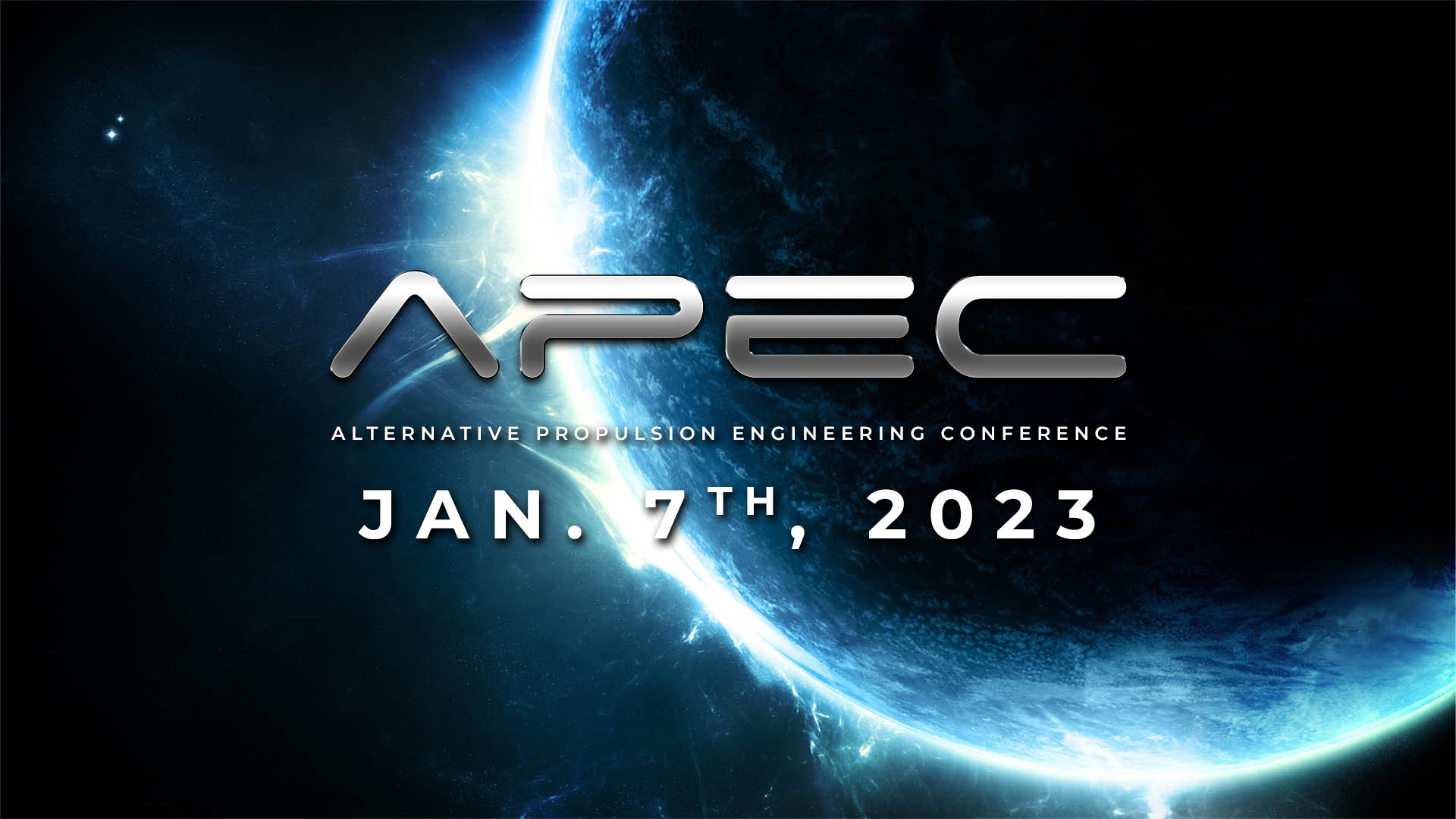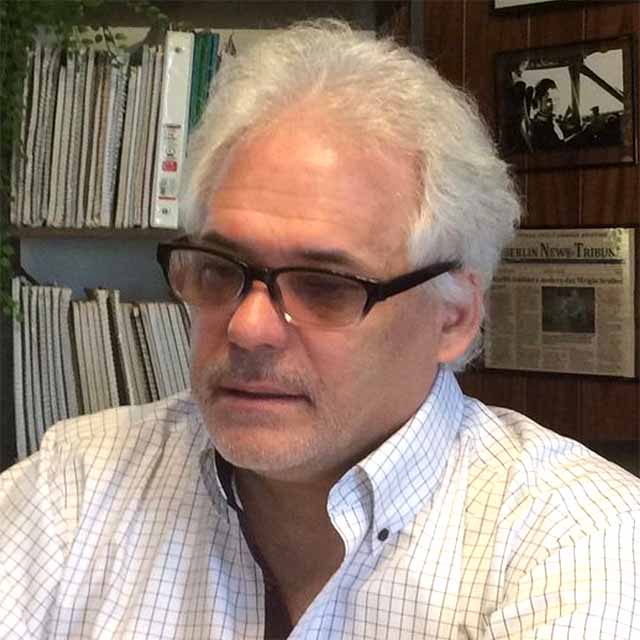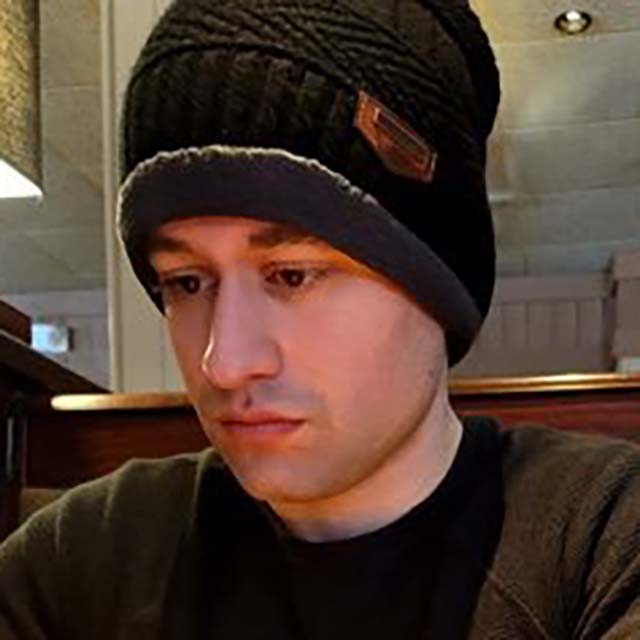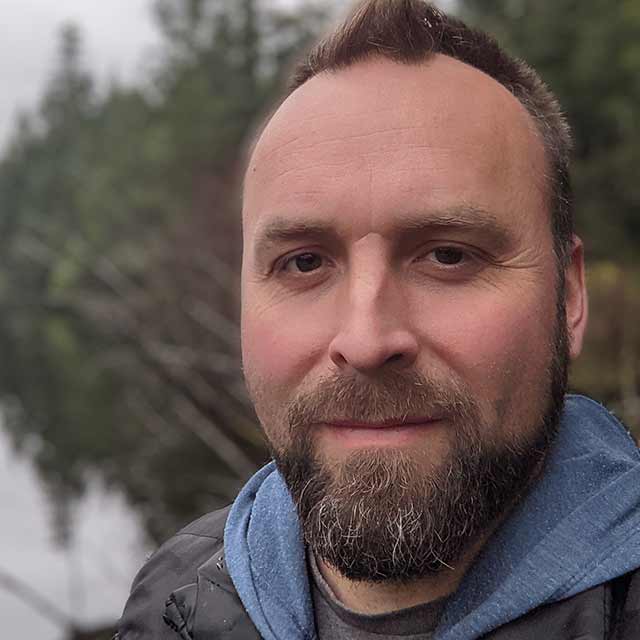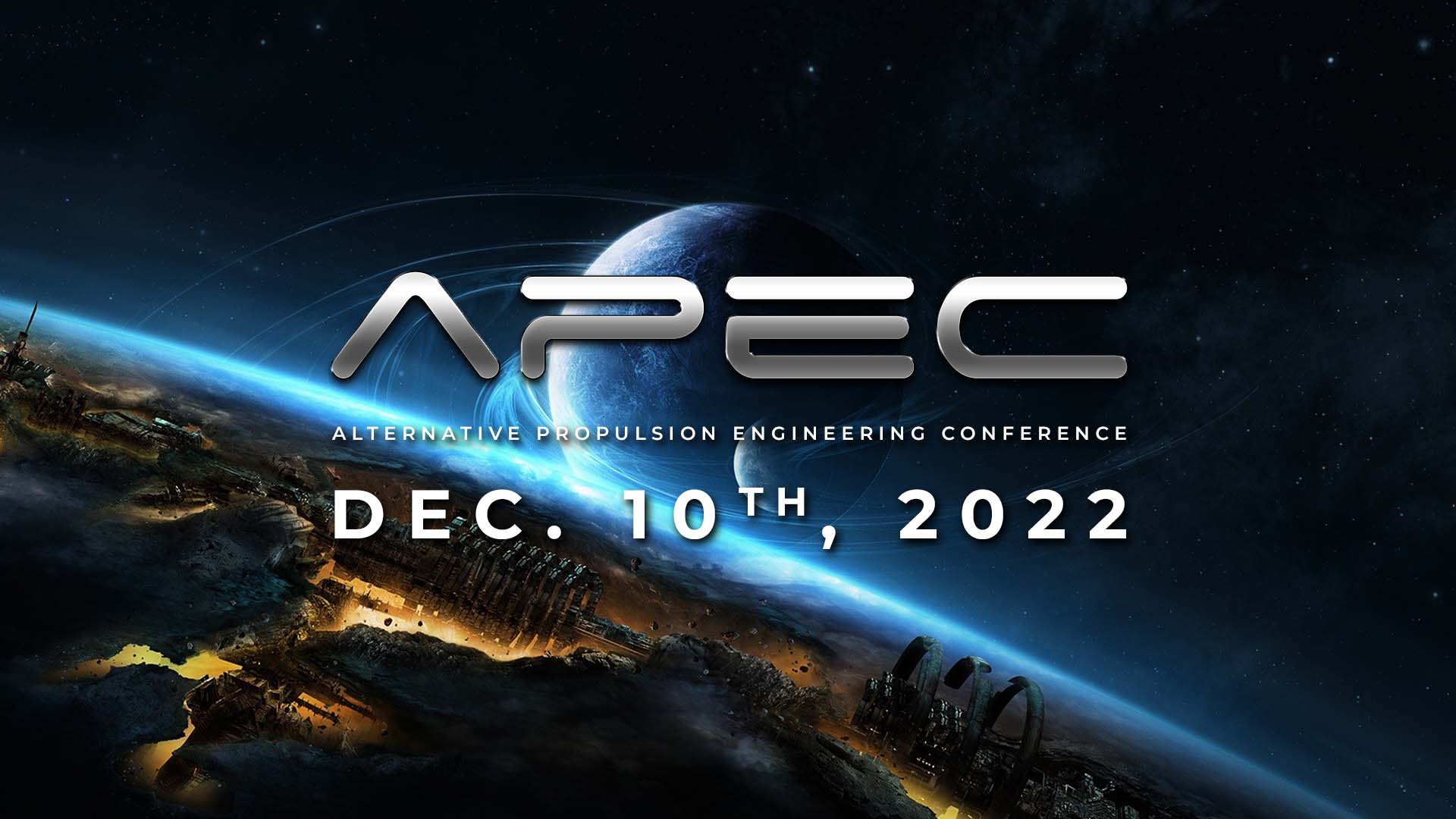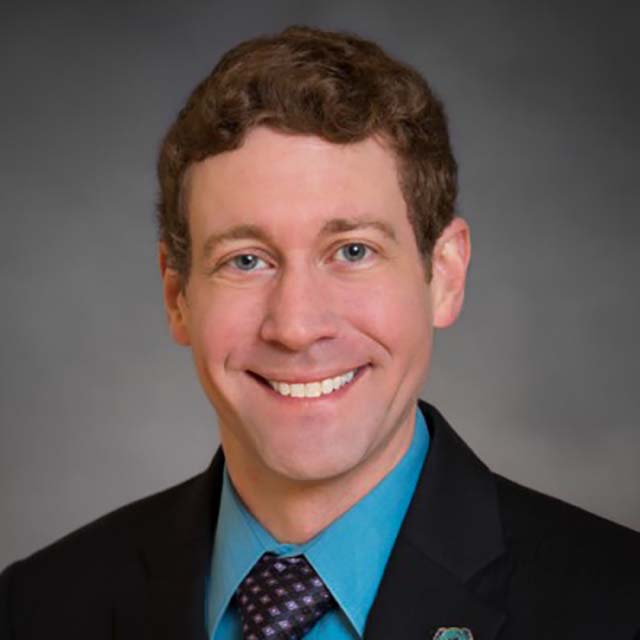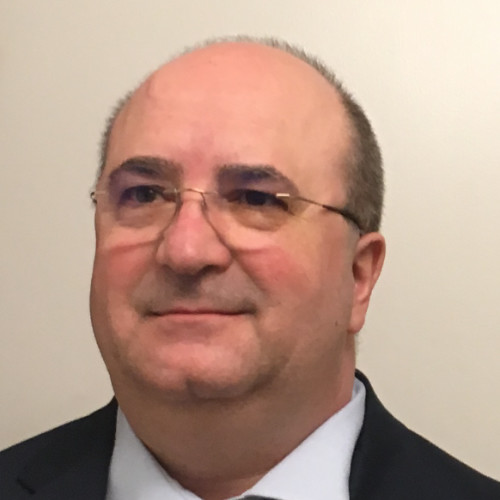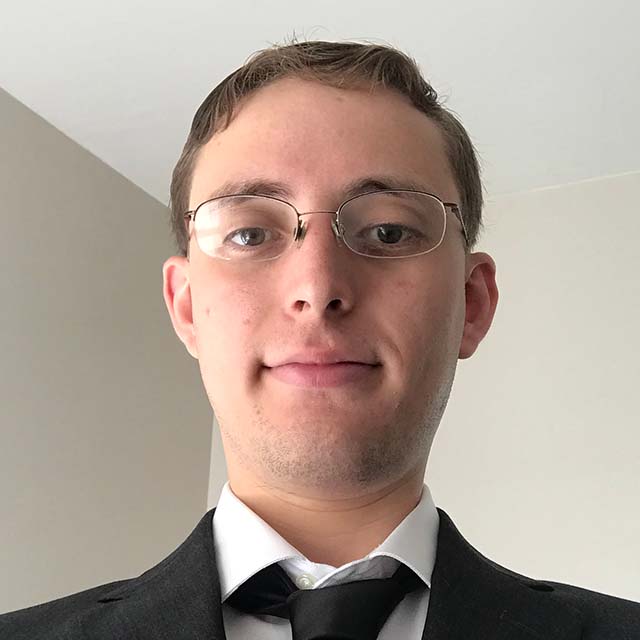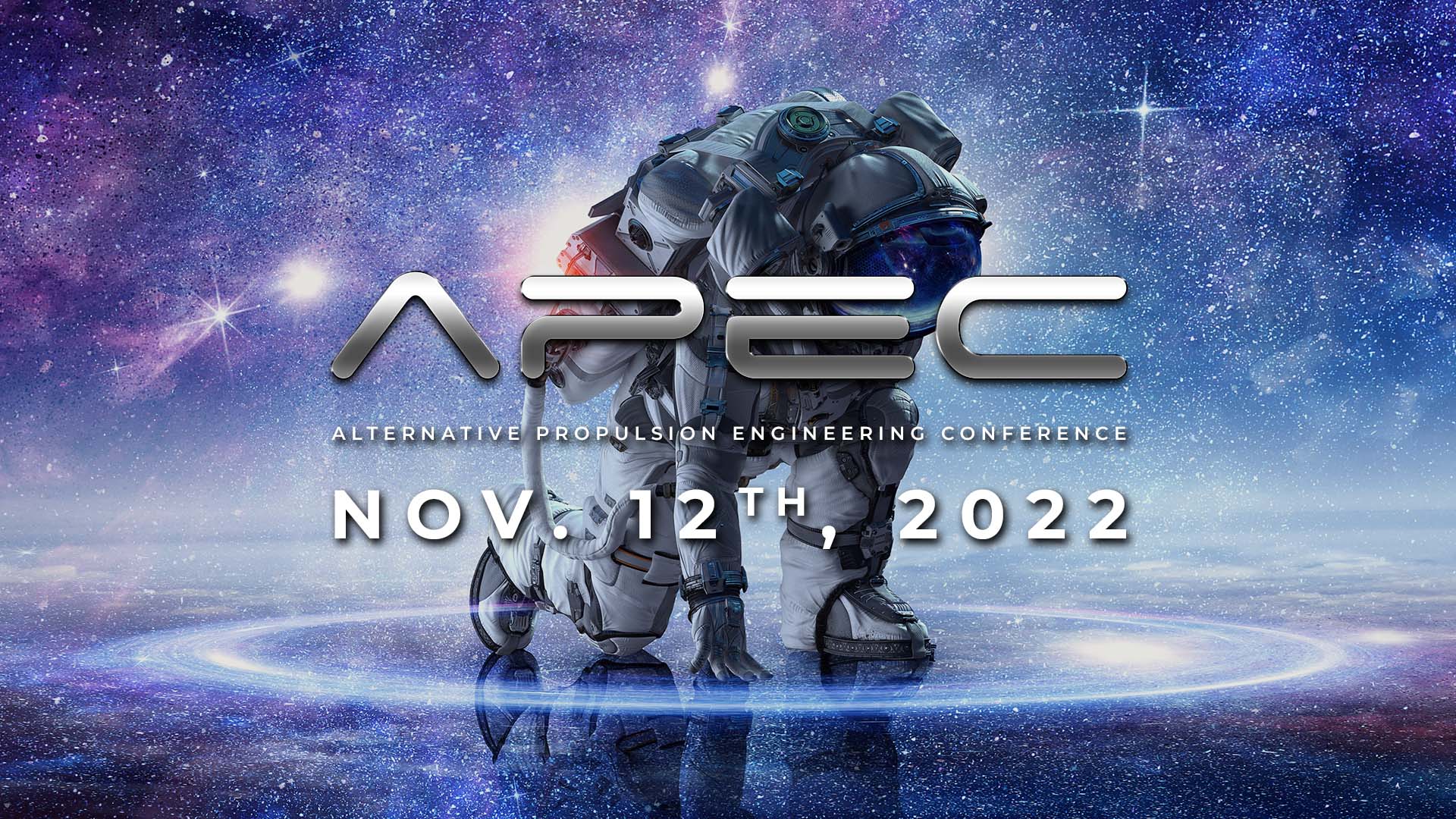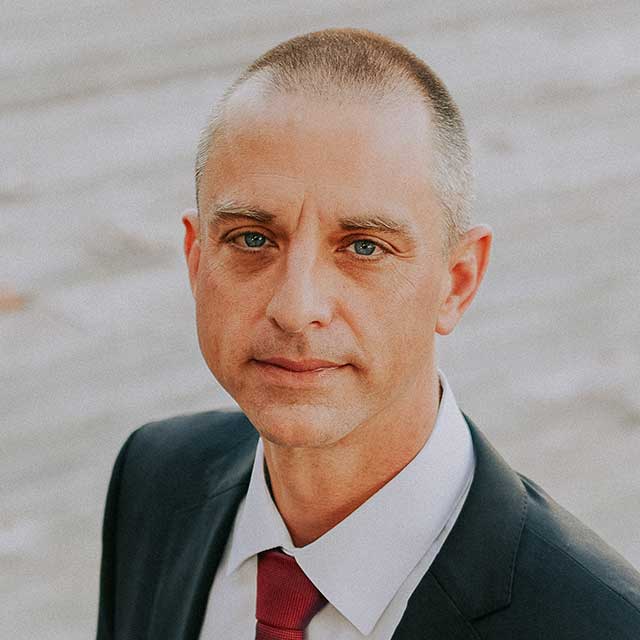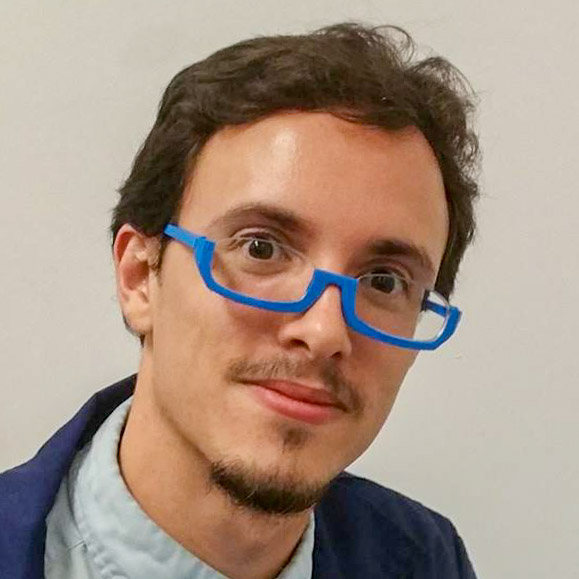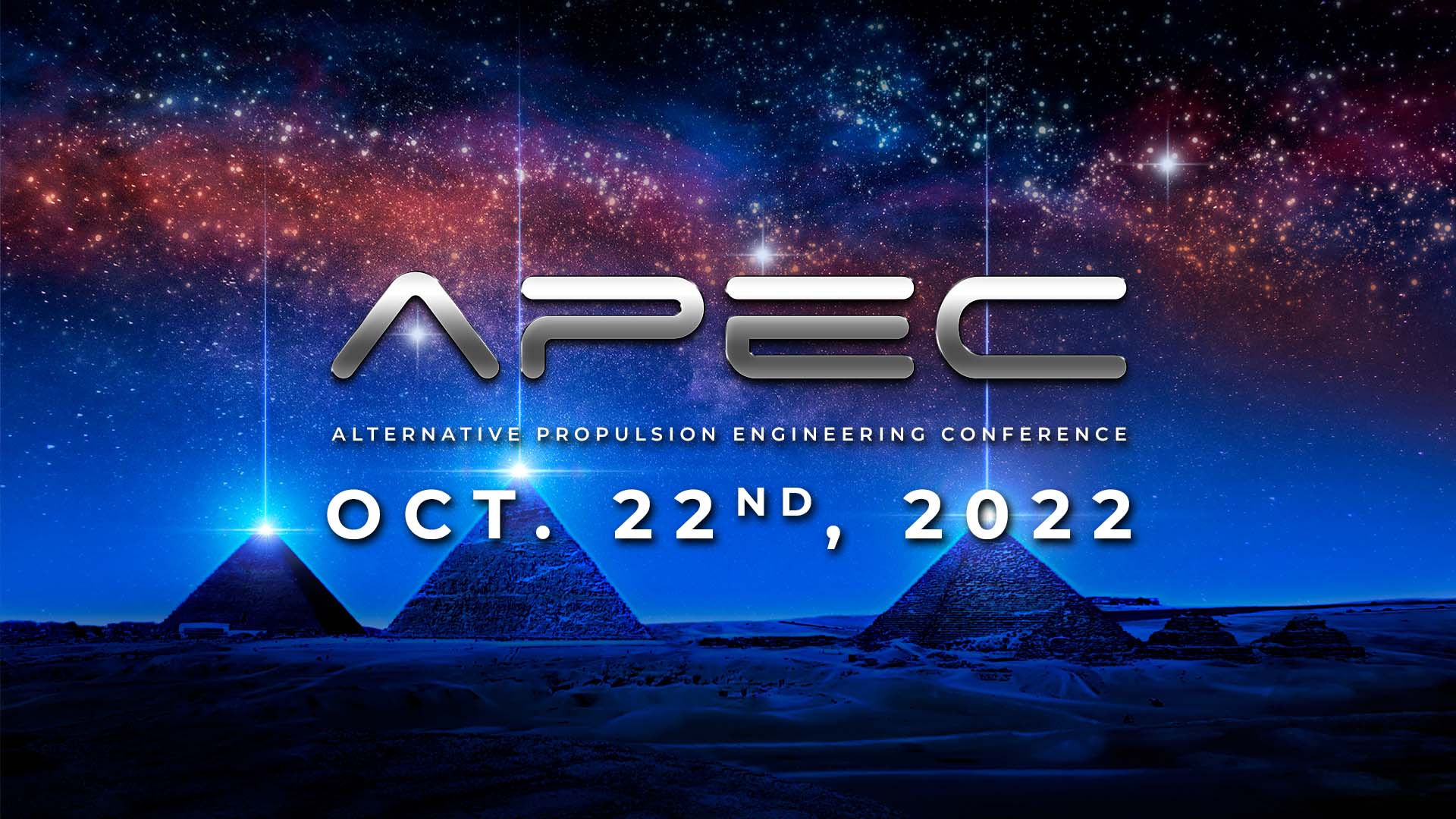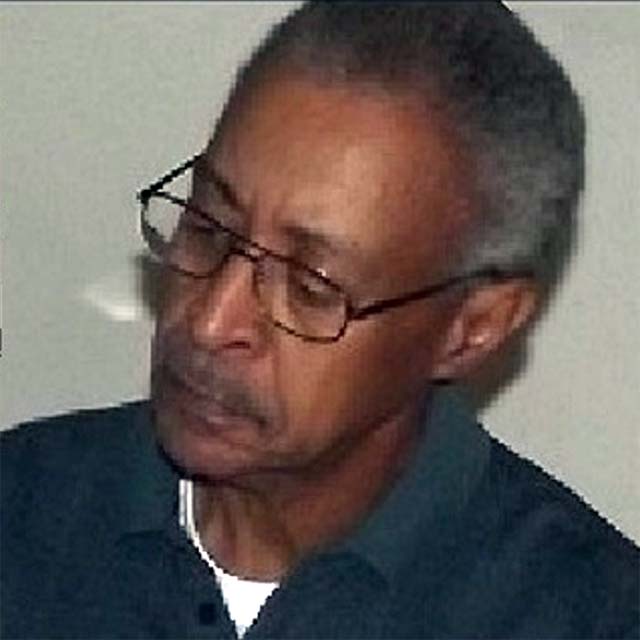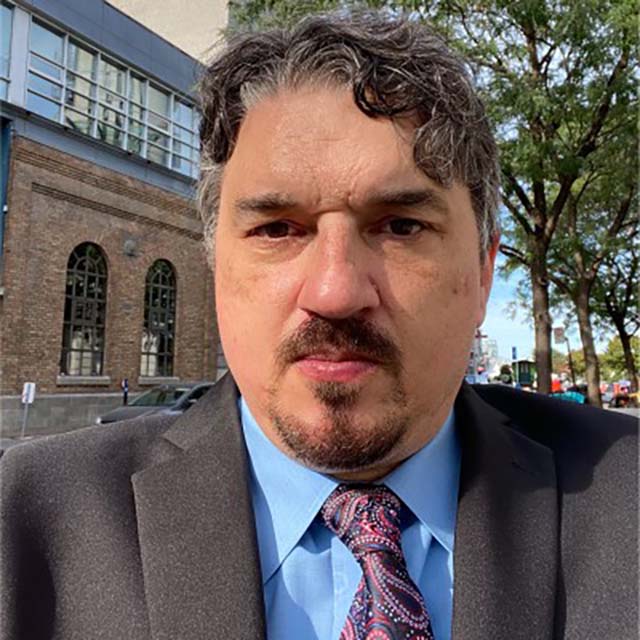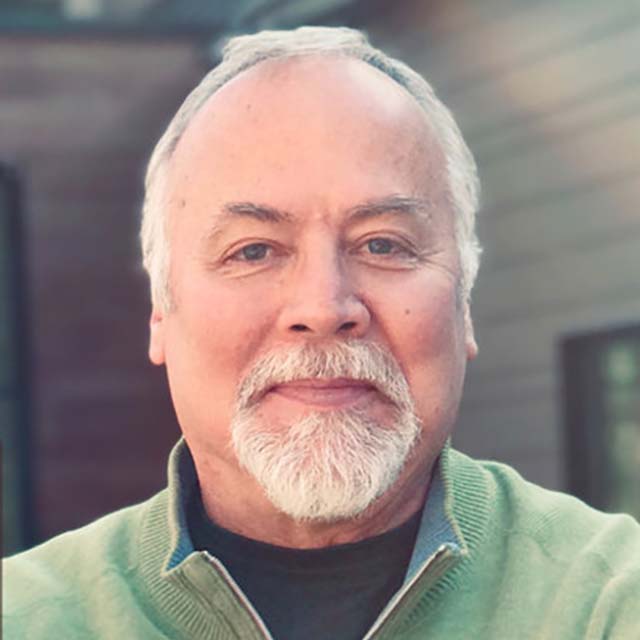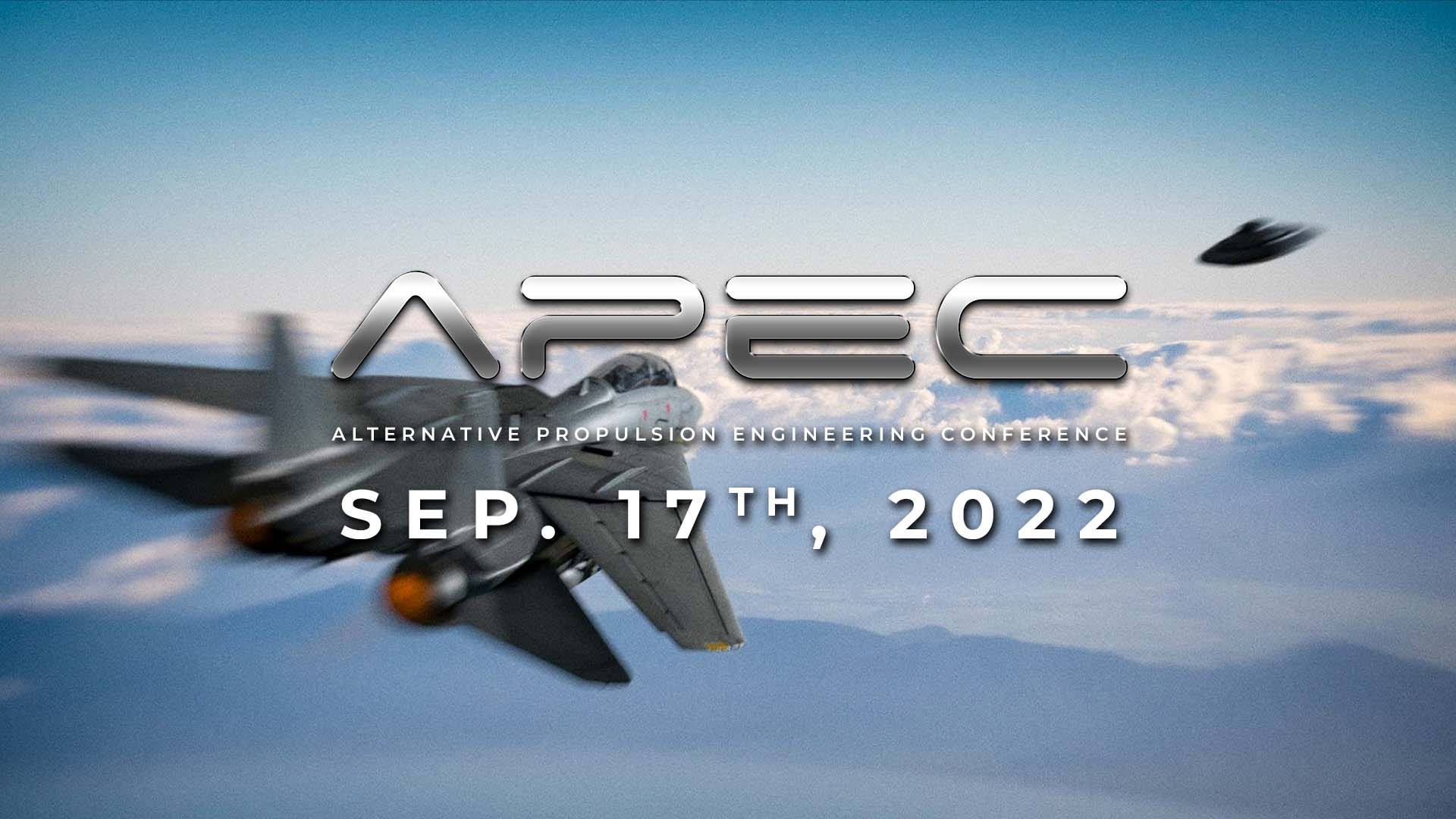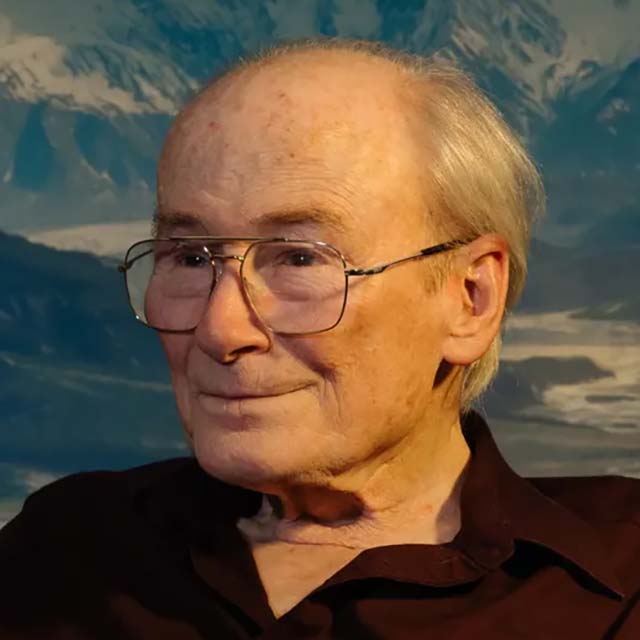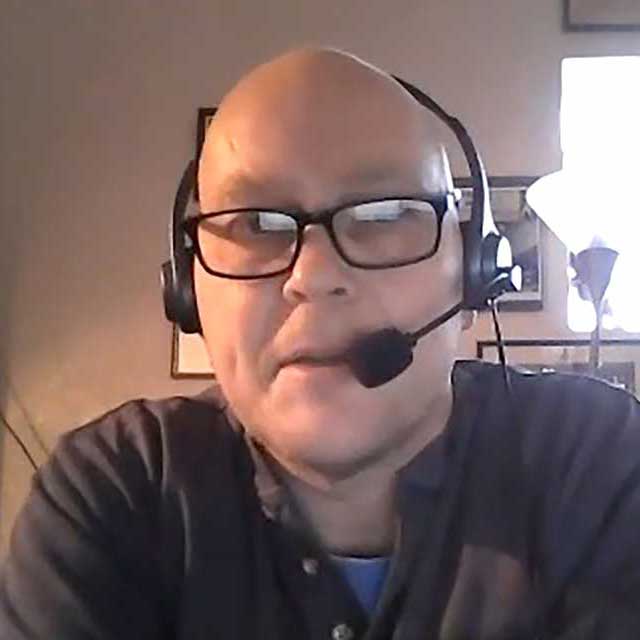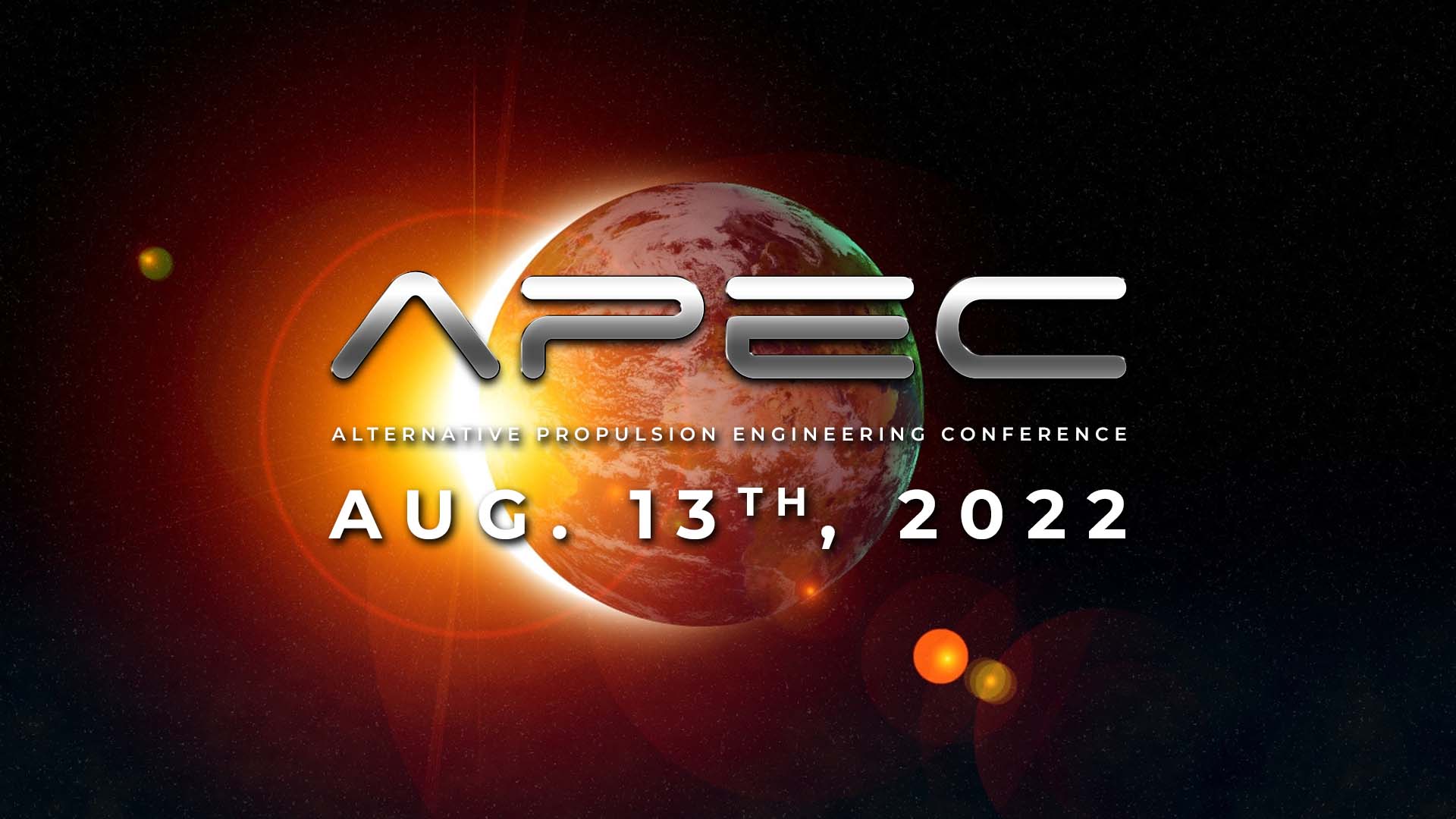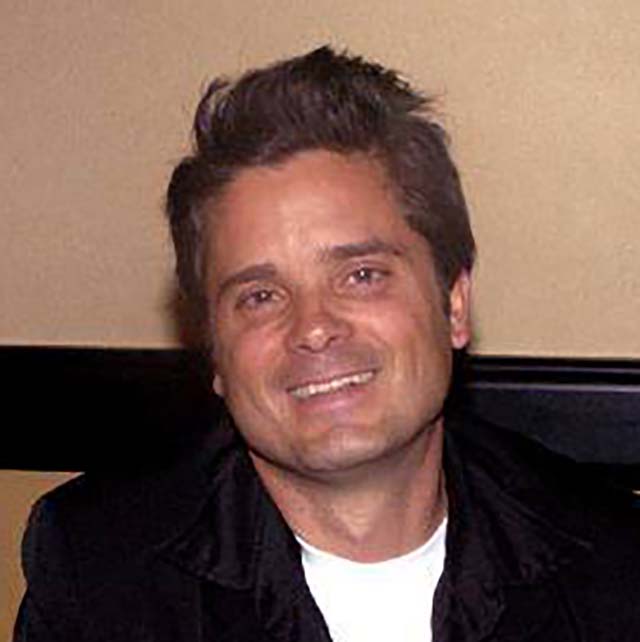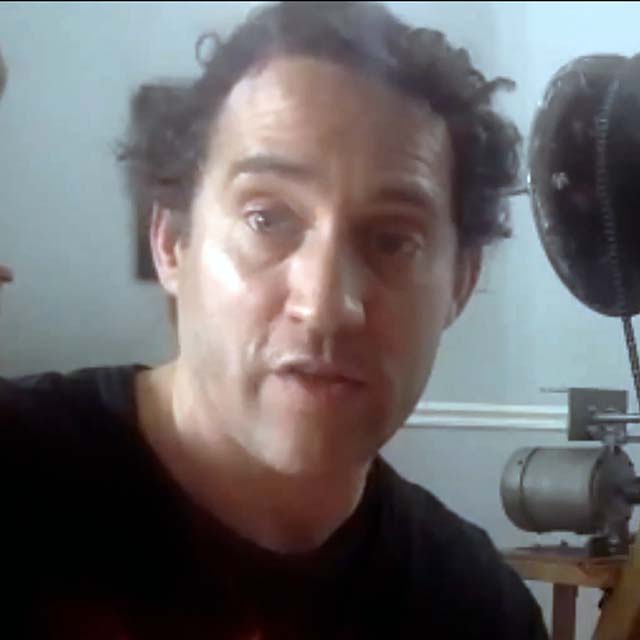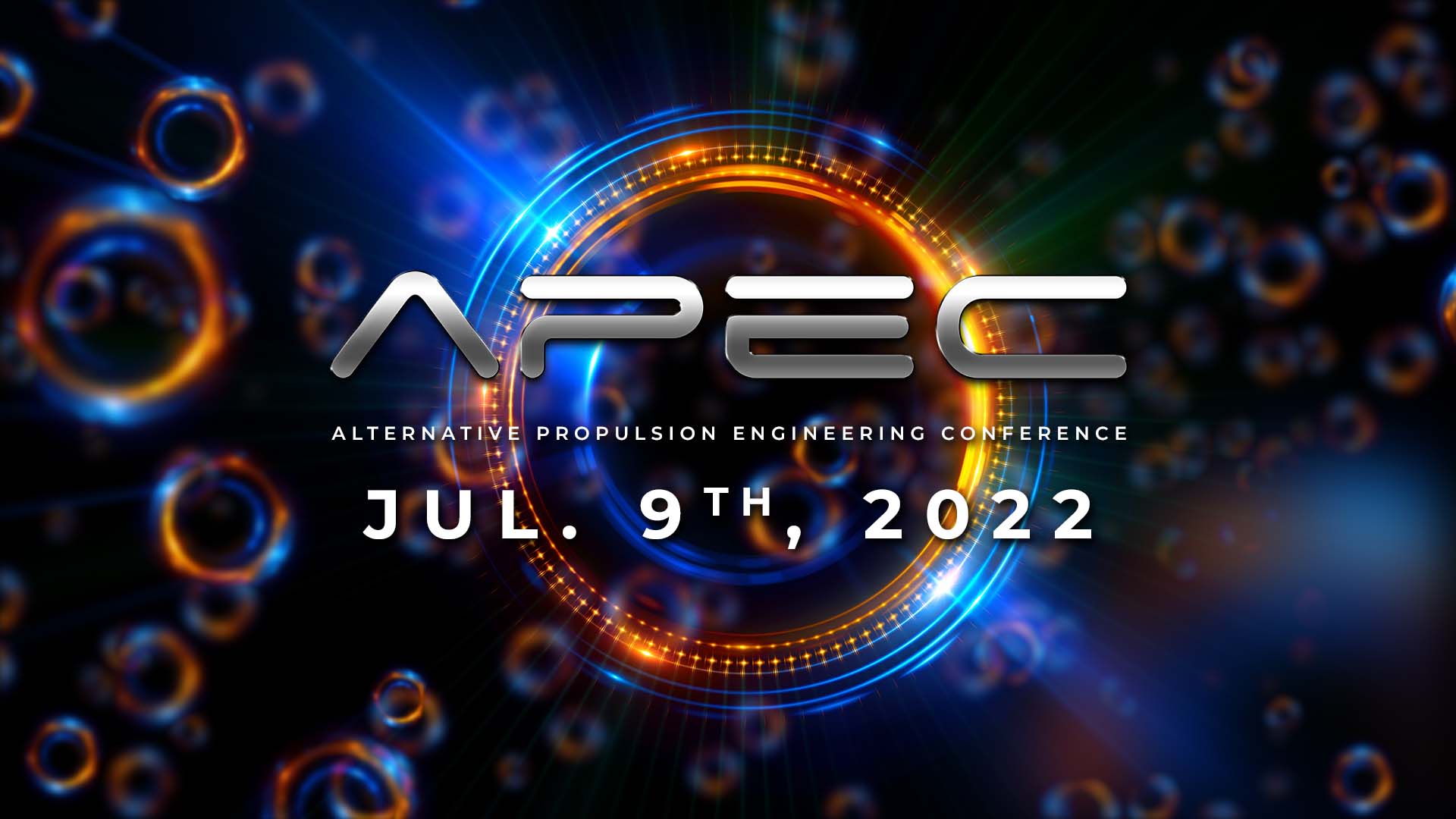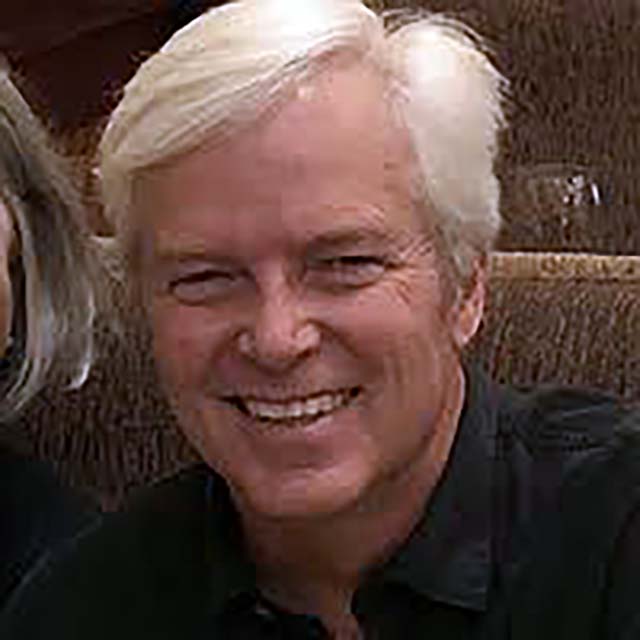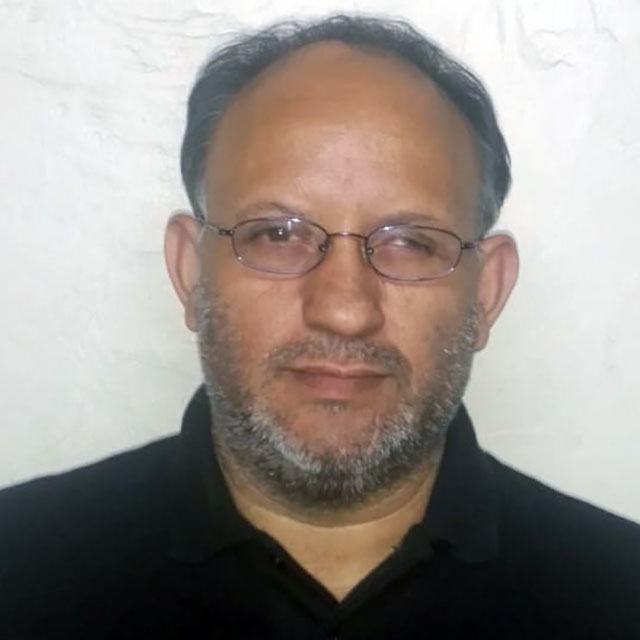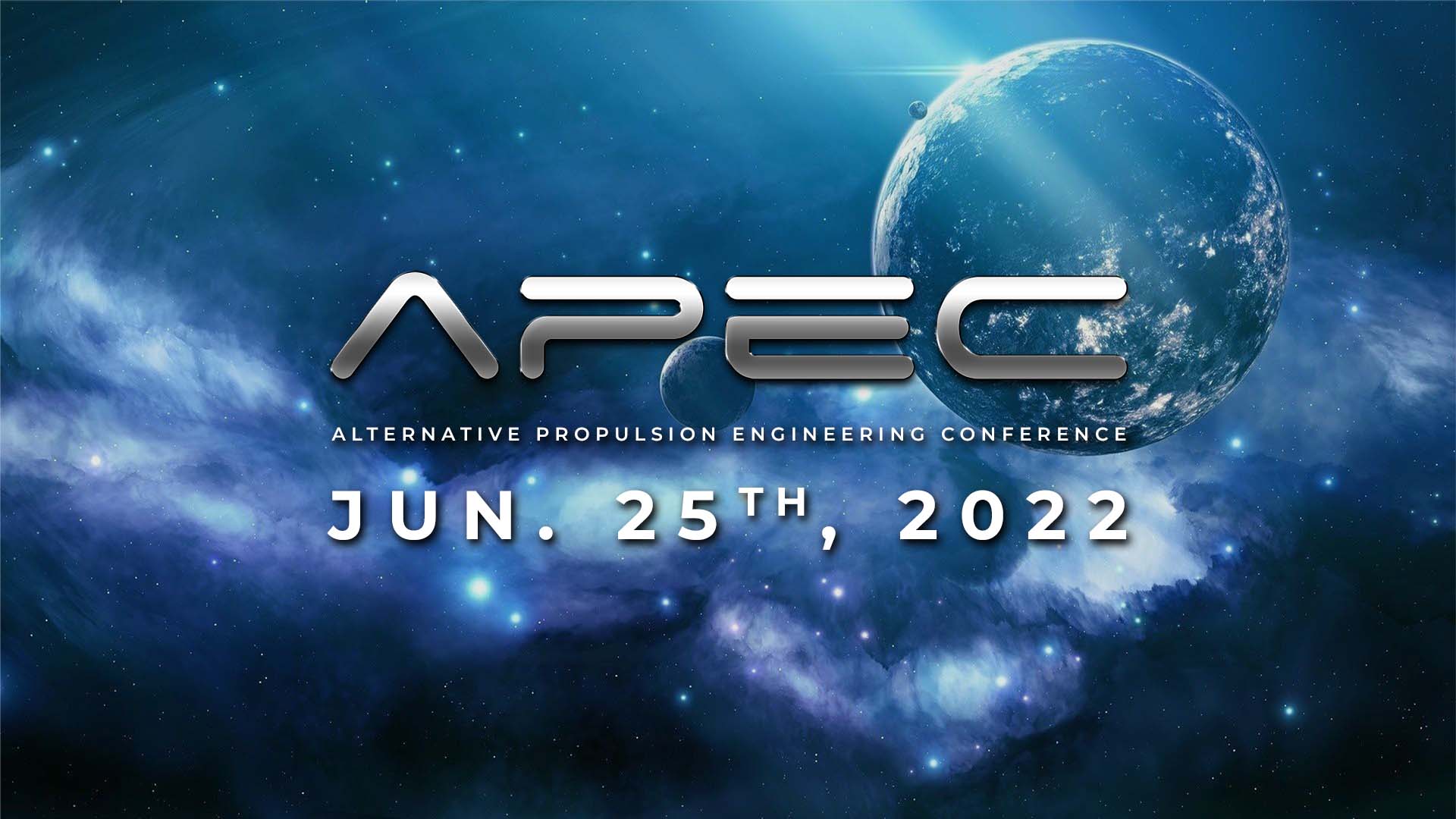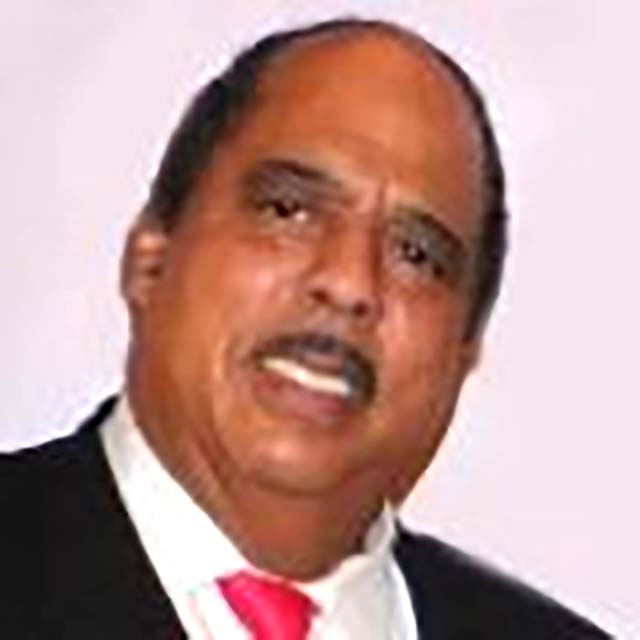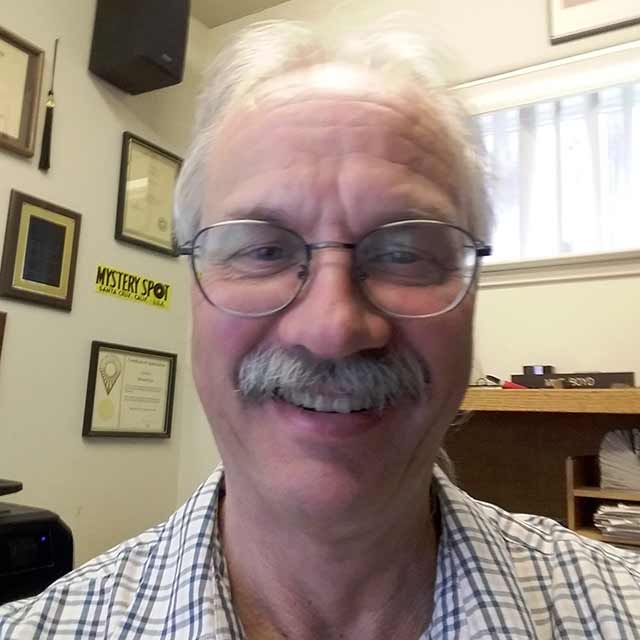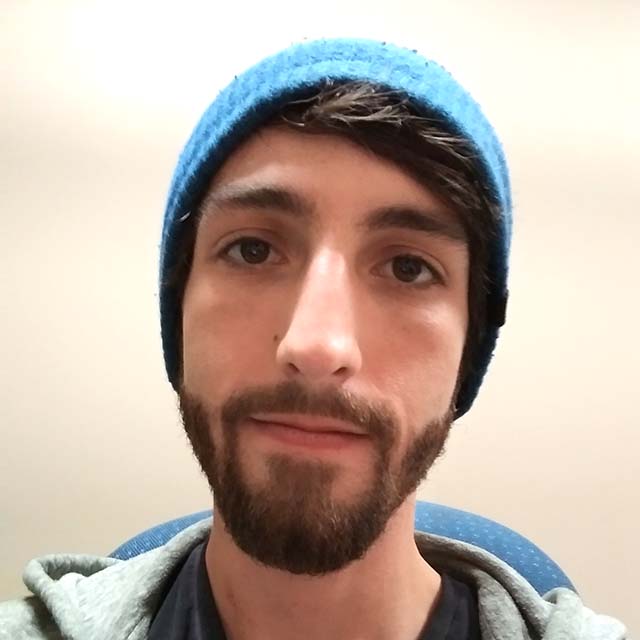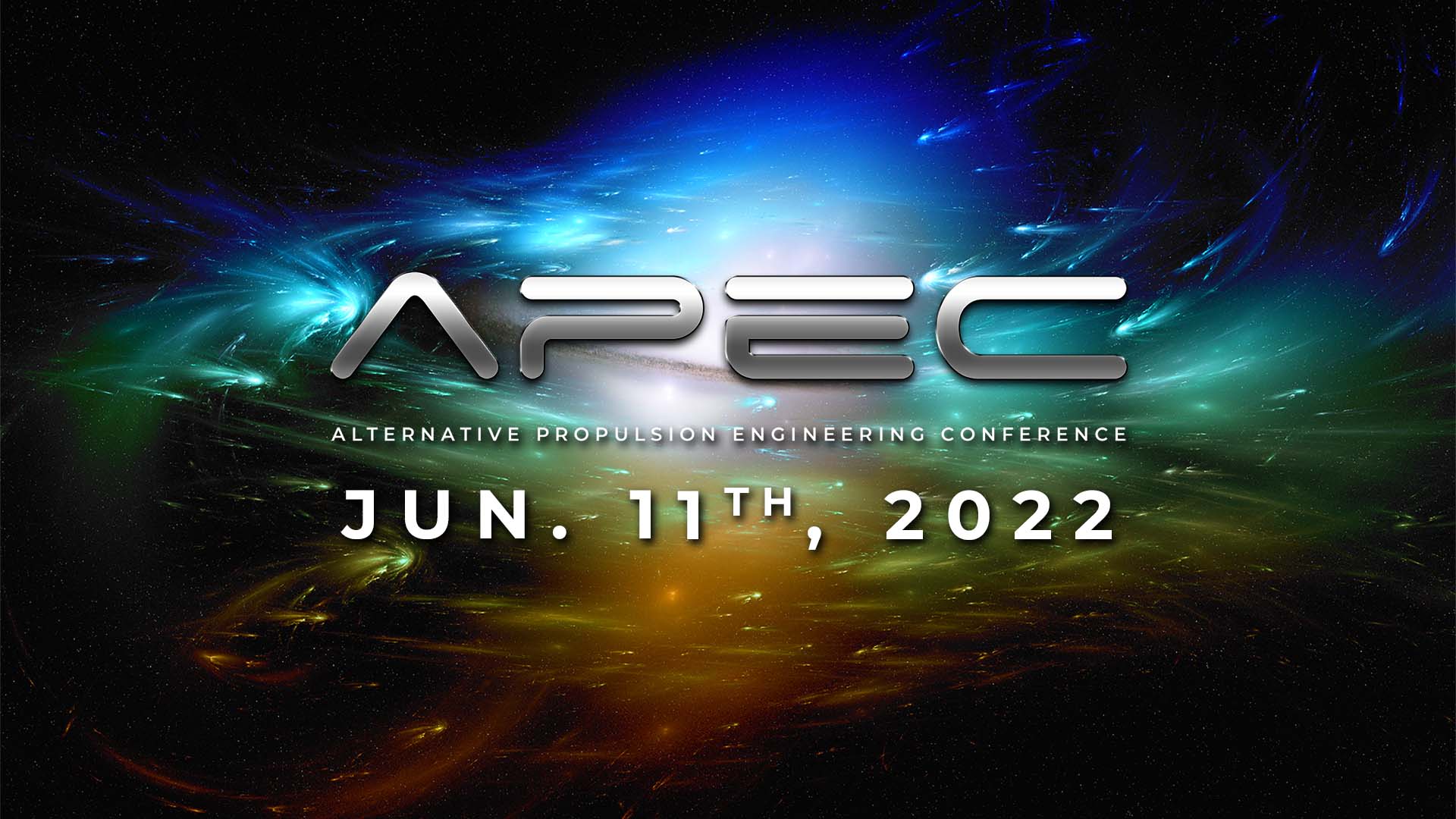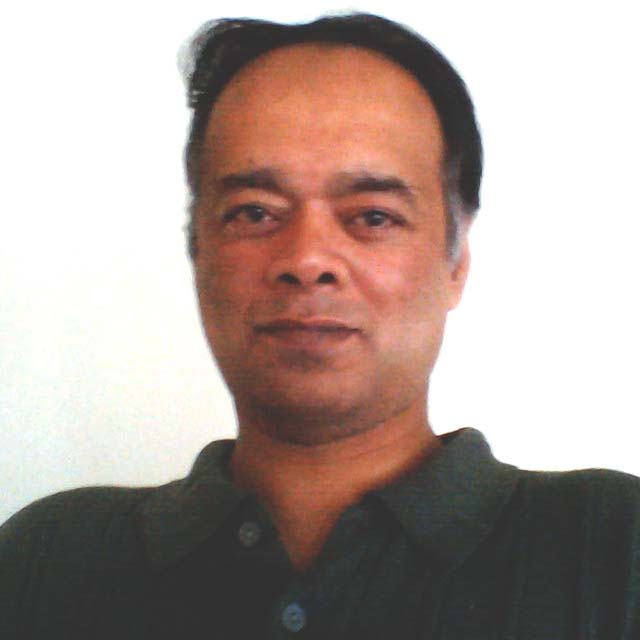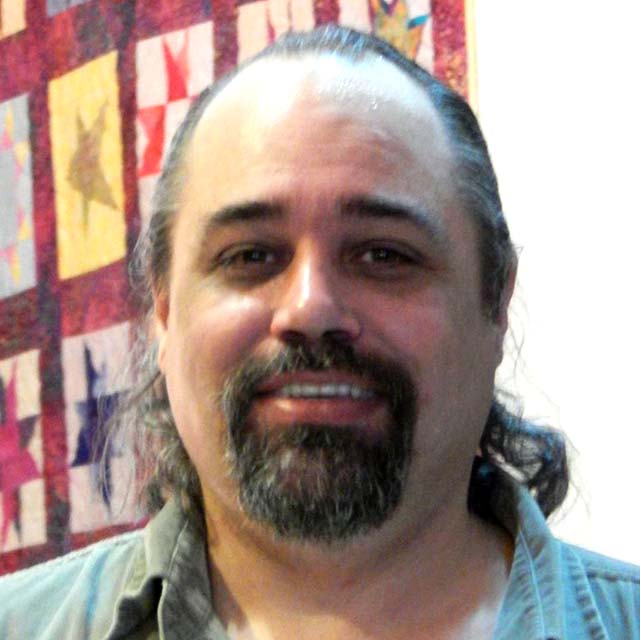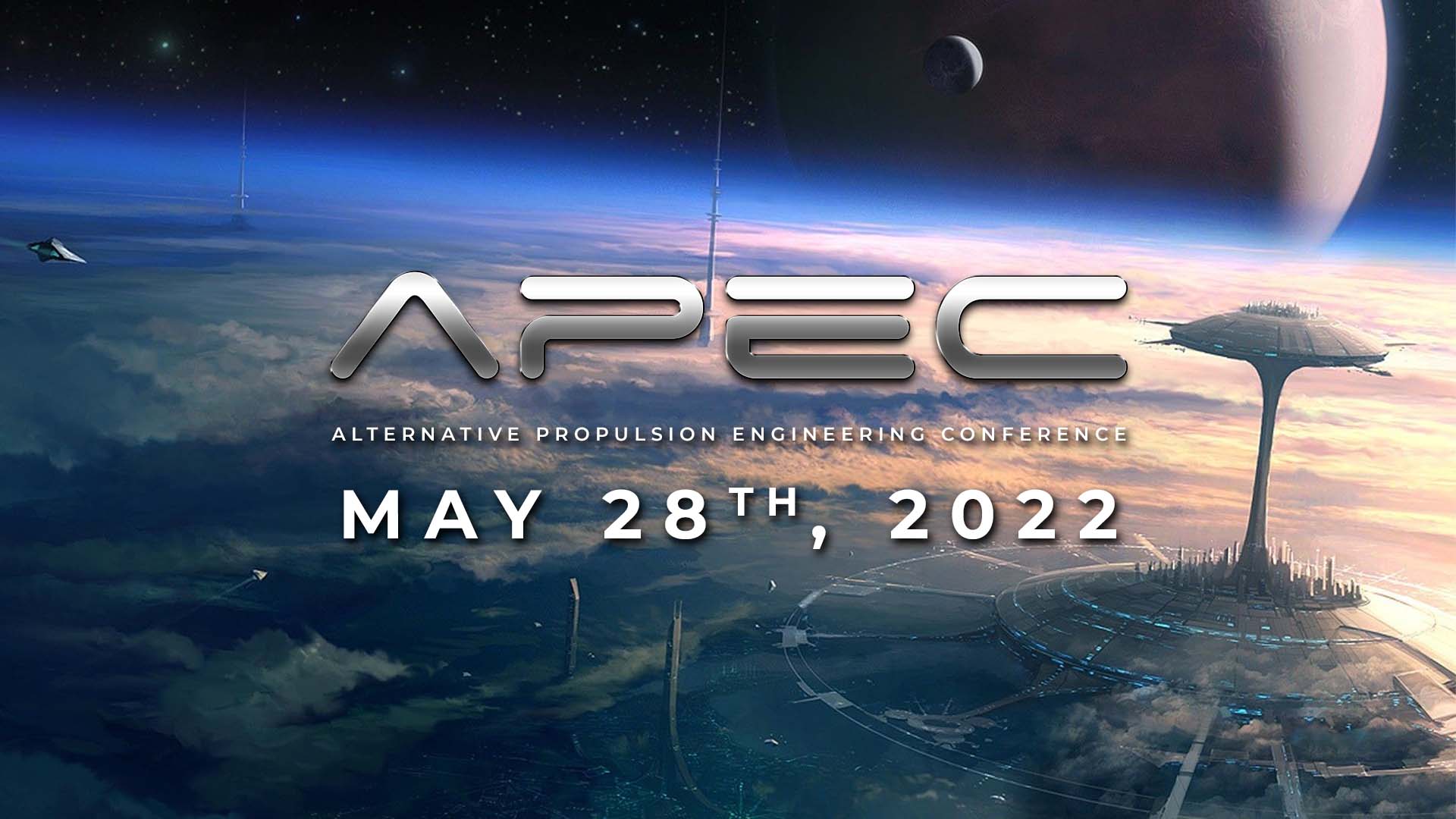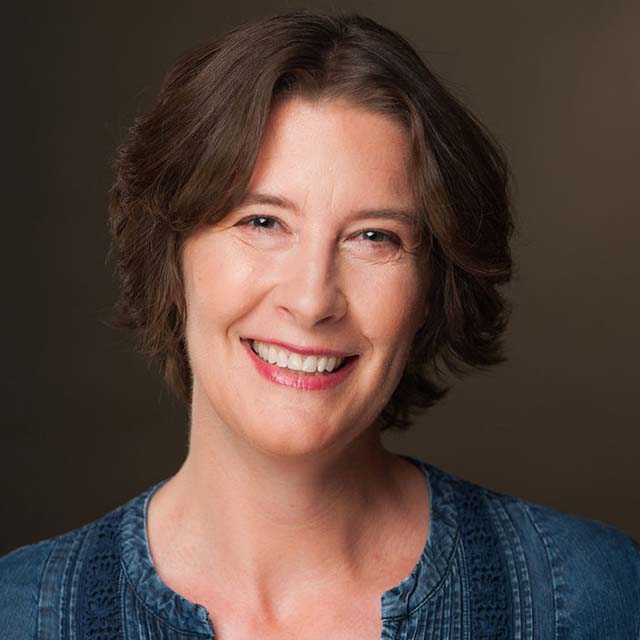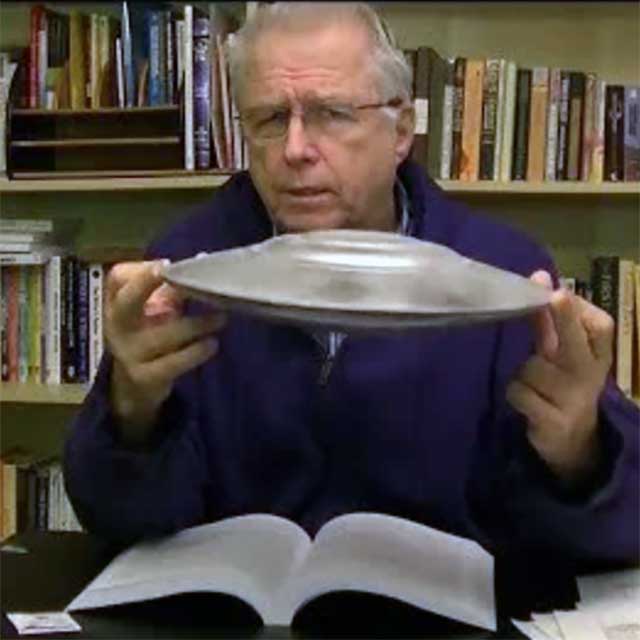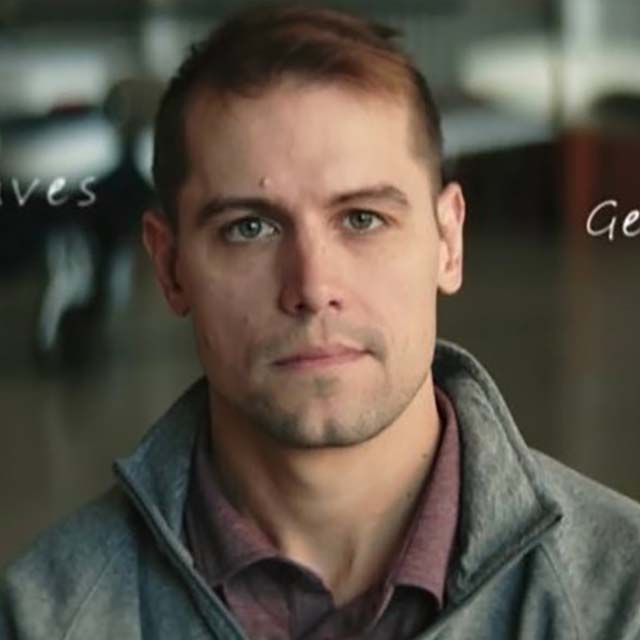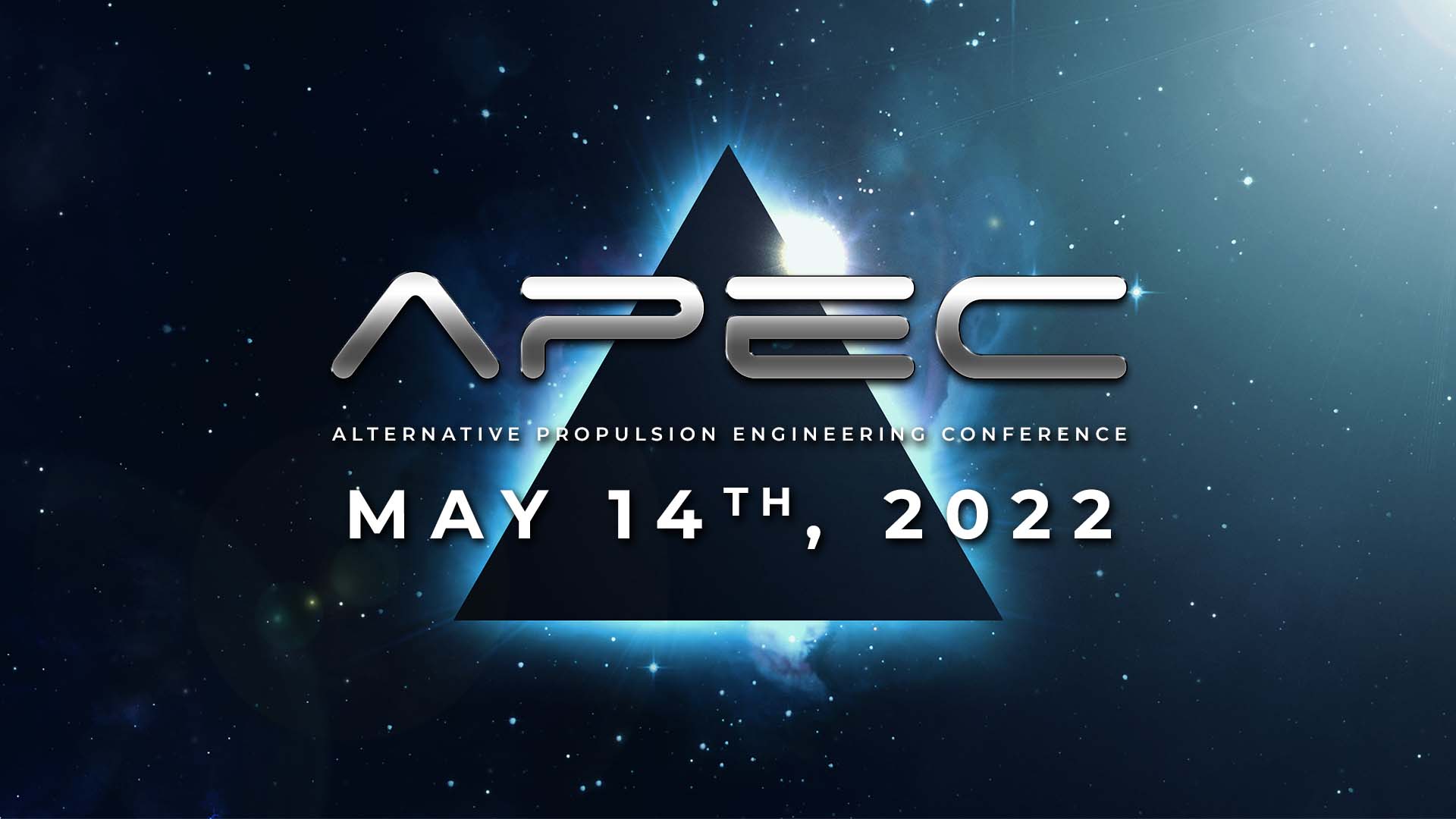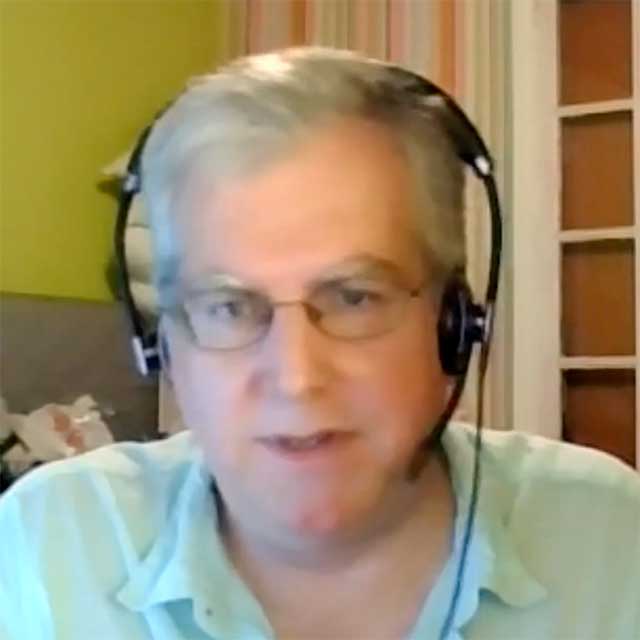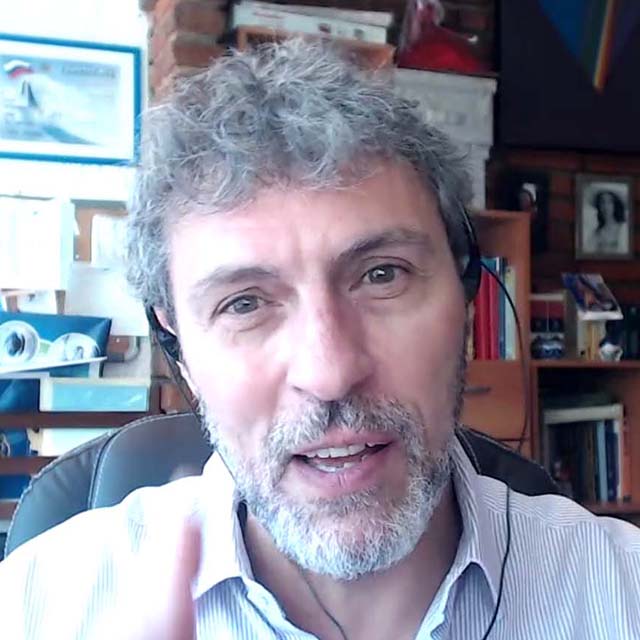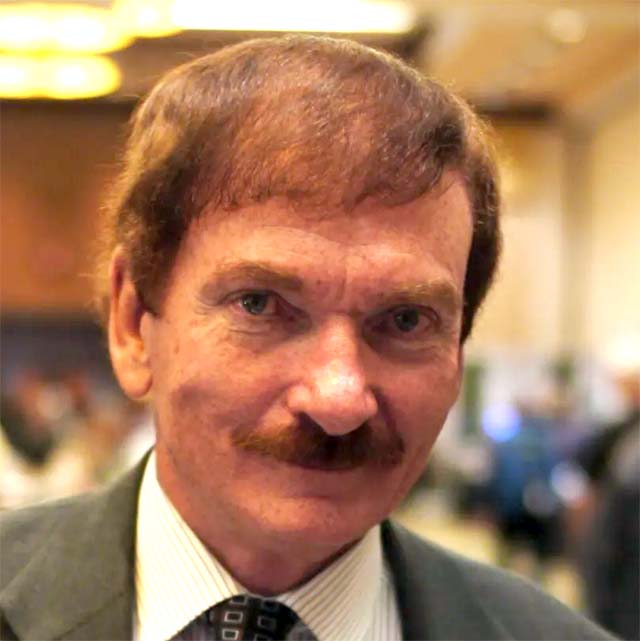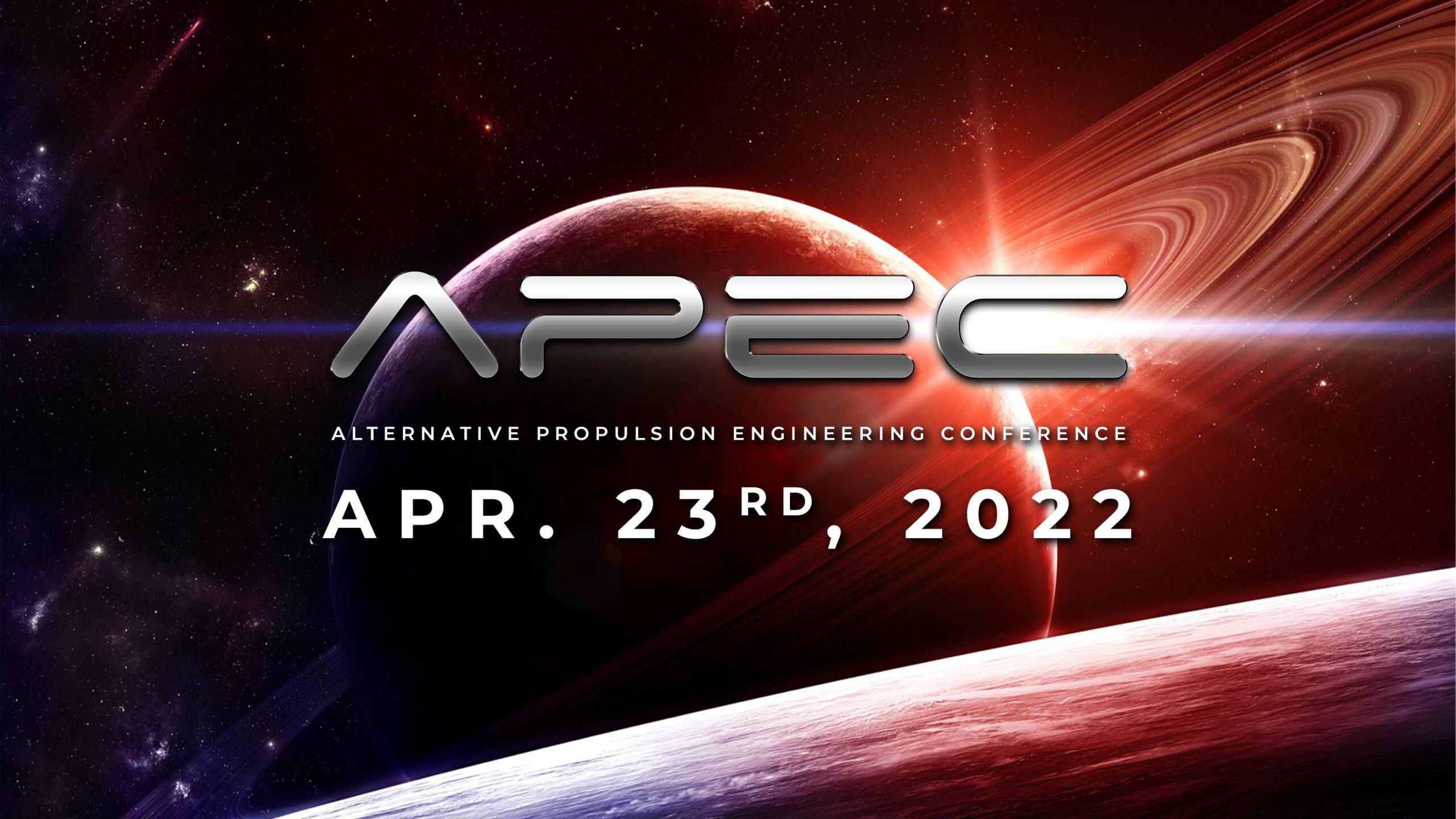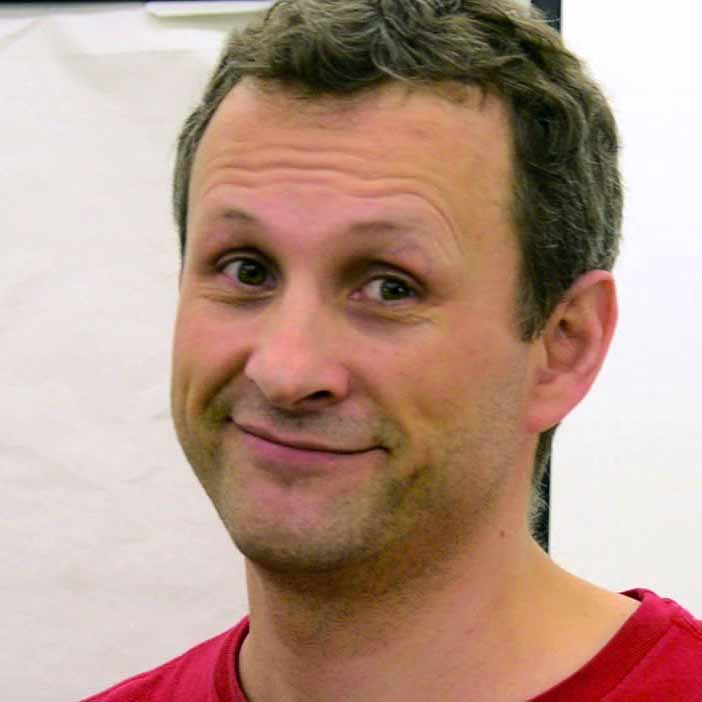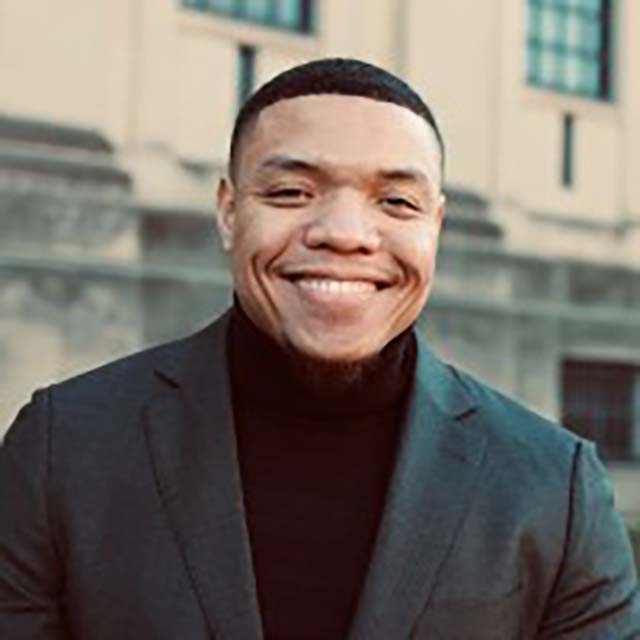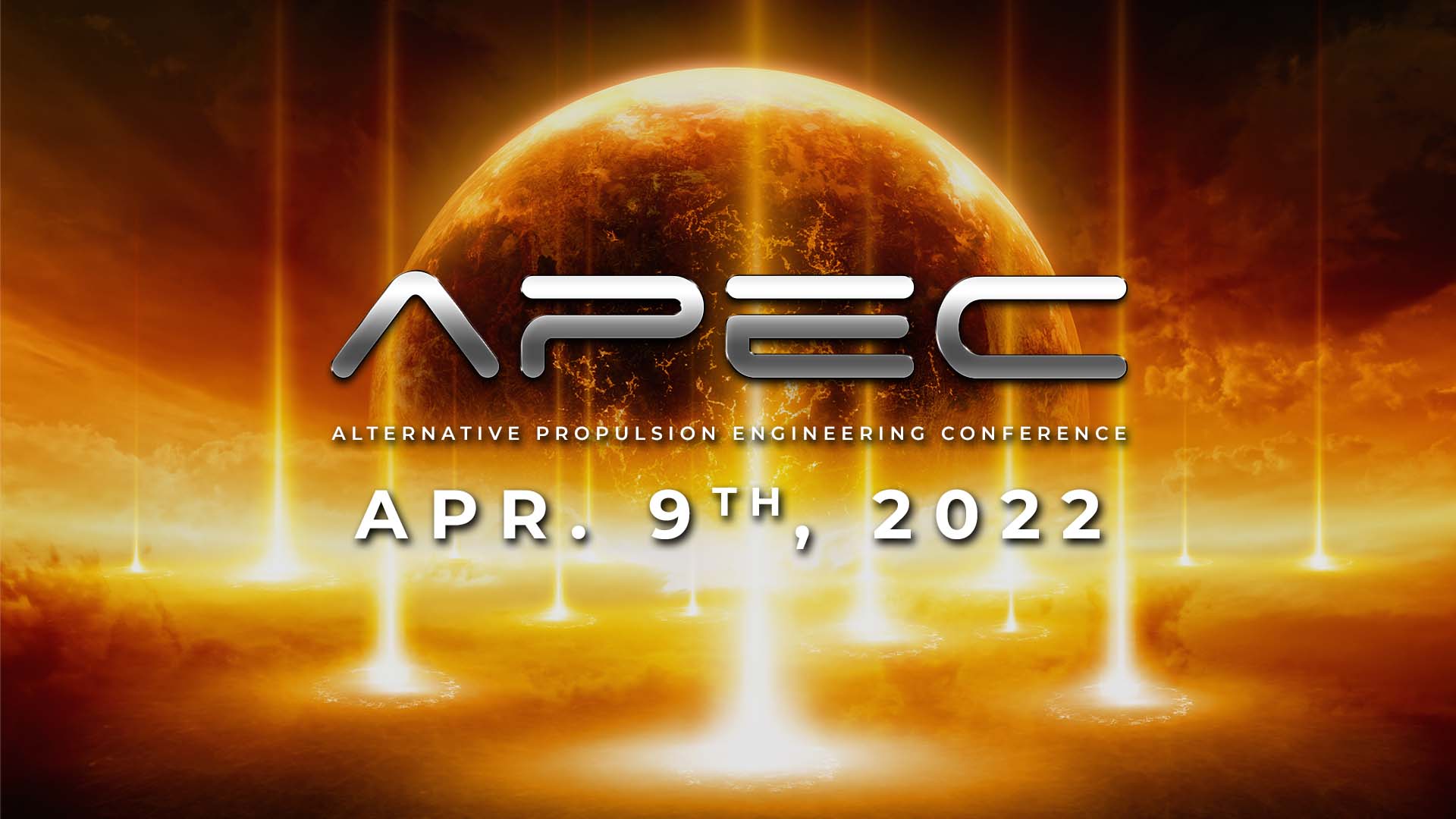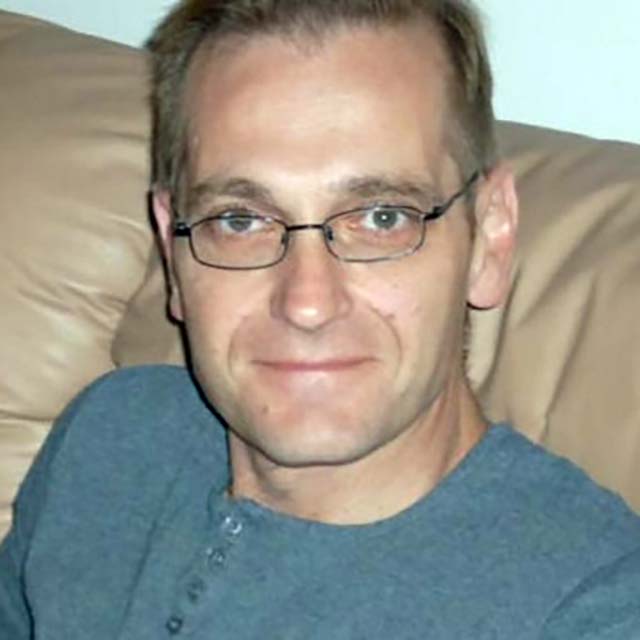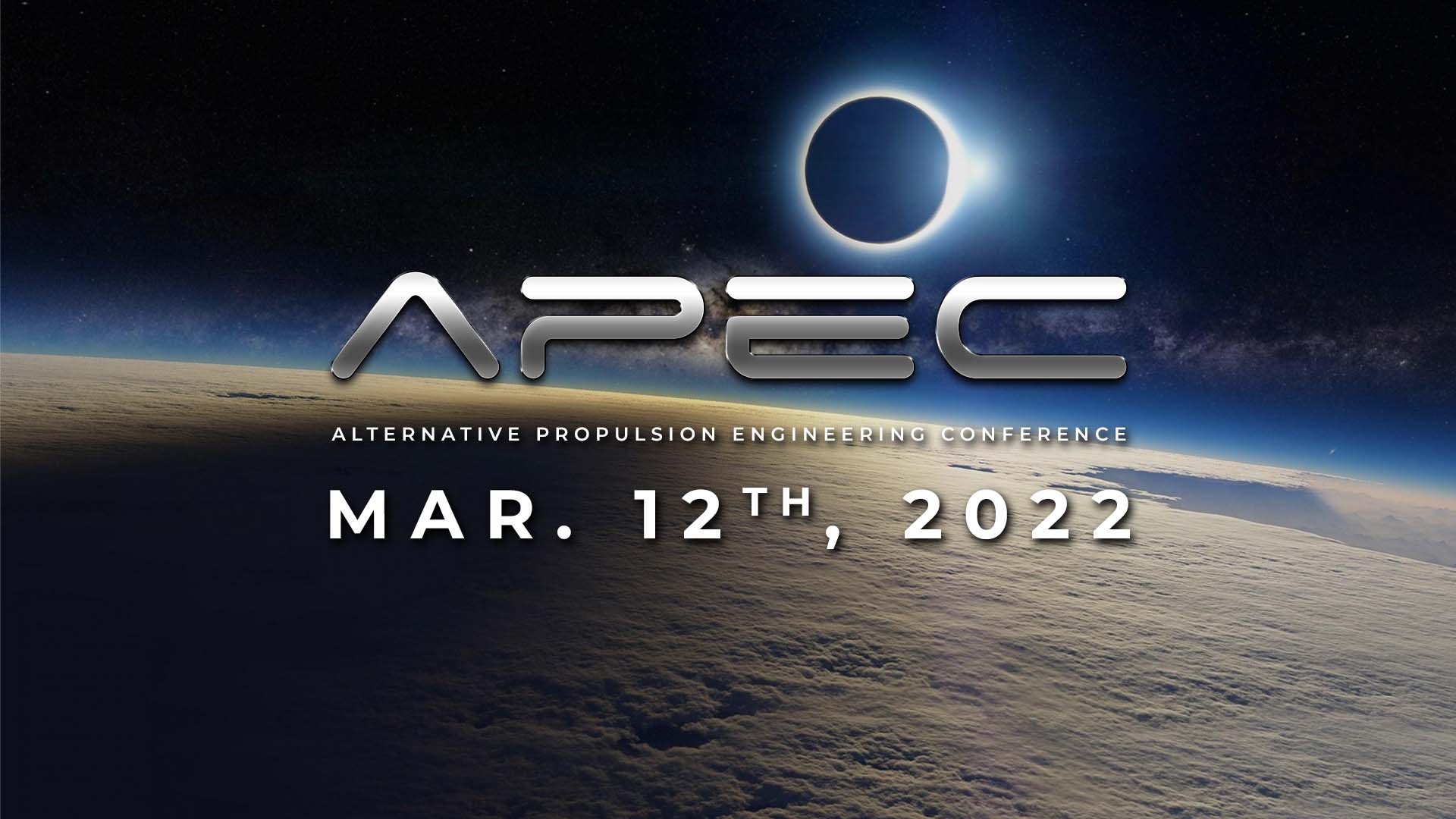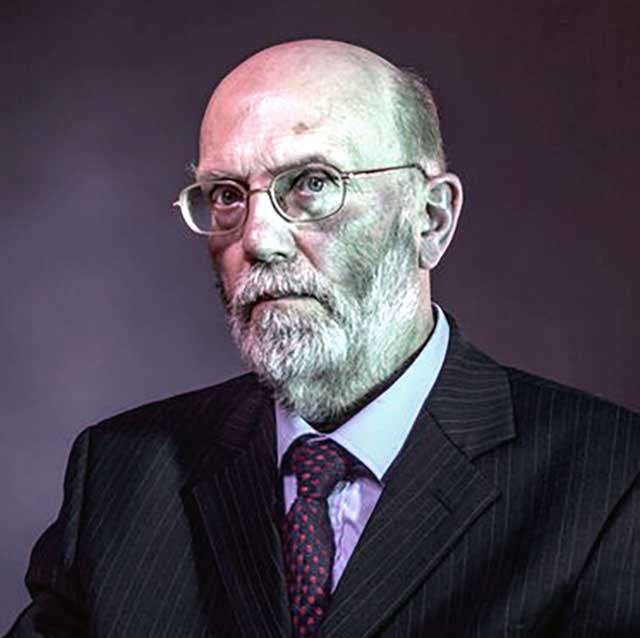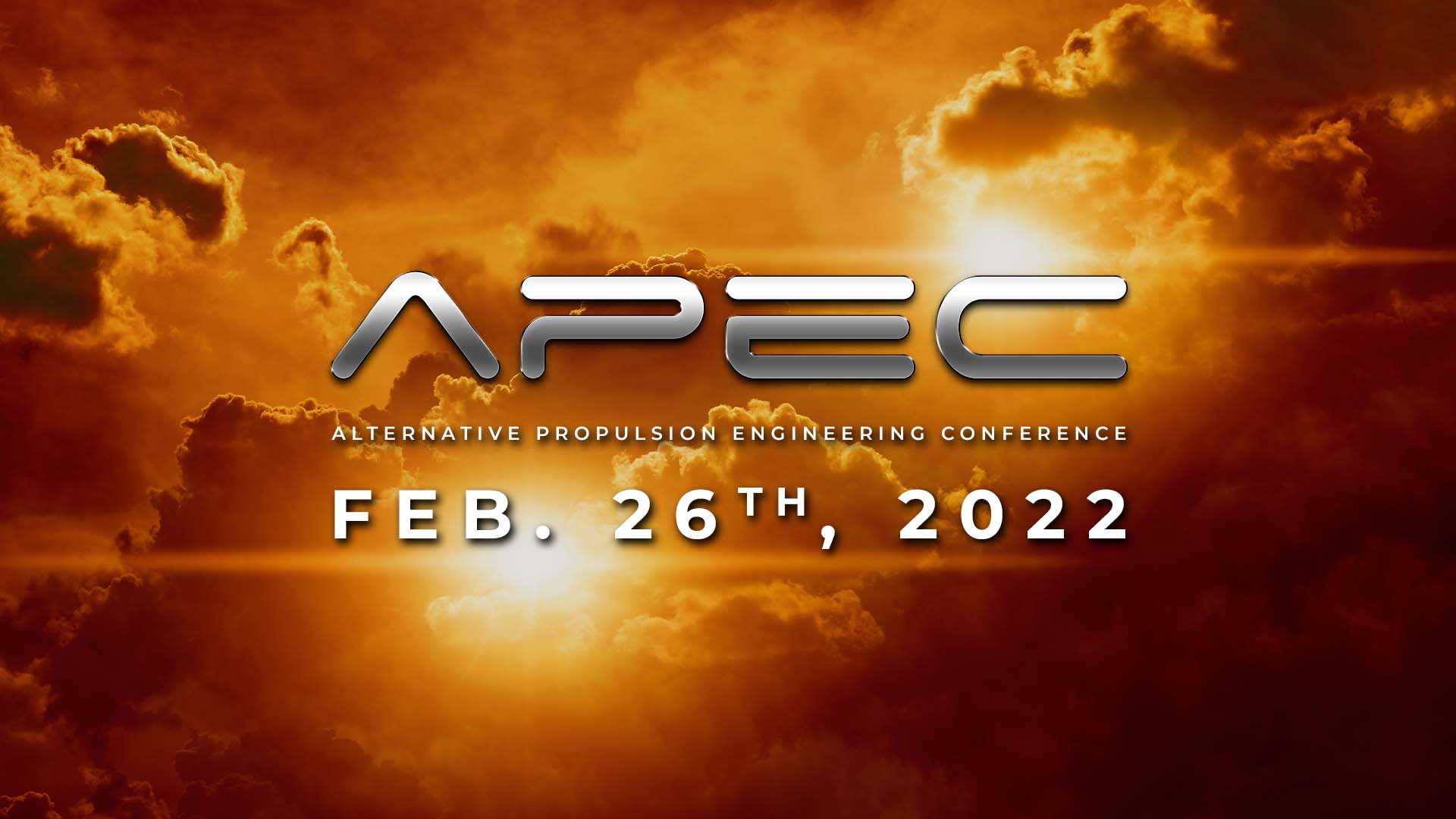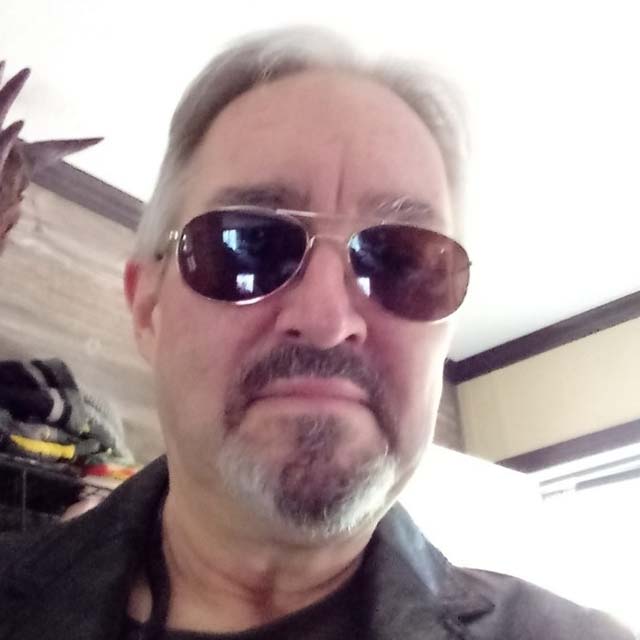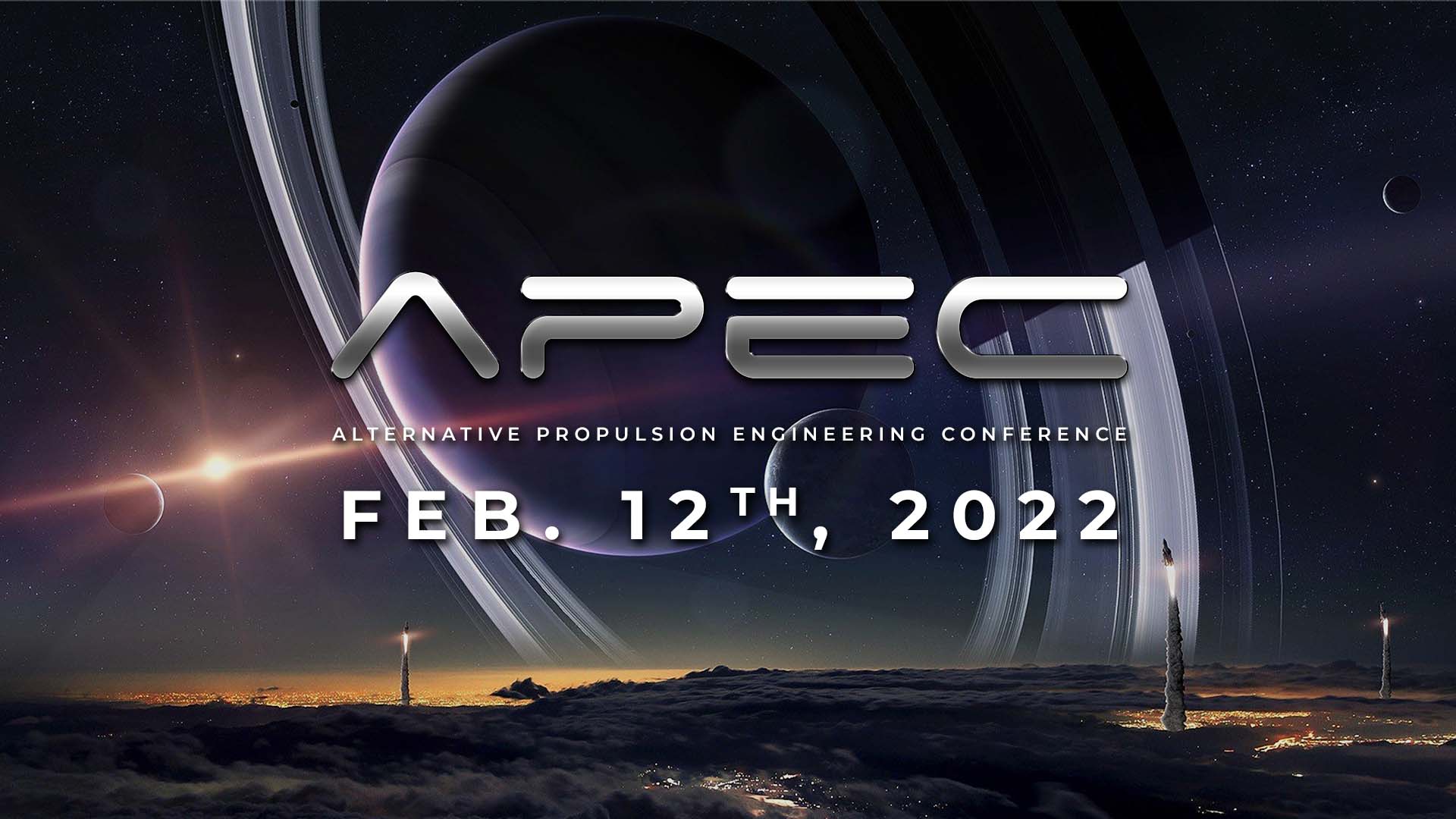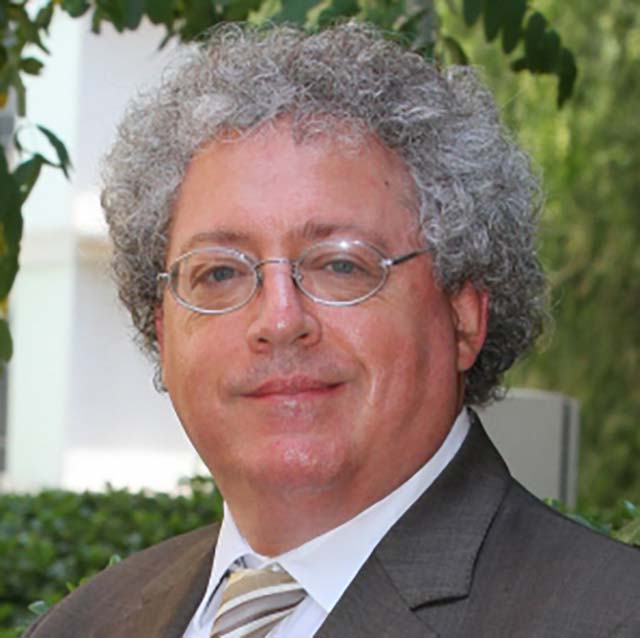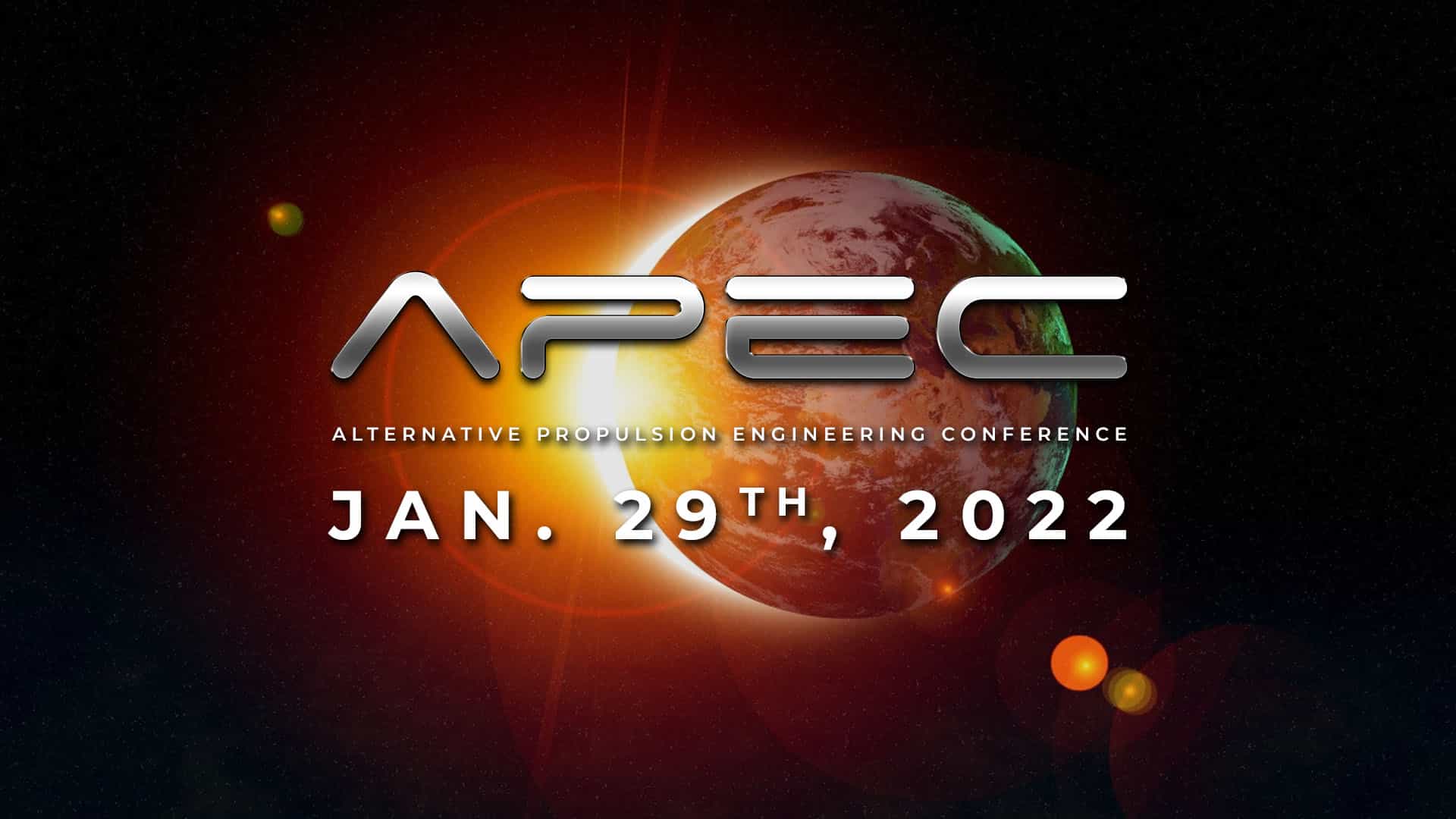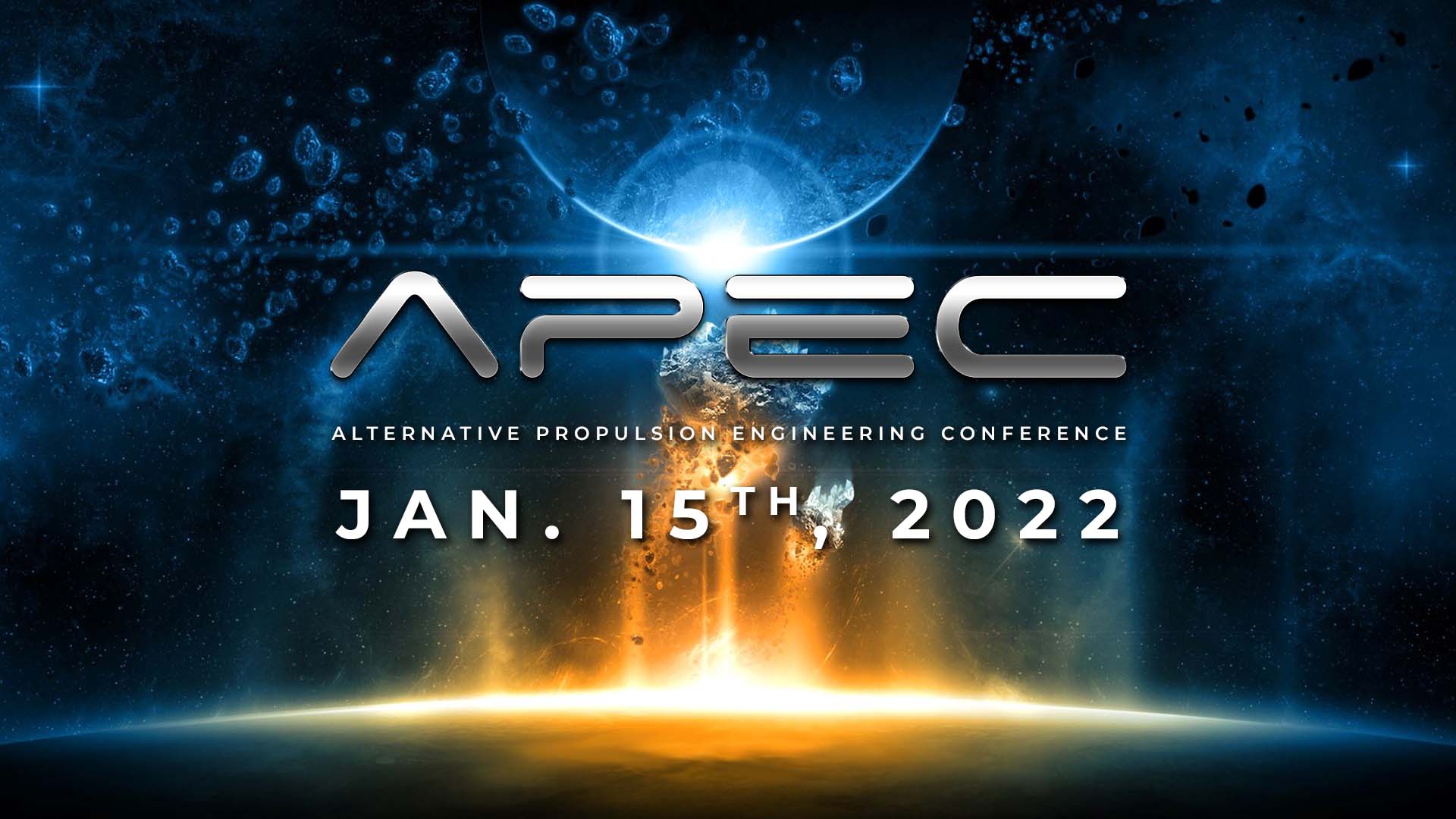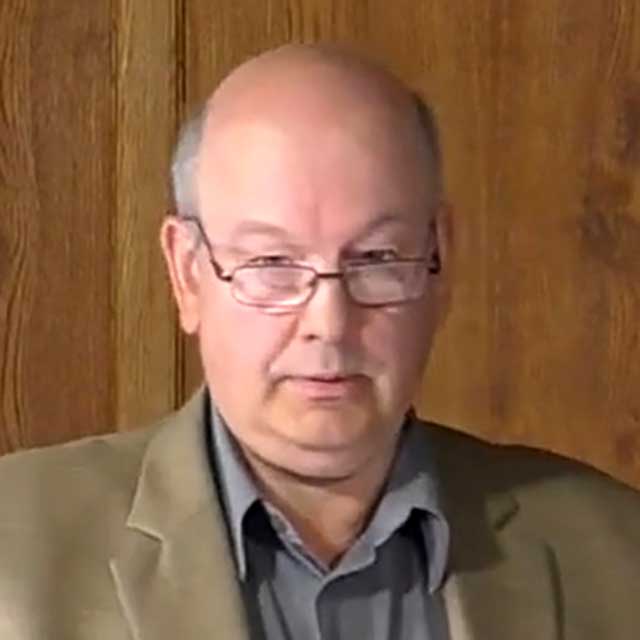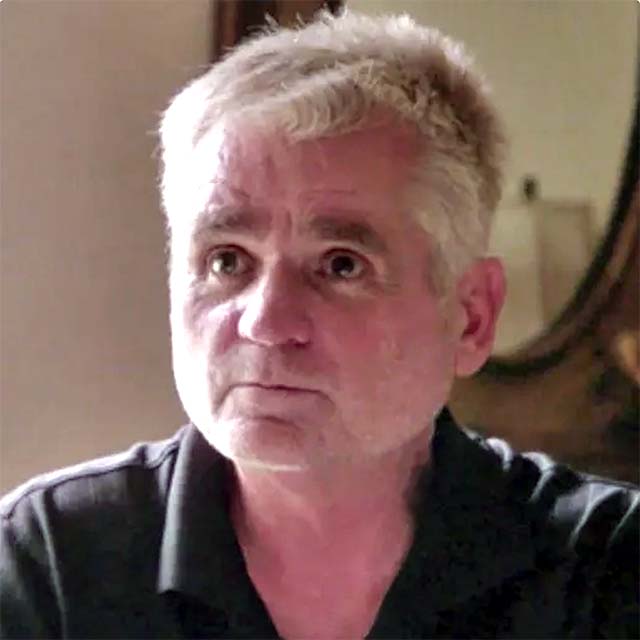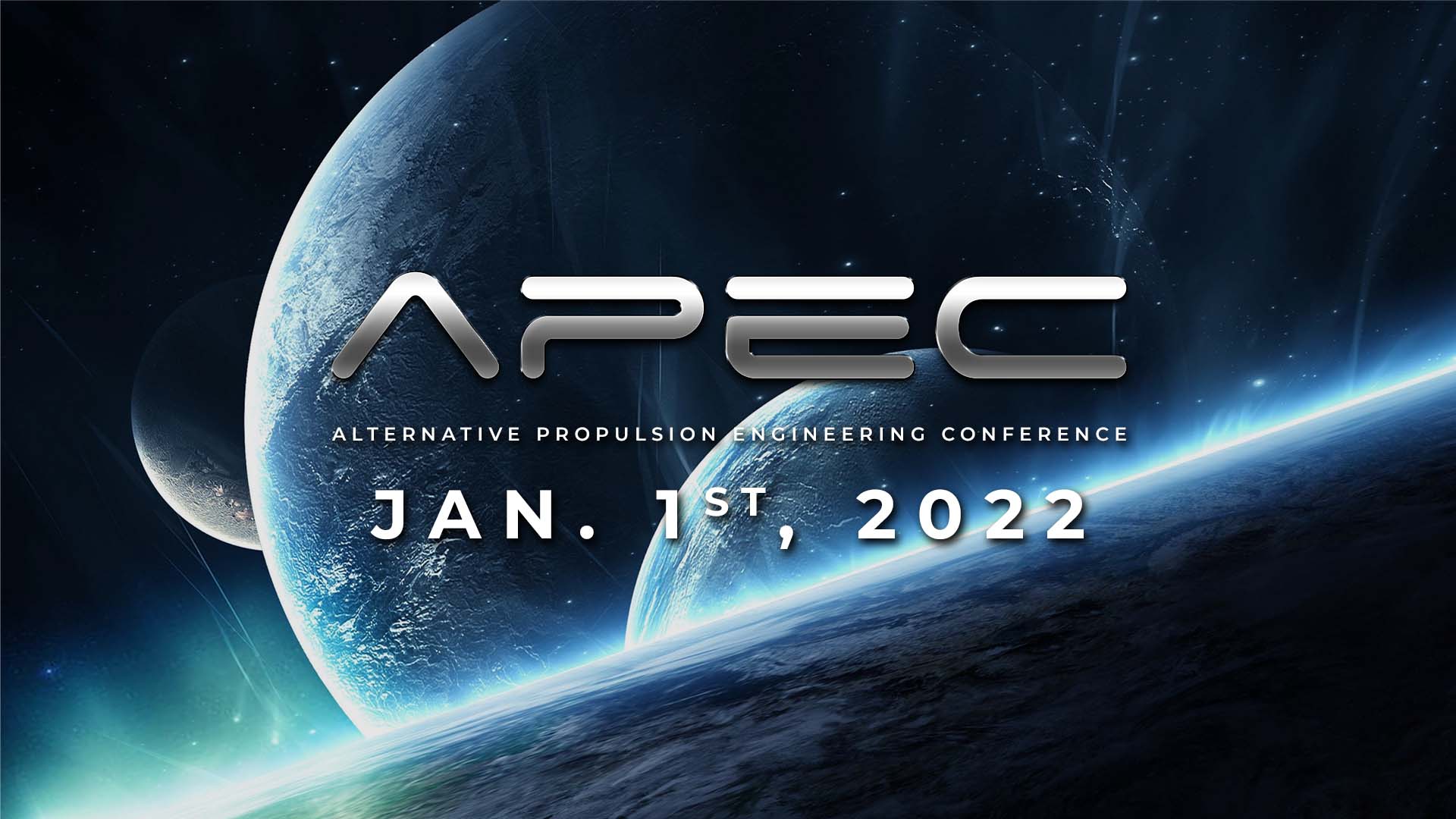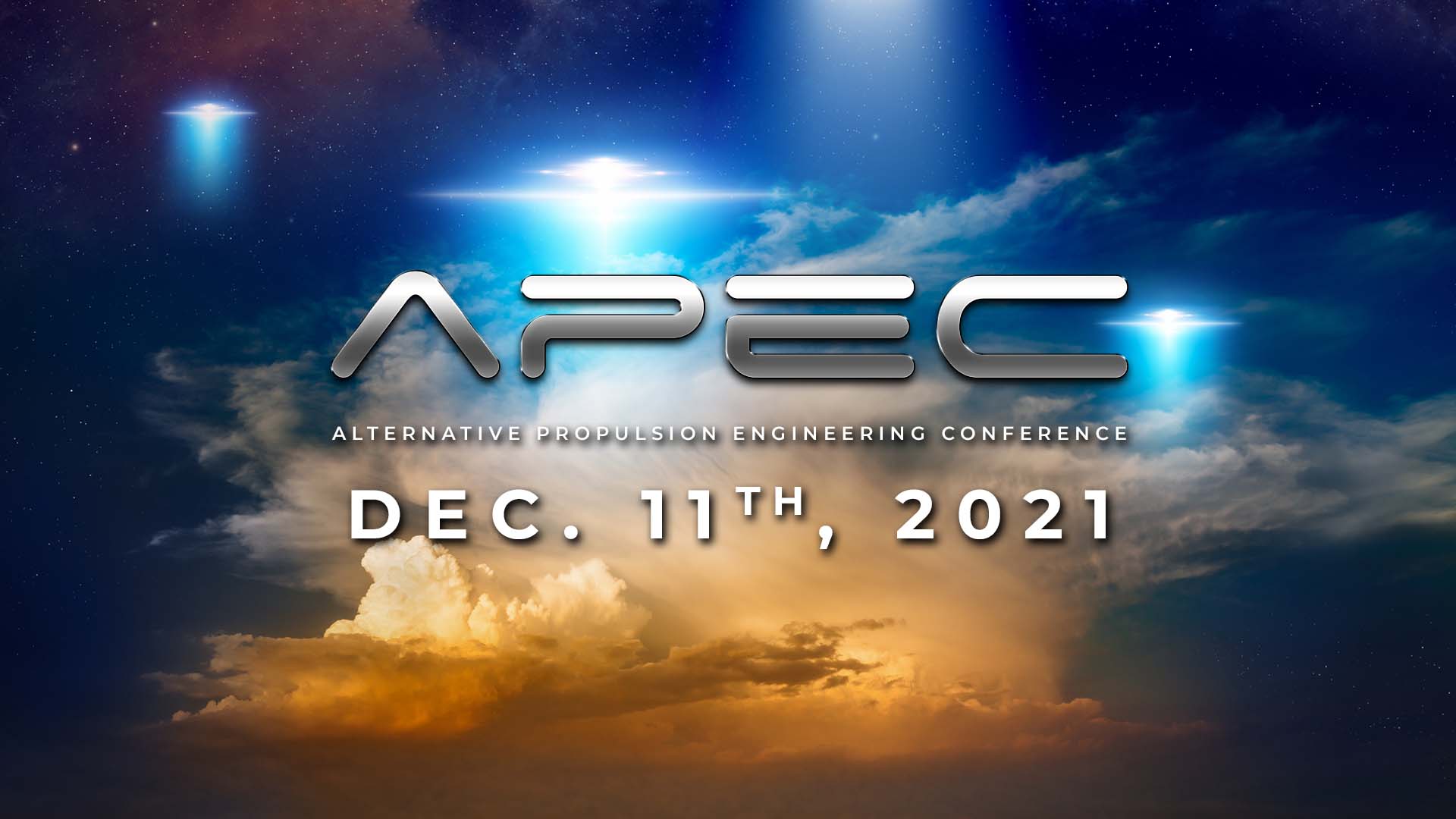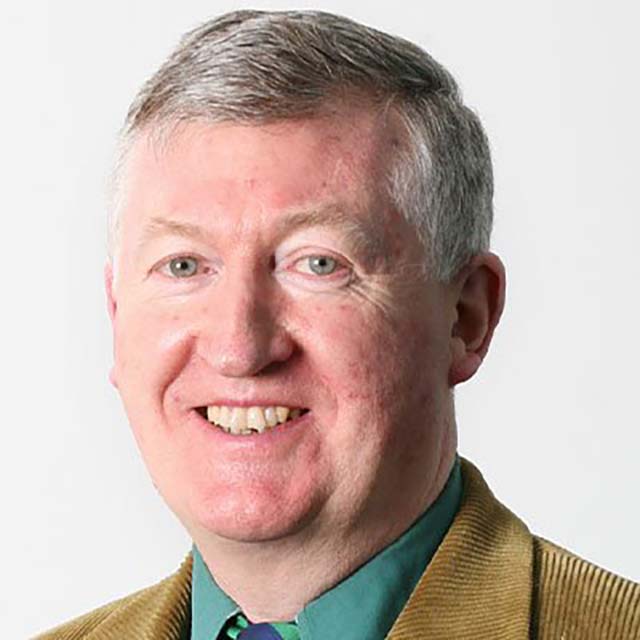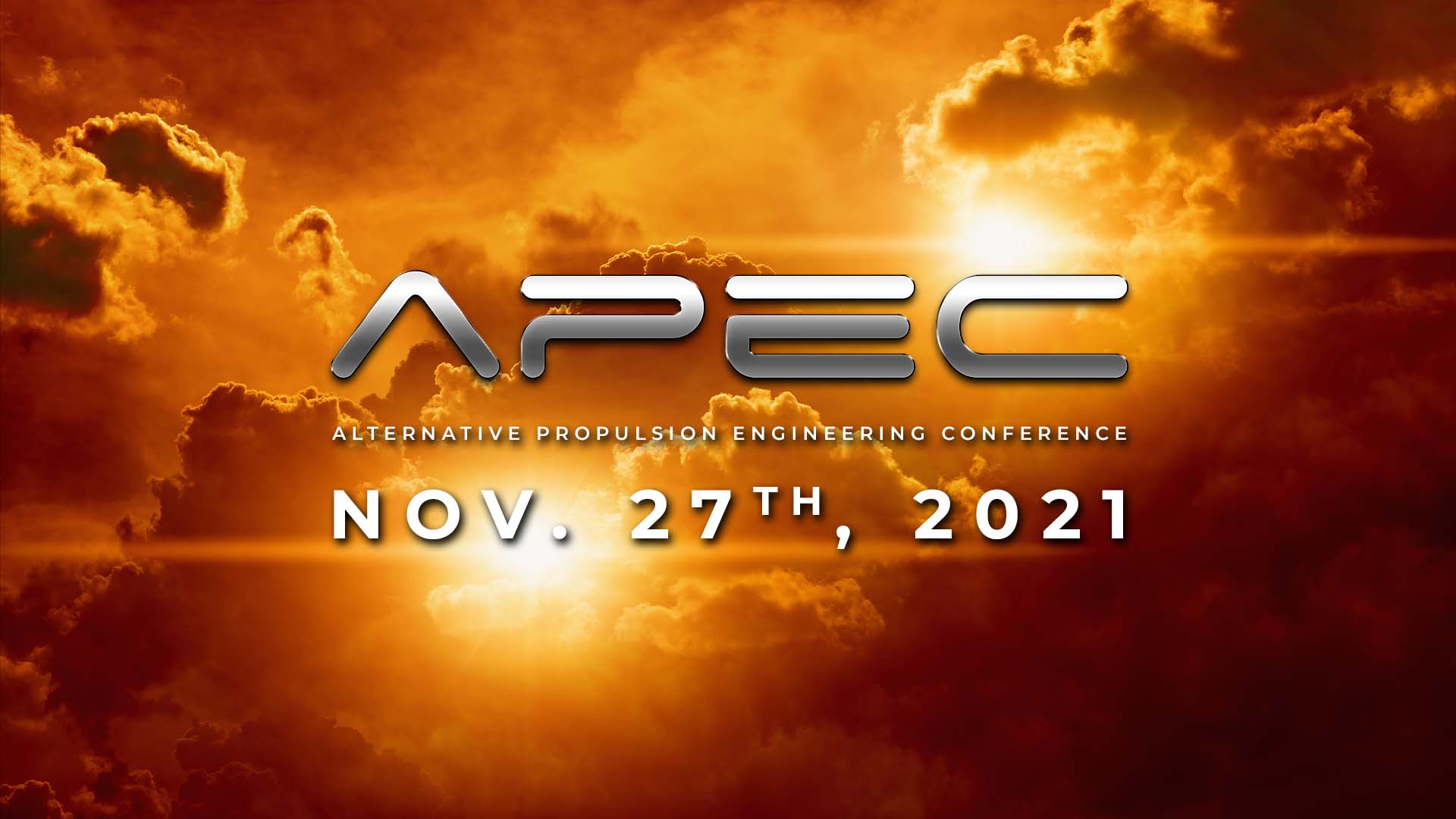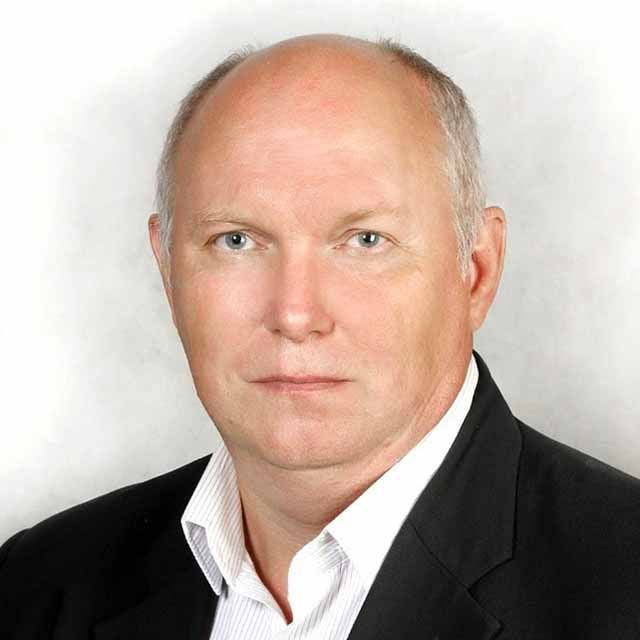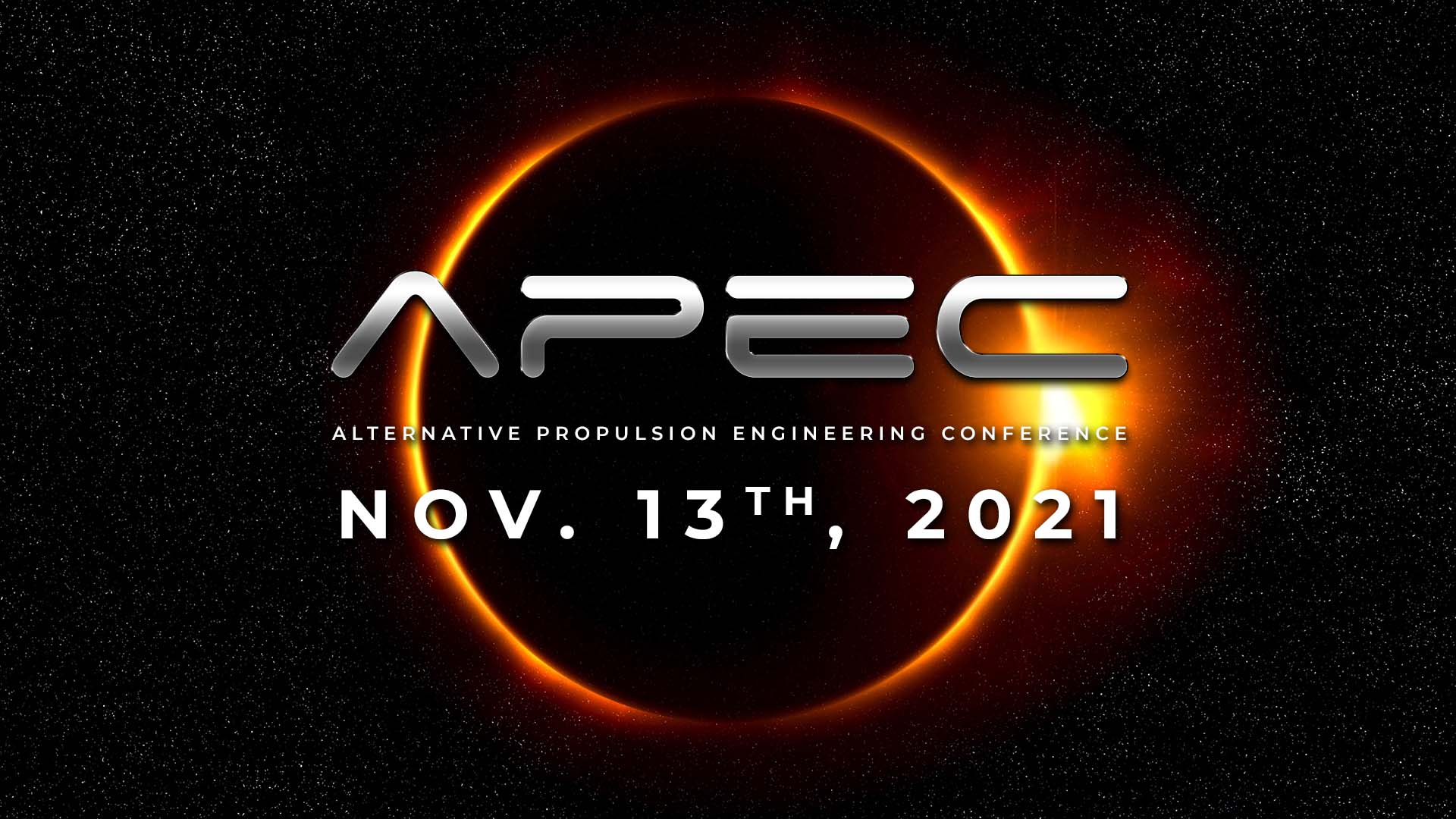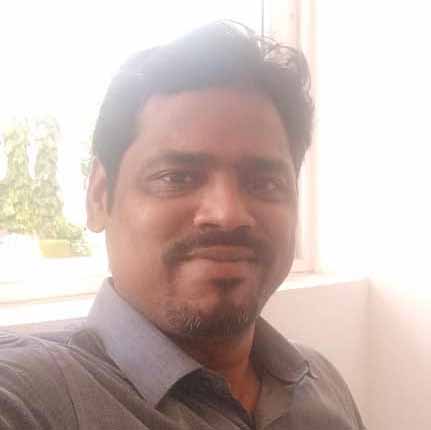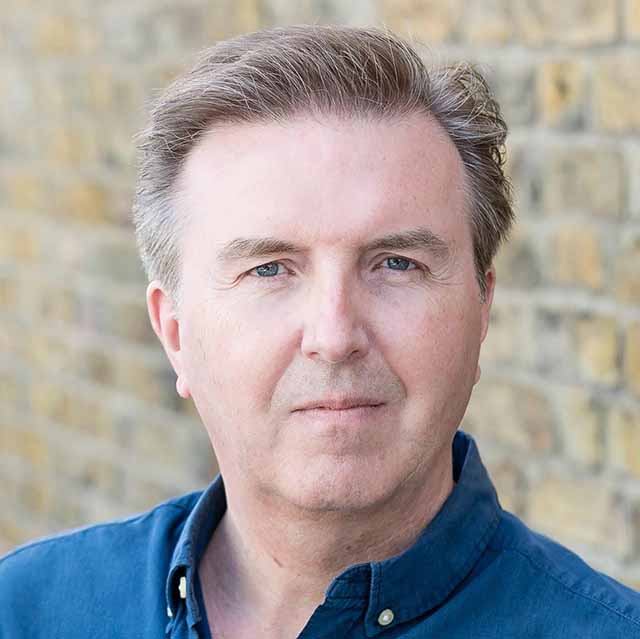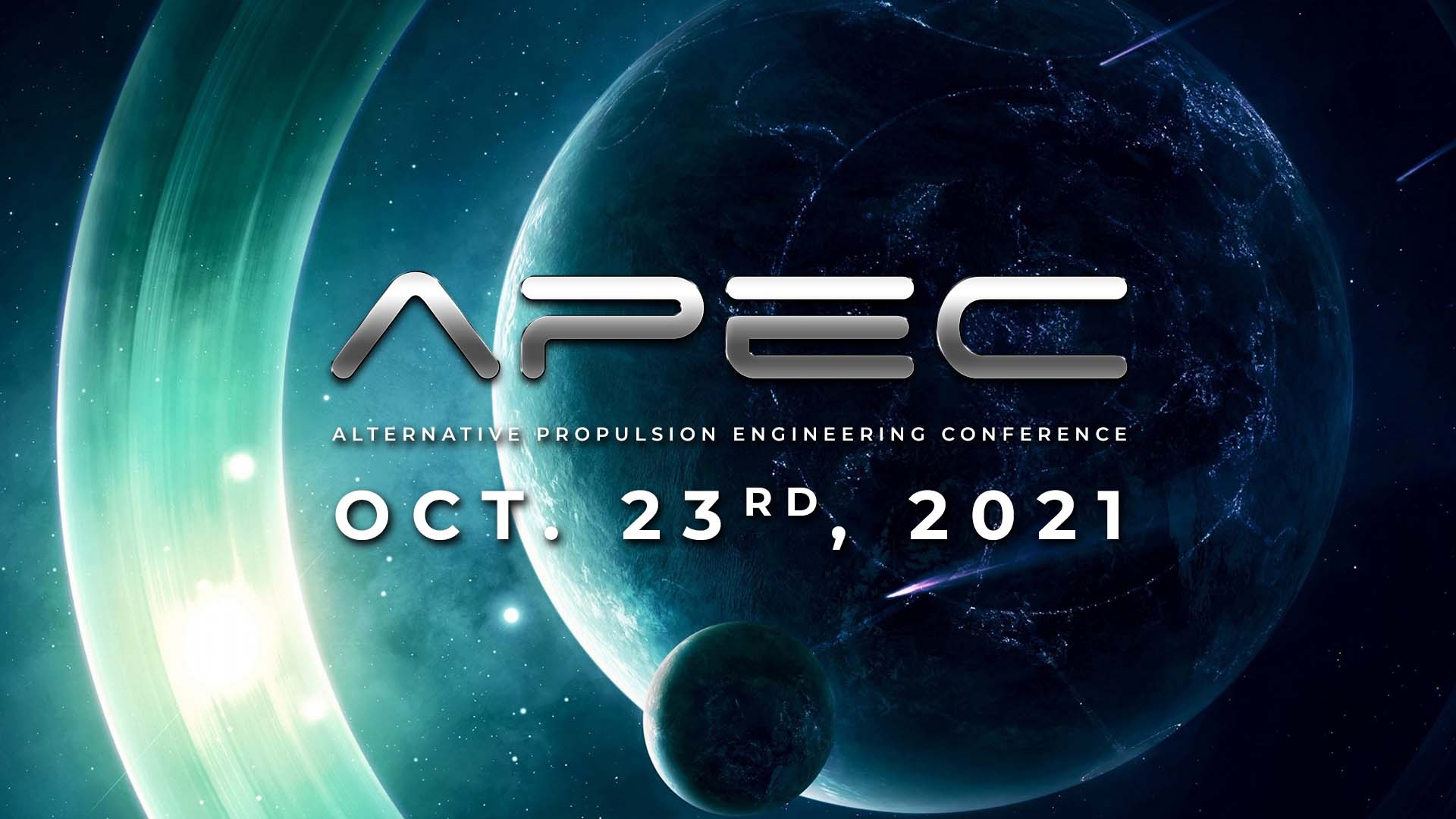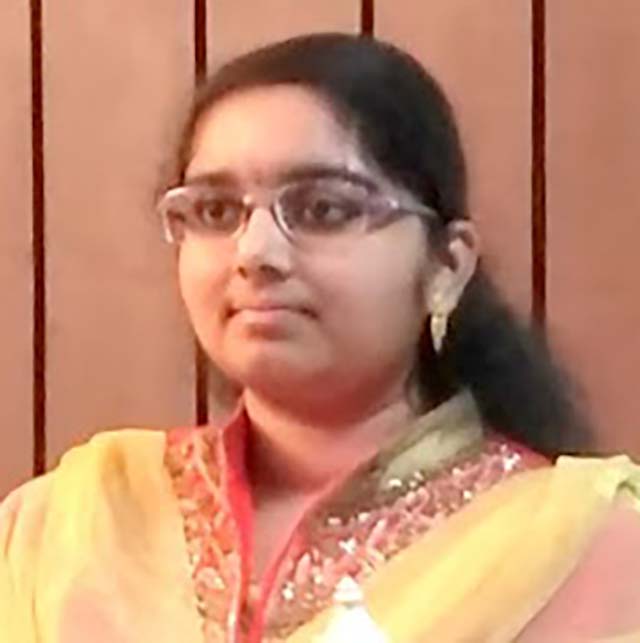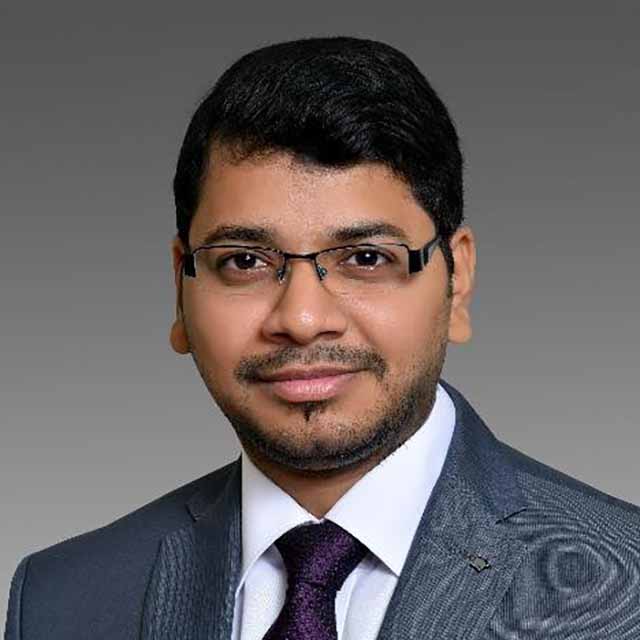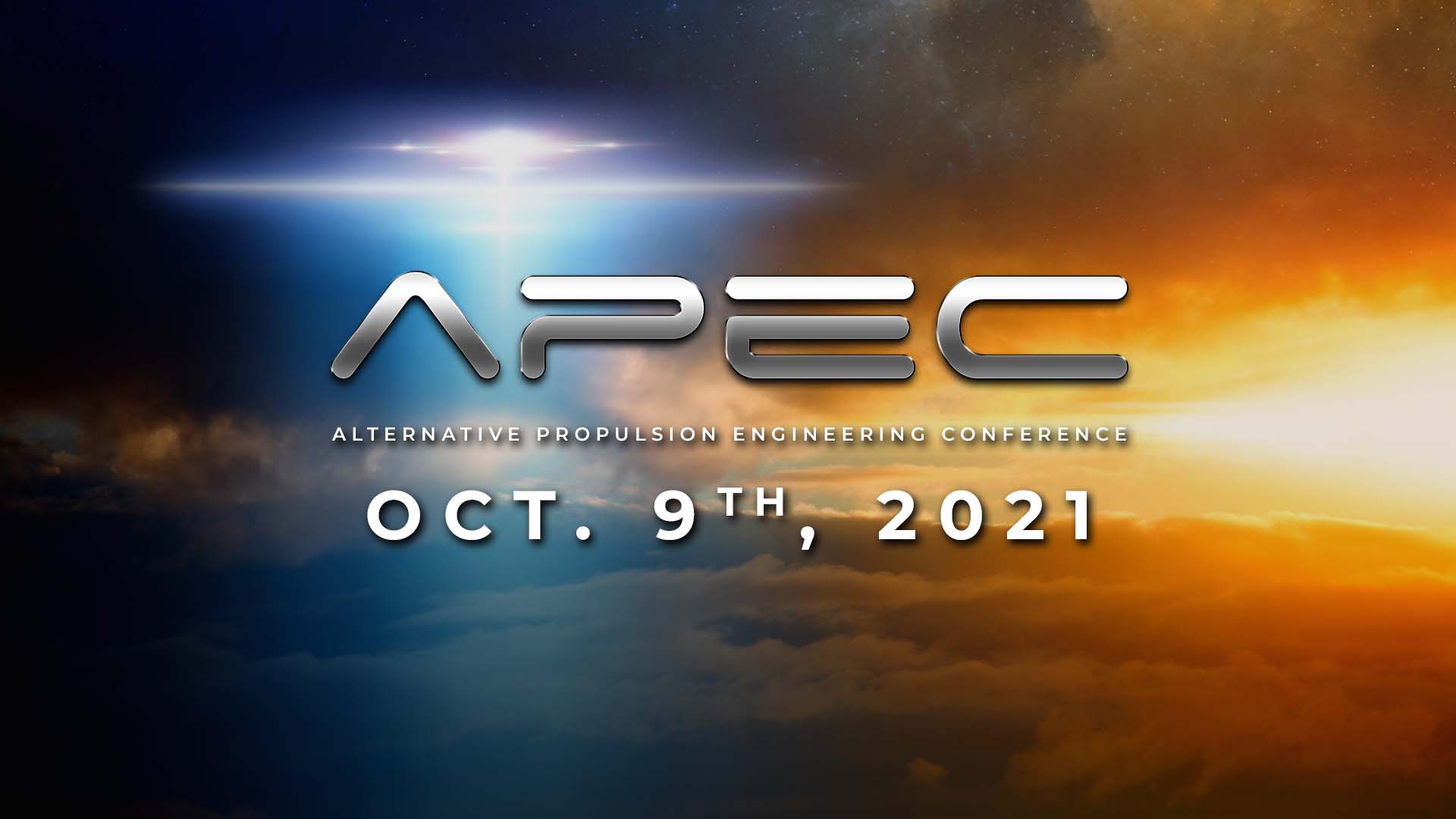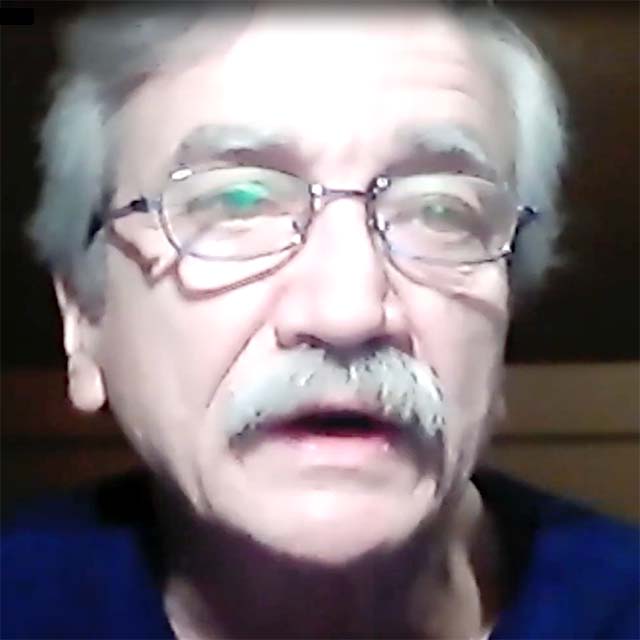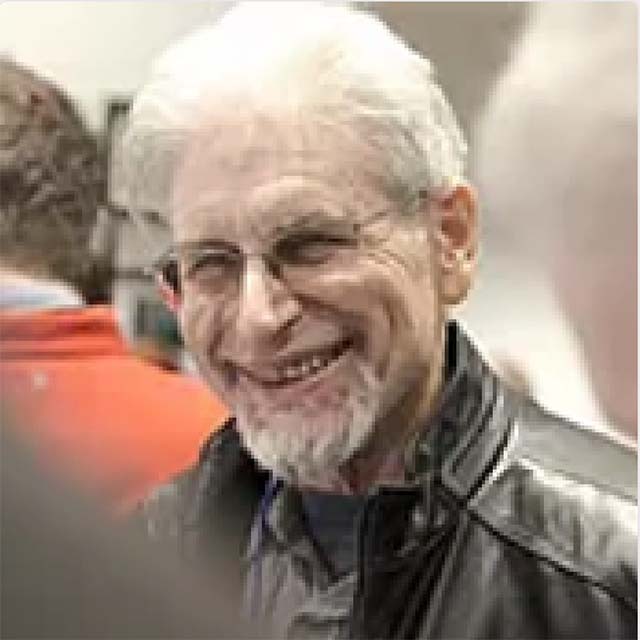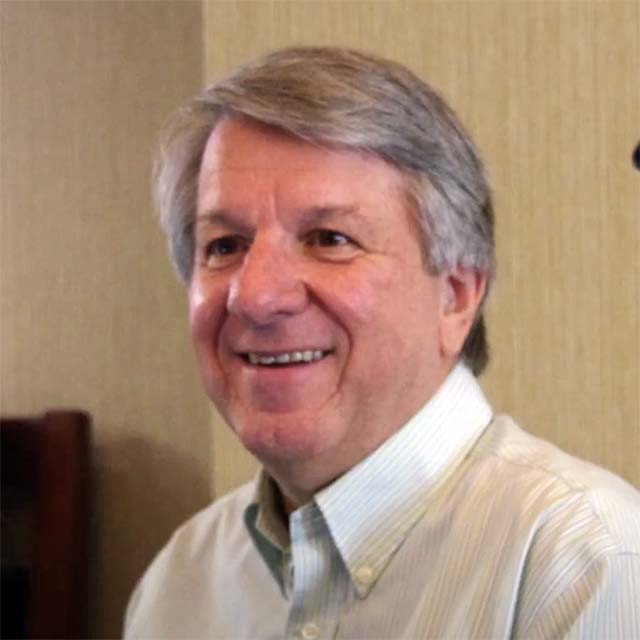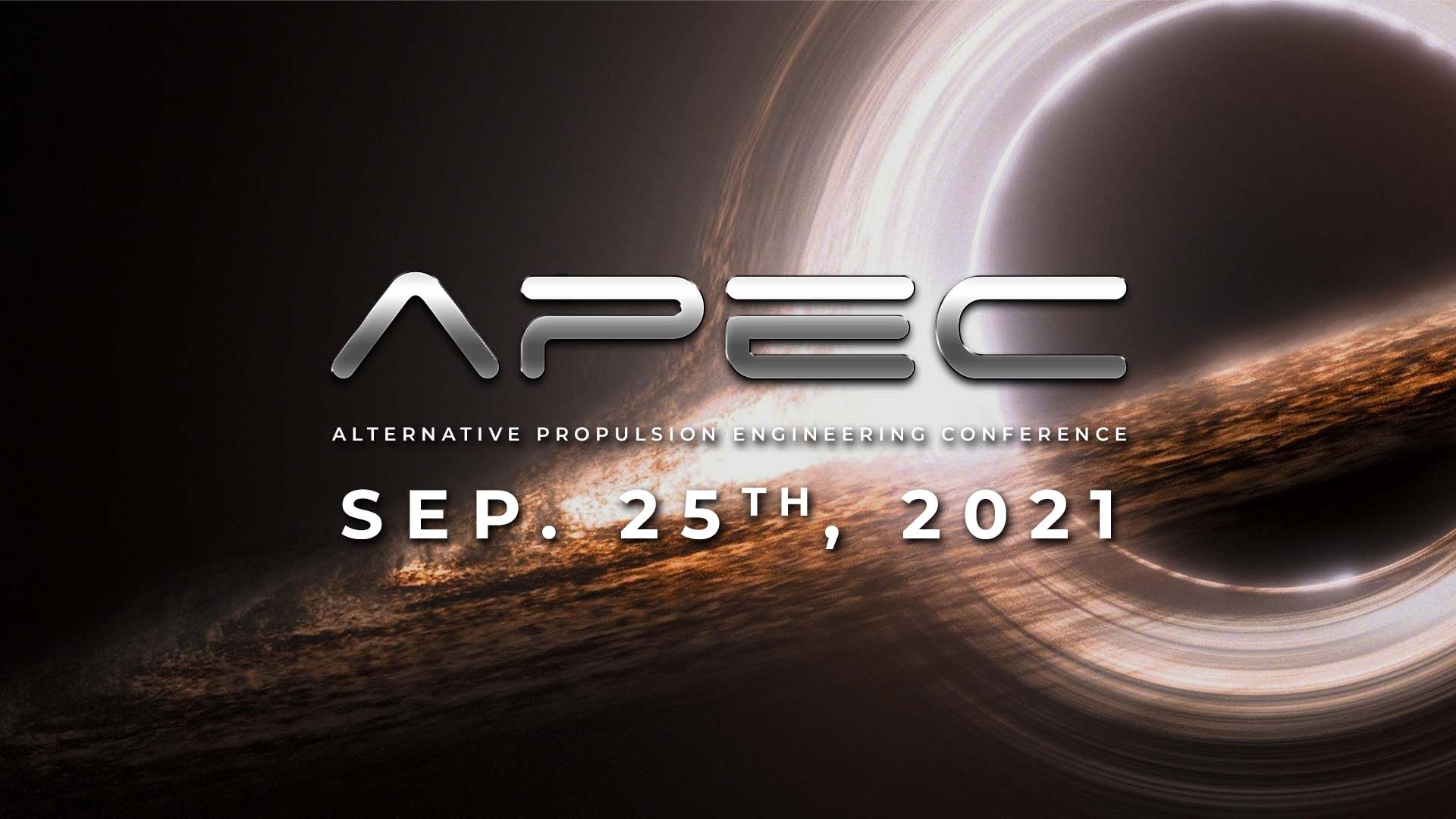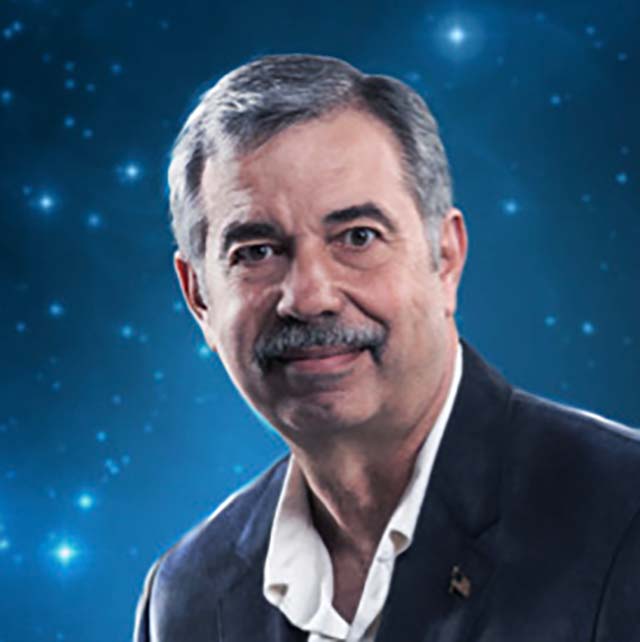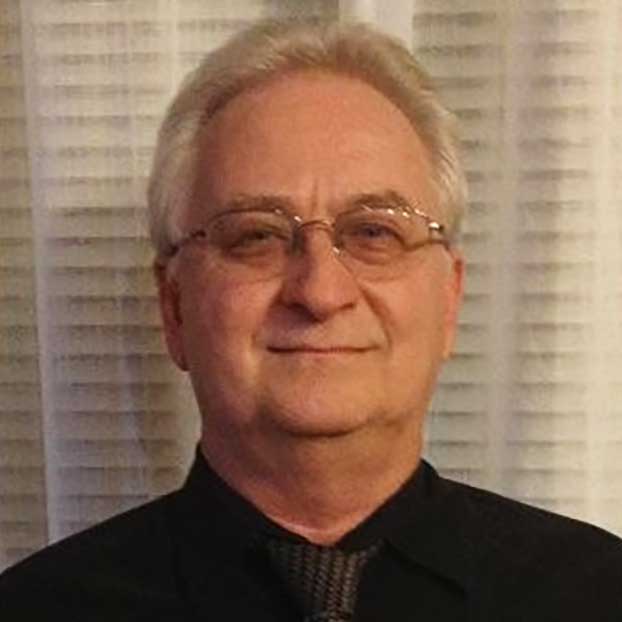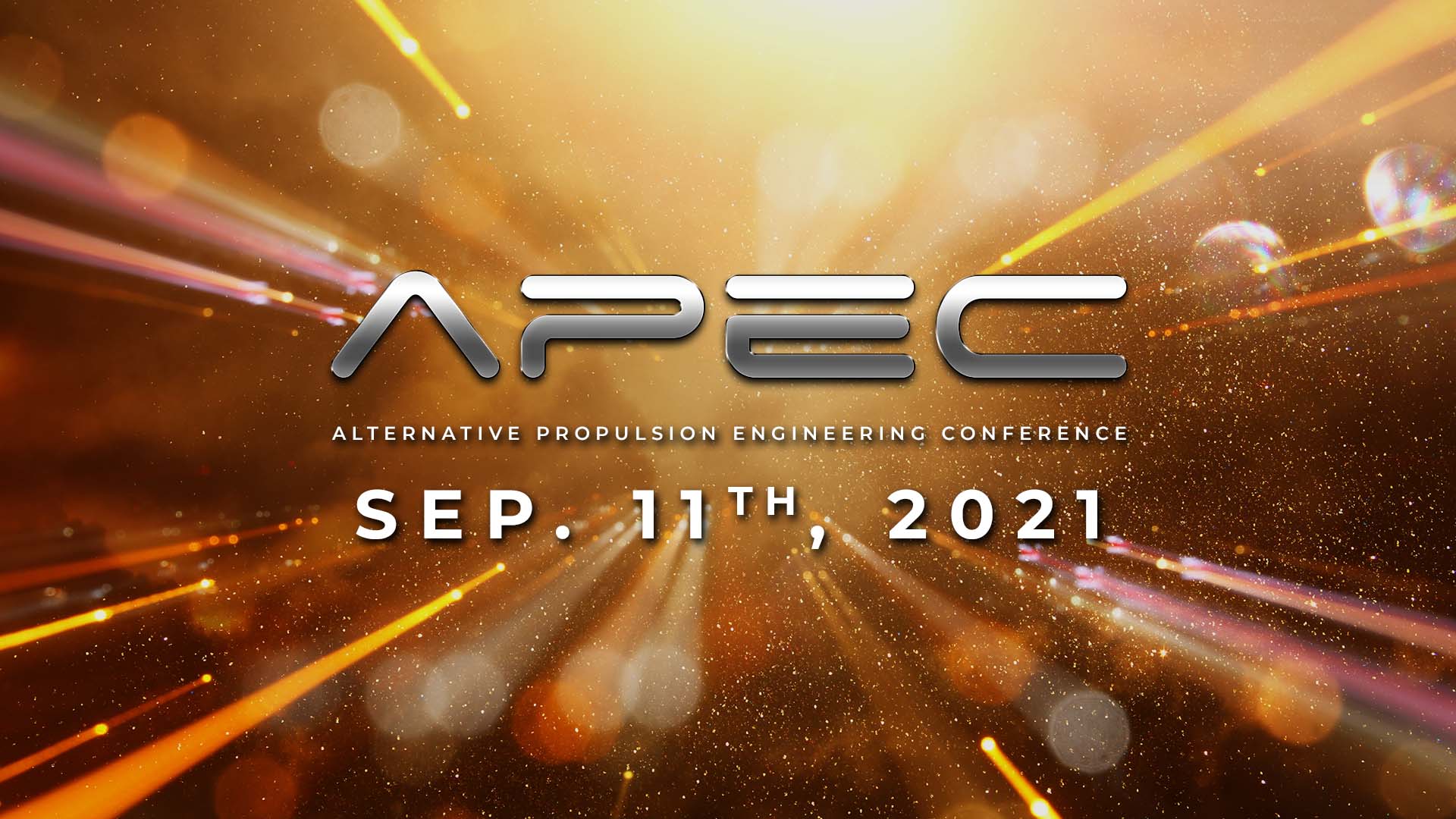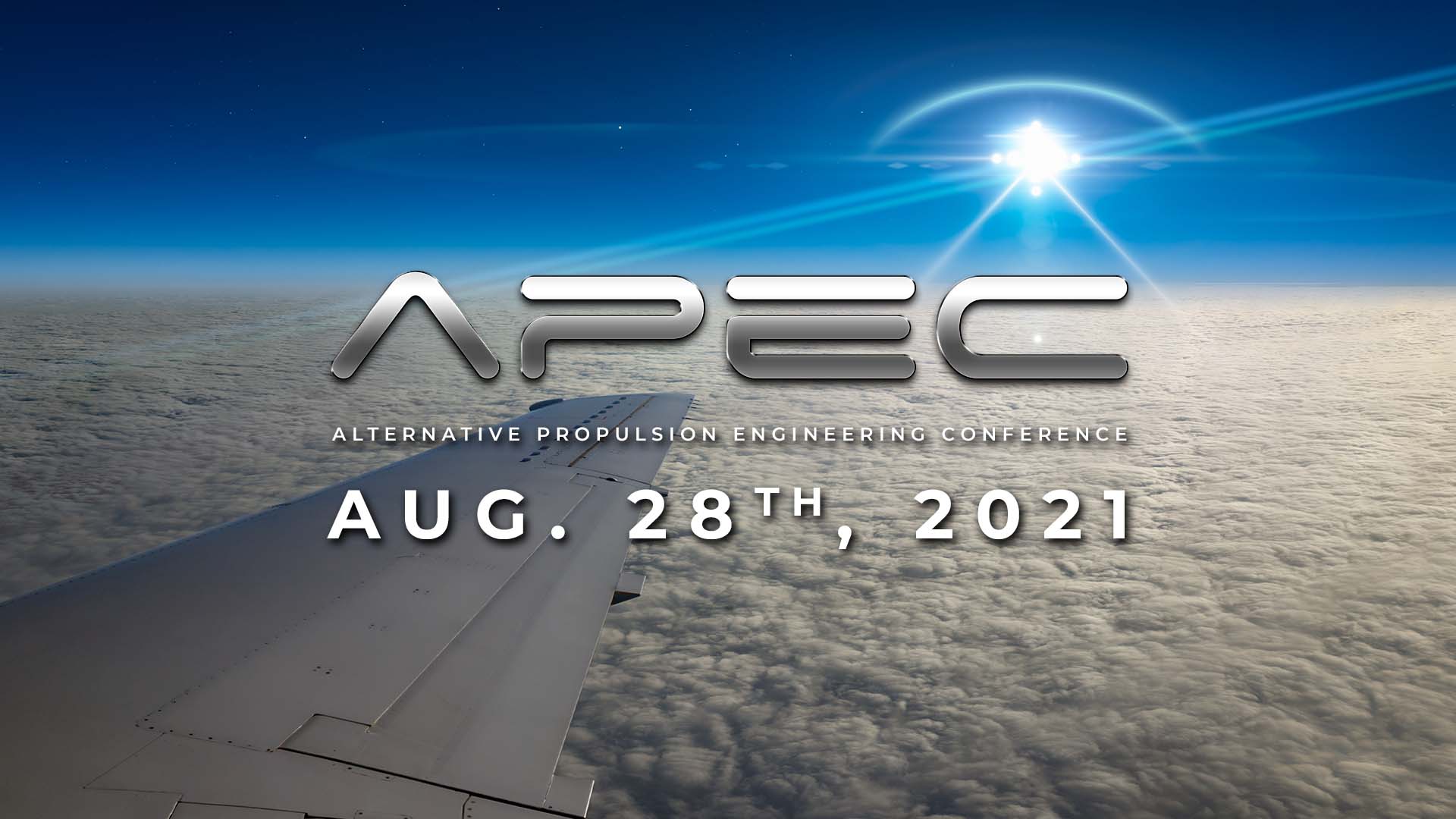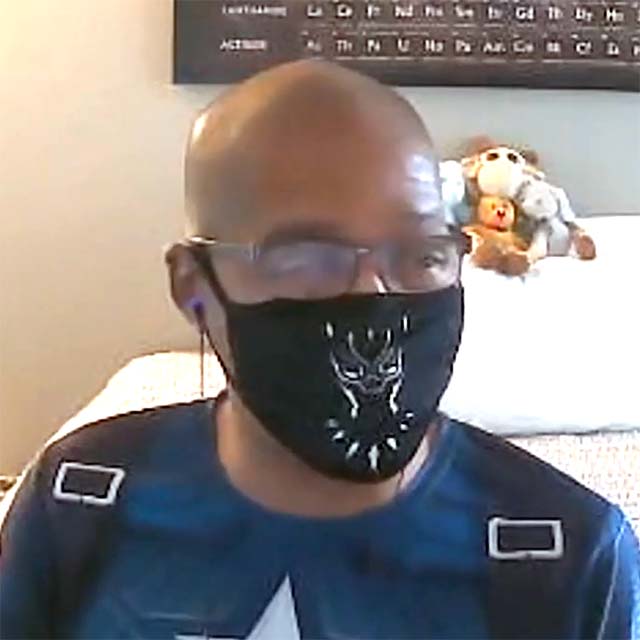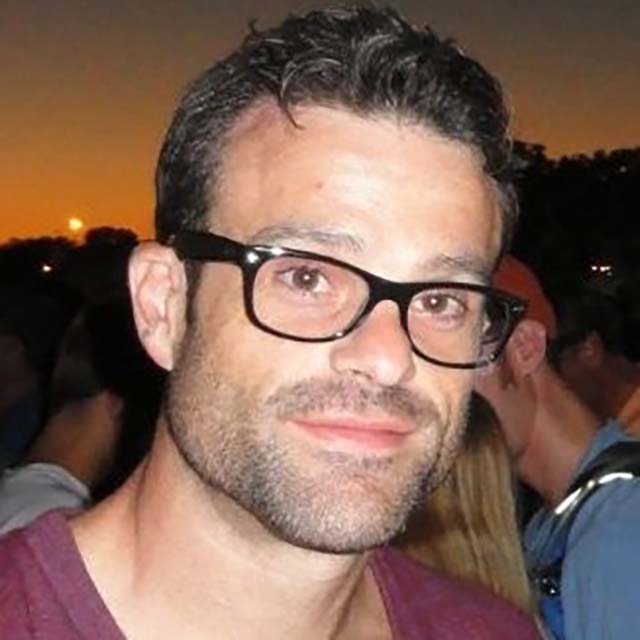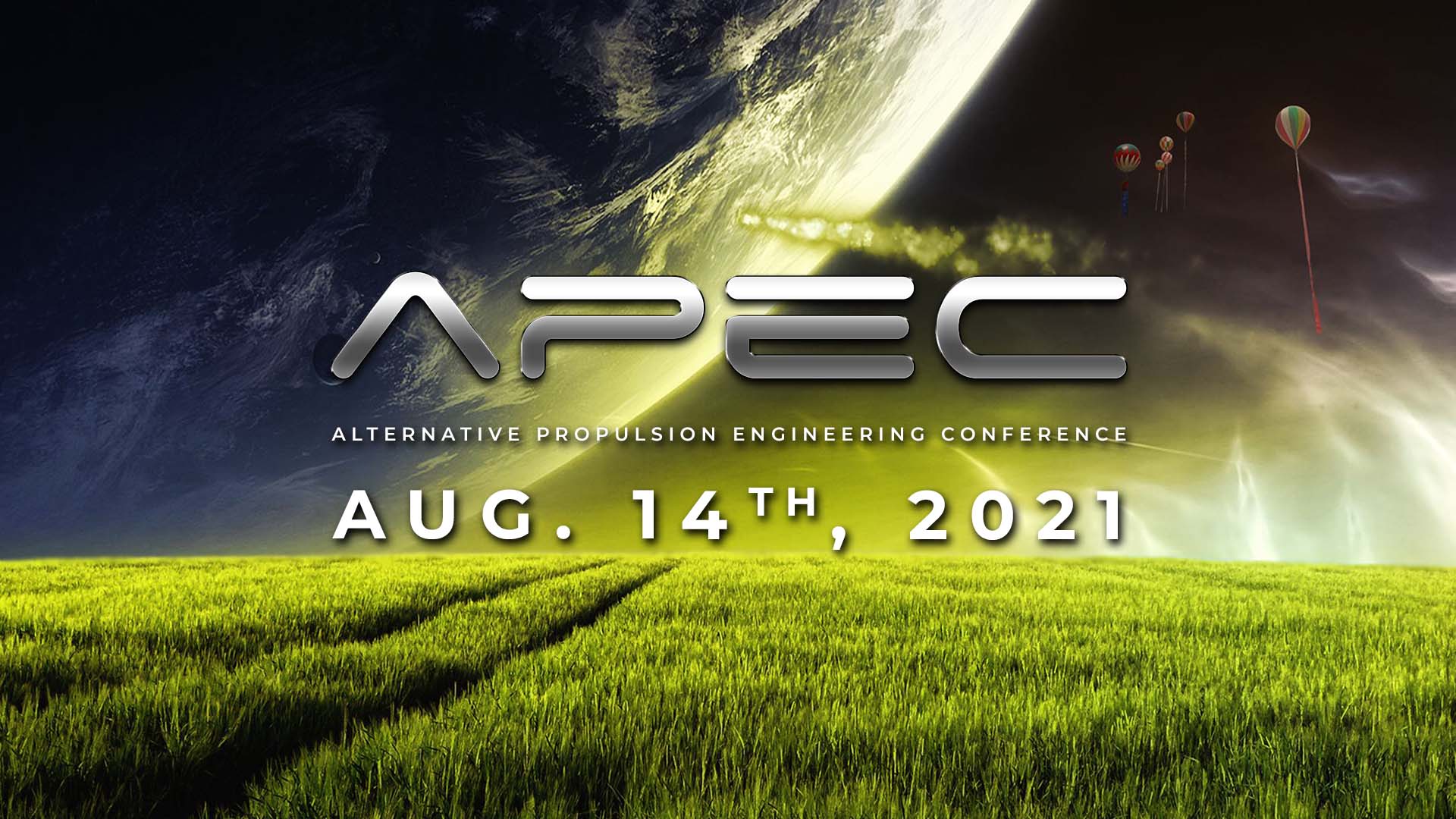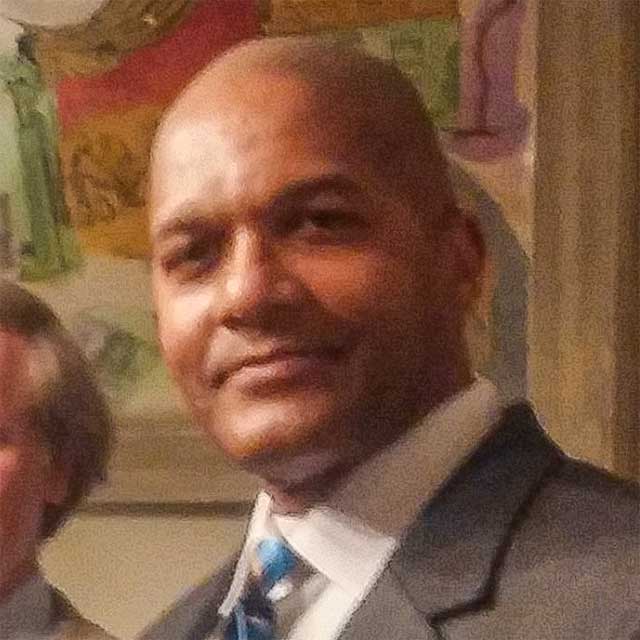APEC 4/20: Space Elevator, Graviflyer & UAP Research
Events
Conference Details
Ned Popovich will discuss Space Elevators, Tom Valone on the development of a Ufology & Astrosociology Textbook, Nathan Bunten on Graviflyer Experiments, and Dylan Freeman of RAEFOS Network will discuss the UAP Phenomenon from A to Z! We’ll also be hearing updates from our lab partners and finishing off the event with an open discussion by conference attendees!
JOIN OUR EMAIL REMINDER MAILING LIST!
12:00pm PT – Ned Popovich – Space Train: A Novel Solution To Space Elevator Technology
Ned will provide a brief overview of current space access challenges and historical background to space elevator concepts, including the definition of a space elevator, key components, and advantages over traditional rocket launches. He will also provide a theoretical foundation explaining the elevator’s equilibrium point and earth’s rotation role in the concept, along with details on tether construction, transportation systems, environment and economic impacts, and the future prospects for construction of a space elevator using emerging technologies. He will also introduce the “Space Train” a breakthrough solution to space elevator challenges and a disruptive concept utilizing newsly discovered magnetic bound states of rotating magnetic fields.
1:00pm PT – Tom Valone – Development of a Ufology & Astrosociology Textbook
Tom Valone joins us to discuss the key concepts underlying a textbook he is developing to help explain the UAP Phemonenon and key principles of Exosociology / Astrosociology as part of a structured learning curriculum. Based on the ODNI recognition that UFO’s are real, and the widely accepted premise that they are extraterrestrial in origin, Tom will discuss various reports and descriptions of the craft and occupants, and explain how they fit into a categorization model for traditional learning environments.
2:00pm PT – Nathan Bunten – Graviflyer Experiments & Engineering
Nathan is part of the Graviflyer replication team attempting to recreate the work of Alexey Chekurkov, and works alongside Charles Crawford, Jarod Yates, Mike Gamble, John Scholz, Dr. David Chester, as in close collaboration with the original inventor, Alexey Chekurkov. Nathan will describe his research, and provide opinions on the best path to replication, and he approach he uses for design, construction, and testing. Nathan has a collection of Graviflyer videos on YouTube under the username “Old Man Builds”, and provides unique insights into the replication process based on his own hands-on experience.
3:00pm PT – Dylan Freeman – The UAP Phenomenon: From A To Z
Dylan Freeman is the founder of the RAEFOS Network, focused on collecting, analyzing & distributing UAP /UFO research & evidence from open sources. In this presentation, Dylan will be provided a well-need overview of the UAP phenomenon, helping to bring everyone up to speed on where things currently are. The UAP narrative is fast-paced and rapidly changing, so Dylan’s goal is to help provide a level playing field in terms of knowledge about where this topic is at, which will empower researchers & experiments to collaborate more effectively using a common knowledge base.
4:00pm PT – Lab Partners – Experimental Research Updates
Learn about hands-on engineering & technical research on advanced propulsion experiments by our lab partners. Mark Sokol & the Falcon Space team will describe recent work on NMR / EPR gravity-modification experiments, Jarod Yates & Charles Crawford will provide updates on the Graviflyer, Bryan St. Clair will discuss research being done into new inertial propulsion experiments, and other labs are anticipated to share updates as well during this time.
5:00pm PT – Open Discussion & Ad-Hoc Presentations
Conference guests interested in presenting experimental info to the group are invited to participate at this time, and our presenters will be available to take questions & discuss experiments.
Links & Resources
• Cover Art: “Event Horizon” by Vadim Sadovski
• Ned Popovich: Space Elevators
• Tom Valone: UAP & Astrosociology
• Nathan Bunten: Graviflyer Experiments
• Dylan Freeman: The UAP Phenomenon: From A To Z
Join the APEC Conference
Want to see more great conference events like this one? Sign up for our mailing list to get exclusive access to captivating presentations, engaging events, and more!
RECENT EVENTS
APEC 4/20: Space Elevator, Graviflyer & UAP Research
March 23, 2024
APEC 3/16: Horizon Drive, Graviflyer & Gravitational Coupling
February 23, 2024
APEC 2/17: Zero-Point Energy, Inertial Propulsion & Dark Matter
January 26, 2024
APEC 1/20: SpaceTime Engineering & Quantum Warp Cores
January 4, 2024
APEC 12/23: Asymmetrical Capacitance, Warp Drives & Torsion Physics
December 12, 2023
APEC 11/25: Superforce, UAP Tracking & Prime Numbers
November 4, 2023
APEC 3/16: Horizon Drive, Graviflyer & Gravitational Coupling
Click Here & Register Now!
Events
Conference Details
Mike McCulloch will discuss Tests of a Quantum Horizon Drive, Nathan Inan discusses a classical coupling of gravitation & electromagnetism, Curtis Horn discusses the electromagnetic aspects of quaternion theory, and Mike Gamble will discuss his Graviflyer replication. We’ll also be hearing updates from our lab partners and finishing off the event with an open discussion by conference attendees!
12:00pm PT – Mike McCulloch – Tests of a Quantum (Horizon) Drive
Mike will discuss the theory of Quantised Inertia (QI), which explains inertial mass for the first time, eliminates the need for dark matter in galaxies, and predicted that metal structures can produce propellantless (quantum) thrust from the vacuum. Becker & Bhatt (2018) tested this successfully using capacitors and we are re-testing (DARPA funded) in an academic environment at Plymouth University. Thrusts of up to 25 mg (0.25mN), close to those predicted by quantised inertia, are being seen in our lab at Plymouth. They reverse when the capacitor is turned over. They only occur for capacitors hotter than 50oC and within 5-10% of the dielectric breakdown point, as expected. The results vary in line with the QI theory and buoyancy or EM artefacts have been excluded, but we only get thrust in typically 50% of cases.
1:00pm PT – Nathan Inan – Classical Coupling of Electromagnetism & Gravity
Linearized General Relativity leads to formulations known as gravito- electromagnetism (GEM) due to mathematical resemblance with electromagnetism. A common approach is the use of harmonic coordinates, however this has the misleading feature of implying gravitational waves can be vector fields (similar to electromagnetism) rather than tensor fields. Alternatively, transverse-traceless coordinates properly isolate the gravitational wave tensor fields, but the coordinates can only be applied outside matter sources. A more favorable approach is presented here which starts by formulating new coordinate-invariant field definitions. This leads to new GEM field equations that are applicable inside matter sources. Gravitational waves are described by Faraday-like and Ampere-like relationships involving electric-like and magnetic-like tensor fields. The formulation is applied to the concept of gravitational conductors to derive gravitational dispersion relations, plasma frequencies, indices of refraction, penetration depths, impedances, and reflection/transmission coefficients. The result is a complete framework for describing the response of various materials to gravitational waves. Future use of this formalism could be used for communication via gravitational waves, and possibly even laser-like amplification of gravitational radiation as well as aerospace propulsion.
2:00pm PT – Curtis Horn – EM-Aspects of Quaternion Formulation for GR & Mach Effects
Curtis will provide additional insights into the electromagnetic aspects of a field theory developed by Mendel Sachs, based on solid physics principles and sound physical logic. Unfortunately, the theory that results is highly non-linear and uses a mathematical framework that is outside of the standard physics curriculum since it is a spinor/quaternion formulation that combines Gravity and Electromagnetism. If Sachs theory is correct, there are profound consequences for the origin of inertial mass. We will also discuss propellent-less propulsion, including the potential of using the Breit–Wheeler process. Also, we will give an update on the Mach Effect experiment.
3:00pm PT – Mike Gamble – Graviflyer Replication
Is Alexey Cherkurkov’s Graviflyer a working field-effect propulsion drive, or just an elaborate hoax? Right now, a team of researchers are working with him on replication efforts, and in this presentation, Mike Gamble will be discussing his research efforts as well as providing details on testing with a Graviflyer device constructed by Alexey that Mike is currently investigating. Cherkurkov has demonstrated many successful Graviflyer tests in both a series of public YouTube videos as well as in private zoom calls, and Mike is one of several experimenters excited about the possiblity of first replicating, and then understanding, the science behind the claims.
4:00pm PT – Lab Partners – Experimental Research Updates
Learn about hands-on engineering & technical research on advanced propulsion experiments by our lab partners. Mark Sokol & the Falcon Space team will describe recent work on NMR / EPR gravity-modification experiments, Jarod Yates & Charles Crawford will provide updates on the Graviflyer, Bryan St. Clair will discuss research being done into new inertial propulsion experiments, and other labs are anticipated to share updates as well during this time.
4:30pm PT – Daniel Davis – Interpretations of Quantum Mechanics
QM is commonly used to describe a variety of well-known physical effects, but the interpretative model of QM isn’t always expressly described, which can lead to confusion. In this video, Daniel Davis discusses some of the various interpretations of QM.
5:00pm PT – Open Discussion & Ad-Hoc Presentations
Conference guests interested in presenting experimental info to the group are invited to participate at this time, and our presenters will be available to take questions & discuss experiments.
Links & Resources
• Cover Art: “Leviathan” by Vadim Sadovski
• Kurt Zeller: SpaceTime Engineering
• Curtis Horn: Sachs-Dirac Matter Field Equations
• Alex Wolf III: Metamaterials R&D
• Christopher Maylor: Quantum-Based Warp Core
• Shiva Meucci: Quantum & Relativistic Physics
Join the APEC Conference
Want to see more great conference events like this one? Sign up for our mailing list to get exclusive access to captivating presentations, engaging events, and more!
RECENT EVENTS
APEC 4/20: Space Elevator, Graviflyer & UAP Research
March 23, 2024
APEC 3/16: Horizon Drive, Graviflyer & Gravitational Coupling
February 23, 2024
APEC 2/17: Zero-Point Energy, Inertial Propulsion & Dark Matter
January 26, 2024
APEC 1/20: SpaceTime Engineering & Quantum Warp Cores
January 4, 2024
APEC 12/23: Asymmetrical Capacitance, Warp Drives & Torsion Physics
December 12, 2023
APEC 11/25: Superforce, UAP Tracking & Prime Numbers
November 4, 2023
APEC 2/17: Zero-Point Energy, Inertial Propulsion & Dark Matter
Click Here & Register Now!
Events
Conference Details
Mike Waters will discuss ZPE Breakthrough Implications, Christopher Provatidis will present a Review of Inertial Propulsion Devices, Andrew Beckwith will discuss Dark Matter / Axion Rockets & Neutrinos, Justin Pearson will discuss a proposed SpacePort in Aruba, and John Brandenburg will describe the Collateral Effects of the Martian Thermonuclear Holocaust. We’ll also be hearing updates from our lab partners and finishing off the event with an open discussion by conference attendees!
12:00pm PT – Mike Waters – ZPE Breakthrough Implications
Mike has worked in advanced energy research for over 22 years. He will discuss several ZPE systems currently in development and the potential synergy with propulsion breakthroughs such the QEM VEM drive and EM drive. Mike has developed a technology backed physics model based on system definitions that correct current universal LoT assumptions. These definitions have enabled teaching classically trained physicists and engineers in minutes. Mike’s ZPE discoveries appear to synergize with theories proposed by John Brandenburg, Mike McCullouch, Paul LaViolette and others.
1:00pm PT – Christopher Provatidis – Inertial Propulsion Devices: A Review
The use of the Google Scholar produces about 278 hits on the term ‘‘inertial propulsion.’’ If patents are also included, the number of hits increases to 536. This paper discusses, in a critical way, some characteristic aspects of this controversial topic. The review starts with the halteres of athletes in the Olympic games of ancient times and then continues with some typical devices which were developed or/and patented from the second fourth of the twentieth century till today. In this presentation, Christopher will deliver a review of many human attempts to create thrust by consuming energy but without expelling material from a vehicle, merely by rotating masses.
2:00pm PT – Andrew Beckwith – Dark Matter / Axion Rockets & Neutrinos
We present Dark Matter candidates from non SUSY processes, in a way emphasizing how a Dark Matter (DM) candidate of roughly 100 – 400 GeV could be formed. As has been said about the Photon rocket and Axions rockets, the presence of a mag- netic field supposedly would switch DM particle candidates to photons, in such a way as to in the end configure a photon rocket style device from DM in a thrust chamber. The presence of Dark Matter (DM) would in itself merely indicate that the emerging photon thrust would be comparatively greater than it would be for more conventional photon rockets. This amplifies and improves upon a so called axion rocket ram jet for interstellar travel. We assume that much the same sort of metho- dology for a would-be axion ramjet could be employed for DM, with perhaps greater thrust/power conversion efficiencies.
3:00pm PT – Justin Pearson – The Spaceport in Aruba
Justin Pearson founded Baldwin Aerospace in 2017, which is a research and development business specializing in hypersonic technologies emphasizing scramjet propulsion & hypersonic bodies. Justin works with a diverse and mid-sized team of aerospace engineers, and will be discussing his recent trip to Aruba and efforts to create a SpacePort in the ABC Islands to take advantage of lower equatorial launch costs for traditional rockets & facilitate economic development favorable to emerging aerospace technologies in the area.
4:00pm PT – John Brandenburg – Collateral Effects of the Martian Thermonuclear Holocaust
Dr. John Brandenburg will present an update to his hypothesis about an ancient thermonuclear holocaust on Mars – in particular, discussing the potential for neutron bombs to generate an “atmospheric chain reaction” described in the movie Oppenheimer. Brandenburg bases his research on the existence of rare isotopes in Martian soil typically only produced by thermonuclear devices, and speculates that Mars current unhabitable state is the result of ancient explosions.
5:00pm PT – Lab Partners – Experimental Research Updates
Learn about hands-on engineering & technical research on advanced propulsion experiments by our lab partners. Mark Sokol & the Falcon Space team will describe recent work on NMR / EPR gravity-modification experiments, Jarod Yates & Charles Crawford will provide updates on the Graviflyer, Bryan St. Clair will discuss research being done into new inertial propulsion experiments, and other labs are anticipated to share updates as well during this time.
6:00pm PT – Open Discussion & Ad-Hoc Presentations
Conference guests interested in presenting experimental info to the group are invited to participate at this time, and our presenters will be available to take questions & discuss experiments.
Links & Resources
• Cover Art: “Apollo Missions” by Bob Ranew
• Mike Waters: ZPE Breakthrough Implications
• Christopher Provatidis: Inertial Propulsion Devices: A Review
• Andrew Beckwith: Dark Matter / Axion Rockets & Neutrinos
• Justin Pearson: Spaceport in Aruba
• John Brandenburg: Thermonuclear Holocaust on Mars
Join the APEC Conference
Want to see more great conference events like this one? Sign up for our mailing list to get exclusive access to captivating presentations, engaging events, and more!
RECENT EVENTS
APEC 4/20: Space Elevator, Graviflyer & UAP Research
March 23, 2024
APEC 3/16: Horizon Drive, Graviflyer & Gravitational Coupling
February 23, 2024
APEC 2/17: Zero-Point Energy, Inertial Propulsion & Dark Matter
January 26, 2024
APEC 1/20: SpaceTime Engineering & Quantum Warp Cores
January 4, 2024
APEC 12/23: Asymmetrical Capacitance, Warp Drives & Torsion Physics
December 12, 2023
APEC 11/25: Superforce, UAP Tracking & Prime Numbers
November 4, 2023
APEC 1/20: SpaceTime Engineering & Quantum Warp Cores
Click Here & Register Now!
Events
Conference Details
Kurt Zeller presents on SpaceTime Engineering, Curtis Horn discusses the Sachs-Dirac Matter Field Equations, Alex Wolf III will discuss experimental work with metamaterials, Christopher Maylor describes his research into a Quantum-Based Warp Core, and Shiva Meucci will discuss a NeoClassical Interpretation of Quantum and Relativistic Physics. We’ll also be hearing updates from our lab partners and finishing off the event with an open discussion by conference attendees!
JOIN OUR EMAIL REMINDER MAILING LIST!
12:00pm PT – Kurt Zeller – SpaceTime Engineering
The gravitational electromagnetic analogy postulates that our gravitational field is composed of two components: (1) the gravito-electric field (common gravity) and (2) the gravito-magnetic field (a weak inductive orthogonal component). Gravitomagnetic fields are induced via net angular momentum of a mass current – directly analogous to magnetic fields resulting from an electrical current. This talk aims to summarize gravitomagnetic theory and briefly highlight the recent observations that affirm its validity, as well as potential astronomical implications. Translating this theory to the quantum level may suggest that measurable gravitational fields could be created by driving coherent nucleon spin across a well-organized lattice. Experimental anomalies surrounding superconductors may be pointing us in the right direction.
1:00pm PT – Curtis Horn – Sachs-Dirac Matter Field Equations
Curtis Horn will present a paper discussing the Matter Field Equations of Mendel Sachs & Paul Dirac, as well as particle anti-particle pairs and quaternion E&M in further depth. Curtis has presented a number of concepts at APEC, and has worked extensively with Dr. James Woodward’s team on the MEGA Drive and Mach-Effect Propulsion.
2:00pm PT – Alex Wolf III – Armour MetaMaterials R&D Review
Alex provides a detailed review of analysis of experimental metamaterials based On Dr. Mark Moody (NASA Alumni’s) theoretical research on pilot waves. This theory is mathematically and physically consistent with theoretical work developed Alex Wolf III and used for various advanced calculations related to metamaterial development. These materials are engineered by Alex and Christopher Maylor. This experimental test analysis relates to the electromagnetic, electromotive, and photonic emission testing of his experimental tests.
3:00pm PT – Christopher Maylor – Quantum-Based Warp Core
Chris Maylor’s Warp Technologies Research Centre (W-TRC) is pursuing a unique, binary approach to warp-propulsion that involves a symbiosis between the design of the warp-core and the spacecraft hull, and is involved in experimental design & designing of multi-laminate metamaterials to achieve this. He will provide an in-depth overview of both the theoretical model his work is based on as well as the extensive experimental design and testing he has undertaken to achieve this.
4:00pm PT – Shiva Meucci – NeoClassical Interpretation of Quantum and Relativistic Physics
Shiva Meucci discusses a historical investigation of the conceptual lineage of modern theory, which reveals points of exacting overlap in physical theories which, while now considered cross discipline, originally split from a common source and can be reintegrated as a singular science again. This revival of an older associative hierarchy, combined with modern insights, can open new avenues for investigation. This reintegration of cross-disciplinary theories and tools is defined as the “Neoclassical Interpretation.”
5:00pm PT – Lab Partners – Experimental Research Updates
Learn about hands-on engineering & technical research on advanced propulsion experiments by our lab partners. Mark Sokol & the Falcon Space team will describe recent work on NMR / EPR gravity-modification experiments, Jarod Yates & Charles Crawford will provide updates on the Graviflyer, Bryan St. Clair will discuss research being done into new inertial propulsion experiments, and other labs are anticipated to share updates as well during this time.
6:00pm PT – Open Discussion & Ad-Hoc Presentations
Conference guests interested in presenting experimental info to the group are invited to participate at this time, and our presenters will be available to take questions & discuss experiments.
Links & Resources
• Cover Art: “JumpGate” by Tobias Roetsch
• Kurt Zeller: SpaceTime Engineering
• Curtis Horn: Sachs-Dirac Matter Field Equations
• Alex Wolf III: Metamaterials R&D
• Christopher Maylor: Quantum-Based Warp Core
• Shiva Meucci: Quantum & Relativistic Physics
Join the APEC Conference
Want to see more great conference events like this one? Sign up for our mailing list to get exclusive access to captivating presentations, engaging events, and more!
RECENT EVENTS
APEC 4/20: Space Elevator, Graviflyer & UAP Research
March 23, 2024
APEC 3/16: Horizon Drive, Graviflyer & Gravitational Coupling
February 23, 2024
APEC 2/17: Zero-Point Energy, Inertial Propulsion & Dark Matter
January 26, 2024
APEC 1/20: SpaceTime Engineering & Quantum Warp Cores
January 4, 2024
APEC 12/23: Asymmetrical Capacitance, Warp Drives & Torsion Physics
December 12, 2023
APEC 11/25: Superforce, UAP Tracking & Prime Numbers
November 4, 2023
APEC 12/23: Asymmetrical Capacitance, Warp Drives & Torsion Physics
Click Here & Register Now!
Events
Conference Details
David Pares describes a new VEM drive breakthrough, Charles Buhler discusses experimental propulsion results based on asymmetrical electrostatic pressure, Daniel Davis provides an overview of warp-drive propulsion concepts, Andrew Beckwith discusses how torsion may allow for a cosmological constant & Mark Sokol provides updates on DNO Inertial Mass Shielding. We’ll also be hearing updates from our lab partners and finishing off the event with an open discussion by conference attendees!
12:00pm PT – David Pares – Variable Electromagnetic Drive Breakthrough
In this breaking news update, David Pares will discuss recent upgrades & experimental results for the VEM Drive indicating a repeatable propulsive output of 11.72 Newtons (2.65 lbs) force generated by 1,500 Watts input power during 30-second duration tests – without evidence of ion-wind or electrostatic repulsion, and accompanied by red-shifting effects. For the last seven years, the Quantum Electrodynamics R&D team has been developing a proprietary Variable Electromagnetic (VEM) Drive that they claim compresses the fabric of space, and requires no liquid propellant that chemical or ion drive to move through space.
1:00pm PT – Charles Buhler – Assymetrical Capacitance Experimental Results
Dr. Charles Buhler discusses experimental propulsion results based on asymmetrical electrostatic pressure, in a device described in International Patent# WO2020159603A2. The device is described as a system and method for generating a force from a voltage difference applied across at least one electrically conductive surface. The applied voltage difference creates an electric field resulting in an electrostatic pressure force acting on at least one surface of an object. Asymmetries in the resulting electrostatic pressure force vectors result in a net resulting electrostatic pressure force acting on the object. The magnitude of the net resulting electrostatic pressure force is a function of the geometry of the electrically conductive surfaces, the applied voltage, and the dielectric constant of any material present in the gap between electrodes.
2:00pm PT – Daniel Davis – Warp-Drive Research
Daniel Davis will discuss the current state of research into warp-drive propulsion, including the challenge of integrating solutions to the engineering challenges of the Alcubierre Drive together from a variety of diverse scientific sources. Davis believes most, if not all, of the fundamental challenges to building a working warp-drive have been solved – but one obstacle to success involves combining solutions proposed by various scientists into a single model.
3:00pm PT – Andrew Beckwith – How Torsion May Allow For A Cosmological Constant
Andrew Beckwith will discuss how torsion may allow for a cosmological constant, which links the ideas given by Beckwith and QaZi 2023 to a presentation as far as Torsion as given by de Sabbata and Sirvaram, Erice 1990. The 1990 article claims that Torsion cancels Cosmological vacuum energy whereas our formulation leads to a left over cosmological constant 10^-121 times vacuum energy. Meantime speculation as to how all this relates to black hole physics and speculation given by Corda which replaces traditional firewalls with a different formulation are included as that presentation by Corda uses the idea of a quantum number n, which ties into his own Cosmological constant presentation.
4:00pm PT – Mark Sokol – Dynamic Nuclear Orientation Mass Shielding Experiment
Falcon Space Founder Mark Sokol discusses the original Alzofon DNO experiments and how his team resurrected this technology & has worked in conjunction with David Alzofon to build a new type of propulsion system based on EPR & Dynamic Nuclear Orientation technologies. He will describe the evolution of his research over time & current efforts utilizing advanced testing & measurement equipment.
4:30pm PT – Lab Partners – Experimental Research Updates
Learn about hands-on engineering & technical research on advanced propulsion experiments by our lab partners. Mark Sokol & the Falcon Space team will describe recent work on NMR / EPR gravity-modification experiments, Jarod Yates & Charles Crawford will provide updates on the Graviflyer and other labs will share updates as well during this time.
5:00pm PT – Open Discussion & Ad-Hoc Presentations
Conference guests interested in presenting experimental info to the group are invited to participate at this time, and our presenters will be available to take questions & discuss experiments.
Links & Resources
• Cover Art: “Out of space” by Vadim Sadovski
• David Pares: VEM Drive Breakthrough
• Charles Buhler: Asymmetrical Capacitance
• Daniel Davis: Warp-Drive Physics
• Andrew Beckwith: Torsion & Cosmological Constant
Join the APEC Conference
Want to see more great conference events like this one? Sign up for our mailing list to get exclusive access to captivating presentations, engaging events, and more!
RECENT EVENTS
APEC 4/20: Space Elevator, Graviflyer & UAP Research
March 23, 2024
APEC 3/16: Horizon Drive, Graviflyer & Gravitational Coupling
February 23, 2024
APEC 2/17: Zero-Point Energy, Inertial Propulsion & Dark Matter
January 26, 2024
APEC 1/20: SpaceTime Engineering & Quantum Warp Cores
January 4, 2024
APEC 12/23: Asymmetrical Capacitance, Warp Drives & Torsion Physics
December 12, 2023
APEC 11/25: Superforce, UAP Tracking & Prime Numbers
November 4, 2023
APEC 11/25: Superforce, UAP Tracking & Prime Numbers
Click Here & Register Now!
Events
Conference Details
Salvatore Pais & John Brandenburg will discuss the “Superforce”, Mitch Randall will explain passive radar for UAP tracking, Hugh Deasy will explain his research into Prime Numbers and applications for breakthrough propulsion, and Jack Sarfatti will discuss UAP Physics. This November APEC turns 3, so we’ll be celebrating with conference attendees and participants, as well as hearing updates from our lab partners and finishing off the event with an open discussion by conference attendees!
12:00pm PT – Hugh Deasy – Prime Numbers, Local Space Drives & Warp-Drives
Hugh will provide insights into Prime Numbers based on custom computer program analysis he has used to investigated some features of prime numbers. He believes that his research has led to what may be a fundamental discovery about prime numbers, which could potentially be related to Searl’s “Law Of The Squares” and have propulsion and energy-generation applications. He will also discuss a competing idea to the IVO quantum drive (to be launched on SpaceX transporter 9 on Nov 7th), and will offer suggestions for one avenue of design for a hyperspace propulsion system.
1:00pm PT – Mitch Randall – Passive Radar for UAP Tracking & Research
Mitch Randall will discuss a novel approach to tracking Unidentified Aerial Phenomenon (UAP) using passive radar detection. This technology works by comparing reflected radio & other common electromagnetic signals against locally known source locations, thereby allowing the radar to detect moving airborne objects without sending a signal. Randall hopes that this technology will be adopted by citizen investigators of the UAP phenomenon, and could potentially provide a national UAP detection network similar in architecture to the old “SETI @ Home” distributed signal processing network.
2:00pm PT – Salvatore Pais & John Brandenburg – The Superforce
Dr’s Salvatore Pais and John Brandenburg participate in a joint discussion of Pais’ new publication on the “Superforce” and it’s relationship to the Pais Effect. Dr. Pais has described the “The Superforce” as a “Fundamental Force of Unification” that can also described as the “Planck Force”, and is found in the field equations of Einstein’s General Relativity theory. Dr. Brandenburg has discussed the the Pais paper in past events, and in this presentation he will discuss it jointly with Dr. Pais to provide context on how to harness it for propulsion applications.
3:00pm PT – Jack Sarfatti – David Grusch & UAP Physics
Dr Jack Sarfatti will discuss a summary of UAP related claims compiled from the David Grusch narrative on Reddit, and offer his insights into how his research into gravitational metamaterials and advanced relativitistic physics can explain contemporary sightings. Dr. Sarfatti’s approach to a low-power warp-drive is based on the conventional & well-accepted principles of relativity theory.
4:00pm PT – Lab Partners – Experimental Research Updates
Learn about hands-on engineering & technical research on advanced propulsion experiments by our lab partners. Mark Sokol & the Falcon Space team will describe recent work on NMR / EPR gravity-modification experiments, Jarod Yates & Charles Crawford will provide updates on the Graviflyer, Bryan St. Clair will discuss research being done into new inertial propulsion experiments, and other labs are anticipated to share updates as well during this time.
5:00pm PT – APEC’s 3rd Birthday Party!
The Nov 25th Conference marks APEC’s 3rd year of events, with nearly 60 total events since we started the conference in Nov 2020. We are proud to support the Alt Propulsion Community and thankful for being able to help scientists, engineers & independent researchers spread the word about their innovations. We’ll be spending this segment celebrating APEC’s Birthday, as well as participating in Open Discussion with conference presenters and attendees.
Links & Resources
• Cover Art: “Birthdays In Space” by Bob Ranew
• Pais & Brandenburg: The Superforce
• Mitch Randall: Passive Radar for UAP Tracking
• Hugh Deasy: Prime Numbers & Warp-Drives
Join the APEC Conference
Want to see more great conference events like this one? Sign up for our mailing list to get exclusive access to captivating presentations, engaging events, and more!
RECENT EVENTS
APEC 4/20: Space Elevator, Graviflyer & UAP Research
March 23, 2024
APEC 3/16: Horizon Drive, Graviflyer & Gravitational Coupling
February 23, 2024
APEC 2/17: Zero-Point Energy, Inertial Propulsion & Dark Matter
January 26, 2024
APEC 1/20: SpaceTime Engineering & Quantum Warp Cores
January 4, 2024
APEC 12/23: Asymmetrical Capacitance, Warp Drives & Torsion Physics
December 12, 2023
APEC 11/25: Superforce, UAP Tracking & Prime Numbers
November 4, 2023
APEC 10/28: Optical Unification, SQK, Mega-Drive & SEG
Click Here & Register Now!
Events
Conference Details
Tiziano Fulceri will discuss optics as a fundamental unification paradigm for gravity, Brendan Darrer will provide a detailed analysis of Subquantum Kinetics, Curtis Horn on Spinor/Quaternion GR & Mach Effects, and Isaiah Ritchey will provide an overview of his Searl Effect Generator replication project. We’ll also be hearing updates from our lab partners and finishing off the event with an open discussion by conference attendees!
12:00pm PT – Tiziano Fulceri – Optics as a Fundamental Unification Paradigm for Gravity
Optics as understood in the modern sense as the study of propagation of perturbations within a medium stands out as an all-encompassing, unifying vision for all branches of fundamental physics, even if the specific details of some regimes are not worked out yet. In fact, this vision can serve as a guide in constructing new specialized theories in the “quantum gravity” regime, in the “macroscopic quantum gravity” regime, or even in a causal, microscopic “emergent” explanation for the perturbation of the gravito-inertial field by the masses based on testable, reproducible phenomena.
1:00pm PT – Brendan Darrer – Subquantum Kinetics
Brendan will present a detailed analysis of Dr. Paul Laviolette’s Theory of Subquantum Kinetics, and describes how this model allows us to analyze reported propulsion and over-unity energy technologies that cannot be explained by conventional physics. The electro-gravitic technologies which thus far have been explained using the SQK paradigm include: Townsend Brown’s electro-gravitic thruster; the Podkletnov gravity impulse beam, and the Searl disc.
2:00pm PT – Curtis Horn – Spinor/Quaternion Formulation of GR & Mach Effects
Curtis will cover a field theory developed by Mendel Sachs that is not well known. This theory is different from many other popular attempts at a TOE or unifications in that it is based on solid physics principles and sound physical logic. Unfortunately, the theory that results is highly non-linear and uses a mathematical framework that is outside of the standard physics curriculum since it is a spinor/quaternion formulation that combines Gravity and Electromagnetism. If Sachs theory is correct, there are profound consequences for the origin of inertial mass. We will also discuss propellent-less propulsion, including the potential of using the Breit–Wheeler process. Also, we will give an update on the Mach Effect experiment.
3:00pm PT – Isaiah Ritchey – Searl Effect Generator Replication
Isaiah Ritchey will provide a detailed overview of his Searl Effect Generator (SEG) replication project, which seeks to recreate the reported energy-generation & gravity-control claims made by John R. Searl in the mid 20th century. The Searl Effect Generator (SEG) functions along the principles of a linear induction motor (LIM), but designed around a circular track for continuous motion of movable rotors. It is a magnetic prime mover of electromagnetic multi-phased cylindrical rollers over fixed stator rings and free of mechanical wear or friction. Ritchey’s work is notable in precisely following the design & construction parameters outlined by Searl.
4:00pm PT – Lab Partners – Experimental Research Updates
Learn about hands-on engineering & technical research on advanced propulsion experiments by our lab partners. Mark Sokol & the Falcon Space team will describe recent work on NMR / EPR gravity-modification experiments, Jarod Yates & Charles Crawford will provide updates on the Graviflyer, Bryan St. Clair will discuss research being done into new inertial propulsion experiments, and other labs are anticipated to share updates as well during this time.
5:00pm PT – Open Discussion & Ad-Hoc Presentations
Phil Bouchard showcases an experiment he conducted in the hopes of confirming one of Finite-Theory’s predictions on mass, momentum & angular velocity. Gary Stephenson describes research by Dr. Giorgio Fontana utilizing Josephson Junctions to generate & detect Gravitational-Waves, for HFGW astronomical research and possible 2 way communications applications. Gerald demonstrates a unique type of bifilar-wound coil apparatus in a circuit that gives it unique electrical properties. This is part of an ongoing series of experiments by Gerald utilizing novel windings, current & other coil configuration design factors as he researches new energy & possible propulsion applications.
Links & Resources
• Cover Art: “ESS Emalyn in Mars Orbit” by Bert Willamsen
• Tiziano Fulceri: Optics as Unification
• Brendan Darrer: Subquantum Kinetics
• Curtis Horn: MEGA-Drive
• Isaiah Ritchey: Searl Effect Generator
Join the APEC Conference
Want to see more great conference events like this one? Sign up for our mailing list to get exclusive access to captivating presentations, engaging events, and more!
RECENT EVENTS
APEC 4/20: Space Elevator, Graviflyer & UAP Research
March 23, 2024
APEC 3/16: Horizon Drive, Graviflyer & Gravitational Coupling
February 23, 2024
APEC 2/17: Zero-Point Energy, Inertial Propulsion & Dark Matter
January 26, 2024
APEC 1/20: SpaceTime Engineering & Quantum Warp Cores
January 4, 2024
APEC 12/23: Asymmetrical Capacitance, Warp Drives & Torsion Physics
December 12, 2023
APEC 11/25: Superforce, UAP Tracking & Prime Numbers
November 4, 2023
APEC 9/30: UAP Propulsion, Physics & Materials
Click Here & Register Now!
Events
Conference Details
Jeremy Rys will present a completely updated analysis of reverse-engineered UAP technology, David Chester will provide a quantitative analogy between gravity & condensed matter, Don Tadaya discusses the UAP Centralization Program, and John Brandenburg provides an overview of spinors in physics. We’ll also be hearing a ton of new updates from half a dozen of our lab partners in today’s event!
12:00pm PT – Jeremy Rys – UAP Tech Briefing (Late 2023)
Jeremy Rys will present a completely updated analysis of reverse-engineered UAP technology from its historical origins to current Department of Defense investigation & Congressional hearings, along research suggestions on UAP reverse-engineering for advanced propulsion applications. Jeremy has been studying the technology behind UAP propulsion systems for over a decade, and his research has built a massive online audience who rely on his scientific & technology analysis.
1:00pm PT – David Chester – Gravity vs. Condensed Matter
Dr. David Chester will be discussing a quantitative analogy between gravity and condensed matter, and explore a variety of theoretical approaches to modifying the fabric of time space based on the formalism of relativity theory, quantum mechanics, and other models. By exploring the most general framework of relativistic gravitational dynamics as a quantum field theory, multiple antigravity candidates are found. Conventional approaches from supergravity, string theory, and conformal gravity isolate simple antigravitic fields similar to Maxwell electrodynamics or Heaviside gravity. By understanding how the quantum vacuum is effectively a metamaterial, this perspective is used to study metamaterials for engineering applications of antigravity.
2:00pm PT – Lab Partners – Experimental Research Updates
A full-house of updates from Mark Sokol, Bryan St. Clair, Jarod Yates, Drew Auregema, Myke Does, and Bernie Konkin. Mark Sokol & the Falcon Space team continue work on NMR / EPR gravity-modification experiments, Bryan St. Clair will discuss research being done into new inertial propulsion experiments at St. Clair Tech, Drew Auregema provides an update with 40% thrust/weight ratio improvements on his patented thruster, and Bernie goes all-in on electrolysis experiments.
3:00pm PT – Don Tadaya – UAP Centralization Program Updates
Don Tadaya provides an in-depth overview of the logic & data-analysis used in his continuing work on a 60,000 record review of UAP reporting from the MUFON database, NUFORC, and other sources. Don has collected and pulled together records from a variety of databases and is using AI and natural language processing to analyze them & predictively assess them for errors, mistakes, and potential verifiability.
4:00pm PT – John Brandenburg – The Nuts & Bolts Of Spinors
Dr. John Brandenburg provides an overview of the conceptual and mathematical formalism for spinors, along with lots of examples from nature & engineering of vector & spin-locked systems that demonstrate what a spinor is.
Links & Resources
• Cover Art: “Guest” by Vadim Sadovski
• Raymond Chiao: Spin-Coupling PDF
• Tami Pudina: Interstellar Travel
• Kevin Knuth: UAP Phenomenon
Join the APEC Conference
Want to see more great conference events like this one? Sign up for our mailing list to get exclusive access to captivating presentations, engaging events, and more!
RECENT EVENTS
APEC 4/20: Space Elevator, Graviflyer & UAP Research
March 23, 2024
APEC 3/16: Horizon Drive, Graviflyer & Gravitational Coupling
February 23, 2024
APEC 2/17: Zero-Point Energy, Inertial Propulsion & Dark Matter
January 26, 2024
APEC 1/20: SpaceTime Engineering & Quantum Warp Cores
January 4, 2024
APEC 12/23: Asymmetrical Capacitance, Warp Drives & Torsion Physics
December 12, 2023
APEC 11/25: Superforce, UAP Tracking & Prime Numbers
November 4, 2023
APEC 9/2: Quantum Gravitons, Interstellar Propulsion & GEM Theory
Events
Conference Details
Mark Calvo will present the CBU Quantum Graviton Paper, Tami Pudina will discuss Interstellar Propulsion, and John Brandenburg will discuss GEM Theory & applications for advanced space propulsion. We’ll also be hearing updates from our lab partners and finishing off the event with an open discussion by conference attendees!
12:00pm PT – Mark Calvo – CBU Quantum Graviton Paper
What causes gravity? Sir Isaac Newton discovered and expressed gravity in his equations as a force that is instantaneous and of infinite range, while Einstein redefined it as a force resulting from the curvature of space-time limited by the speed of light. Since then, modern physicists search for the “graviton” mass less spin-2 particle has been fruitless. Could they be looking for a particle that does not exist? Mark D. Calvo will present a detailed model describing the graviton as shadow force.
1:00pm PT – Tami Pudina – Interstellar Propulsion
Various propulsion methods are being developed in an attempt to make interstellar travel feasible, such as nuclear propulsion, ionic propulsion, photonic propulsion, and the theoretical Alcubierre drive. In this presentation, Tami examines these propulsion methods and equations and includes the research that supports them, with the goal of introducing concepts to laymen in order to further insight and eventually making humans an interplanetary species and interstellar travel a reality.
2:00pm PT – John Brandenburg – GEM Theory
Physicist Dr. John Brandenburg will be discussing the GEM (Gravity Electro-Magnetism) Theory, which is a unified field theory that brings Gravity, Magnetism, Electricity and other forces into a controllable force that can power all sorts of aircraft, spacecraft and other vehicles – and could lead to a new type of electric spacecraft that will make rockets obsolete. The GEM theory in basic form gives a physical EM analogue of Gravity fields and invokes a Kaluza-Klein 5th dimension of a subatomic size, but much larger than the Planck Length. It yields a massless vacuum, and a highly accurate formula for G the Newton Gravitation constant.
3:00pm PT – Lab Partners – Experimental Research Updates
Learn about hands-on engineering & technical research on advanced propulsion experiments by our lab partners. Mark Sokol & the Falcon Space team will describe ongoing experiments with NMR / EPR gravity-modification, Michael Perrone will describe his ongoing work with the LK-99 Superconductor, and we anticipate updates from Andrew Aurigema and our other lab partners.
4:00pm PT – Open Discussion
Conference Q&A and general discussion will take place during this APEC webinar’s open discussion session. This is a regular part of each conference and allows attendees to communicate, collaborate & update each other on research, trends, and news items important to the community.
Links & Resources
• Cover Art: “Space XX Life” by Bob Ranew
• Mark Calvo: CBU Quantum Graviton Paper
• Tami Pudina: Interstellar Propulsion
• John Brandenburg: GEM Theory
Join the APEC Conference
Want to see more great conference events like this one? Sign up for our mailing list to get exclusive access to captivating presentations, engaging events, and more!
RECENT EVENTS
APEC 4/20: Space Elevator, Graviflyer & UAP Research
March 23, 2024
APEC 3/16: Horizon Drive, Graviflyer & Gravitational Coupling
February 23, 2024
APEC 2/17: Zero-Point Energy, Inertial Propulsion & Dark Matter
January 26, 2024
APEC 1/20: SpaceTime Engineering & Quantum Warp Cores
January 4, 2024
APEC 12/23: Asymmetrical Capacitance, Warp Drives & Torsion Physics
December 12, 2023
APEC 11/25: Superforce, UAP Tracking & Prime Numbers
November 4, 2023
APEC 8/5: Spin-Gravity, UAP Analysis & Panel Discussion
Events
Conference Details
Dr. Raymond Chiao will discuss Spin-Gravity Coupling between EM & GR, Dr. Kevin Knuth will provide an analysis of the UAP Phenomenon & Extraterrestrial Hypothesis, our Panel Discussion will explore the changing narrative from US Congressional UFO Hearings, and Dr. John Brandenburg presents a theory of Mars Nuclear Catastrophe. We’ll also hear the latest updates from our lab partners, and finishing off the event with an open discussion session and ad hoc presentations by conference attendees!
12:00pm PT – Raymond Chiao – Spin-Gravity Coupling
Spin-torsion coupling via pairs of entangled electrons in a YIG ferrite sphere in the presence of a GR torsion wave: Spin-orbit coupling of electrons leads to GR-EM wave transduction. Dr. Chaio describes an experiment in which the spins of YIG ferrite spheres will behave like compass needles that are free to pivot as free bodies around the axes of the spheres at microwave frequencies
1:00pm PT – Kevin Knuth – Evidence That UAPs Are Advanced Non-Human Craft
Dr. Kevin Knuth will provide updates on his research into the UAP Phenomenon, along with evidence supporting his conclusion that at least some UAP are extraterrestrial spacecraft. His new findings UAP come at a critical time given recent whistleblower allegations & likely upcoming Congressional hearings on this topic. Dr. Knuth is considered one of the most credible and trusted investigators on the UAP phenomenon due to his reliance on hard data reported by US Navy pilots and military personnel.
2:00pm PT – Panel Discussion – Congressional UFO Hearings
Ever since the Nimitz UAP story made headlines back in 2017, the narrative has been focused on military pilot testimony, “Tic Tac” shaped objects, radar & sensor data, and DoD investigations. That changed in Jun 2023 when former intelligence officer David Grusch came forward with claims that the U.S. Government is engaged in reverse-engineering efforts of recovered UFOs and in possession of biological remains of non-human pilots. We’ll be doing a round-robin panel discussion of the current state of the UAP story and how it impacts the Alt Propulsion community.
3:30pm PT – Lab Partners – Experimental Research Updates
Michael Perrone will describe his replication work on the LK-99 Superconductor, including a detailed overview of the chemistry and crystal-growth process. Aidan Shaffer discusses metallurgy work on multi-layer metallic compounds, Jarod Yates discusses his upcoming trip to visit Ray Stanford, and Tim Ventura unboxes the GCP 2.0 RNG device.
4:00pm PT – Open Discussion Session
Conference Q&A sessions, general discussion, and unplanned presentations by guests & attendees will take place during APEC’s open discussion. This is a regular part of each conference and allows attendees to communicate, collaborate & update each other on research, trends, and news items important to the community.
5:00pm PT – John Brandenburg – Mars Nuclear Catastrophe
In an epic story of discovery, strong evidence is presented for a dead civilization on Mars and the shocking reason for its demise: an ancient planetary-scale nuclear massacre leaving isotopic traces of vast explosions that endure to our present age.
Links & Resources
• Cover Art: “Dissonance” by Tobias Roetsch
• Raymond Chiao: Spin-Coupling PDF
• Kevin Knuth: UAPs Are Advanced Non-Human Craft
• John Brandenburg: Mars Nuclear Catastrophe
Join the APEC Conference
Want to see more great conference events like this one? Sign up for our mailing list to get exclusive access to captivating presentations, engaging events, and more!
RECENT EVENTS
APEC 4/20: Space Elevator, Graviflyer & UAP Research
March 23, 2024
APEC 3/16: Horizon Drive, Graviflyer & Gravitational Coupling
February 23, 2024
APEC 2/17: Zero-Point Energy, Inertial Propulsion & Dark Matter
January 26, 2024
APEC 1/20: SpaceTime Engineering & Quantum Warp Cores
January 4, 2024
APEC 12/23: Asymmetrical Capacitance, Warp Drives & Torsion Physics
December 12, 2023
APEC 11/25: Superforce, UAP Tracking & Prime Numbers
November 4, 2023
APEC 7/8: Warp-Drives, Detonation Engine & TR-3B
Events
Conference Details
Dr. Chance Glenn will be discussing on Warp-Drive Bubble Research, Dr. William Rieken, Christopher Obafunwa & Raviv Yatom will describe a new Hybrid Rotational Detonation Engine, and Jarod Yates will explain the TR3-B Black Manta. We’ll also be hearing community news headlines from our media partners, and finishing off the event with an open discussion and ad hoc presentations by conference attendees!
12:00pm PT – Chance Glenn – Warp Drive Research
Dr. Chance Glenn will describe a planned experiment that involves pumping a radio frequency chamber with a laser beam running through it in order to distort time/space and detect a warp signature. The experiment involves filling the chamber with ethylene glycol, which could allow Glenn to detect traces of gravitational waves, or ripples in spacetime. Glenn is working with ZC industries to identify & harness this approach to warp-drive dynamics, which can be scaled up for use in prototype propulsion systems.
1:00pm PT – Rieken, Obafunwa, Yatom – Hybrid Rotational Detonation Engine
Dr. William Rieken, Christopher Obafunwa, and Raviv Yatom will describe a new type of air-breathing engine currently being developed in Japan, and provide examples of applications in aerospace propulsion where it is expected to outperform traditional combustion engine technologies. This engine is notable for having an ISP approximately 20 times higher than normal, enabling a design for an SSTO (single stage to orbit) which they describe in detail.
2:00pm PT – Jarod Yates – 2023 UAP Investigation Update
The TR-3B “Black Manta” was described by Ed Fouche as large black triangle utilizing a form of gravity cointrol, developed by Lockheed at the Area 51 S-4 facility. It is believed to be the source of a large number of “black triangle” UFO sightings in the 1990’s, such as a series of 2,600 reports of large black triangular UFOs in Belgium from November 1989 to April 1990 In Belgium. Fouche claimed the TR-3B possessed technology which allowed it to hover indefinitely, as well as perform accelerations greater than 40 G’s. In March 2022, Salvatore Pais gave his first public appearance in which he details his Navy patents, one of which includes plans for a TR-3B like airframe with similar flight characteristics as described by Fouche. In this presentation Jarod will propose a few possible avenues by which this technology may be realized.
3:00pm PT – Lab Partners – Experimental Research Updates
Learn about hands-on engineering & technical research on advanced propulsion experiments by our lab partners. Mark Sokol & the Falcon Space team will describe recent work on NMR / EPR gravity-modification experiments, as well as Mark’s gravity-plating experiment and several other projects. Falcon Space continues to grow rapidly & add new equipment for machining & fabrication of experimental systems, and is a regular presenter at APEC. Bryan St. Clair will discuss research being done into new inertial propulsion experiments at St. Clair Tech – with replication assistance from colleague Ross Small. Other labs are anticipated to share updates as well during this time.
4:00pm PT – Media Partners – Current News & Events
Learn about emerging tech stories, trends & headlines from our media partners, who will provide an overview of top headlines along with details of their latest stories & online coverage. APEC is proud to work on conjunction with a variety of community-focused independent media outlets to help share news & raise awareness about continuing research in breakthrough propulsion technologies.
5:00pm PT – Open Discussion
General discussion & followup questions on scheduled presenters will take place during APEC’s open discussion. This is a regular part of each conference and allows attendees to communicate, collaborate & update each other on research, trends, and news items important to the community.
Links & Resources
• Cover Art: “We’re Still Pioneers” by Vadim Sadovski
• Chance Glenn: Warp Drive PowerPoint
• William Rieken: Detonation Engine PowerPoint
• Jarod Yates: TR-3B PowerPoint
• Falcon Space: Facebook | YouTube
• Jeremy Rys: Alien Scientist Website
Join the APEC Conference
Want to see more great conference events like this one? Sign up for our mailing list to get exclusive access to captivating presentations, engaging events, and more!
RECENT EVENTS
APEC 4/20: Space Elevator, Graviflyer & UAP Research
March 23, 2024
APEC 3/16: Horizon Drive, Graviflyer & Gravitational Coupling
February 23, 2024
APEC 2/17: Zero-Point Energy, Inertial Propulsion & Dark Matter
January 26, 2024
APEC 1/20: SpaceTime Engineering & Quantum Warp Cores
January 4, 2024
APEC 12/23: Asymmetrical Capacitance, Warp Drives & Torsion Physics
December 12, 2023
APEC 11/25: Superforce, UAP Tracking & Prime Numbers
November 4, 2023
APEC 6/10: WARP Reactor, VEM Drive & UAP Update
Events
Conference Details
Dr. Michael G. Anderson will discuss the WARP Reactor concept, Gary Stephenson will provide a detailed update on the science, technology & policy in the ongoing UAP investigation, David Pares will describe new experiments with the Variable Electromagnetic Drive, and our lab partners will provide updates on the latest research & experimental headlines. We’ll also be hearing community news headlines from our media partners, and finishing off the event with an open discussion and ad hoc presentations by conference attendees!
12:00pm PT – Michael G. Anderson – WARP Reactor Concept
Michael will discuss a WARP Reactor concept promising orders of magnitude increase of intense ion beam energies and respective radiation yields at a fraction of the size and cost over existing z‐ pinch class accelerators. This breakthrough design allows the economically viable study of new Relativistic High Energy Density (RHED) Physics regimes for probing the intersection between General Relativity and Quantum Field Theory along with game‐ changing direct applications from rep‐rated Magnetized Liner Inertial Fusion (MagLIF) devices for energy production and advanced propulsion to multi‐pulse compact flash x‐ ray/neutron radiography sources for assessing our Nation’s aging nuclear weapons stockpile.
1:00pm PT – Gary Stephenson – 2023 UAP Investigation Update
Gary will provide a detailed overview of the current UAP investigation, including science & technical research into reverse-engineering propulsion systems. He’ll be reviewing the contributions of key groups & figures such as Eric Davis, Hal Puthoff, Bob Baker, Paul Murad, and more – and describing key avenues in advanced propulsion research to replicate documented UAP flight performance. Gary will also discuss AARO, the Wilson Memo, Puthoff’s “Ultraterrestrial” hypothesis, the Einstein-Oppenheimer letter, the Reagan Library’s Majestic 12 Briefing, and more.
2:00pm PT – David Pares – Variable Electromagnetic Drive Update
For the last seven years, the Quantum Electrodynamics R&D team has been developing a proprietary Variable Electromagnetic (VEM) Drive that compresses the fabric of space. The VEM Drive requires no liquid propellant that chemical or ion drive to move through space. David will be discussing the team’s continuing research & test results which have progressed beyond VEM Drive v18 which was measured to produce up to three pounds of thrust during testing.
3:00pm PT – Lab Partners – Experimental Research Updates
Learn about hands-on engineering & technical research on advanced propulsion experiments by our lab partners. Mark Sokol & the Falcon Space team will describe recent work on NMR / EPR gravity-modification experiments, as well as Mark’s gravity-plating experiment and several other projects. Falcon Space continues to grow rapidly & add new equipment for machining & fabrication of experimental systems, and is a regular presenter at APEC. Bryan St. Clair will discuss research being done into new inertial propulsion experiments at St. Clair Tech – with replication assistance from colleague Ross Small. Other labs are anticipated to share updates as well during this time.
4:00pm PT – Media Partners – Current News & Events
Learn about emerging tech stories, trends & headlines from our media partners, who will provide an overview of top headlines along with details of their latest stories & online coverage. APEC is proud to work on conjunction with a variety of community-focused independent media outlets to help share news & raise awareness about continuing research in breakthrough propulsion technologies.
5:00pm PT – Panel Discussion
Conference Q&A and general discussion will take place during APEC’s open discussion. This is a regular part of each conference and allows attendees to communicate, collaborate & update each other on research, trends, and news items important to the community.
Links & Resources
• Michael G. Anderson: WARP Reactor PowerPoint
• David Pares: QED PowerPoint
• Gary Stephenson: UAP PowerPoint & Exhibits A to F
• Falcon Space: Facebook | YouTube
• Jeremy Rys: Alien Scientist Website
Join the APEC Conference
Want to see more great conference events like this one? Sign up for our mailing list to get exclusive access to captivating presentations, engaging events, and more!
RECENT EVENTS
APEC 4/20: Space Elevator, Graviflyer & UAP Research
March 23, 2024
APEC 3/16: Horizon Drive, Graviflyer & Gravitational Coupling
February 23, 2024
APEC 2/17: Zero-Point Energy, Inertial Propulsion & Dark Matter
January 26, 2024
APEC 1/20: SpaceTime Engineering & Quantum Warp Cores
January 4, 2024
APEC 12/23: Asymmetrical Capacitance, Warp Drives & Torsion Physics
December 12, 2023
APEC 11/25: Superforce, UAP Tracking & Prime Numbers
November 4, 2023
APEC 1/7: Electron Air, Exotic Physics & UAPs
Events
Conference Details
Ethan Krauss will discuss Electron Air’s Ionocraft, Dave Rossi will provide insights and “A New Perspective On Old Physics”, Jeremy Rys will present an updated UAP Technical Briefing 2023 Update, Mark Sokol plans to re-test the Podkletnov Impulse Generator, and Wayne Ojala will discuss Alzofon experimental videos. We’ll be finishing off the event with an open discussion and ad hoc presentations by conference attendees!
JOIN OUR EMAIL REMINDER MAILING LIST!
12:00pm PT – Ethan Krauss – The Electron Air Ionocraft
Ethan will discuss first self-powered, ion-propelled aircraft in history, that can both take off and fly with its power supply onboard. It is covered under US patent numbers 10,119,527 and 11,161,631, which describe ion propelled flying machines that carry their power supplies. Ethan will describe why his device is orders of magnitude more efficient and powerful than anything like it for its weight.
1:00pm PT – Dave Rossi – A New Perspective On Old Physics
Dave will share insights gathered from his research into Metric Manipulation Via Mass, Understanding ‘Time’, Vacuum Extractability & Interferometry, and more. Dave is the founder of SAALT LLC, a company focused on providing solutions to various elements of Consciousness, Zero Point Energy, Propulsion, Medical Benefits and much more; SAALT provides its services to all facets of a variety of industries in an attempt to bring some of the hidden and suppressed sciences out to the masses.
2:00pm PT – Jeremy Rys – UAP Technical Briefing (2023 Update)
Jeremy will present an updated overview of the UAP Phenomena from its historical origins to current Department of Defense investigation, along with insights into UAP technology and suggestions on UAP reverse-engineering for advanced propulsion applications. Jeremy has been studying the technology behind UAP propulsion systems for over a decade, and his research has built a massive online audience who rely on his scientific & technology analysis.
3:00pm PT – Mark Sokol – Podkletnov Force-Beam Experiment Re-Test
Mark plans to perform a 3rd experimental re-test of the Podkletnov Force-Beam experiment first attempted at APEC 11/12. In earlier tests, cryogenic cooling from liquid nitrogen weakened the containment vessel, leading to air leaks. Mark has continued to reinforce the device, refine his design, and plans a live test with lower pressures in the hopes of moving a series of lead weights suspended at a distance of several feet from the apparatus.
3:30pm PT – Wayne Ojala – Alzofon Experimental Video Analysis
During his visit to the Falcon Space Lab in Hawthorne, Wayne captured several videos of attempted Alzofon replication tests. He will be reviewing those live, and highlighting key points during his experiments that may indicate a path forward for future research efforts.
4:00pm PT – Open Discussion
Conference guests interested in presenting experimental info to the group are invited to participate at this time.
Links & Resources
• Falcon Space: Facebook | YouTube
• Jeremy Rys: Alien Scientist Website
Join the APEC Conference
Want to see more great conference events like this one? Sign up for our mailing list to get exclusive access to captivating presentations, engaging events, and more!
RECENT EVENTS
APEC 4/20: Space Elevator, Graviflyer & UAP Research
March 23, 2024
APEC 3/16: Horizon Drive, Graviflyer & Gravitational Coupling
February 23, 2024
APEC 2/17: Zero-Point Energy, Inertial Propulsion & Dark Matter
January 26, 2024
APEC 1/20: SpaceTime Engineering & Quantum Warp Cores
January 4, 2024
APEC 12/23: Asymmetrical Capacitance, Warp Drives & Torsion Physics
December 12, 2023
APEC 11/25: Superforce, UAP Tracking & Prime Numbers
November 4, 2023
APEC 12/10: Hypersonic MHD & Warp-Drive Propulsion
Events
Conference Details
Justin Pearson will discuss the Baldwin Aerospace approach to Hypersonic MHD propulsion; Greg Hodgin will talk about the ZC Industries Warp-Drive; Mark Sokol will demonstrate a rebuilt Podkletnov Impulse generator experiment; Todd Desiato and Mark Sokol will demonstrate a completed Ion-Drive; and Michael Perrone will discuss the 2nd Law of Thermodynamics. We’ll be finishing off the event with an open discussion and ad hoc presentations by conference attendees!
Part #1 – Justin Pearson – Hypersonic MHD Propulsion
Justin Pearson will describe the Baldwin Aerospace solution to the problem of hypersonic propulsion. He will compare Baldwin’s program to Hermeus, and will also describe MHD propulsion followed by how he plans to utilize this technology. He will provide details on how our technology stands out from the competition, and will discuss the team he has assembled to solve these challenges. He will conclude with details on their current state of development and goals for the future.
Part #2 – Greg Hodgin – ZC Institute Warp-Drive
Greg Hodgin of the ZC Institute will present his model for a new type of propulsion system based initially on the research into the Alcubierre Drive. He believes warp-fields can be generated efficiently and used as a means of producing fusion energy, which in turn can be fed back into the warp-field for propulsion purposes.
Part #3 –Mark Sokol – Podkletnov Force-Beam Experiment Re-Test
Mark will be performing an experimental re-test of the Podkletnov Force-Beam experiment first attempted at APEC 11/12. In the earlier test, pressure inside the containment vessel was too high after the cryogenic coolant for the superconductor weakened the pressure chamber. Mark has rebuilt that, and will be attempting another test with lower pressures in the hopes of moving a series of lead weights suspended at a distance of several feet from the apparatus.
Part #4 – Todd Desiato – Ion-Drive Demonstration
Todd has been constructing an ion-drive encased in a metal-tube, and Mark has performed initial testing with positive thrust results. Testing exhausted the supply of argon used in the test chamber, and internal sparking was noted during testing that indicated a high-impedance in the device. Mark is making adjustments as requested by Todd, and will be performing a live test of the device during the conference.
Part #5 – Michael Perrone – 2nd Law of Thermodynamics
Michael Perrone will discuss a roadmap for interested undergraduates and graduates who wish to learn more about current challenges to the Second Law of Thermodynamics and produce their own experiments or experimental replications. This will include comments on the manner in which these systems depart from standard statistical mechanics, common features of these systems, relevant mathematical concepts, and some example systems of particular interest for experimental replications and comments about how each avoids assumptions from statistical mechanics.
Part #6 – Open Discussion
Conference guests interested in presenting experimental info to the group are invited to participate at this time.
Links & Resources
• Justin Pearson: Baldwin Aerospace
• Greg Hodgin: ZC Institute
• Falcon Space: Facebook | YouTube
• Jeremy Rys: Alien Scientist Website
Join the APEC Conference
Want to see more great conference events like this one? Sign up for our mailing list to get exclusive access to captivating presentations, engaging events, and more!
RECENT EVENTS
APEC 4/20: Space Elevator, Graviflyer & UAP Research
March 23, 2024
APEC 3/16: Horizon Drive, Graviflyer & Gravitational Coupling
February 23, 2024
APEC 2/17: Zero-Point Energy, Inertial Propulsion & Dark Matter
January 26, 2024
APEC 1/20: SpaceTime Engineering & Quantum Warp Cores
January 4, 2024
APEC 12/23: Asymmetrical Capacitance, Warp Drives & Torsion Physics
December 12, 2023
APEC 11/25: Superforce, UAP Tracking & Prime Numbers
November 4, 2023
APEC 11/12: Two Year Anniversary!
Events
Conference Details
Tim Ventura will lead a 2-year anniversary retrospective; Mark Sokol will provide an overview of the Alzofon NMR gravity-modification and demonstrate the Hallbach coil array, Marx Impulse Gravitator and Podkletnov Impulse experimental replications; Aidan Shaffer will discuss an interpretation of crop-circles as a form of communication; Charles Crawford will demonstrate his Graviflyer replication; John Brandenburg will discuss Mars radioisotopes, and Wayne Ojala will experiment with Grebenikov Beetle-Wings.We’ll be finishing off the event with an open discussion and ad hoc presentations by conference attendees!
Part #1 – Tim Ventura – APEC 2-Year Anniversary Retrospective
Save the date! Nov 12th is the 2-year anniversary of the Alternative Propulsion Engineering Conference, and we’re proud to take a look back at the highlights of past conference sessions and discuss what made each of them so special. Tim Ventura will lead the discussion as we review the vast collection of ideas that have been explored since APEC started on Nov 12th, 2020.
Part #2 – Aidan Shaffer – Crop-Circle Language
Every year, thousands of crop-circles are found across the globe. Authorities blame pranksters, but could these instead represent some form of message from UAP? Aidan Shaffer attempts to interpret the signs & symbols in notable crop circles to determine if there may be some form of geometric or mathematical communication encoded in them.
Part #3 -Falcon Space – LIVE Experiments!
Mark Sokol will provide an overview of the Alzofon NMR gravity-modification and demonstrate the Hallbach coil array, Marx Impulse Gravitator and Podkletnov Impulse experimental replications. Mark has been incredibly busy at Falcon Space Labs in Hawthorne putting together these experimental replications, and will be doing live experimental tests in the conference as well as providing detailed updates on the Alzofon NMR gravity-modification project.
Charles Crawford will be discussing the Graviflyer equipment that he purchased from Alexey Chekurkov and describing his current research & future experimental plans. In this presentation, he will also be providing updates on his efforts to get the Graviflyer functioning & flying, and will either describe the experimental process he is using to test it.
The legend dates back nearly a century: Viktor Grebennikov claimed to have invented a levitation platform covered by beetle-wings which created some type of antigravity effect. Wayne Ojala will do basic experiments using the same type of beetle-wings described by Grebennikov to see if any kind of levitation effect can be achieved.
Part #4 – John Brandenburg – Radioisotopes on Mars
Physicist Dr. John Brandenburg will be discussing the the hypothesis that ancient Mars suffered a bizarre nuclear accident, as indicated by samples of Argon & Xenon isotopes detected across the planet’s surface. Brandenburg suggests that the prevalence and balance of those isotopes is consistent with artificially generated nuclear activity, and explores various scenarios that could lead to the creation of this evidence.
Part #5 – Bernie Konkin – Energy Updates
Bernie Konkin provides an overview of recent panel discussions on his YouTube science channel related to conference topics & ongoing research into APEC topics, as well as LENR and energy research.
Part #6 – Open Discussion
Conference guests interested in presenting experimental info to the group are invited to participate at this time. In this brief open-discussion session, Tim Ventura provides a walkthrough of his latest interviews and discusses some of the topics in futurism that he is currently exploring.
Links & Resources
• Falcon Space: Facebook | YouTube
• Jeremy Rys: Alien Scientist Website
Join the APEC Conference
Want to see more great conference events like this one? Sign up for our mailing list to get exclusive access to captivating presentations, engaging events, and more!
RECENT EVENTS
APEC 4/20: Space Elevator, Graviflyer & UAP Research
March 23, 2024
APEC 3/16: Horizon Drive, Graviflyer & Gravitational Coupling
February 23, 2024
APEC 2/17: Zero-Point Energy, Inertial Propulsion & Dark Matter
January 26, 2024
APEC 1/20: SpaceTime Engineering & Quantum Warp Cores
January 4, 2024
APEC 12/23: Asymmetrical Capacitance, Warp Drives & Torsion Physics
December 12, 2023
APEC 11/25: Superforce, UAP Tracking & Prime Numbers
November 4, 2023
APEC 10/22: Impulse Driver, Finite Theory & Alzofon Propulsion
Events
Conference Details
Ted Pittman will discuss the Impulse Driver, Phil Bouchard will describe Finite Theory, Mark Sokol & Professor Kieth Earle will be presenting on the Alzofon Dynamic Nuclear Orientation Experiment, Jarod Yates & Todd Desiato provide Graviflyer replication updates, Mike Melia is going to talk about his Inertial Propulsion experiments, and we’ll be finishing off the event with an open discussion and ad hoc presentations by conference attendees!
Part #1 – Ted Pittman – Impulse Driver Testing
An Impulse Driver achieves a net linear force by combining gravitational and inertial forces in a complex cycloid motion of an oscillating mass. The upward half cycle of the pulse is not cancelled during the downward half cycle. Thus, precession reversal is avoided and a net upward linear force is achieved. Ted Pittman will describe his invention, and discuss recordings showing acceleration data during testing where the Impulse Driver successfully rose to the upper mechanical limit of the test stand.
Part #2 – Phil Bouchard – Finite Theory
Phil Bouchard provides a visual update on the Finite Theory / gravitomagnetism merger that can now explain the universe at all scales and beyond. Perfect reverse engineering of all galactic rotation curves, clear explanation of the “inflation” of the universe but without the need for dark matter or dark energy and even reverse engineering of the distance from the “universal core” our universe is from in a robust way. All of which doesn’t violate the laws of the conservation of the energy, like with General Relativity. He will also provide clear explanations of all UAP secondary effects such as observed force fields, local time rate fluctuations and last but not least, antigravity.
Part #3 – Mark Sokol & Keith Earle – Alzofon DNO / Lab Updates
Mark Sokol and Professor Kieth Earle will be presenting on their ongoing work with the Alzofon Dynamic Nuclear Orientation Experiment. Professor Earle has a Ph.D. in experimental physics with a concentration on high field ESR and is also an Associate Professor and Chair of Physics at NYU Albany. We are excited to have him advise our work and prefect our experimental setup.
Part #4 – Yates & Desiato – Graviflyer Updates
Jarod Yates & Todd Desiato provide updates on the Graviflyer replication project. Jarod has been working with Charles Crawford III on efforts to replicate this project, and Todd Desiato has been engaged in independent efforts to replicate it as well.
Part #5 – Mike Melia – Inertial Propulsion
Retired mechanical engineer Mike Melia will provide an update on his inertial propulsion device, which uses a primary drive delivering perpendicular rotation. In normal circumstances any peripheral force generated by this movement should manifest itself within, and as part of this rotation, but contrary to this the drive is visually creating linear thrust that is emanating at a 90% angle to the direction of rotation.
6:00pm PT – Open Discussion
Conference guests interested in presenting experimental info to the group are invited to participate at this time.
Links & Resources
• Falcon Space: Facebook | YouTube
• Jeremy Rys: Alien Scientist Website
Join the APEC Conference
Want to see more great conference events like this one? Sign up for our mailing list to get exclusive access to captivating presentations, engaging events, and more!
RECENT EVENTS
APEC 4/20: Space Elevator, Graviflyer & UAP Research
March 23, 2024
APEC 3/16: Horizon Drive, Graviflyer & Gravitational Coupling
February 23, 2024
APEC 2/17: Zero-Point Energy, Inertial Propulsion & Dark Matter
January 26, 2024
APEC 1/20: SpaceTime Engineering & Quantum Warp Cores
January 4, 2024
APEC 12/23: Asymmetrical Capacitance, Warp Drives & Torsion Physics
December 12, 2023
APEC 11/25: Superforce, UAP Tracking & Prime Numbers
November 4, 2023
APEC 9/17: UAPs, AARO & Mach Effect Propulsion
Events
Conference Details
James Woodward will discuss Mach’s Principle and his team’s Mach Effect Thruster experiments, Franc Milburn will provide details on UAPs & the DoD’s All-domain Anomaly Resolution Office (AARO), and Gary Stephenson will discuss superluminal quantum communication. We’ll be finishing off the event with an open discussion and ad hoc presentations by conference attendees!
12:00pm PT – James Woodward – Mach-Effect Propulsion
Dr. James Woodward will discuss The Mach Effect , which postulates that energy-storing ions experience transient mass fluctuations when accelerated. Unlike conventional technologies, drives based on the Mach Effect do not need to release matter in order to generate thrust.
2:00pm PT – Franc Milburn – UAPs & AARO
Franc Milburn will present updates on the UAP story, including new information on the All-domain Anomaly Resolution Office (AARO). Franc Milburn is a former UK Defence Intelligence officer and Army Paratrooper, and the author of “The Pentagon’s UAP Task Force” and “American Development of UAP Technology: A Fait Accompli?”, published through the Begin-Sadat Center for Strategic Studies at Bar-Ilan University. In addition to providing an overview of the UAP story, he will discuss the mission of the AARO, which is toto synchronize efforts across the Department of Defense, and with other U.S. federal departments and agencies, to detect, identify and attribute objects of interest in, on or near military installations, operating areas, training areas, special use airspace and other areas of interest, and, as necessary, to mitigate any associated threats to safety of operations and national security. AARO’s scope includes includes anomalous, unidentified space, airborne, submerged and transmedium objects.
4:00pm PT – Gary Stephenson – Superluminal Quantum Communication
Is faster-than-light communication possible? Gary Stephenson discusses quantum entanglement, quantum signaling, and emerging research in superluminal quantum communications.
Conventional science calls faster-than-light communication impossible, but in this presentation, Gary will address the “No Communication Theorem”, “No Teleportation Theorem”, and “No Cloning Theorem” and explore possible methods to circumvent the limits of the speed of light to facilitate the development of superluminal quantum communication technology.
Gary will discuss the Canary Island Long Range Quantum State Teleportation experiment, Quantum Spin Liquids in Herbertsmithite, and Entangled Photons in Orbital Angular Momentum (OAM) Twisted Beams, as well as providing detailed references to supporting experimental papers.
5:00pm PT – Mark Sokol & Aidan Schaffer – Lab Updates
Mark Sokol and Aidan Schaffer will discuss the latest updates and their continuing R&D efforts across a number of projects, including Alzofon NMR propulsion, and their efforts to replicate “Art’s Parts” UFO skin-sample using vacuum vapor-deposition techniques for thin-film metamaterial manufacturing. Mark will also discuss the status of their Podklenov Gravity Impulse Experiment using a custom-made acrylic vacuum chamber and Helmholtz coils, and Aidan’s replication attempt of a Manelles thermoelectric conversion device and a custom-made magnet conditioner to create scalar magnetic fields in a ferrite magnet.
7:00pm PT – Open Discussion
Conference guests interested in presenting experimental info to the group are invited to participate at this time, and our presenters will be available to take questions & discuss experiments.
Links & Resources
• James Woodward: Woodward Physics At Fullerton | Wikipedia
• Franc Milburn: The Pentagon’s UAP Task-Force | American Development of UAP Technology: A Fait Accompli?
• Falcon Space: Facebook | YouTube
• Jeremy Rys: Alien Scientist Website
Join the APEC Conference
Want to see more great conference events like this one? Sign up for our mailing list to get exclusive access to captivating presentations, engaging events, and more!
RECENT EVENTS
APEC 4/20: Space Elevator, Graviflyer & UAP Research
March 23, 2024
APEC 3/16: Horizon Drive, Graviflyer & Gravitational Coupling
February 23, 2024
APEC 2/17: Zero-Point Energy, Inertial Propulsion & Dark Matter
January 26, 2024
APEC 1/20: SpaceTime Engineering & Quantum Warp Cores
January 4, 2024
APEC 12/23: Asymmetrical Capacitance, Warp Drives & Torsion Physics
December 12, 2023
APEC 11/25: Superforce, UAP Tracking & Prime Numbers
November 4, 2023
APEC 8/13: UAPs, The Theory Of Everything & Inertial Propulsion
Events
Conference Details
David Sereda will discuss Boyd Bushman’s hypothesis for UAP propulsion, Mike Brace will present a new approach to understanding & modifying gravity in a new physical model he has created, Mike Melia, Bryan Sinclair & Ross Small will present updates on inertial propulsion devices they are developing, and Mark Sokol & Jeremy Rys will be presenting live from the TeslaTech 2022 Conference. We’ll be finishing off the event with an open discussion and ad hoc presentations by conference attendees!
ADD THIS EVENT TO YOUR CALENDAR
Add event to calendar
12:00pm PT – David Sereda – Boyd Bushman’s on UAPs & Advanced Propulsion
David Sereda will discuss Boyd Bushman’s hypothesis for UAP propulsion and offer his own insights with possible applications for advanced propulsion. David will describe how focused magnetism may overpower gravity. He will discuss how UAPs cause pilots compasses to spin, meaning there is a rotating magnetic field coming from the craft. He’ll also talk about the Boyd Bushman data on the Cash Landrum incident shows nuclear radiation burns on the witnesses, and discuss possible applications of diagmagnetism and paramagnetism.
2:00pm PT – Mike Brace – Gravity & Antigravity In The Theory Of Everything
Mike has derived a framework for a unified theory; an all-encompassing, coherent theoretical framework of physics that he believes offers a plausible and valid explanation for gravity, and links together the dynamic and observed physical interactions of the universe. The presentation will be based on a description of gravity and antigravity in a paper he published on his theoretical work. While his entire paper goes much further than gravity and antigravity, he will be focusing on these aspects of it for his presentation.
4:00pm PT – Mike Melia – Inertial Propulsion Research Update
Retired mechanical engineer Mike Melia will provide an update on his inertial propulsion device, which uses a primary drive delivering perpendicular rotation. In normal circumstances any peripheral force generated by this movement should manifest itself within, and as part of this rotation, but contrary to this the drive is visually creating linear thrust that is emanating at a 90% angle to the direction of rotation.
4:30pm PT – Bryan St. Clair – Inertial Propulsion Research Update
Pulsed Inertial Engine Technology is an Open Source vehicle propulsion project which builds on an Incredible framework developed by Brandson “Roy” Thornson nearly 50 years ago in the ’70s and ’80s. In this presentation, Bryan St. Clair will describe a new working prototype demo. The prototype (PIE-X or “Trammel Engine”) Is currently having some reasonably major revisions done to its internal components and he will demonstrate it in this event.
5:00pm PT – Ross Small – Inertial Propulsion Research Update
Ross has constructed a large inertial propulsion drive standing over 5 feet in height, powered by 2 large-scale electric motors. The device is currently half-completed, but does operate in an unbalanced torque mode. Ross will be doing a full operational display of the device running sideways on wheels in his experimental lab to showcase enhancements to his drive assembly.
6:00pm PT – Mark Sokol / Jeremy Rys – Live From TeslaTech 2022
Mark Sokol & Jeremy Rys will present live and do spot interviews from the TeslaTech 2022 ExtraOrdinary Technology Conference Program in Albuquerque, NM. In past presentations from this conference, spot interviews have included innovators like Mike Gamble, representatives from Kepler Aerospace, and more!
7:00pm PT – Open Discussion
Conference guests interested in presenting experimental info to the group are invited to participate at this time, and our presenters will be available to take questions & discuss experiments.
Links & Resources
• Falcon Space Facebook | YouTube
• Jeremy Rys: Alien Scientist Website
Join the APEC Conference
Want to see more great conference events like this one? Sign up for our mailing list to get exclusive access to captivating presentations, engaging events, and more!
RECENT EVENTS
APEC 4/20: Space Elevator, Graviflyer & UAP Research
March 23, 2024
APEC 3/16: Horizon Drive, Graviflyer & Gravitational Coupling
February 23, 2024
APEC 2/17: Zero-Point Energy, Inertial Propulsion & Dark Matter
January 26, 2024
APEC 1/20: SpaceTime Engineering & Quantum Warp Cores
January 4, 2024
APEC 12/23: Asymmetrical Capacitance, Warp Drives & Torsion Physics
December 12, 2023
APEC 11/25: Superforce, UAP Tracking & Prime Numbers
November 4, 2023
APEC 7/9: Compressed Time Propulsion & Extraordinary Devices
Events
Conference Details
Greg Cathcart will present on Compressed Time Propulsion, Jose Ruiz discusses Prevailing Traits of Extraordinary Devices & Alzofon Suggestions, and Wayne Ojala will talk about his experiments with a possible antigravity phase of water. Mark Sokol & Aidan Schaffer will provide detailed lab updates on their upcoming experiments and vacuum-deposition work to recreate Art’s Parts, and we’ll be finishing off the event with an open discussion and ad hoc presentations by conference attendees!
12:00pm PT – Greg Cathcart – Compressed Time Propulsion
Greg Cathcart will present his thoughts on Compressed Time Propulsion. Are Causal Dynamical Triangulations (CDT) with predictive and correctional utility an accurate description of reality? If so, what are the possible implications for our exploration of a near infinite universe consisting of six trillion to twenty trillion galaxies according to the latest estimates? The answer may surprise you.
2:00pm PT – Jose Ruiz – Prevailing Traits of Extraordinary Devices / Alzofon Suggestions
There is a 3 step pattern that constantly repeats itself in many extraordinary devices. If people would incorporate these steps into their own experiments, the chances of success are drastically increased. The steps are: 1. These devices disrupt equilibrium at a quantum level in a known area 2. Energy is extracted out of the disrupted area and transferred to another location where it can be manageable. 3. Energy is used in real time somewhere outside the device. On this presentation we’ll go into details of these three prevailing traits in extraordinary devices. We’ll go over some examples and propose a hypothesis of how and why these devices work. Lastly, we’ll talk about a suggested Alzofon experiment which incorporates this pattern.
4:00pm PT – Wayne Ojala – Does Water Have An Antigravity Phase?
Could it be, the substance we bath in, drink, brush our teeth with, and swim in, hold a NEW secret – a controllable inertial mass property!? And by extension, could it become a working fluid for the long awaited deep- space-rocketless propulsion system? We have talked about warp drives, we have talked about inertial propulsion, join us as an independent researcher – Wayne Ojala reveals a new accidental discovery he made in 2022 with WATER, and how this amazing everyday substance may just be a great candidate to achieve real inertial mass control, making interplanetary travel very feasible with a concept he calls the Variable Inertial Mass Impulse Engine, or VIMIE.
In the last several years, Wayne has returned to his childhood fascination to unlocking the secrets of gravitation, antigravity, inertia, and applying this to develop the future of interplanetary travel as well as changing how we can get around here. This effort to really learn and share publicly on Youtube, has opened up new possibilities and created new community he is grateful for. He hopes through his experiments, careful observation, study of others work, and prayer, to piece together the puzzle. He is driven by curiosity, inspired by the engineering and order he sees in natural things, and the one who designed it, and he enjoys sharing new knowledge with others. Wayne is mostly self taught in this field, but did complete a two-year Mechanical Engineering Technology program in his city in 2011.
6:00pm PT – Mark Sokol & Aidan Schaffer – Lab Updates
Mark Sokol and Aidan Schaffer will discuss the latest updates to the lab in preparation for their upcoming experiment marathon. This includes the addition of a Vacuum Vapor Deposition machine for thin-film metamaterial manufacturing for use in various experiments including Alzofon.
They will also attempt to manufacture the now infamous “UFO SKIN SAMPLE” consisting of Bismuth Zinc and Magnesium along with their oxide layers for test in the EPR Alzofon setup.
Additionally, they will also going to be giving the Podklenov Gravity Impulse Experiment another shot with a much more accurate replication including a custom-made acrylic vacuum chamber and massive Helmholtz coils.
Aidan will also present on his replication attempt of the Manelles thermoelectric conversion device and a custom-made magnet conditioner that allows the creation of scalar magnetic fields in a ferrite magnet.
7:00pm PT – Open Discussion
Conference guests interested in presenting experimental info to the group are invited to participate at this time, and our presenters will be available to take questions & discuss experiments.
Links & Resources
• Falcon Space Facebook | YouTube
• Jeremy Rys: Alien Scientist Website
Join the APEC Conference
Want to see more great conference events like this one? Sign up for our mailing list to get exclusive access to captivating presentations, engaging events, and more!
RECENT EVENTS
APEC 4/20: Space Elevator, Graviflyer & UAP Research
March 23, 2024
APEC 3/16: Horizon Drive, Graviflyer & Gravitational Coupling
February 23, 2024
APEC 2/17: Zero-Point Energy, Inertial Propulsion & Dark Matter
January 26, 2024
APEC 1/20: SpaceTime Engineering & Quantum Warp Cores
January 4, 2024
APEC 12/23: Asymmetrical Capacitance, Warp Drives & Torsion Physics
December 12, 2023
APEC 11/25: Superforce, UAP Tracking & Prime Numbers
November 4, 2023
APEC 6/25: Magnetic Monopoles, UAPs & Vortex Ring Propulsion
Events
Conference Details
Taylor A. Cisco Jr discusses Magnetic Monopole Propulsion: Clues from UAP Trees, Michael Boyd on Apache UAP IR Videos, and Joseph Whiting presents a Vortex Ring Cavitation Apparatus. Mark Sokol & Aidan Schaffer will provide detailed lab updates on their upcoming experiments and vacuum-deposition work to recreate Art’s Parts, and we’ll be finishing off the event with an open discussion and ad hoc presentations by conference attendees!
12:00pm PT – Taylor A. Cisco Jr – Magnetic Monopole Propulsion: Clues from UAP Trees
This presentation stemmed from one of the very few unidentified flying object (UFO) reports to have been published in peer reviewed physics journals. Its author, Bruce Maccabee, had suggested UFOs produce magnetic monopoles after analyzing magnetic site tracing data from Gulf Breeze, Florida and mathematically assessing Claude Poher’s compilation of field strength data from the Chambon-la-Foret research station in France. Summaries of unidentified aerial phenomena (UAP) reports about the behavior and site tracings of trees; similar magnetic site tracings from reports of an UFO crash in Southaven Park, Long Island, New York; analyses by Jacque Consiglio of the impulse gravity reports by Evgeny Podkletnov, Giovanni Modanese, Claude Poher and Danielle Poher; and Keith Frederick’s analyses of particle tracks in photographic emulsions shall be included as evidence supporting Maccabee’s hypothesis.
2:00pm PT – Michael Boyd – Apache UAP Infrared Video Analysis
On November 6, 2018 the pilots of a U.S. Army AH-64 Apache attack helicopter were on a training flight in Arizona when they spotted three UAP doing wild maneuvers in the sky not too far away and not particularly high in the sky. In this presentation, Michael Boyd will review the FLIR footage from the training mission and offer suggestions on gravitational modification based on distortions in the footage.
4:00pm PT – Joseph Whiting – Vortex Ring Cavitation Apparatus
Introduction to a novel apparatus for investigating the properties of vortex ring cavitation in relation to sonoluminescence, super-fluids, BECs, solitons and the casimir effect. The apparatus is highly customizable and allows for a wide spectrum of test materials.
6:00pm PT – Mark Sokol & Aidan Schaffer – Lab Updates
Mark Sokol and Aidan Schaffer will discuss the latest updates to the lab in preparation for their upcoming experiment marathon. This includes the addition of a Vacuum Vapor Deposition machine for thin-film metamaterial manufacturing for use in various experiments including Alzofon.
They will also attempt to manufacture the now infamous “UFO SKIN SAMPLE” consisting of Bismuth Zinc and Magnesium along with their oxide layers for test in the EPR Alzofon setup.
Additionally, they will also going to be giving the Podklenov Gravity Impulse Experiment another shot with a much more accurate replication including a custom-made acrylic vacuum chamber and massive Helmholtz coils.
Aidan will also present on his replication attempt of the Manelles thermoelectric conversion device and a custom-made magnet conditioner that allows the creation of scalar magnetic fields in a ferrite magnet.
7:00pm PT – Open Discussion
Conference guests interested in presenting experimental info to the group are invited to participate at this time, and our presenters will be available to take questions & discuss experiments.
Links & Resources
• Falcon Space Facebook | YouTube
• Jeremy Rys: Alien Scientist Website
Join the APEC Conference
Want to see more great conference events like this one? Sign up for our mailing list to get exclusive access to captivating presentations, engaging events, and more!
RECENT EVENTS
APEC 4/20: Space Elevator, Graviflyer & UAP Research
March 23, 2024
APEC 3/16: Horizon Drive, Graviflyer & Gravitational Coupling
February 23, 2024
APEC 2/17: Zero-Point Energy, Inertial Propulsion & Dark Matter
January 26, 2024
APEC 1/20: SpaceTime Engineering & Quantum Warp Cores
January 4, 2024
APEC 12/23: Asymmetrical Capacitance, Warp Drives & Torsion Physics
December 12, 2023
APEC 11/25: Superforce, UAP Tracking & Prime Numbers
November 4, 2023
APEC 6/11: Quantumloop Field-Propulsion & Quantized Weight
Events
Conference Details
Shreesh Holla will present on the QuantumLoop field propulsion technology, Jim Buckeyne will propose a mathematical model for Quantized Weight, and David Pares will discuss the Variable Electromagnetic Drive. Mark Sokol & Aidan Schaffer will provide detailed lab updates in preparation for their upcoming experimental marathon, and we’ll be finishing off the event with an open discussion and ad hoc presentations by conference attendees!
12:00pm PT – Shreesh Holla – Quantumloop Anti-Inertial Propulsion
Quantumloop is a breakthrough field propulsion technology as a unique thermodynamic non-equilibrium heat engine for anti-inertial propulsion by harnessing inertia/“vacuum” energy – a highly scalable electric propulsion technology for high speed, extremely low power consumption. Applicable across marine, space, aerial, and land – no propellers needed for marine. The technology is a novel superstring propulsion technology where vacuum momentum is inserted into the system satisfying conservation laws while not needing reaction mass. At a ~TRL4 stage.
2:00pm PT – Jim Buckeyne – Quantized Weight
Jim has been been working on using 3D rotation vectors for rotations, rather than quaternions, matrices, complex numbers, etc. This eventually overlapped Quantum Mechanics spin, and let him to investigating possible applications. In his presentation, he will re-frame the existing 4D spacetime as 7D (3 linear velocity, 3 spin, and 1 time). Jim also has lots of demos that he will share to support his conceptual model.
4:00pm PT – David Pares – The Variable Electromagnetic Drive
For the last seven years, the Quantum Electrodynamics R&D team has been developing a proprietary Variable Electromagnetic (VEM) Drive that compresses the fabric of space. The VEM Drive requires no liquid propellant that chemical and ion drives require to move through space. The team has performed replicable demonstrations that the VEM Drive (Version 18) can produce up to three pounds of pull solely on battery power, and plans to construct a more powerful set of drives capable of achieving autonomous lift for space propulsion applications.
6:00pm PT – Mark Sokol – Lab Updates
Mark Sokol and Aidan Schaffer will discuss the latest updates to the lab in preparation for their upcoming experiment marathon. This includes the addition of a Vacuum Vapor Deposition machine for thin-film metamaterial manufacturing for use in various experiments including Alzofon.
They will also attempt to manufacture the now infamous “UFO SKIN SAMPLE” consisting of Bismuth Zinc and Magnesium along with their oxide layers for test in the EPR Alzofon setup.
Additionally, they will also going to be giving the Podklenov Gravity Impulse Experiment another shot with a much more accurate replication including a custom-made acrylic vacuum chamber and massive Helmholtz coils.
Aidan will also present on his replication attempt of the Manelles thermoelectric conversion device and a custom-made magnet conditioner that allows the creation of scalar magnetic fields in a ferrite magnet.
7:00pm PT – Open Discussion
Conference guests interested in presenting experimental info to the group are invited to participate at this time, and our presenters will be available to take questions & discuss experiments.
Links & Resources
• Shreesh Holla: Quantumloop Propulsion
• Jim Buckeyne YouTube Channel | Bell’s Inequality | CHSH Game | GitHub Physics Software Repository
• David Pares: QEM-R&D (VEM Drive)
• Falcon Space Facebook | YouTube
• Jeremy Rys: Alien Scientist Website
Join the APEC Conference
Want to see more great conference events like this one? Sign up for our mailing list to get exclusive access to captivating presentations, engaging events, and more!
RECENT EVENTS
APEC 4/20: Space Elevator, Graviflyer & UAP Research
March 23, 2024
APEC 3/16: Horizon Drive, Graviflyer & Gravitational Coupling
February 23, 2024
APEC 2/17: Zero-Point Energy, Inertial Propulsion & Dark Matter
January 26, 2024
APEC 1/20: SpaceTime Engineering & Quantum Warp Cores
January 4, 2024
APEC 12/23: Asymmetrical Capacitance, Warp Drives & Torsion Physics
December 12, 2023
APEC 11/25: Superforce, UAP Tracking & Prime Numbers
November 4, 2023
APEC 5/28: Reverse-Causality, NMR Grav-Control & Impulse Driver
Events
Conference Details
Dr. Julia Mossbridge will discuss reverse-causality in photos, David Alzofon will present on NMR gravity-modification, and Ted Pittman will demonstrate his patented Impulse Driver. Mark Sokol & Aidan will provide lab updates from the ISDC Conference in Florida, and we’ll be finishing off the event with an open discussion and ad hoc presentations by conference attendees!
Part #1 – Julia Mossbridge – Reverse-Causality in Photons
The idea that events in what we call the future could influence events in what we call the present or past has been called retrocausation, retrocausality, time symmetry, or atemporality. It has been argued that empirical demonstrations of such effects include delayed-choice experiments and inhibited spontaneous emission. What unites these physical phenomena is the ambiguity about causality that they introduce. Presented here are empirical demonstrations of a similarly causally ambiguous phenomenon at a long (seconds-to-minutes) time scale. Dr. Julia Mossbridge will discuss experiments on a duration-sorting effect, where different experimental run durations appear to regularly produce different photomultiplier output that depends on future durations.
Part #2 – Julia Mossbridge – Reverse-Causality in Photons – Q&A
Dr. Julia Mossbridge answers questions related to her presentation.
Part #3 – David Alzofon – NMR-Based Gravity Control
David Alzofon describes how to build a flying saucer based on the theoretical & engineering work of his father, Frederick Alzofon, combined with analysis of UFO field emissions. The Alzofon method for gravity control is documented in “Gravity Control with Present Technology”, written by David & Frederick, and utilizes a method of applying microwaves to align particle spins and create propulsion from a gyroscopic precession effect on the atomic level.
Part #4 – David Alzofon – NMR-Based Gravity Control – Q&A
David Alzofon answers questions related to his presentation
Part #5 – Ted Pittman – The Impulse Driver
An Impulse Driver achieves a net linear force by combining gravitational and inertial forces in a complex cycloid motion of an oscillating mass. The upward half cycle of the pulse is not cancelled during the downward half cycle. Thus, precession reversal is avoided and a net upward linear force is achieved. Ted Pittman will describe his invention, and discuss recordings showing acceleration data during testing where the Impulse Driver successfully rose to the upper mechanical limit of the test stand.
Part #6 – Ted Pittman – The Impulse Driver
Ted Pittman answers questions related to his presentation.
Part #7 – Tim Ventura – Ryan Graves Navy UAP Interview (Replay)
Tim Ventura presents a replay of his recent interview with US Navy Pilot Ryan Graves, who discusses UAP encounters off the Atlantic Coast.
Part #8 – Open Discussion / Richard Banduric, Art’s Parts & Meta-Materials
Open Discussion topics include vapor-deposition methods to recreate the Bismuth-Magnesium bilayer “Art’s Parts”, how these materials can be used as waveguides, and an appearance by Richard Banduric discussing experimental methods & techniques to recreate his experiments with dot-product disks.
Links & Resources
• Julia Mossbridge: Long time-frame causally ambiguous behavior demonstrated in an optical system
• David & Frederick Alzofon: Gravity Control with Present Technology
• David Alzofon: How To Build A Flying Saucer & Save The Planet
• Falcon Space Facebook | YouTube
• Jeremy Rys: Alien Scientist Website
Join the APEC Conference
Want to see more great conference events like this one? Sign up for our mailing list to get exclusive access to captivating presentations, engaging events, and more!
RECENT EVENTS
APEC 4/20: Space Elevator, Graviflyer & UAP Research
March 23, 2024
APEC 3/16: Horizon Drive, Graviflyer & Gravitational Coupling
February 23, 2024
APEC 2/17: Zero-Point Energy, Inertial Propulsion & Dark Matter
January 26, 2024
APEC 1/20: SpaceTime Engineering & Quantum Warp Cores
January 4, 2024
APEC 12/23: Asymmetrical Capacitance, Warp Drives & Torsion Physics
December 12, 2023
APEC 11/25: Superforce, UAP Tracking & Prime Numbers
November 4, 2023
APEC 5/14: The Reed Drive, TR-3B & Alcubierre Interview
Events
Conference Details
Rob Chambers discuss the local origin of inertial and the Reed EM Propulsion Drive, Jarod Yates will present on warp-drives and the TR-3B, and we’ll be playing the Miguel Alcubierre interview. Mark Sokol & Travis Walton will be joining us LIVE from MUFON, and we’ll be finishing off the event with an open discussion and ad hoc presentations by conference attendees!
Part #1 – Rob Chambers – The Local Origin of Inertia and the Reed EM Propulsion Drive
Rob Chambers will discuss Roger Jennison’s model of the electron as an electromagnetic wave trapped in a phase-locked cavity, which suggests a local origin for inertia in fundamental particles (and by extension, all fermionic matter). Larry Reed has taken this model as a starting point for a potential means of propulsion via the manipulation of de Broglie matter waves within cavity resonators, made possible through the use of phase conjugation effects. A speculative craft design combining this type of propulsion with shielding using negative index metamaterials will also be presented.
Part #2 – Rob Chambers – The Local Origin of Inertia and the Reed EM Propulsion Drive – Q&A
Rob Chambers answers questions related to his presentation.
Part #3 – Jarod Yates – Warp-Drives and the TR-3B
From November 1989 to April 1990 In Belgium, there were over 2600 reports of large black triangular UFOs. In 1997, Ed Fouche blew the whistle on the most secretive aircraft in existence as a large black flying triangle developed at S-4 by Lockheed. This craft was labeled the TR-3B and was claimed to possess technology which allowed it to hover indefinitely, as well as perform accelerations greater than 40 G’s. In March 2022, Salvatore Pais gave his first public appearance in which he details his Navy patents, one of which includes plans for a TR-3B like airframe with similar flight characteristics as described by Fouche. In this presentation Jarod will propose a few possible avenues by which this technology may be realized.
Part #4 – Jarod Yates – Warp-Drives and the TR-3B – Q&A
Jarod Yates answers questions related to his presentation. This segment features an appearance by UFO Celebrity Travis Walton and discussion between Jarod Yates, Mark Sokol, and Travis Walton on UFO capabilities.
Part #5 – Sokol / Walton – LIVE from the MUFON Conference
Mark Sokol and UFO Celebrity Travis Walton join us live from the MUFON Conference in Pennsylvania. The Mutual UFO Network (MUFON) is an organization that investigates cases of reported UFO sightings. The stated mission of MUFON is the scientific study of UFOs for the benefit of humanity.
Part #6 – Tim Ventura – The Alcubierre Warp Drive Interview (Replay)
Tim Ventura will be playing his recent interview with Dr. Miguel Alcubierre, who discusses his model for the Alcubierre Warp Drive. Dr. Alcubierre proposed the Alcubierre Drive in a 1994 paper as a theoretical solution to the field equations of General Relativity to allow the creation of a Star-Trek type warp. This exclusive interview was filmed last week for APEC and focuses on Alcubierre’s theoretical that might transport a volume of flat space inside a “bubble” of curved space. This bubble, named as Hyper-relativistic local-dynamic space, is driven forward by a local expansion of space-time behind it, and an opposite contraction in front of it, so that theoretically a spaceship would be placed in motion by forces generated in the change made by space-time.
Part #7 – Tim Ventura – The Alcubierre Warp Drive Interview – Q&A
Tim Ventura answers questions related to his presentation.
Part #8 – Open Discussion
arod Yates provides additional information on the TR-3B, and conference guests interested in presenting experimental info to the group are invited to participate at this time, and our presenters will be available to take questions & discuss experiments.
Links & Resources
• Rob Chambers: Larry Reed’s EM Propulsion Drive
• Jarod Yates: Black Triangle UFO / TR-3B Presentation
• Mark Sokol: MUFON PA
• Falcon Space Facebook | YouTube
• Jeremy Rys: Alien Scientist Website
Join the APEC Conference
Want to see more great conference events like this one? Sign up for our mailing list to get exclusive access to captivating presentations, engaging events, and more!
RECENT EVENTS
APEC 4/20: Space Elevator, Graviflyer & UAP Research
March 23, 2024
APEC 3/16: Horizon Drive, Graviflyer & Gravitational Coupling
February 23, 2024
APEC 2/17: Zero-Point Energy, Inertial Propulsion & Dark Matter
January 26, 2024
APEC 1/20: SpaceTime Engineering & Quantum Warp Cores
January 4, 2024
APEC 12/23: Asymmetrical Capacitance, Warp Drives & Torsion Physics
December 12, 2023
APEC 11/25: Superforce, UAP Tracking & Prime Numbers
November 4, 2023
APEC 4/23: EVOs, Mars Isotopes & Innovation Strategies
Events
Conference Details
Bob Greenyer will lead a Q&A session on Exotic Vacuum Objects (EVOs), John Brandenburg will discuss Mars radioisotopes, and Rupert Wade will provide funding strategies for inventors & innovators. Mark Sokol & Falcon Space provide detailed lab updates and the results of their latest experiments, and we’ll be finishing off the event with an open discussion and ad hoc presentations by conference attendees!
Part #1 – Bob Greenyer – Exotic Vacuum Objects (EVOs) Q&A Session
Bob Greenyer will be conducting a Q&A session on Exotic Vacuum Objects (EVO’s) and discussing their role in possible role in Hutchison-style effects, nuclear transmutations, and other energy & materials effects that might be applicable to future propulsion & space systems. Ken Shoulders, the originator of the EVO model, described an EVO as a cluster of electrons that channels energy. Shoulders believed he had used the electrons’ energy to melt microscopic holes in various materials.
Part #2 – John Brandenburg – Mars Nuclear Isotope Hypothesis
Physicist Dr. John Brandenburg will be discussing the the hypothesis that ancient Mars suffered a bizarre nuclear accident, as indicated by samples of Argon & Xenon isotopes detected across the planet’s surface. Brandenburg suggests that the prevalence and balance of those isotopes is consistent with artificially generated nuclear activity, and explores various scenarios that could lead to the creation of this evidence.
Part #3 – John Brandenburg – Mars Nuclear Isotope Hypothesis – Q&A
Dr. John Brandenburg answers questions relating to his presentation.
Part #4 – Rupert Wade – Funding Strategies For Innovation
Tech entrepeneur Rupert Wade will be presenting on strategies inventors can use to fund their ideas. Wade is an experienced engineer, strategist and entrepreneur with a passion for big ideas and the drive to see them through. He’s the founder of Applaud.cc, and holds a BA in Electrical Engineering and has experience in nuclear power systems.
Part #5 – Rupert Wade – Funding Strategies For Innovation
Rupert Wade answers questions relating to his presentation.
Part #6 – Mark Sokol – Lab Updates
Mark Sokol and associates will present a demonstration of an inertial propulsion device using gyroscopes similar to the kind developed by Mike Gamble.
Part #7 – Open Discussion
Mark Sokol answers questions related to the testing & measurements of his team’s inertial propulsion device, and conference guests interested in presenting experimental info to the group are invited to participate with their ideas.
Links & Resources
• Bob Greenyer: Quantum Heat
• John Brandenburg: Papers on ResearchGate
• Rupert Wade: Homepage
• Falcon Space Facebook | YouTube
• Jeremy Rys: Alien Scientist Website
Join the APEC Conference
Want to see more great conference events like this one? Sign up for our mailing list to get exclusive access to captivating presentations, engaging events, and more!
RECENT EVENTS
APEC 4/20: Space Elevator, Graviflyer & UAP Research
March 23, 2024
APEC 3/16: Horizon Drive, Graviflyer & Gravitational Coupling
February 23, 2024
APEC 2/17: Zero-Point Energy, Inertial Propulsion & Dark Matter
January 26, 2024
APEC 1/20: SpaceTime Engineering & Quantum Warp Cores
January 4, 2024
APEC 12/23: Asymmetrical Capacitance, Warp Drives & Torsion Physics
December 12, 2023
APEC 11/25: Superforce, UAP Tracking & Prime Numbers
November 4, 2023
APEC 4/9: VSOL Cosmology, GEM Theory & RBI Machine
Events
Conference Details
Riccardo Storti will present on VSOL cosmology, John Brandenburg will discuss GEM Theory, and Ross Small will be demonstrating his RBI Machine propulsion device. Mark Sokol & Falcon Space provide detailed lab updates and the results of their latest experiments, and we’ll be finishing off the event with an open discussion and ad hoc presentations by conference attendees!
Part #1 – Riccardo Storti – Cosmological Compliance Testing of EM Propulsion Solutions
Riccardo Storti will be discussing Variable Speed-Of-Light (VSOL) physics and the implications that it offers for cosmology and reactionless propulsion. Storti will analyze a variety of important concepts in cosmology and discuss how our assumptions about the universe change in a VSOL model of physics.
Part #2 – Riccardo Storti – Cosmological Compliance Testing of EM Propulsion Solutions – Q&A
Riccardo Storti answers questions related to his presentation.
Part #3 – John Brandenburg – Introduction To The GEM Theory
Physicist Dr. John Brandenburg will be discussing the GEM (Gravity Electro-Magnetism) Theory that he has developed & refined over decades of time. The GEM theory in basic form gives a physical EM analogue of Gravity fields and invokes a Kaluza-Klein 5th dimension of a subatomic size, but much larger than the Planck Length. It yields a massless vacuum, and a highly accurate formula for G the Newton Gravitation constant.
Part #4 – John Brandenburg – Introduction To The GEM Theory – Q&A
Physicist Dr. John Brandenburg answers questions related to his presentation.
Part #5 – Ross Small – RBI Machine Demonstration
Ross Small with be presenting his Rhythmic Balanced Interchange (RBI) Machine, which he hopes will produce reactionless thrust using an inertial propulsion design. Ross has demonstrated this machine in past APEC Conferences, and in this presentation anticipates sharing updates on the construction and testing of the dual armature mechanism in this device.
Part #6 – Ross Small – RBI Machine Demonstration – Q&A
Ross Small answers questions related to his presentation.
Part #7 – Mark Sokol – Lab Updates
Mark Sokol and associates will present updates on their experimental research in the lab across a wide number of projects. Mark’s team continues their work on experiments to validate the Alzofon flying saucer model of propulsion, and he will also be discussing the latest progress in their research.
Part #8 – Nathalie – UFO Experience Presentation
In an Ad Hoc presentation, and using the pseudonym Nathalie, this guest answers questions related to her presentation on long-term UFO experiences. She writes: “I usually avoid discussing publicly topics related to the paranormal, but strange experiences and synchronicities have always been part of my life. The UFO sighting of October 26, 2016, changed many things for me and it left me with so many questions… It also helped me gain a new perspective on some past events. I am searching for answers, and this is why I have accepted to have the discussion with your group.”
Part #9 – Nathalie – UFO Experience Presentation Q&A
Nathalie answers questions related to her presentation.
Part #10 – Open Discussion
Conference guests interested in presenting experimental info to the group are invited to participate at this time, and our presenters will be available to take questions & discuss experiments.
Links & Resources
• Riccardo Storti: Papers on ResearchGate
• John Brandenburg: Papers on ResearchGate
• Falcon Space Facebook | YouTube
• Jeremy Rys: Alien Scientist Website
Join the APEC Conference
Want to see more great conference events like this one? Sign up for our mailing list to get exclusive access to captivating presentations, engaging events, and more!
RECENT EVENTS
APEC 4/20: Space Elevator, Graviflyer & UAP Research
March 23, 2024
APEC 3/16: Horizon Drive, Graviflyer & Gravitational Coupling
February 23, 2024
APEC 2/17: Zero-Point Energy, Inertial Propulsion & Dark Matter
January 26, 2024
APEC 1/20: SpaceTime Engineering & Quantum Warp Cores
January 4, 2024
APEC 12/23: Asymmetrical Capacitance, Warp Drives & Torsion Physics
December 12, 2023
APEC 11/25: Superforce, UAP Tracking & Prime Numbers
November 4, 2023
APEC 3/12: Lazar, Gravitomagnetism & Biefeld-Brown
Events
Conference Details
Ron Evans will discuss gravitomagnetism and its role in gravity propulsion, Riccardo Storti will provide analysis on Bob Lazar’s UFO tech claims and Todd Desiato will discuss his experimental research into on Biefeld-Brown & Lifters. Mark Sokol & Falcon Space provide detailed lab updates and the results of their latest experiments, and we’ll be finishing off the event with an open discussion and ad hoc presentations by conference attendees!
12:00PM PT – Ron Evans – Gravitomagnetism & Its Role In Gravity Propulsion
Ron Evans, the former head of BAE Greenglow, will begin with the importance of analogues, understanding gravitomagnetism, what is inertia, free-fall, Lazar’s claim, the effective mass of a photon and Einstein’s gravitational red-shift. Lastly, he will speculate about how a gravity field might be generated electromagnetically. In revealing this theoretical idea, briefly mentioned in his book, he is looking for the experimenters in the audience to help by testing the idea.
2:00pm PT – Riccardo Storti – Analysis of Lazar Propulsion System Claims
In this presentation, specific assertions made by Bob Lazar regarding EM propulsion he claims to have observed at S4 (part of the Area 51 complex), are tested against the EGM Construct.
4:00pm PT – Todd Desiato – Lifters, Ion Clouds & Tesla Coils
Todd Desiato presents an overview of his continuing research into the Alexey Chekurkov’s Graviflyer, and in this presentation he presents ideas related to lifters and ion-propulsion. His goal is to verify the model that when the disk is negatively charged, it will repel the ion cloud below it, and attract the ion cloud above it. Todd is also building an interesting lifter with a corona-wire made from super-thin 40 AWG SS wire. Instead of a skirt, he is using a grease splatter wire screen disk, then has another 40 AWG SS wire on the other side.
6:00pm PT – Mark Sokol – Lab Updates
Mark Sokol and associates will present updates on their experimental research in the lab across a wide number of projects. Mark’s team continues their work on experiments to validate the Alzofon flying saucer model of propulsion, and he will also be discussing a new claim for 97% reduction in weight by an indy experimental group online.
7:00pm PT – Open Discussion
Conference guests interested in presenting experimental info to the group are invited to participate at this time, and our presenters will be available to take questions & discuss experiments.
Links & Resources
• Ron Evans: Greenglow: & the search for gravity control (Amazon)
• Riccardo Storti: Lazar Analysis on ResearchGate
• Todd Desiato: Todd’s Papers on ResearchGate
• Falcon Space Facebook | YouTube
• Jeremy Rys: Alien Scientist Website
Join the APEC Conference
Want to see more great conference events like this one? Sign up for our mailing list to get exclusive access to captivating presentations, engaging events, and more!
RECENT EVENTS
APEC 4/20: Space Elevator, Graviflyer & UAP Research
March 23, 2024
APEC 3/16: Horizon Drive, Graviflyer & Gravitational Coupling
February 23, 2024
APEC 2/17: Zero-Point Energy, Inertial Propulsion & Dark Matter
January 26, 2024
APEC 1/20: SpaceTime Engineering & Quantum Warp Cores
January 4, 2024
APEC 12/23: Asymmetrical Capacitance, Warp Drives & Torsion Physics
December 12, 2023
APEC 11/25: Superforce, UAP Tracking & Prime Numbers
November 4, 2023
APEC 2/26: Inertial Propulsion & Betavoltaics
Events
Conference Details
Bryan St. Clair & Ross Small will discuss Inertial Propulsion, Michael McDonnough talks about Stimulated Beta-Decay Nuclear Batteries, Todd Desiato updates us on his Graviflyer research. Mark Sokol & Falcon Space provide detailed lab updates and the results of their latest experiments, and we’ll be finishing off the event with an open discussion and ad hoc presentations by conference attendees!
Part #1 – Bryan St. Clair – Inertial Propulsion
Bryan St. Clair will discuss his work with pulsed inertial engine technology, including a new “PIE Mini” that is a functional miniature demonstration model. He has just posted some videos on YouTube and bitchute of the Mini. He also hopes to have a new electric motor on the Trammel Engine (PIE X), and plans to talk about what he thinks it will do for the unit.
Part #2 – Bryan St. Clair – Inertial Propulsion Q&A
Bryan St. Clair answers questions related to his presentation and provides additional demonstration footage.
Part #3 – Ross Small – Inertial Propulsion
Ross Small demonstrates his inertial propulsion device and discusses his collaborative work with Bryan St. Clair. Ross has constructed a large inertial propulsion drive standing over 5 feet in height, powered by 2 large-scale electric motors. The device is currently half-completed, but does operate in an unbalanced torque mode.
Part #4 – Ross Small – Inertial Propulsion Q&A
Ross Small answers questions related to his presentation and provides additional demonstration footage.
Part #5 – Michael McDonnough – Stimulated Beta-Decay Nuclear Batteries
Betavoltaic cells work on the principle of stimulated nuclear beta-decay. When a beta-decay event happens, a high-energy electron is released, which can be captured and used to create a small, high-voltage current. In McDonnough’s model, the high-voltage electrical charge from the beta-events also stimulates further decay events, which may allow the creation of a battery capable of producing abundant, safe and clean electric energy.
Part #6 – Michael McDonnough – Stimulated Beta-Decay Nuclear Batteries Q&A
Michael McDonnough answers questions related to his presentation.
Part #7 – Todd Desiato – How To Tune Your Graviflyer
Todd Desiato presents an overview of his continuing research into the Alexey Chekurkov’s Graviflyer, and in this presentation he offers insights into possible methods of operation.
Part #8 – Todd Desiato – How To Tune Your Graviflyer Q&A
Todd Desiato answers questions related to his presentation.
Part #11 – Mark Sokol – Lab Updates
Mark Sokol and associates will present updates on their experimental research in the lab across a wide number of projects. In an array of experiments testing the Alzofon experiment we saw some interesting effects with a sample of osmium wrapped in aluminum. There are still potential error points that need to be worked out and many variations of the experiment yet to be tried. Highlight video of these experiments will be presented along with a list of potential errors that we’ve already identified. We may also have an update on the Graviflyer experiment by Todd Desiato depending on schedule availability.
Part #12 – Open Discussion
Conference guests interested in presenting experimental info to the group are invited to participate at this time, and our presenters will be available to take questions & discuss experiments.
Links & Resources
• Bryan St. Clair: StClairTech: Pulsed Inertial Engine Technology
• Michael McDonnough: Quantum Fire Control
• Falcon Space Facebook | YouTube
• Jeremy Rys: Alien Scientist Website
Join the APEC Conference
Want to see more great conference events like this one? Sign up for our mailing list to get exclusive access to captivating presentations, engaging events, and more!
RECENT EVENTS
APEC 4/20: Space Elevator, Graviflyer & UAP Research
March 23, 2024
APEC 3/16: Horizon Drive, Graviflyer & Gravitational Coupling
February 23, 2024
APEC 2/17: Zero-Point Energy, Inertial Propulsion & Dark Matter
January 26, 2024
APEC 1/20: SpaceTime Engineering & Quantum Warp Cores
January 4, 2024
APEC 12/23: Asymmetrical Capacitance, Warp Drives & Torsion Physics
December 12, 2023
APEC 11/25: Superforce, UAP Tracking & Prime Numbers
November 4, 2023
APEC 2/12: The Casimir Effect, Plasma Vortex & Gyro Propulsion
Events
Conference Details
Dr. Fabrizio Pinto on the Casimir Effect, Mike Melia on Inertial Propulsion, Michael McDonnough on Plasma Vortex Propulsion, and Mike Gamble on Differential CMG Gyro Operation. Mark Sokol & Falcon Space will provide lab updates, and we’ll be finishing off the event with an open discussion and ad hoc presentations by conference attendees!
Part #1 – Dr. Fabrizio Pinto – The Casimir Effect
Dr. Fabrizio Pinto will be discussing the Casimir Effect, which is a physical force acting on the macroscopic boundaries of a confined space which arises from the quantum fluctuations of the field. He will also discuss possible applications of this effect for propulsion applications.
Part #2 – Dr. Fabrizio Pinto – The Casimir Effect – Q&A
Dr. Fabrizio Pinto answers questions related to his presentation.
Part #3 – Mike Melia – Inertial Propulsion Experiments
Retired mechanical engineer Mike Melia Mike will present a new approach to inertial propulsion and will discuss a video showing a proof of concept prototype. As will be seen, a primary drive is delivering perpendicular rotation, and in normal circumstances any peripheral force generated by this movement should manifest itself within, and as part of this rotation, but contrary to this the drive is visually creating linear thrust that is emanating at a 90% angle to the direction of rotation.
Part #4 – Mike Melia – Inertial Propulsion Experiments – Q&A
Mike Melia answers questions related to his presentation.
Part #5 – Michael McDonnough – Plasma Vortex Propulsion
Michael McDonnough will be discussing a device that utilizes a sacrificial anode which is eroded into a self-compressing plasma vortex to create a low-energy nuclear reaction (LENR) form of fusion that can be used for energy generation. He will be discussing the method of operation, test results from past experiments, and possible methods of propulsion based on this technology.
Part #6 – Michael McDonnough – Plasma Vortex Propulsion – Q&A
Michael McDonnough answers questions related to his presentation.
Part #7 – Mike Gamble – Differential CMG Gyro Operation
The “Differential CMG Operation” presentation is a follow-up to Mike’s previous presentation, the “History of Boeing CMGs” which was presented earlier at APEC. After presenting the “History of Boeing CMGs” at the COFE conference the chair Tom Valone encouraged Mike to actually build a small working demo model based on my past Boeing gyro work. This presentation (part 1) documents my initial year’s research, fabrication and testing of that first demo unit. It will include his usual in-depth mathematical system design and analysis.
Part #8 – Mike Gamble – Differential CMG Gyro Operation – Q&A
Mike Gamble answers questions related to his presentation.
Part #9 – Mark Sokol – Lab Updates
Mark Sokol and associates will present updates on their experimental research in the lab across a wide number of projects.
Part #10 – Open Discussion
Conference guests interested in presenting experimental info to the group are invited to participate at this time, and our presenters will be available to take questions & discuss experiments.
Links & Resources
• Fabrizio Pinto: Researchgate
• Michael McDonnough: Quantum Fire Control
• Mike Gamble: COFE / Future Energy
• Falcon Space Facebook | YouTube
• Jeremy Rys: Alien Scientist Website
Join the APEC Conference
Want to see more great conference events like this one? Sign up for our mailing list to get exclusive access to captivating presentations, engaging events, and more!
RECENT EVENTS
APEC 4/20: Space Elevator, Graviflyer & UAP Research
March 23, 2024
APEC 3/16: Horizon Drive, Graviflyer & Gravitational Coupling
February 23, 2024
APEC 2/17: Zero-Point Energy, Inertial Propulsion & Dark Matter
January 26, 2024
APEC 1/20: SpaceTime Engineering & Quantum Warp Cores
January 4, 2024
APEC 12/23: Asymmetrical Capacitance, Warp Drives & Torsion Physics
December 12, 2023
APEC 11/25: Superforce, UAP Tracking & Prime Numbers
November 4, 2023
APEC 1/29: EVO’s & Gravity Theory
Events
Conference Details
Bob Greenyer will be presenting an overview of Exotic Vacuum Objects (EVO’s) and their applications to advanced propulsion and Dr. David Chester will be discussing theories more complicated than General Relativity and applications for gravity modification. We’ll be finishing off the event with an open discussion.
Part #1 – Bob Greenyer – Exotic Vacuum Objects
Bob Greenyer will be presenting an overview of Exotic Vacuum Objects (EVO’s) and their possible role in Hutchison-style effects, nuclear transmutations, and other energy & materials effects that might be applicable to future propulsion & space systems. Ken Shoulders, the originator of the EVO model, described an EVO as a cluster of electrons that channels energy. Shoulders believed he had used the electrons’ energy to melt microscopic holes in various materials.
Part #2 – David Chester – Complex Gravity Theories
Dr. David Chester recently created an in-depth overview of theories more complicated than General Relativity, and he’ll be discussing those with a focus on gravity and possible applications for gravity modification & engineering. David’s career as a physicist includes work on efficient scattering amplitude methods for Yang-Mills theory, his PhD thesis discussed how to compute gravitational radiation from Feynman diagrams, and he’s had a long-term interest in the application of exceptional mathematics to describe quantum gravity beyond the standard model physics.
Part #3 – David Chester – Complex Gravity Theories – Q&A Session
Dr. David Chesterwill be answering questions related to his presentation.
Part #4 – Open Discussion (Technical Intermission)
Presenter Mike Melia experienced technical issues with his microphone, so this segment became an open discussion session with Q&A by Dr. David Chester, lab info by Mark Sokol, and troubleshooting on Melia’s equipment.
Part #5 – Mark Sokol – Lab Updates
Mark Sokol and associates will present updates on their experimental research in the lab across a wide number of projects.
Part #6 – Open Discussion
Conference guests interested in presenting experimental info to the group are invited to participate at this time, and our presenters will be available to take questions & discuss experiments.
Links & Resources
• Bob Greenyer: Quantum Heat
• David Chester: Quantum Gravity Research
• Falcon Space Facebook | YouTube
• Jeremy Rys: Alien Scientist Website
Join the APEC Conference
Want to see more great conference events like this one? Sign up for our mailing list to get exclusive access to captivating presentations, engaging events, and more!
RECENT EVENTS
APEC 4/20: Space Elevator, Graviflyer & UAP Research
March 23, 2024
APEC 3/16: Horizon Drive, Graviflyer & Gravitational Coupling
February 23, 2024
APEC 2/17: Zero-Point Energy, Inertial Propulsion & Dark Matter
January 26, 2024
APEC 1/20: SpaceTime Engineering & Quantum Warp Cores
January 4, 2024
APEC 12/23: Asymmetrical Capacitance, Warp Drives & Torsion Physics
December 12, 2023
APEC 11/25: Superforce, UAP Tracking & Prime Numbers
November 4, 2023
APEC 1/15: The Hutchison Effect, UAPs & The Graviflyer
Events
Conference Details
Detlef Hoyer will present a hypothesis on the physics of the Hutchison Effect, Kevin Day will talk about the Navy UAP encounters and recent UAP expeditions, Todd Desiato will discuss Alexey Chekurkov’s Graviflyer, and Lucian Ionescu will discuss a theory of gravity supporting the Alzofon propulsion model. Mark Sokol will be presenting live from the Tesla Society, we’ll be hosting a discussion on Alzofon, and we’ll be finishing off the event with an open discussion and ad hoc presentations by conference attendees!
Part #1 – Detlef Hoyer – The Hutchison Effect Revisited
Detlef Hoyer will discuss key elements of the Hutchison Effect, and propose a possible explanation for it based on his work in higher-dimensional physics such as Kaluza-Klein theory. He review key effects such as the lifting of the cannonball sphere, discuss the Hutchison Effect in the context of historical Maser development, sketch 5D Relativity solutions (standing charged soliton wave), and offer a hypothesis on how the effect may work with 5D in the background (radiation cloud of scalarons/scalar field quanta, local variation of scale and cosmological constant, and overlapping 4D branes of different 5D levels). His focus will be on the levitation aspect of the effect, not on materials disruption.
Part #2 – Detlef Hoyer – The Hutchison Effect Revisited – Q&A Session
Detlef Hoyer answers questions related to his presentation.
Part #3 – Kevin Day – Nimitz UAP Encounter & Beyond
Kevin Day joins us to discuss his “Tic Tac” UAP experience aboard the USS Princeton in 2004, along with his current field research as the founder of UAP eXpeditions. Kevin is a retired United States Navy Senior Chief Petty Officer. A former Operations Specialist and TOPGUN Air Intercept Controller with more than 20 years’ experience in Strike Group air defense including war-time operations. An expert operator of the highly advanced SPY-1 radar system with years of service onboard AEGIS equipped ships including the VINCENNES, CHOSIN, and PRINCETON. Kevin has logged hundreds of air-to-air intercepts of suspect aircraft in both training and war-time operations.
Part #4 – Todd Desiato – Graviflyer Hypotheses and Experiments
Todd Desiato will be presenting the many hypothesis related to the theoretical operation of the Graviflyer and video test results achieved so far. Discussion of theory, future testing and WarpDriveTech lab equipment upgrades.
Part #5 – Todd Desiato – Graviflyer Hypotheses and Experiments – Q&A Session
Todd Desiato answers questions relating to his presentation.
Part #6 – Lucian Ionuscu – Theory Of Gravity
Lucian Ionescu presents a theory of gravity that reinforces the Alzofon model for gravity modification.
Part #7 – Mark Sokol – Audience Discussion / Lab Updates
Mark Sokol is requesting audience input for variations on the Alzofon experiment that his team has been developing. He will present updates on their experimental research in the lab, and is asking for audience participating in brainstorming variations on the experiment that his team can conduct. Mark is also expecting to present on-site from the Tesla Society.
Part #8 – Open Discussion
Conference guests interested in presenting experimental info to the group are invited to participate at this time, and our presenters will be available to take questions & discuss experiments.
Links & Resources
• Detlef Hoyer: AIAA Publication
• Kevin Day: UAP Expeditions Scientific Coalition for UAP Studies
• Todd Desiato: Engineering A Bridge Between QED & QEG (PDF)
• Falcon Space Facebook | YouTube
• Jeremy Rys: Alien Scientist Website
Join the APEC Conference
Want to see more great conference events like this one? Sign up for our mailing list to get exclusive access to captivating presentations, engaging events, and more!
RECENT EVENTS
APEC 4/20: Space Elevator, Graviflyer & UAP Research
March 23, 2024
APEC 3/16: Horizon Drive, Graviflyer & Gravitational Coupling
February 23, 2024
APEC 2/17: Zero-Point Energy, Inertial Propulsion & Dark Matter
January 26, 2024
APEC 1/20: SpaceTime Engineering & Quantum Warp Cores
January 4, 2024
APEC 12/23: Asymmetrical Capacitance, Warp Drives & Torsion Physics
December 12, 2023
APEC 11/25: Superforce, UAP Tracking & Prime Numbers
November 4, 2023
APEC 1/1: The Graviflyer, Tesla Resonant Motor & Hutchison Effect
Events
Conference Details
Charles Crawford III will present on Alexey Chekurkov’s Graviflyer Kit, and Mike Gamble will be discussing Tesla’s Resonant Motor, and Tim Ventura will present on the Hutchison Effect Materials samples. We’re also joined by special guest George Hathaway, and we’ll be finishing off the event with an open discussion and ad hoc presentations by conference attendees!
Part #1 – Charles Crawford III – Alexey Chekurkov’s Graviflyer Kit
Indy experimenter and PhD Electrical Engineering student Charles Crawford III will be discussing the Graviflyer equipment that he purchased from Alexey Chekurkov, and sharing his experiences, thoughts & opinions. He will also be discussing the equipment that he received, and describing his current research & future experimental plans. In this presentation, he will also be providing updates on his efforts to get the Graviflyer functioning & flying, and will either describe the experimental process he is using to test it.
Part #2 – Charles Crawford III – Alexey Chekurkov’s Graviflyer Kit – Q&A Session
Charles Crawford III will answer questions related to his presentation.
Part #3 – Mike Gamble – Tesla’s Resonant Motor
This presentation starts Mike’s reverse engineering of Tesla’s electric motor conversion of a 1930 Pierce-Arrow; “The Real Tesla Electric Car”. He took out the gas (ICE) engine and replaced it with an electric motor and ran it on aether (resonant) power; in short “Batteries Not Included”!
Part #4 – Mike Gamble – Tesla’s Resonant Motor – Q&A Session
Mike Gamble will answer questions related to his presentation.
Part #5 – Tim Ventura – Hutchison Effect Materials Samples
Tim Ventura will present a collection of sample photos for various materials affected by the Hutchison Effect. These come from a private collection of images taken by Ventura on various trips to visit Hutchison for interviews between 2004 and 2008. Ventura will also provide examples of spectrographic materials analysis conducted by Dr. George Hathaway.
Part #6 – Tim Ventura – Hutchison Effect Materials Samples
Tim Ventura will answer questions related to his presentation.
Part #7 – George Hathaway – The Hutchison Effect
George Hathaway provides insights & historical information on the Hutchison Effect, along with a description of the effect, John Hutchison’s background & methodology, and various researchers involved with the experiments.
Part #8 – Mark Sokol – Experimental Lab Updates
Mark Sokol and associates will present updates on their experimental research in the lab across a wide number of projects.
Part #9 – Open Discussion
Conference guests interested in presenting experimental info to the group are invited to participate at this time, and our presenters will be available to take questions & discuss experiments.
Links & Resources
• Mike Gamble: http://www.futurenergy.org
• Charles Crawford III: YouTube Channel
• Falcon Space Facebook | YouTube
• Jeremy Rys: Alien Scientist Website
Join the APEC Conference
Want to see more great conference events like this one? Sign up for our mailing list to get exclusive access to captivating presentations, engaging events, and more!
RECENT EVENTS
APEC 4/20: Space Elevator, Graviflyer & UAP Research
March 23, 2024
APEC 3/16: Horizon Drive, Graviflyer & Gravitational Coupling
February 23, 2024
APEC 2/17: Zero-Point Energy, Inertial Propulsion & Dark Matter
January 26, 2024
APEC 1/20: SpaceTime Engineering & Quantum Warp Cores
January 4, 2024
APEC 12/23: Asymmetrical Capacitance, Warp Drives & Torsion Physics
December 12, 2023
APEC 11/25: Superforce, UAP Tracking & Prime Numbers
November 4, 2023
APEC 12/11: Quantum Communications & Electromagnetic Propulsion
Events
Conference Details
Eamonn Ansbro will be discussing instantaneous quantum communications, Hugh Deasy will be talking about EM force propulsion, and Will Rieken will be talking about the applications of superconductors to MHD propulsion. We’ll be finishing off the event with an open discussion and ad hoc presentations by conference attendees!
Part #1 – Eamonn Ansbro – UAPs & Quantum Communications
In this presentation Dr. Eamonn Ansbro discusses the possibility that while humans use radio communication, extraterrestrial intelligences may be using something more advanced, based on quantum superluminal communications. In other words, human beings may be on AM while aliens may be on FM. He argues for the hypothesis that UAP may be exogenous probes of an ETI. The opportunity therefore arises for developing communications protocols and methodologies for first contact.
Part #2 – Eamonn Ansbro – UAPs & Quantum Communications – Q&A Session
Dr. Eamonn Ansbro answers questions related to his presentation.
Part #3 – Hugh Deasy – The Deasy-Lorentz System For EM Propulsion
The presentation briefly describes the theory, simulations and experimental tests which have shown that Lorentz propulsion can indeed be a reality and will exceed the Shawyer system in efficiency, simplicity of theory and ease of demonstration. In the last few year, various forms of propellant-less propulsion have been proposed. Notably, Nasa has some years ago tested and initially confirmed the microwave propulsion system of Shawyer. Though in the meantime doubt has been cast on this system by the tests of Tajmar. The Lorentz force system described here can, using normal copper coils, reach an efficiency of about 1kW/N using room temperature wire.
Part #4 – Hugh Deasy – The Deasy-Lorentz System For EM Propulsion – Q&A Session
Dr. Hugh Deasy answers questions related to his presentation.
Part #5 – Franc Milburn – Canary Island UAP Events
Franc Milburn provides a summary of UFO / UAP sightings spanning decades off the African Coast, as documented by two radar systems & numerous aircraft in the Canary Islands. This presentation includes an overview of the landmasses, flight-paths, & radar tracking involved, along with a review of historical military & civilian sightings by pilots & airport personnel.
Part #6 – Will Rieken – Application of Superconductors to MHD Propulsion
Dr. Will Rieken will discuss the applications of superconductors to MagnetoHydroDynamic (MHD) propulsion, which offers the possibility for the eventual electrification of all aircraft in the near future.
Part #7 – Will Rieken – Application of Superconductors to MHD Propulsion – Q&A Session
Dr. Will Rieken answers questions related to his presentation.
Part #8 – Sokol, Popp & Desiato – Experimental Lab Updates & Open Discussion
Mark Sokol, Jeremiah Popp, and Todd Desiato describe their current progress in building & testing a variety of experimental alt-propulsion projects. Conference guests interested in presenting experimental info to the group are invited to participate at this time, and our presenters will be available to take questions & discuss experiments.
Links & Resources
• Eamonn Ansbro: How To Communicate Long Distance With Aliens
• Hugh Deasy: Fundamental Physics Research
• Will Wrieken: NARA Japan
• Falcon Space Facebook | YouTube
• Jeremy Rys: Alien Scientist Website
Join the APEC Conference
Want to see more great conference events like this one? Sign up for our mailing list to get exclusive access to captivating presentations, engaging events, and more!
RECENT EVENTS
APEC 4/20: Space Elevator, Graviflyer & UAP Research
March 23, 2024
APEC 3/16: Horizon Drive, Graviflyer & Gravitational Coupling
February 23, 2024
APEC 2/17: Zero-Point Energy, Inertial Propulsion & Dark Matter
January 26, 2024
APEC 1/20: SpaceTime Engineering & Quantum Warp Cores
January 4, 2024
APEC 12/23: Asymmetrical Capacitance, Warp Drives & Torsion Physics
December 12, 2023
APEC 11/25: Superforce, UAP Tracking & Prime Numbers
November 4, 2023
APEC 11/27: Aerospace Innovation, EVO's & Linear Propulsion
Events
Conference Details
Alex Frolov will be discussing new aerospace technologies, Bob Greenyer will be talking about EVOs, Mike Gamble will be discussing linear propulsion, and we’ll be finishing off the event with an open discussion and ad hoc presentations by conference attendees!
Part #1 – Alex Frolov – New Aerospace Technologies
In this presentation Alexander Frolov will present some principles of active (non-reactive) propulsion drives. New methods do not require reactive mass ejection outside the vehicle. At first, we’ll consider examples of mechanical systems, later we will see analogs with electromagnetic propulsion systems. In both cases, mechanical or electromagnetic technologies, are presented as Aether density gradient. Practical application of these real technologies can be space propulsion drives for satellites.
Part #2 – Alex Frolov – New Aerospace Technologies – Q&A Session
Alex Frolov answers questions related to his presentation.
Part #3 – Bob Greenyer – Exotic Vacuum Objects
Bob Greenyer will be presenting an overview of Exotic Vacuum Objects (EVO’s) and their possible role in Hutchison-style effects, nuclear transmutations, and other energy & materials effects that might be applicable to future propulsion & space systems. Ken Shoulders, the originator of the EVO model, described an EVO as a cluster of electrons that channels energy. Shoulders believed he had used the electrons’ energy to melt microscopic holes in various materials.
Part #4 – Mike Gamble – Linear Propulsion
Mike Gamble will be delivering a presentation on “Linear Propulsion” with a more overall view covering both mechanical and electrical systems. His presentation will start with rotary motion and proceed to describe first linear mechanical motion and then electrical motion. The mechanical side covers rotating masses, Dean Drives and gyros. The mid-crossover section shows mechanical to electrical equivalent definitions and equations. The electrical side covers both DC and AC systems.
Part #5 – Mike Gamble – Linear Propulsion – Q&A Session
Mike Gamble answers questions related to his presentation.
Part #6 – Mark Sokol – Experimental Lab Updates
Mark Sokol and associates will present updates on their experimental research in the lab across a wide number of projects.
Part #7 – Ad Hoc Presentations
Bob Greenyer discusses Exotic Vacuum Objects, Philippe Bouchard talks about his project’s progress, and we learn about aerogels and other innovative materials science innovations.
Part #8 – Open Discussion
Jeremiah Popp, Mark Sokol, Jeremy Rys, and other APEC Conference attendees discuss ideas related to ongoing research in alt propulsion. Conference guests interested in presenting experimental info to the group are invited to participate at this time, and our presenters will be available to take questions & discuss experiments.
Links & Resources
• Alex Frolov: New Energy Technologies
• Bob Greenyer: Quantum Heat
• Mike Gamble: http://www.futurenergy.org
• Falcon Space Facebook | YouTube
• Jeremy Rys: Alien Scientist Website
Join the APEC Conference
Want to see more great conference events like this one? Sign up for our mailing list to get exclusive access to captivating presentations, engaging events, and more!
RECENT EVENTS
APEC 4/20: Space Elevator, Graviflyer & UAP Research
March 23, 2024
APEC 3/16: Horizon Drive, Graviflyer & Gravitational Coupling
February 23, 2024
APEC 2/17: Zero-Point Energy, Inertial Propulsion & Dark Matter
January 26, 2024
APEC 1/20: SpaceTime Engineering & Quantum Warp Cores
January 4, 2024
APEC 12/23: Asymmetrical Capacitance, Warp Drives & Torsion Physics
December 12, 2023
APEC 11/25: Superforce, UAP Tracking & Prime Numbers
November 4, 2023
APEC 11/13: APEC's 1-Year Anniversary & Nick Cook's Zero Point
Events
Conference Details
Shreehari Gokarnakar will discuss the ancient Vimanas, Nick Cook will discuss The Hunt for Zero Point & UAP’s, and we’ll see live demos at APEC’s first anniversary with Falcon Space & associates, and we’ll be finishing off the event with an open discussion and ad hoc presentations by conference attendees!
Part #1 – Shreehari Gokarnakar – The Vimana Craft in Ancient Sanskit Writings
Dr. Shreehari Gokarnakar to continue our discussion of reverse-engineering India’s mythical ancient flying Vimanas, which are described as “mythological flying palaces or chariots described in Hindu texts and Sanskrit epics”. Dr Gokarnakar holds a doctorate in Sanskrit prosody and has 22 years’ experience in teaching Sanskrit in various institutes. He has keen interest in ancient Indian sciences, manuscripts, Natyashastra, Vyakaran Shastra, Chandas Shastra, Classical and Vedic Sanskrit literature, as well as education and real-life applications. His work on this topic involves translating ancient manuscripts from Sanskrit to modern Indian to assist with efforts to create a functional, modern representation of the ancient Vimana using modern technology.
Part #2 – Shreehari Gokarnakar – The Vimana Craft in Ancient Sanskit Writings – Q&A Session
Dr. Shreehari Gokarnakar answers questions related to his discussion of reverse-engineering India’s mythical ancient flying Vimanas, which are described as “mythological flying palaces or chariots described in Hindu texts and Sanskrit epics”.
Part #3 – Open Discussion – Lifters, Biefeld-Brown & Open Discussion
In this open discussion session we explore a variety of topics related to Lifter Technology, the Biefeld-Brown Effect, gravitomagnetism, and other topics related to Breakthrough & Alt Propulsion.
Part #4 – Nick Cook – Beyond The Hunt For Zero Point
Twenty years ago, the former aviation editor of Jane’s Defence Weekly stunned the world with “The Hunt for Zero Point”, which offered insights into the secret Nazi weapons programs of World War II and how those influenced classified aerospace research over the course of the 20th century. He joins us today to discuss what has changed since HZP’s publication, and offers his thoughts and insights on rapidly-evolving UAP story and how social & geopolitical trends are shaping the aerospace needs of tomorrow.
Part #5 – Nick Cook – Beyond The Hunt For Zero Point – Q&A Session
Nick Cook joins us to discuss what has changed since publication of “The Hunt For Zero Point”, and offers his thoughts and insights on rapidly-evolving UAP story and how social & geopolitical trends are shaping the aerospace needs of tomorrow.
Part #6 – Mark Sokol – APEC’s First Anniversary, LIVE
November 13th is APEC’s first anniversary! We’ll be celebrating live with Mark Sokol from the Falcon Space Lab in Hawthorne, NJ. We’re very proud of the forum that we’ve created, and our first anniversary party will cover some of the past year’s highlights. We’ll be celebrating with an ARV cake in memory of the late Mark McCandlish.
Part #7 – Open Discussion
In the conclusion of this conference, we’ll be exploring a number of topics in emerging propulsion, including Grebenikov’s beatle-wings, high-voltage technology, Bryan St. Clair’s inertial-mechanical propulsion systems, and much more.
Links & Resources
• Shreehari Gokarnakar: Amrita Vishwa Vidyapeetham Swastik-Team Vedic Research Inst.
• Nick Cook: NickCook.Works Wikipedia Nick Cook’s Books on Amazon
• Mike Gamble: http://www.futurenergy.org
• Falcon Space Facebook | YouTube
• Jeremy Rys: Alien Scientist Website
Join the APEC Conference
Want to see more great conference events like this one? Sign up for our mailing list to get exclusive access to captivating presentations, engaging events, and more!
RECENT EVENTS
APEC 4/20: Space Elevator, Graviflyer & UAP Research
March 23, 2024
APEC 3/16: Horizon Drive, Graviflyer & Gravitational Coupling
February 23, 2024
APEC 2/17: Zero-Point Energy, Inertial Propulsion & Dark Matter
January 26, 2024
APEC 1/20: SpaceTime Engineering & Quantum Warp Cores
January 4, 2024
APEC 12/23: Asymmetrical Capacitance, Warp Drives & Torsion Physics
December 12, 2023
APEC 11/25: Superforce, UAP Tracking & Prime Numbers
November 4, 2023
APEC 10/23: The Vimana, Navy UAP Encounters & MHD Propulsion
Events
Conference Details
Kavya Vaddadi will discuss reverse-engineering of the ancient Vimana, Karthic Aamanchi will discuss Vedic science, Kevin Day will talk about the Navy UAP encounters and recent UAP expeditions, and Gary Stephenson will be talking about MHD propulsion utilizing superconducting nanowires. We will also hear updates from Falcon Space & associates, and we’ll be finishing off the event with an open discussion and ad hoc presentations by conference attendees!
Part 1 – Kavya Vaddadi – Vimana Reverse-Engineering
Kavya Vaddadi will be joining us to discuss her work on reverse-engineering of the ancient Vimanas, which are described as “mythological flying palaces or chariots described in Hindu texts and Sanskrit epics”. Her work has been featured on the History Channel’s Ancient Aliens program with Dr. Travis Taylor & Giorgio Tsoukalos, and won the Best Team award in the Aeronautical Society of India’s “National Aerolympics Competition”.
Vaddadi is an aerospace engineer from Delhi, India, who has been working to reverse engineer the Marutsakha Vimana, and produced models, computer simulations, and engineering proofs based on ancient vedic texts. A 3D printed model of her design has undergone successful wind tunnel testing at the University of California, Irvine, which proved its aerodynamic viability. Her work on recreating the vimana included retranslations of Vimanashasthra chapters, the interpretation of Sanskrit shlokas into technical schematics, 2D drawings and 3D modeling/assembly, computational fluid dynamics flow analysis, static structural analysis, and heat-transfer thermal analysis of vimanas.
Part 2 – Kavya Vaddadi – Vimana Reverse-Engineering – Q&A Session
Kavya Vaddadi answers questions related to her presentation.
Part 3 – Karthic Aamanchi – Vedic Scientific Research
Karthic Aamanchi joins us to discuss his work translating ancient Vedic texts from Sanskit to modern language, and how his team is interpreting those texts from ancient wisdom into modern scientific terms & concepts. He discusses materials production for aerospace engineering, with a special focus on the role of mercury in Vedic technology, as well as its reported use in the flying Vimana craft and the discovery of mercury refining pools underneath ancient temples. Aamanchi has a Masters Degree in Aeronautical Engineering from Hindustan University, and works with a team of PhD & MA level scientists at SRIVT, which is the first Vedic research institute to be recognized as Scientific and Industrial Research Organization (SIRO) by Department of Scientific and Industrial Research (DSIR), Ministry of Science and Technology, Government of India.
Part 4 – Karthic Aamanchi – Vedic Scientific Research – Q&A Session
Kavya Vaddadi answers questions related to her presentation.
Part 5 – Kevin Day – Navy UAP Encounters & UAP Expeditions
Kevin Day joins us to discuss his “Tic Tac” UAP experience aboard the USS Princeton in 2004, along with his current field research as the founder of UAP eXpeditions. Kevin is a retired United States Navy Senior Chief Petty Officer. A former Operations Specialist and TOPGUN Air Intercept Controller with more than 20 years’ experience in Strike Group air defense including war-time operations. An expert operator of the highly advanced SPY-1 radar system with years of service onboard AEGIS equipped ships including the VINCENNES, CHOSIN, and PRINCETON. Kevin has logged hundreds of air-to-air intercepts of suspect aircraft in both training and war-time operations.
In November 2004, during combat training exercises, it was Princeton’s Combat Information Center that discovered the fleets of anomalous air contacts, and it was radar operator, Kevin Day, that directly instructed the pilots to change their course and investigate the unidentified radar spot observed by Princeton’s own radar. The infrared footage of the encounter, aka “Tic-Tac incident,” was released to the public in December 2017. On 17 September 2019, the U.S. Navy acknowledged that the three UFO videos are of real unidentified phenomena. The Navy has since reportedly updated their protocols for pilots to report UAP sightings in an effort to reduce the stigma associated with such reports.
Kevin Day is the founder of UAP eXpeditions, a non-profit group of former military officials, Silicon Valley entrepreneurs, venture capitalists, university professors, and scientists, that will “field a top-notch group of uber-experienced professionals providing the public service of field testing new UAP related technologies.” With some of the Silicon Valley UFO Hunters, UAP eXpeditions will pioneer the ability to predict, find, observe, and document UAP for study and analysis.
Part 6 – Kevin Day – Navy UAP Encounters & UAP Expeditions – Q&A Session
Kevin Day answers questions related to his presentation.
Part 7 – Gary Stephenson – MHD in Aerospace
Magnetohydrodynamics (MHD) has been hypothesized as a form of aerospace propulsion for the last 50 years, but only now is it being enabled by the emerging technology of superconducting nanowires. In this paper a business case is made for using MHD tech for the eventual electrification of all aircraft, including high speed jet aircraft, over the next 22 years. An additional argument is made for the eventual electrification of all Earth launched space vehicles over the next 12 years after that.”
Part 8 – Gary Stephenson – MHD in Aerospace – Q&A Session
Gary Stephenson answers questions related to his presentation.
Part 9 – Mark Sokol & Associates – Experimental Lab Updates
Mark Sokol and associates will present updates on their experimental research in the lab.
Part 10 – Open Discussion
Conference guests interested in presenting experimental info to the group are invited to participate at this time, and our presenters will be available to take questions & discuss experiments.
Links & Resources
• Kavya Vaddadi: Maarks Aerospace Swastik-Team Vedic Research Inst.
• Kevin Day: UAP Expeditions Scientific Coalition for UAP Studies
• Gary Stephenson: Researchgate Profile MHD Applications Update
• Falcon Space Facebook | YouTube
• Jeremy Rys: Alien Scientist Website
Join the APEC Conference
Want to see more great conference events like this one? Sign up for our mailing list to get exclusive access to captivating presentations, engaging events, and more!
RECENT EVENTS
APEC 4/20: Space Elevator, Graviflyer & UAP Research
March 23, 2024
APEC 3/16: Horizon Drive, Graviflyer & Gravitational Coupling
February 23, 2024
APEC 2/17: Zero-Point Energy, Inertial Propulsion & Dark Matter
January 26, 2024
APEC 1/20: SpaceTime Engineering & Quantum Warp Cores
January 4, 2024
APEC 12/23: Asymmetrical Capacitance, Warp Drives & Torsion Physics
December 12, 2023
APEC 11/25: Superforce, UAP Tracking & Prime Numbers
November 4, 2023
APEC 10/9: UAP Spectral Analysis & Alexey Chekurkov's Graviflyer
Events
Conference Details
Steve Burns will be discussing UAP Spectral Shifting & ELF gravity control, Peter Reali & Rich Hoffman will be discussing the Scientific Coalition for UAP Studies, and Charles Crawford III will be discussing the Graviflyer he purchased from Alexey Chekurkov. We will also hear updates from Falcon Space & associates, and we’ll be finishing off the event with an open discussion and ad hoc presentations by conference attendees!
Part #1 – Steve Burns – UAP Spectral Shifting & Negative Mass
Retired nuclear engineer Steve Burns will be exploring the concepts of negative mass from ELF gravity modification along with a discussion of UAP spectral shifting, in which the gravitational field of a UAP may upshift IR emissions into the visible, UV, or higher-bands. Spectral shifting of UAP emissions could explain the cold heat-signature, bright visible light, and reported UV exposure that have been claimed in past UAP encounters. Steve will also elaborate on his past discussion of ELF (Extra-Low Frequency) gravity control, as proposed by Professor Fran De Aquino in the System-G & H experiments.
Part #2 – Steve Burns – UAP Spectral Shifting & Negative Mass – Q&A Session
Steve Burns answers questions related to his conference presentation.
Part #3 – Reali & Hoffman – The Scientific Coalition for UAP Studies
Peter Reali & Rich Hoffman will be discussing the Scientific Coalition for UAP Studies. The SCU is a think tank of scientists, former military and law enforcement officials and other professionals who seek evidence based answers to UAP questions. Not only is the SCU very active in scientific research & analysis of the UAP phenomenon, but they are a nexus for researchers in other organizations such as Chris Altman’s UAPx who are investigating this phenomenon as well.
Part #4 – Reali & Hoffman – The Scientific Coalition for UAP Studies – Q&A Session
Peter Reali & Rich Hoffman answer questions related to their conference presentation.
Part #5 – Charles Crawford III – Alexey Chekurkov’s Graviflyer
Indy experimenter and PhD Electrical Engineering student Charles Crawford III will be discussing the Graviflyer equipment that he purchased from Alexey Chekurkov, and sharing his experiences, thoughts & opinions. He will also be discussing the equipment that he received, and describing his current research & future experimental plans.
Part #6 – Charles Crawford III – Alexey Chekurkov’s Graviflyer – Q&A Session
Charles Crawford III answers questions related to his conference presentation.
Part #7 – Mark Sokol & Associates – Falcon Space Lab Updates
Mark Sokol discusses his attempt at replicating Alexey Chekurkov’s Graviflyer design, and Sean Logan discusses Golden Ratio Heterodynes, including the construction of a golden ratio antenna to create reinforcing frequencies.
Part #8 – Phil Bouchard – Finite Theory
In this ad hoc presentation, Phil Bouchard discusses Finite Theory, which defines a new representation of the formulas derived from General Relativity based on the superposed potentials of the predicted massless spin-2 gravitons that mediate gravitational fields. Additionally in contrast to General Relativity where the space-time is represented using the non euclidean geometry in order to keep the speed of light constant, Finite Theory considers time to be a positive variable within a space that is characterized by the euclidean geometry.
Part #9 – Open Discussion
In this conference open discussion session, Russell Anderson talks about his interest in the Alexey Chekurkov’s Graviflyer and discusses the Searl Effect, Alex Swage talks about supposed DoD work in warp-drives, and other conference attendees discuss various topics from this conference event.
Links & Resources
• Steve Burns: Steve’s Starship Design Website
• Fran De Aquino: ELF Gravity Control Researchgate Papers System-G (Precursor)
• SCU: Scientific Coalition for UAP Studies
• Charles Crawford III: YouTube Channel
• Sean Logan: Golden Ratio Antenna Designs
• Phil Bouchard: Finite Theory @ Fornux.com
• Falcon Space Facebook | YouTube
• Jeremy Rys: Alien Scientist Website
Join the APEC Conference
Want to see more great conference events like this one? Sign up for our mailing list to get exclusive access to captivating presentations, engaging events, and more!
RECENT EVENTS
APEC 4/20: Space Elevator, Graviflyer & UAP Research
March 23, 2024
APEC 3/16: Horizon Drive, Graviflyer & Gravitational Coupling
February 23, 2024
APEC 2/17: Zero-Point Energy, Inertial Propulsion & Dark Matter
January 26, 2024
APEC 1/20: SpaceTime Engineering & Quantum Warp Cores
January 4, 2024
APEC 12/23: Asymmetrical Capacitance, Warp Drives & Torsion Physics
December 12, 2023
APEC 11/25: Superforce, UAP Tracking & Prime Numbers
November 4, 2023
APEC 9/25: Super Relativity, The VEM Drive & Interstellar Live
Events
Conference Details
Mark Fiorentino discusses his model of Super Relativity, David Pares joins us from QED R&D to discuss the Variable Electromagnetic (VEM) Drive, Todd Desiato discusses spin stabilized magnetic levitation, and Mark Sokol joins us LIVE from the Interstellar Conference in Tucson with spot-interviews for this year’s conference presentations and exhibitors.
Part #1 – Mark Fiorentino – The Origin Of Mass, Gravity & Inertia
Mark’s goal in developing the Theory of Super Relativity is to complete Einstein’s dream of a Unified Field Theory, which he proposes to be ab aether theory in which the aether is a quasi-elastic solid and the the fundamental field from which all other effects are simply manifestations of. In this model, all forces, energies and particles are consubstantial within the aether, which provides the origin of mass, inertia, and gravity. He will also describe how this model allows the creation of an antigravity effect and proposed space drive.
Part #2 – Mark Fiorentino – The Origin Of Mass, Gravity & Inertia – Q&A Session
Mark Fiorentino answers questions related to his presentation.
Part #3 – David Pares – The Variable Electromagnetic Drive
For the last seven years, the Quantum Electrodynamics R&D team has been developing a proprietary Variable Electromagnetic (VEM) Drive that compresses the fabric of space. The VEM Drive requires no liquid propellant that chemical and ion drives require to move through space. The team has performed replicable demonstrations that the VEM Drive (Version 18) can produce up to three pounds of pull solely on battery power, and plans to construct a more powerful set of drives capable of achieving autonomous lift for space propulsion applications.
Part #4 – David Pares – The Variable Electromagnetic Drive – Q&A Session
David Pares answers questions related to his presentation.
Part #5- Todd Desiato- Spin-Stabilized Magnetic Levitation vs. Gravity
Todd Desiato will be discussing spin-stabilized magnetic levitation, a phenomenon of magnetic levitation whereby a spinning magnet is levitated via magnetic forces above another magnet and stabilized by a gyroscopic effect due to its spin. In this presentation, Todd suggests that the principles underlying spin-stabilized magnetic levitation may also explain the reported levitation effects in Alexey Chekurkov’s videos. This presentation includes a detailed attempt to construct a model to explain Chekurkov’s claims based on the application of this principle.
Part #6- Todd Desiato- Spin-Stabilized Magnetic Levitation vs. Gravity – Q&A Session
Todd Desiato answers questions related to his presentation.
Part #7 – Glen Robertson – Quantum Gravity as a Quantum Warp Field (IRG ’21)
Glen “Tony” Robertson joins us LIVE from the Interstellar Research Group (IRG 2021) conference to discuss his poster-session presentation on the exhibition floor for Quantum Gravity as a Quantum Warp Field. This presentation shows the development of quantum gravity in terms of the energy shell of quantum fluctuations that emanates from objects. Showing that all accelerations, to include gravity, results from the displacement of the accelerated object’s energy shell of quantum fluctuations, which looks like a warp field in spacetime. That is, all accelerated objects produce a quantum warp field when accelerated to any speed.
Part #8 – William Gardiner – Kreutz Comets (IRG ’21)
William Gardiner joins us LIVE from the Interstellar Research Group (IRG 2021) conference to discuss his poster-session presentation on the exhibition floor for “Kreutz Comets are Ultra-Fast Moving Objects – Can This Motion Be Exploited?” We require a well understood means to transport us to distant starts in less than a lifetime. Our objective is to determine whether the Kreutz group of sun-grazing comets represent a material transport process that can be emulated.
Part #9 – Steve Durst – Interstellar University (IRG ’21)
Steve Durst joins us LIVE from the Interstellar Research Group (IRG 2021) conference to discuss his poster-session presentation on the exhibition floor for “An Interstellar University in the Ad Astra State”. An Interstellar University (IU) in Kansas is now advancing as 21st Century aspiration, having been proposed at the 6th Interstellar Symposium 2019 November 10-14, Wichita, in the State with official motto “Ad Astra Per Aspera”– To the Stars Through Difficulties.
Part #10 – Bart Leahy – Arts and Recreation on Mars (IRG ’21)
Bart Leahy joins us LIVE from the Interstellar Research Group (IRG 2021) conference to discuss his poster-session presentation on the exhibition floor for “Arts and Recreation on Mars: Contributing to Quality of Life in the Leominster Community”. The paper is written as a report to future city planners for Leominster, a fictional 1,000-person city being built on Mars. The report will explain the need to incorporate arts and recreational spaces into their community consciously and deliberately.
Part #11 – Mark Prusten – Quantum Computing for Hypersonic Propulsion (IRG ’21)
Mark Prusten joins us LIVE from the Interstellar Research Group (IRG 2021) conference to discuss his poster-session presentation on the exhibition floor for “Classical and Quantum Computing Algorithm Design for Hypersonic Propulsion”. The implementation of Interstellar travel requires a unique propulsion system which will need new High Performance Computing (HPC) innovations.This work explores new algorithms from Classical to Quantum Computing for the eventual E-Design process.
Part #12 – Open Discussion
During this IRG ’21 intermission, we went to Ron Kita for an update on his latest research into gravitational-modification using the chiral chemistry in electrets. Kita discusses his synthesis of these electret chemicals with Michael Boyd, and describes some of the challenges involved with creating them, along with the resulting weight loss he believes he’s measured. Michael Boyd also dives into the challenges of pair production in a vaccum, and discusses the properties of the space-time manifold.
Part #13 – Gonzalo Munévar – Wormholes & Warp-Drives (IRG ’21)
Gonzalo Munévar joins us LIVE from the Interstellar Research Group (IRG 2021) conference to discuss his poster-session presentation on the exhibition floor for “Wormholes, Warp Drives, and Other Possible Means of Interstellar Migration”.A full survey of the alternative proposals is beyond the scope of this talk, but I will briefly discuss Wheeler wormholes and Alcubierre’s Warp Drive, before making a case for why a Gerard O’Neill type of Space Colony propelled at high relativistic speeds would be the most promising means to carry out successful interstellar migration.
Part #14 – Albert Jackson – Interstellar Ramjet Engineering (IRG ’21)
Albert Jackson joins us LIVE from the Interstellar Research Group (IRG 2021) conference to discuss his poster-session presentation on the exhibition floor for “The Interstellar Ramjet: Engineering Nightmare”. He conducts a review of the extreme constraints on the engineering physics of an interstellar ramjet. Fishback’s limit on final mission speed is a much smaller value now. All this before one considers system efficiencies, radiation losses, drag and radiation damage. Further the scoop constraints limit the viability of the augmented and laser powered ramjets.
Part #15 – Open Discussion
We conclude the Sept 25th session of APEC with a brief open discussion of the topics covered during the event, the impact of the conference, and other notable conference items. Conference guests interested in presenting experimental info to the group are invited to participate at this time, and our presenters will be available to take questions & discuss experiments.
Links & Resources
• Mark Fiorentino: Super Relativity Website
• David Pares: QED Website QED Documents QED Videos
• Todd Desiato: YouTube Channel
• Interstellar Research Group: IRG Website IRG Conference Poster Exhibits
• Falcon Space Facebook | YouTube
• Jeremy Rys: Alien Scientist Website
Join the APEC Conference
Want to see more great conference events like this one? Sign up for our mailing list to get exclusive access to captivating presentations, engaging events, and more!
RECENT EVENTS
APEC 4/20: Space Elevator, Graviflyer & UAP Research
March 23, 2024
APEC 3/16: Horizon Drive, Graviflyer & Gravitational Coupling
February 23, 2024
APEC 2/17: Zero-Point Energy, Inertial Propulsion & Dark Matter
January 26, 2024
APEC 1/20: SpaceTime Engineering & Quantum Warp Cores
January 4, 2024
APEC 12/23: Asymmetrical Capacitance, Warp Drives & Torsion Physics
December 12, 2023
APEC 11/25: Superforce, UAP Tracking & Prime Numbers
November 4, 2023
APEC 9/11: Jack Sarfatti's UAP Warp Drive & Tic Tac Tech
Events
Conference Details
During this special conference event, Dr. Jack Sarfatti discusses a new approach to warp-drive design utilizing gravitational metamaterials to create a low-power warp-drive based on the conventional & well-accepted principles of relativity theory. He also describes how this new model for warp-drive propulsion explains the reported flight performance of UAPs as described in the US Navy Nimitz encounters.
Part #1 – Jack Sarfatti – UAP Warp Drives & Tic Tac Technology
In 2020, Jack began collaborating with physics professor Keith Wanser, who formulated a specific expression for S(x) for any simple homogeneous isotropic material containing an external “pump” according to Einstein’s 1916 gravity classical field equation.
Jack cites Feynman’s Ch 23 Cal Tech Lectures in Physics on resonances in the forced dissipative harmonic oscillator, which led him to realize that a dissipative phase shift between the input electromagnetic field and the output gravitational field that is even more important than negative susceptibilities in creating the “negative energy” antigravity blue shift expansion of 3D space modeled by Alcubierre for warp drive.
That is, we can make low power warp drive fields using resonances in the metamaterial fuselages of the “Tic Tac” (UAV/UFO) controlling whether each meta-atom in the meta-material lattice generates a locally confined evanescent attractive gravity redshift (space contraction) or repulsive antigravity (space expansion) field by modulating the dissipative phase shifts describing the relative amounts of inelastic to elastic scattering of the input pump photons with the real electric charges inside the artificial meta-atoms.
Part #2 – Jack Sarfatti – UAP Warp Drives & Tic Tac Technology – Q&A
In this presentation, Dr. Jack Sarfatti answers audience questions relating to the engineerability of low-power warp-drive technology and offers insights into the engineerability of a UAP-like propulsion system. Jack also describes how his research has led to a physical understanding of the nature of consciousness.
Part #3 – Jack Sarfatti – UAP Warp Drives Physics – Q&A
Dr. Jack Sarfatti provides an extended overview of warp-drive physics in general relativity, and answers audience questions related to the fundamental principles of design & operation. Dr. Sarfatti also describes the quantum gravity Hawking-Unruh effect, which demands that we include all electric charges virtual ZERO POINT FLUCTUATIONS inside the quantum vacuum as well as the real electric charges inside the meta-atom nodes of the layered meta-surface fuselage.
He also discusses the role of effective macro-quantum coherent room temperature superconductors. The reason we need cryogenics in today’s superconducting technology is because they operate in thermodynamic equilibrium. However, Herbert Frohlich showed we can get effective room temperature superconductors (aka coherent Frohlich condensates) by pumping the meta-material into off-thermodynamic equilibrium (Prigogine nonlinear dissipative structures) resonances with the electromagnetic pump fields.
Part #4 – Jack Sarfatti – ET, Time-Travel & Consciousness – Q&A
Dr. Jack Sarfatti provides social & historical context for his scientific research into warp-drive design, and proposes that UAPs are likely time-travelers involved with modifying their by travel along geodesics in Closed timelike curves. Closed timelike curves (CTCs) are space-time trajectories that return to their starting point without violating the laws of special relativity. A traveler along a CTC could journey into the future but arrive in its past, creating a possible violation of the principle of causality. Dr. Sarfatti also discusses his relationship with pivotal figures in the the consciousness community in the 1960’s, such as his close relationship with Timothy Leary and other notable figures. Additionally, he discusses MKUltra and his past relationship with that project.
Links & Resources
• Jack Sarfatti:
– StarDrive.Org
– How Tic Tacs Work (James Breslo)
– SSI APW 2020
– Firenze, Italia Interview
– ResearchGate Papers
Join the APEC Conference
Want to see more great conference events like this one? Sign up for our mailing list to get exclusive access to captivating presentations, engaging events, and more!
RECENT EVENTS
APEC 4/20: Space Elevator, Graviflyer & UAP Research
March 23, 2024
APEC 3/16: Horizon Drive, Graviflyer & Gravitational Coupling
February 23, 2024
APEC 2/17: Zero-Point Energy, Inertial Propulsion & Dark Matter
January 26, 2024
APEC 1/20: SpaceTime Engineering & Quantum Warp Cores
January 4, 2024
APEC 12/23: Asymmetrical Capacitance, Warp Drives & Torsion Physics
December 12, 2023
APEC 11/25: Superforce, UAP Tracking & Prime Numbers
November 4, 2023
APEC 8/28: UAP Physics & NASA Superconductors
Events
Conference Details
Kevin Knuth discusses UAP flight characteristics & physics, Tim Ventura discusses the UAP nuclear correlation, Glen “Tony” Robertson provides a historical overview of NASA’s superconductor gravity-control experiment & Dr. Ning Li’s obituary, and Kenneth Griggs & Drew O’Meara explain the model for Quantum Electrodynamics in PhOENIX Theory. We will also hear updates from Mark Sokol & Jeremy Rys on the recent TeslaTech 2021 Conference, and we’ll be finishing off the event with an open discussion and ad hoc presentations by conference attendees!
Part #1 – Tim Ventura – UAPs & Nukes: Exploring The Nuclear Correlation
Former AATIP member Luis Elizondo has described a “correlation” between UAP sightings and nuclear assets such as power plants, weapons depots, launch facilities, research labs, test sites, and nuclear powered aircraft carriers & submarines. In this presentation, APEC Conference Moderator Tim Ventura presents a review of 40 key UAP / UFO-nuclear incidents from 1945 to present, and touches upon the possible ramifications of this data as well as describing further research in this area by investigators such as Robert Hastings & Jacques Vallee.
Part #2 – Kevin Knuth – The Flight Characteristics and Physics of UAP
In September 2019 Dr. Knuth published, “Estimating Flight Characteristics of Anomalous Unidentified Aerial Vehicles” co-authored by Robert M. Powell and Peter Reali. More recently, he presented “The Flight Characteristics and Physics of UAP” which expands on his original analysis, and was presented at the SCU Conference. In our event, he will discuss the physics & flight characteristics of UAP, and explore the “5 observables of UAPs“, which are positive lift, Sudden Acceleration, Hypersonic Velocity without Signatures, Trans-Medium Travel, and Low Observability.
Part #3 – Kevin Knuth – The Flight Characteristics and Physics of UAP – Q&A Session
Dr. Kevin Knuth answers questions related to his presentation.
Part #4 – Glen “Tony” Robertson – The NASA Superconductor Gravity Team
In the mid-2000’s, NASA attempted a replication of Eugene Podkletnov’s rotating superconductor experiment. During this attempt, NASA enlisted the help of Podkletnov in recreating the classic “superconductive gravity shield”, in which a rotating superconductor which was claimed to create a beam of reduced gravity above it extending up dozens or perhaps hundreds of feet, along with key scientists including Dr. Ning Li, Ron Koczor, and Tony Robertson. In this presentation, Tony describes for us the challenges NASA encountered while trying to recreate this experiment, and we also discuss the recent obituary for Dr. Ning Li of Huntsville, AL, who passed peacefully away on July 27, 2021 at the age of 79 years old.
Part #5 – Glen “Tony” Robertson – The NASA Superconductor Gravity Team – Q&A Session
Tony Robertson answers questions related to his presentation.
Part #6 – Mark Sokol – Superconductor Gravity Shield Demo
Mark Sokol follows up Tony Robertson’s presentation on superconductor gravity research with an impromptu replication attempt similiar to the Podkletnov rotating superconductor experiment. The superconductor size, rotation speed, and applied fields used by Sokol are critically different than those reported by Podkletnov, but Sokol nonetheless effectively demonstrates many of the challenges involved with attempting to create, cool, and spin a YBCO superconductor.
Part #7 – Kenneth Griggs – Quantum Electrodynamics in PhOENIX Theory
Ken Griggs & Drew O’Meara discuss PhOENIX Theory, the Physics Of Entanglement, Networks & Information eXchanges. In this presentation, they will be discussing how they derive the principles of Quantum Electro-Dynamics using this physical & mathematical model, and provide insights into practical applications for new technologies as a result of the model’s predictions.
Part #8 – Kenneth Griggs – Quantum Electrodynamics in PhOENIX Theory – Q&A Session
Ken Griggs & Drew O’Meara answer questions related to their presentation.
Part #9 – TeslaTech, Roswell & Open Discussion
Mark Sokol & Jeremy Rys discuss their trip TeslaTech 2021 and followup visit to the Roswell crash site, the purchase of surplus scientific equipment from government salvage, and Mark presents a followup demonstration of his superconductor experiment after re-calibrating his scale. Guests interested in presenting experimental info to the group are invited to participate at this time, and our presenters will be available to take questions & discuss experiments.
Links & Resources
• Kevin Knuth: UAP Flight Characteristics Presentation (PDF) UAP Flight Characteristics Explore SCU
• Tim Ventura: Robert Hastings Site UFOs & Nukes UAP Nuclear Incursions (PPT)
• Ken Griggs: PhOENIX Theory
• Tony Robertson: Breaking The Law Of Gravity Ning Li Obituary
• Falcon Space Facebook | YouTube
• Jeremy Rys: Alien Scientist Website
Join the APEC Conference
Want to see more great conference events like this one? Sign up for our mailing list to get exclusive access to captivating presentations, engaging events, and more!
RECENT EVENTS
APEC 4/20: Space Elevator, Graviflyer & UAP Research
March 23, 2024
APEC 3/16: Horizon Drive, Graviflyer & Gravitational Coupling
February 23, 2024
APEC 2/17: Zero-Point Energy, Inertial Propulsion & Dark Matter
January 26, 2024
APEC 1/20: SpaceTime Engineering & Quantum Warp Cores
January 4, 2024
APEC 12/23: Asymmetrical Capacitance, Warp Drives & Torsion Physics
December 12, 2023
APEC 11/25: Superforce, UAP Tracking & Prime Numbers
November 4, 2023
APEC 8/14: ELF Gravity Control, 2nd Law Physics & TeslaTech Live
Events
Conference Details
Steve Burns discusses his experimental replication of Fran De Aquino’s System-H and ELF gravity control, Daniel Sheehan & Remi Cornwall present on emerging concepts in thermodynamics related to Maxwell’s demon and the 2nd law violations, and Mark Sokol & Jeremy Rys join us LIVE from TeslaTech 2021 in Albuquerque with spot-interviews for this year’s conference presentations and exhibitors.
Part #1 – Steve Burns – System-H & ELF Gravity Control
Retired nuclear engineer Steve Burns joins us to discuss his experimental attempts to replicate Fran De Aquino’s System-H experiment, which was proposed as a method of gravity-control via the generation of ELF (Extra-Low Frequency) electromagnetic waves. Burns is approaching verification of the system H design, and his experimental apparatus now routinely radiates 4.3 Watts at 1.2 Hz using a Gravitronic Tuner he has developed.
Part #2 – Steve Burns – System-H & ELF Gravity Control
Steve Burns answers questions related to his presentation.
Part #3 – Daniel Sheehan – 2nd Law Physics & Maxwell’s Demon
Professor Daniel Sheehan will join us along with Remi Cornwall in a joint discussion of the limitations of the 2nd Law of Thermodynamics and new research that defies standard thinking about heat engines and may offer a path to a new kind of energy generation. Daniel Sheehan is a professor of physics at the University of San Diego and has He has explored experimentally testable challenges to the second law of thermodynamics for more than 25 years. In 2002 he organized the first international conference on the limits to the second law, and in 2005 coauthored the first mainstream treatise on the subject.
Part #4 – Daniel Sheehan – 2nd Law Physics – Q&A Session
Daniel Sheehan answer questions relating to his presentation.
Part #5 – Remi Cornwall – 2nd Law Physics
Professor Daniel Sheehan will join us along with Remi Cornwall in a joint discussion of the limitations of the 2nd Law of Thermodynamics and new research that defies standard thinking about heat engines and may offer a path to a new kind of energy generation. Daniel Sheehan is a professor of physics at the University of San Diego and has He has explored experimentally testable challenges to the second law of thermodynamics for more than 25 years. In 2002 he organized the first international conference on the limits to the second law, and in 2005 coauthored the first mainstream treatise on the subject.
Part #6 – Cornwall & Sheehan – 2nd Law Physics – Q&A Session
Remi Cornwall & Daniel Sheehan answer questions relating to both presentations.
Part #7 – Lucian Ionescu – TeslaTech LIVE – Electrogravitics Systems
Dr. Lucian Ionescu provides an overview of his research into Electogravitic Systems & emerging physics. Ionescu is a Professor at Illinois State University, and specializes in applications of mathematics (homological algebra methods and deformation theory) to quantum physics and quantum computing. His current research is in Number Theory as the Ultimate Physics Theory.
Part #8 – Jeremiah Ferwerda – TeslaTech LIVE – Tesla Turbines
Jeremiah Ferwerda discusses his research into the construction, operation and applications of Tesla Turbines. A Tesla turbine is a bladeless centripetal flow turbine patented by Nikola Tesla in 1913. It is also known as a bladeless turbine, boundary-layer turbine, cohesion-type turbine, and Prandtl-layer turbine because it uses the boundary-layer effect and not a fluid impinging upon the blades as in a conventional turbine.
Part #9 – Russell Anderson – TeslaTech LIVE – Searl Effect
Russell Anderson talks about his research into the Searl Effect Generation and IGV. Russell is the CEO of the Searl Aerospace Corporation, and his lifelong passion for the work of John Searl has led to him his present efforts commercialize the Searl Effect Generator.
Part #10 – Michael Smith – TeslaTech Live – Intellectual Property
Michael Smith from Kepler Aerospace discusses intellectual property legal issues and some of the challenges involved with protections on emerging tech devices. In this interview we’ll also be discussing some past examples of legal snarles that have affected various alt propulsion & energy technologies.
Part #11 – Paul Price – TeslaTech Live – Pulsed Plasma Propulsion
Paul Price talks about his concept for a Pulsed Plasma Propulsion along with his view on conspiracy theories related to emerging tech.
Part #12 – Elswick & Aliengirl111 – TeslaTech Live – Conference Highlights
Steve Elswick discusses his work as the TeslaTech Conference founder & organizer, and Amy aka Aliengirl111 on Twitter talks about her experience at the conference and how open, community events serve to educate and inspire young people to get involved with STEM.
Part #13 – Mike Gamble – TeslaTech Live – Inertial Propulsion
Mike Gamble discusses his experience at this year’s conference and his latest research. Mike Gamble is a regular presenter at the APEC Conference, and also a participate at Tom Valone’s COFE Conference, as well as being an active hands-on inventor building inertial propulsion systems using gyroscopes, based on principles he discovered working with satellite gyros at Boeing.
Links & Resources
• Steve Burns: Steve’s Starship Design Website
• Fran De Aquino: ELF Gravity Control Researchgate Papers System-G (Precursor)
• TeslaTech: TeslaTech Online 2021 Conference Info
• Daniel Sheehan: UC San Diego Faculty Maxwell Zombies
• Remi Cornwall: Papers on Academia.Edu
• AlienGirl111 (@papercrane): View on Twitter
• Falcon Space Facebook | YouTube
• Jeremy Rys: Alien Scientist Website
Join the APEC Conference
Want to see more great conference events like this one? Sign up for our mailing list to get exclusive access to captivating presentations, engaging events, and more!
RECENT EVENTS
APEC 4/20: Space Elevator, Graviflyer & UAP Research
March 23, 2024
APEC 3/16: Horizon Drive, Graviflyer & Gravitational Coupling
February 23, 2024
APEC 2/17: Zero-Point Energy, Inertial Propulsion & Dark Matter
January 26, 2024
APEC 1/20: SpaceTime Engineering & Quantum Warp Cores
January 4, 2024
APEC 12/23: Asymmetrical Capacitance, Warp Drives & Torsion Physics
December 12, 2023
APEC 11/25: Superforce, UAP Tracking & Prime Numbers
November 4, 2023
